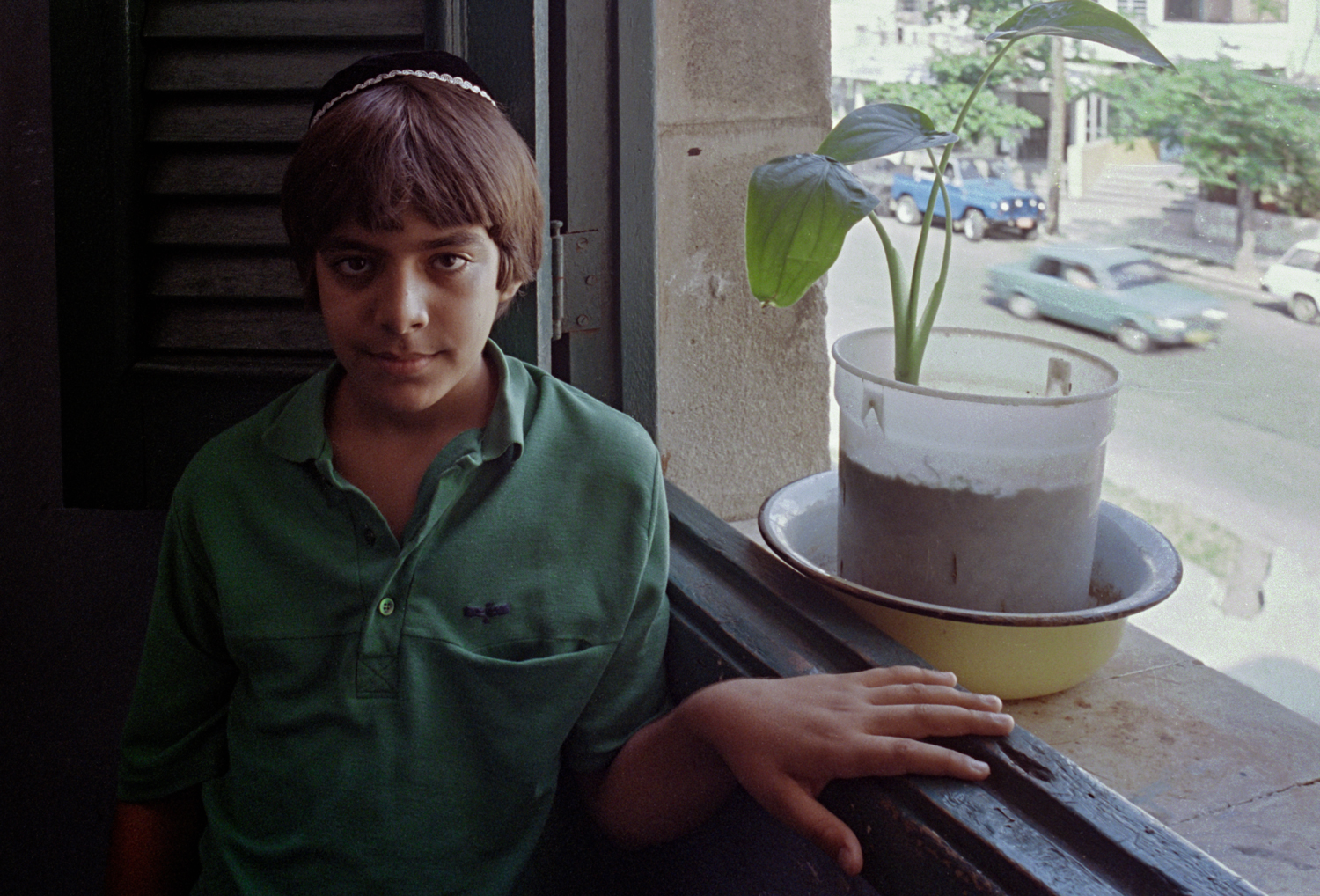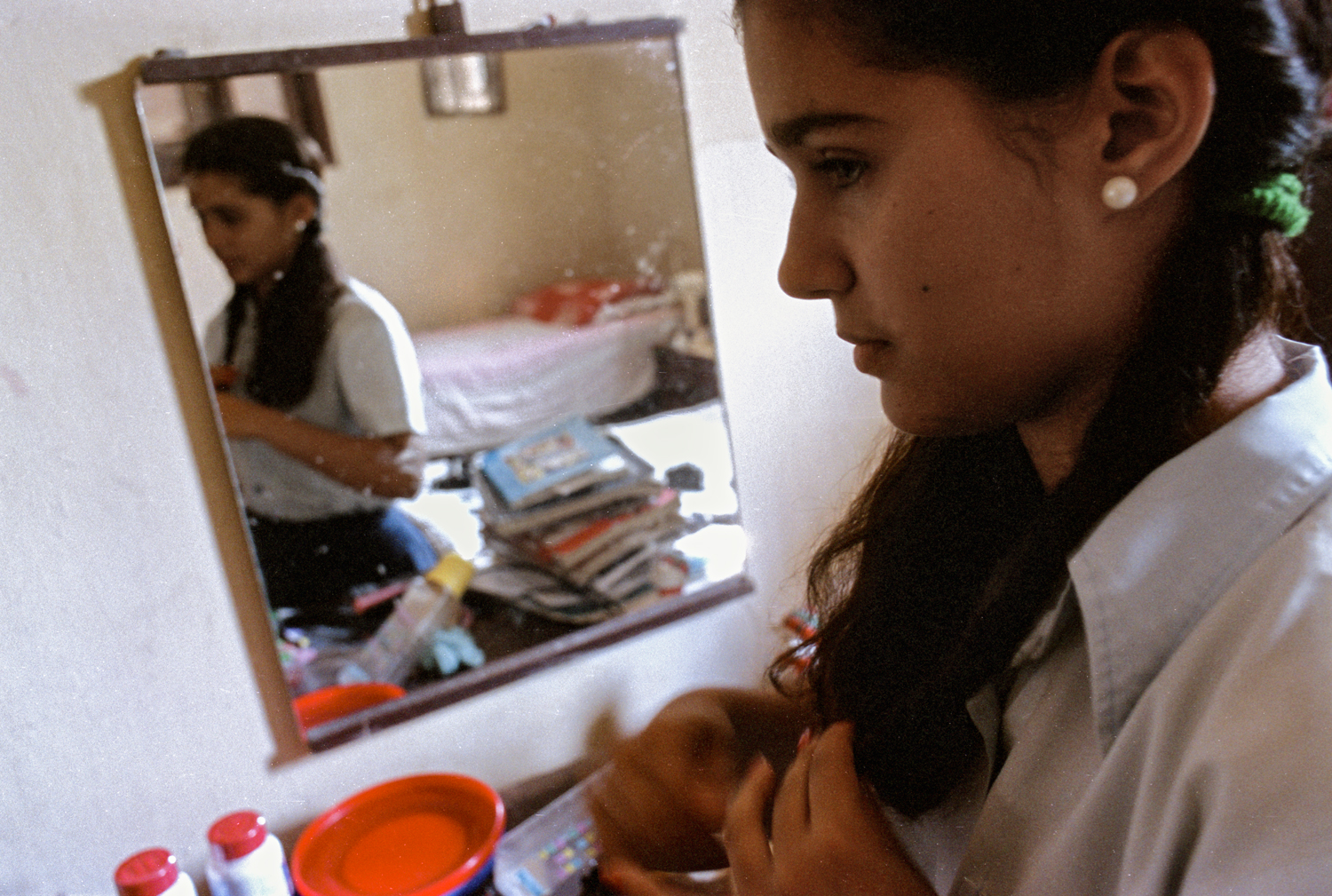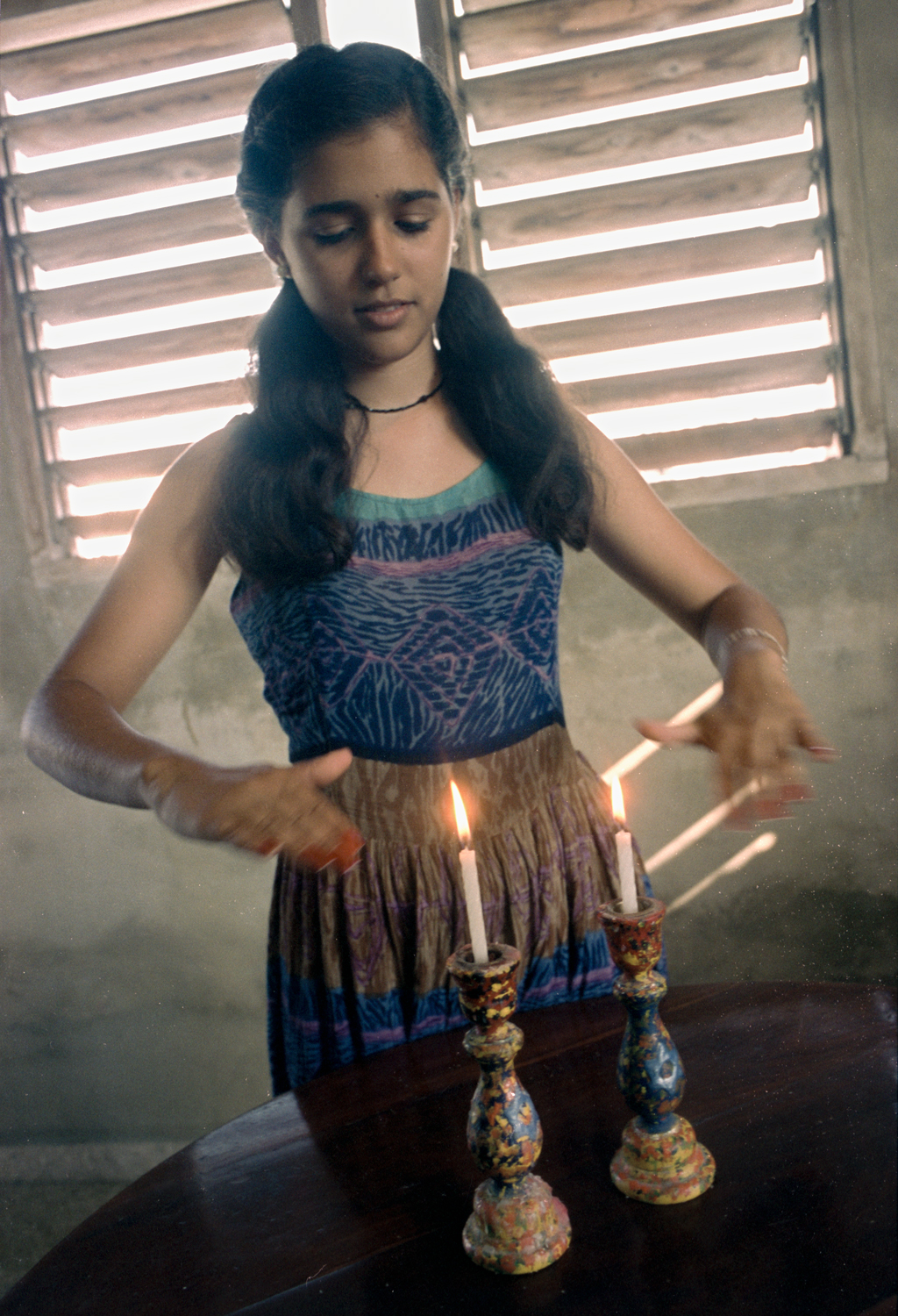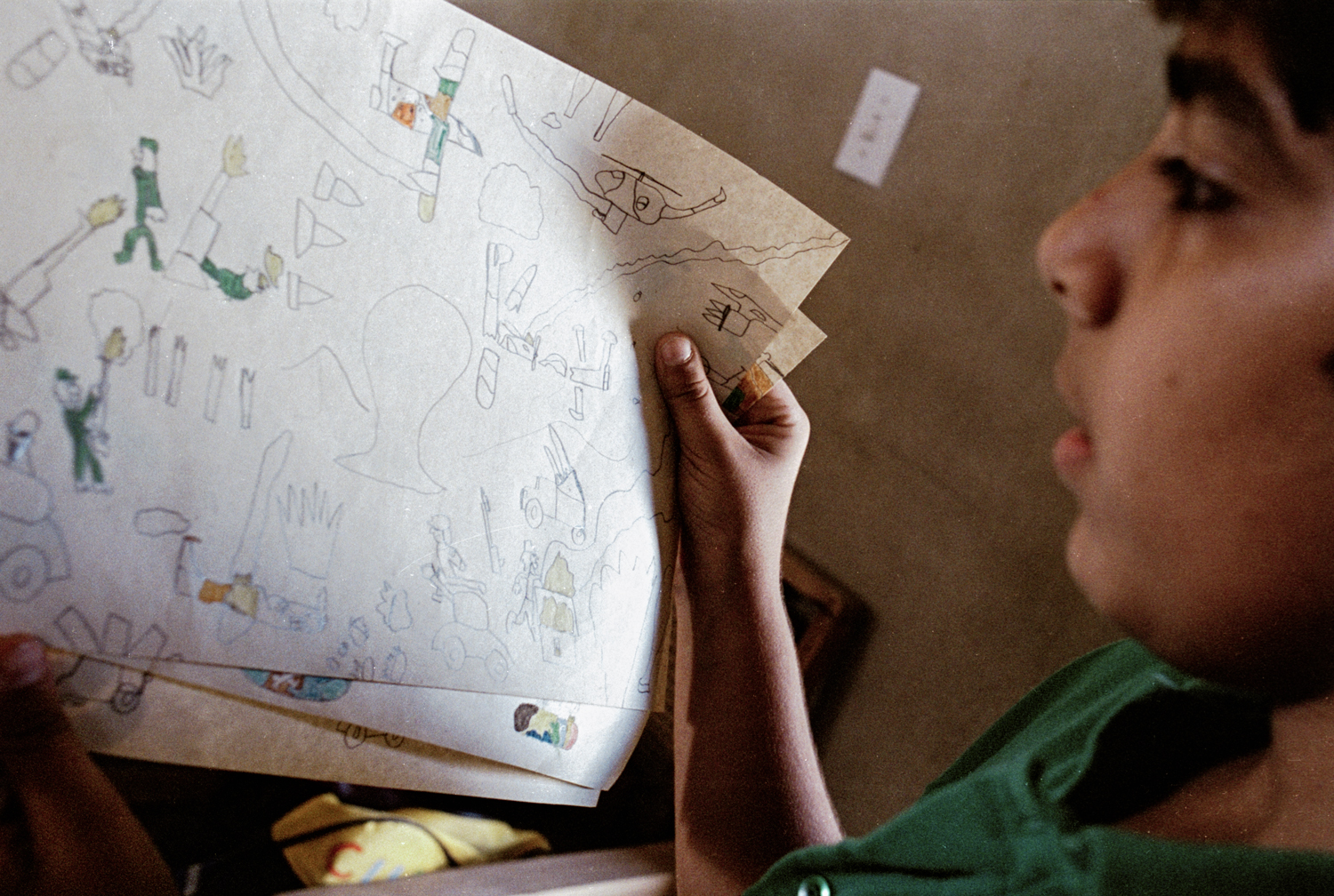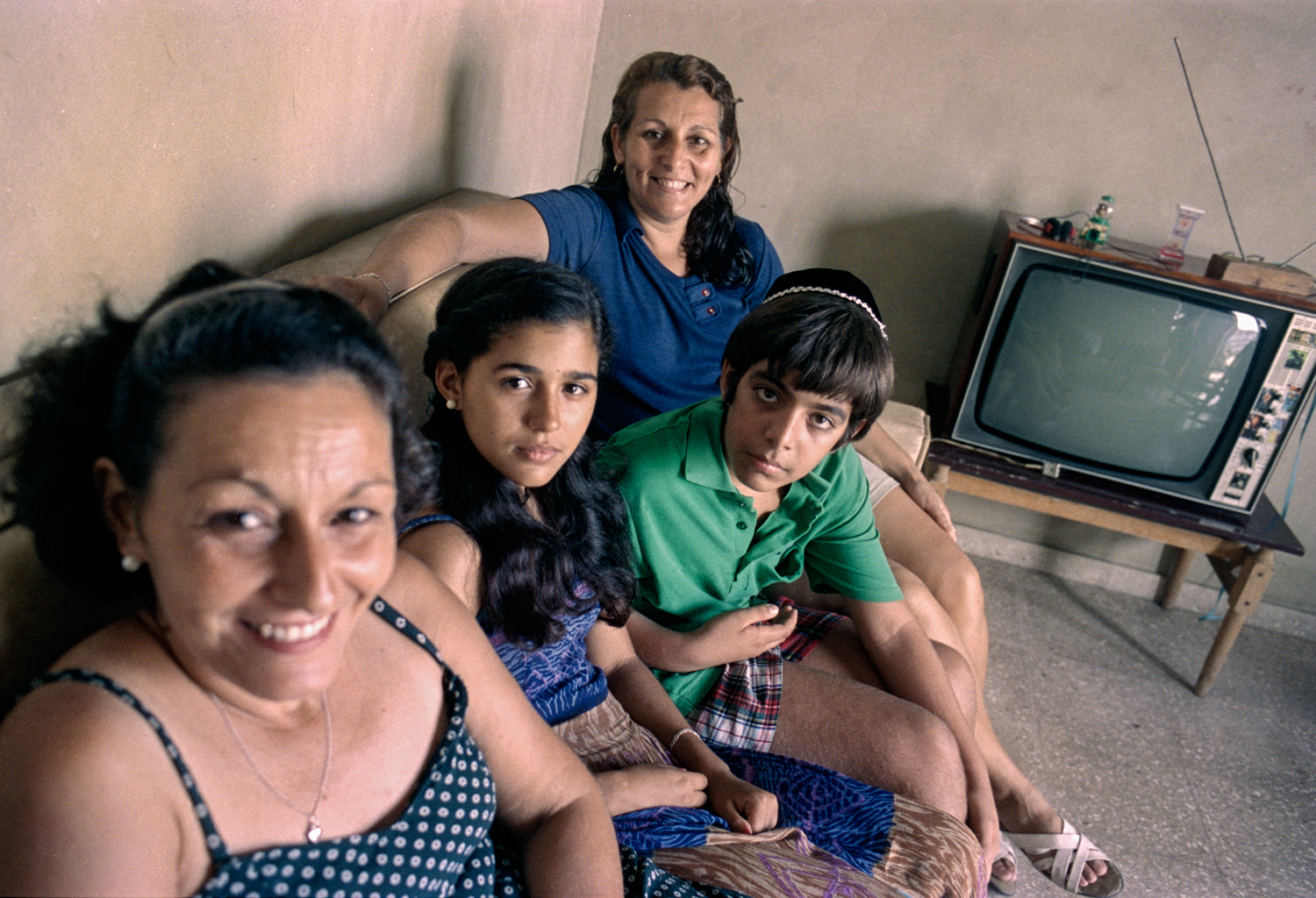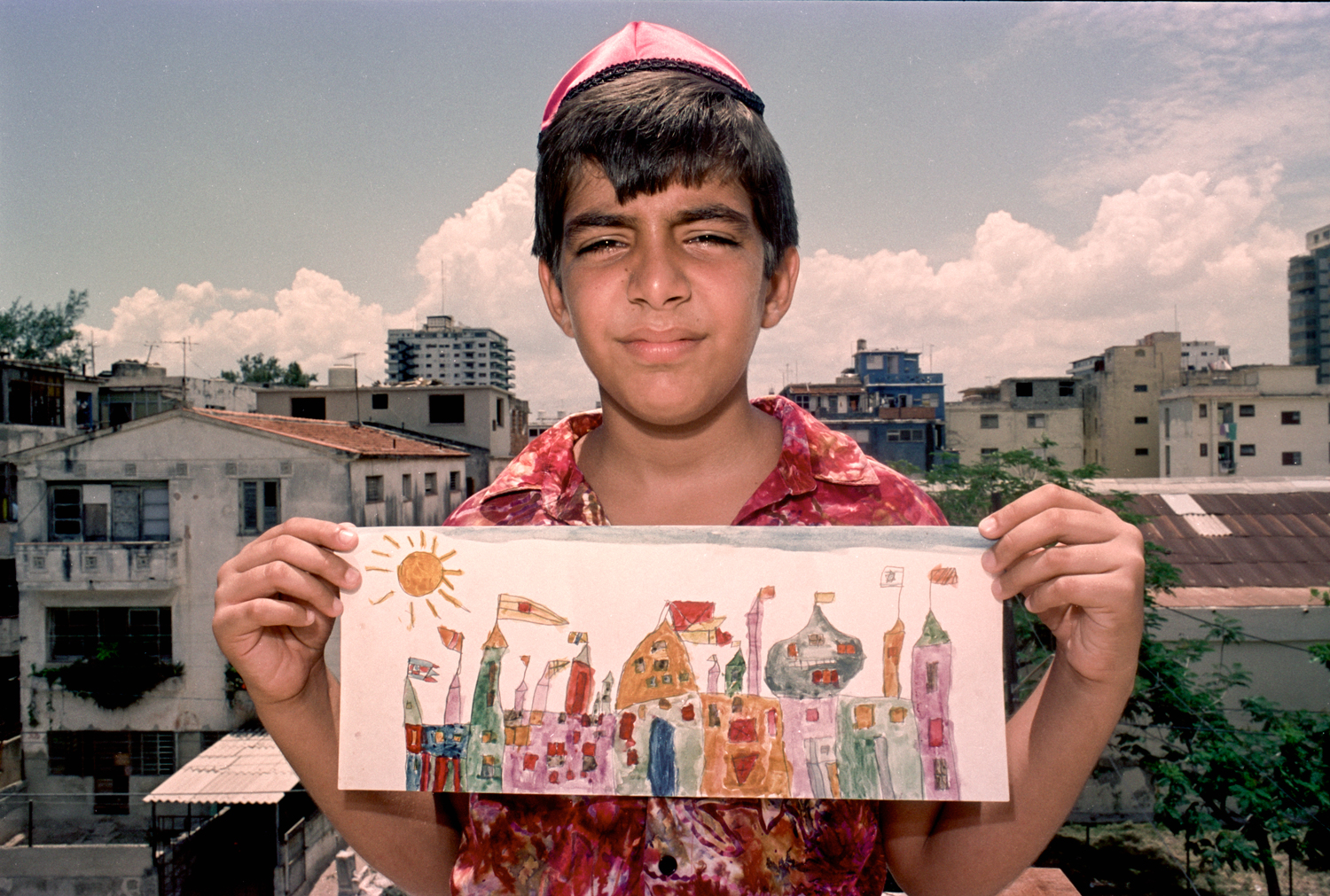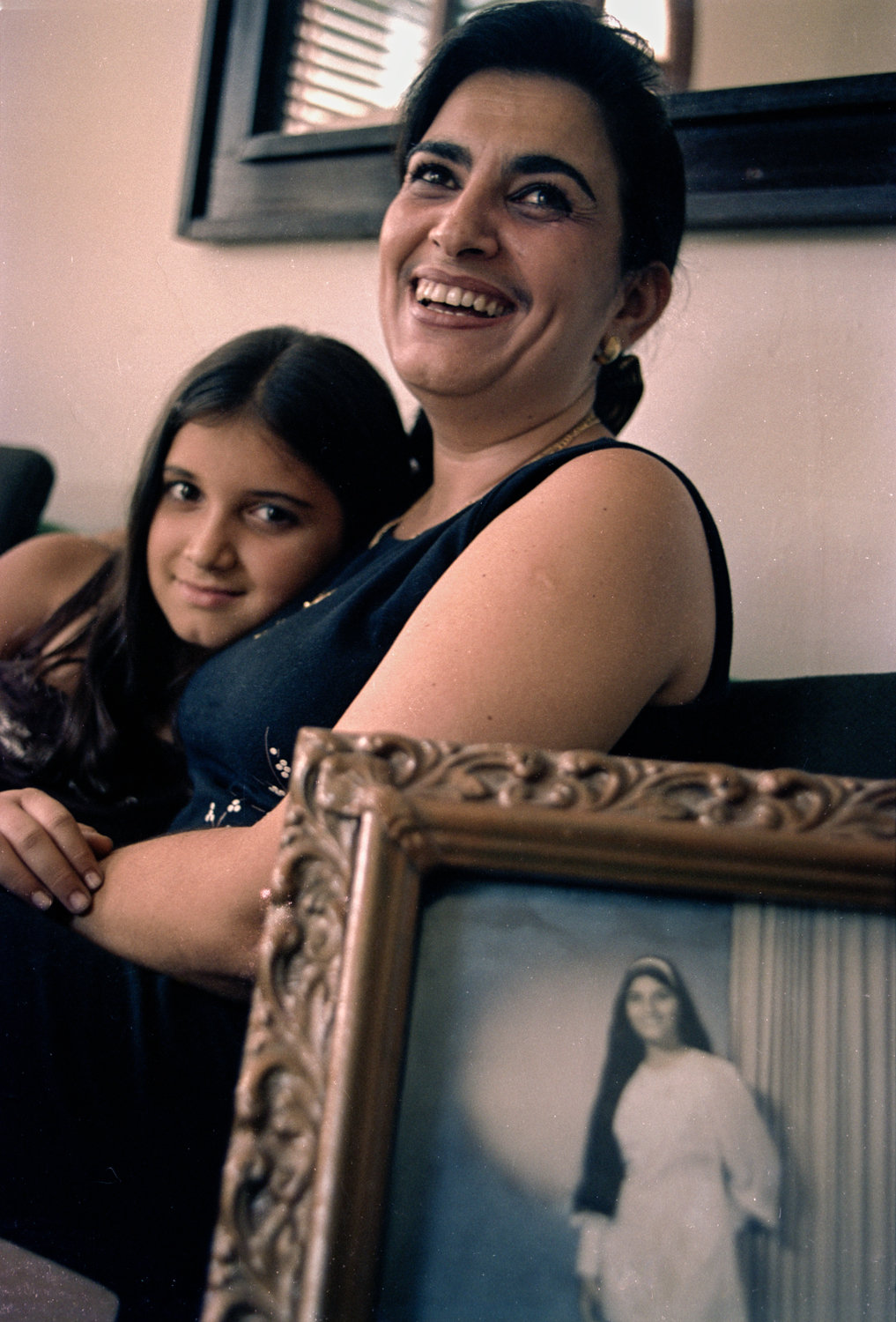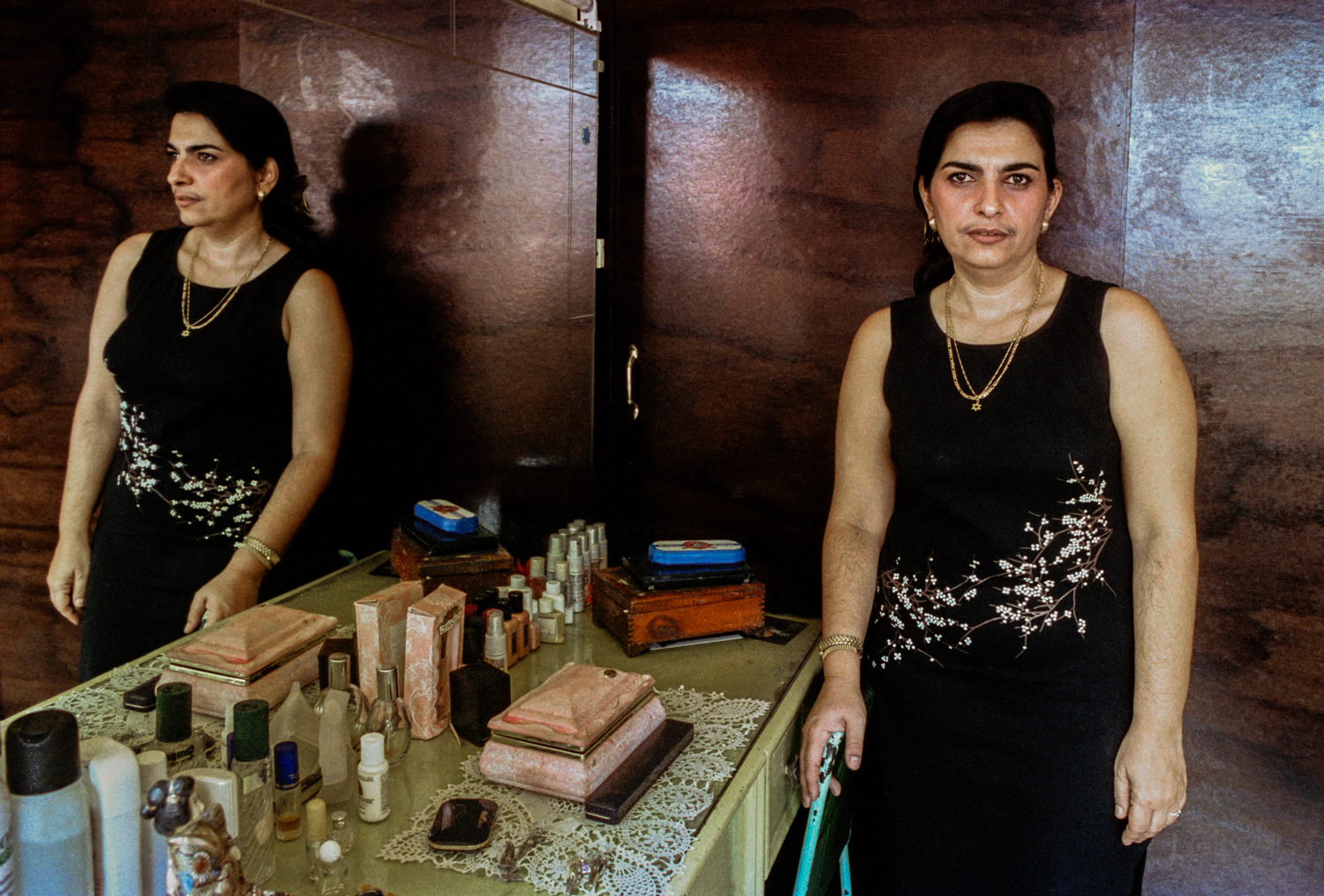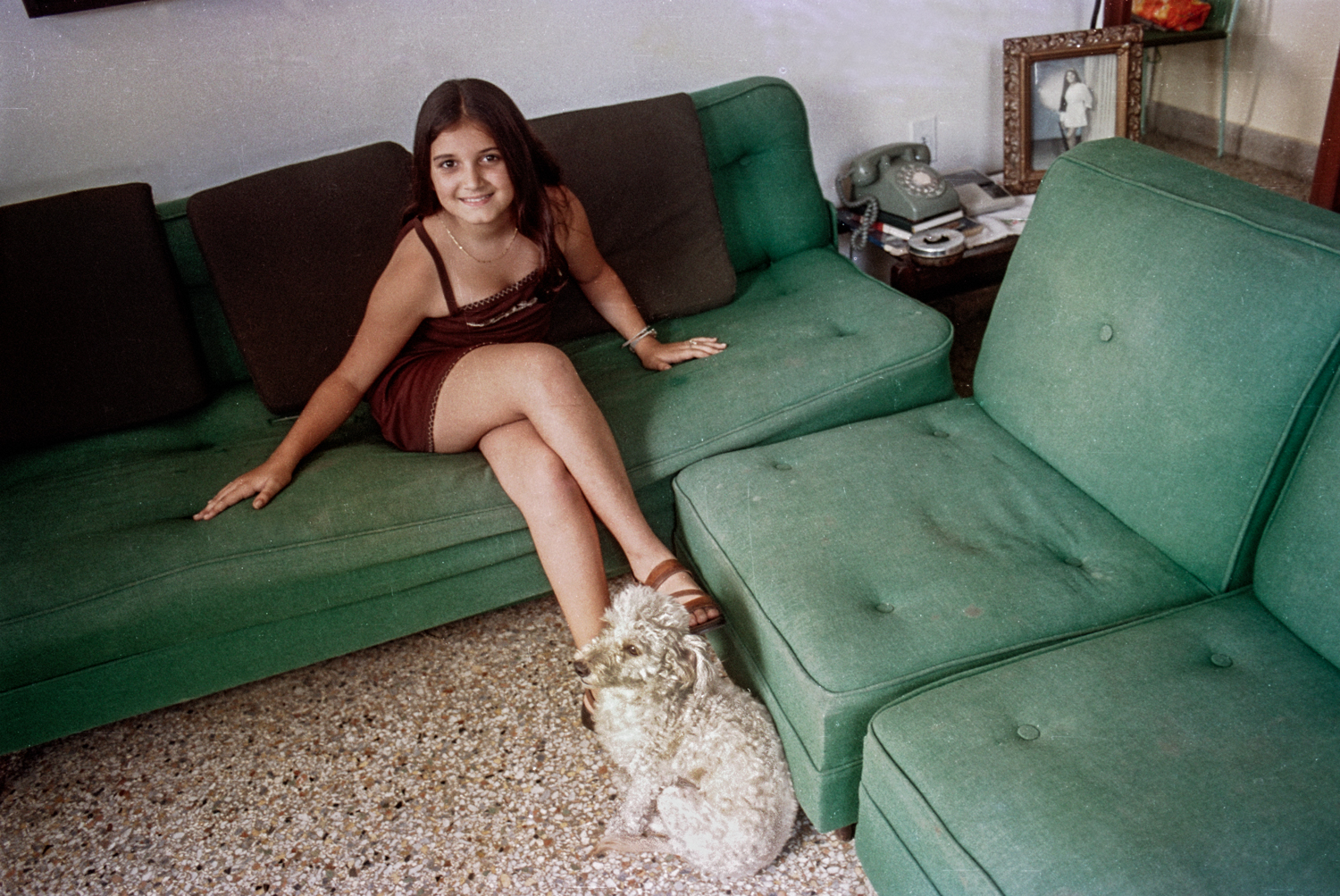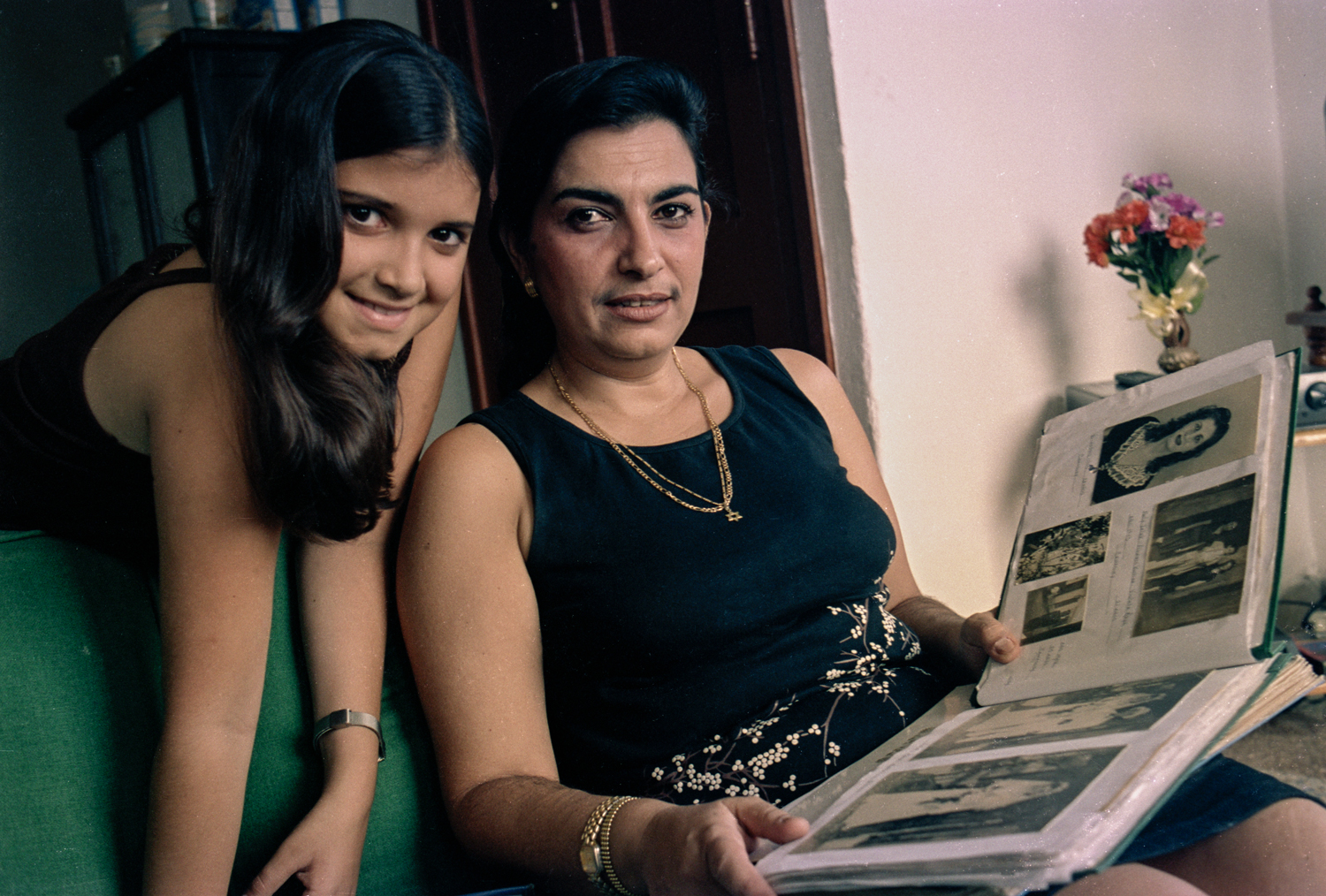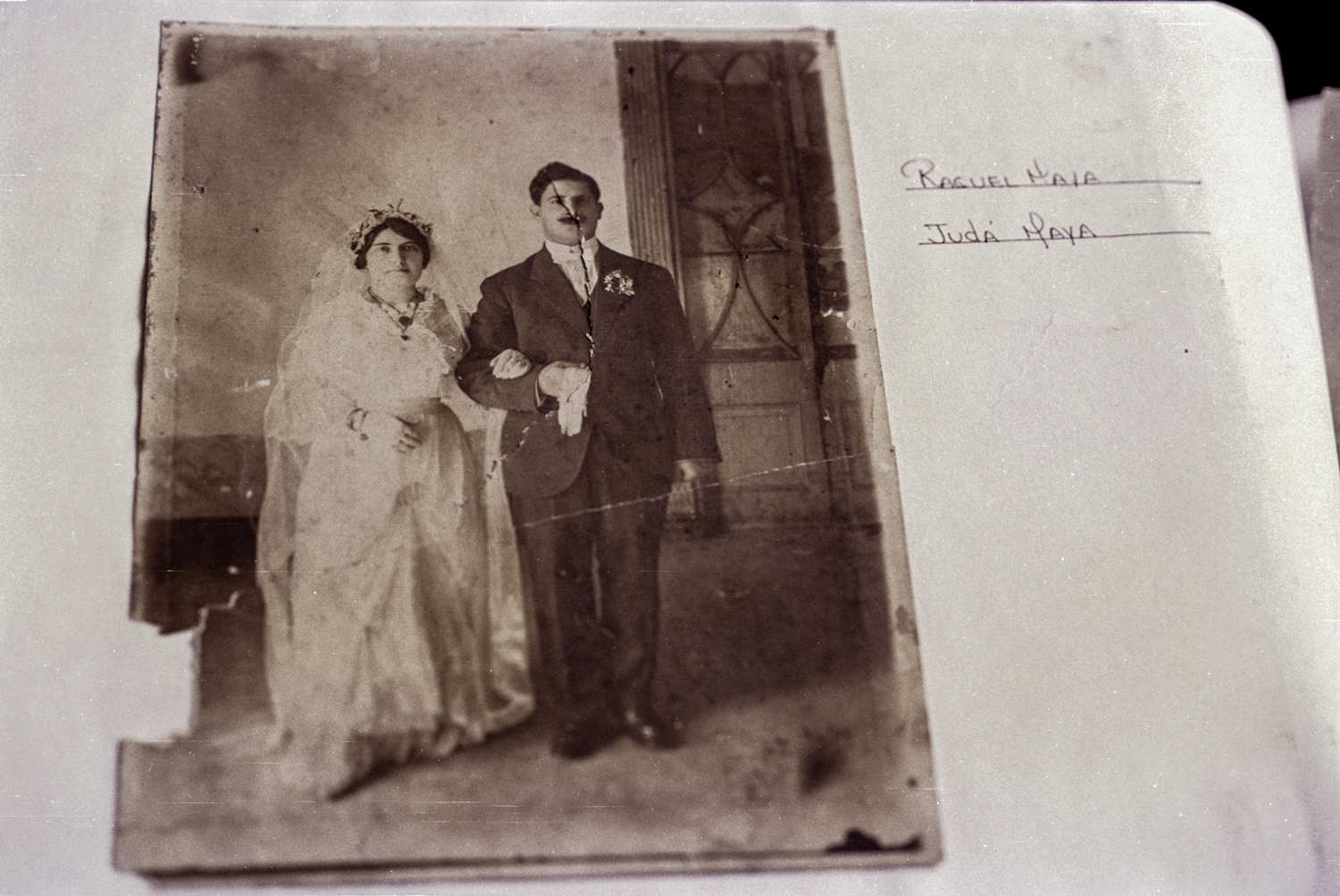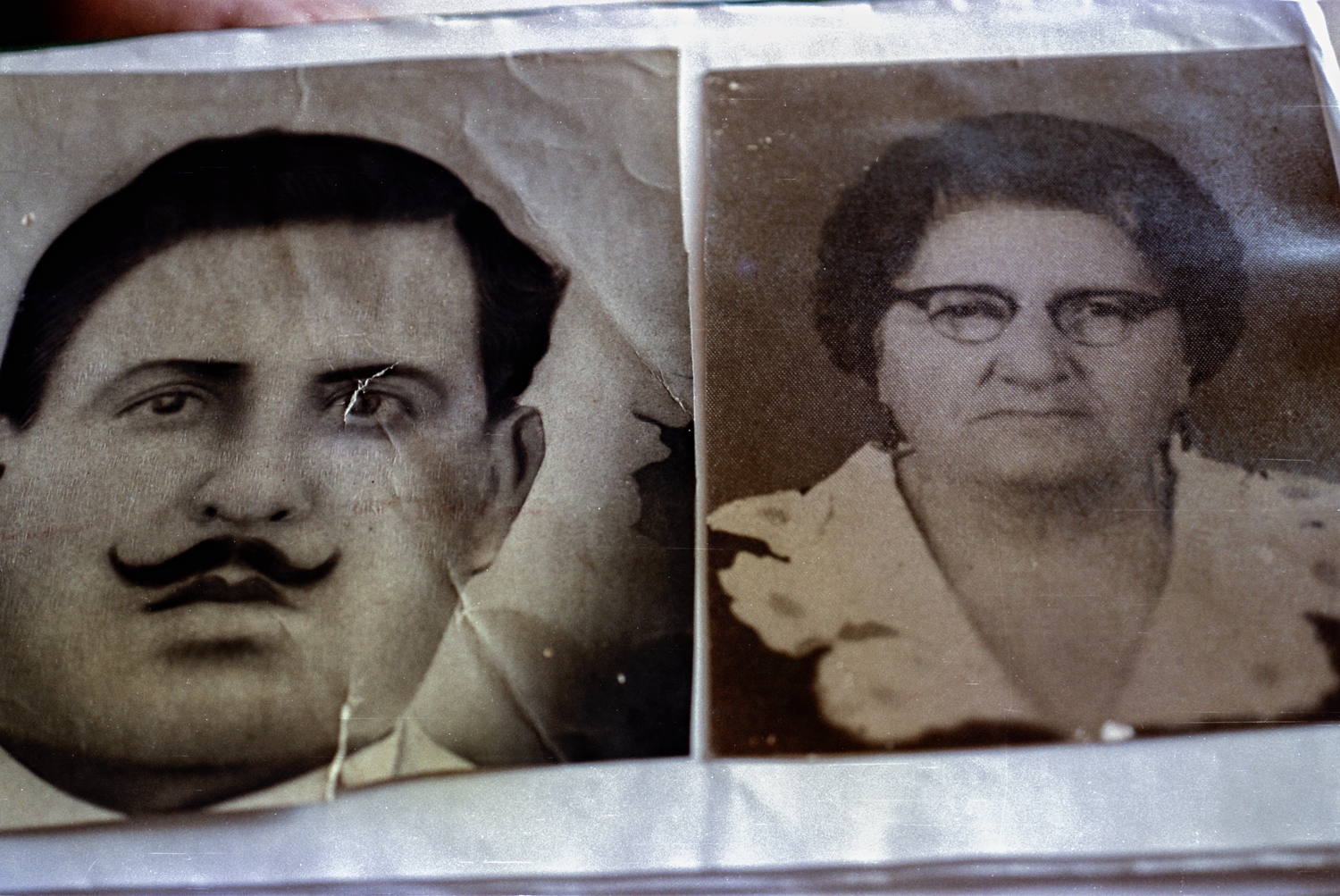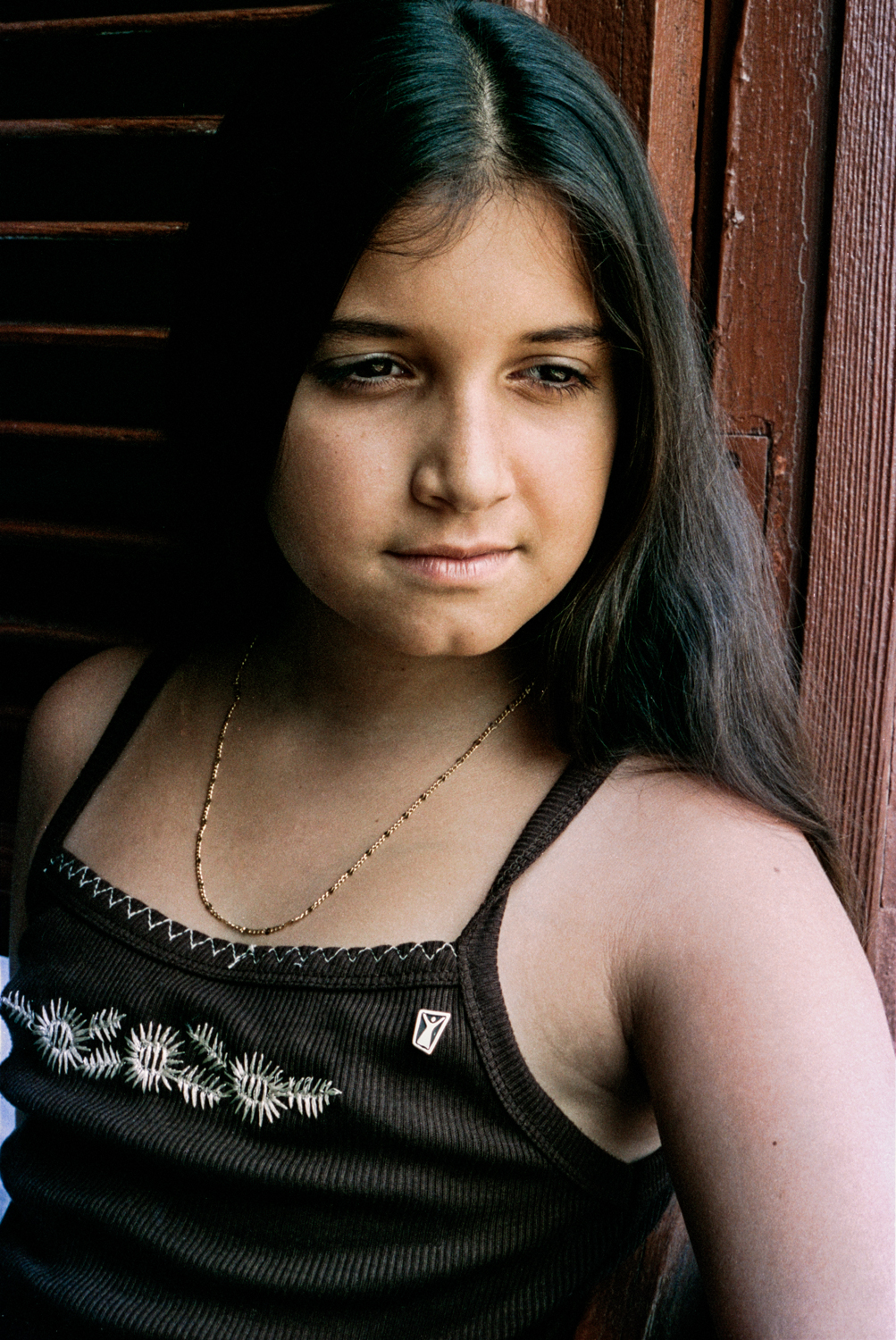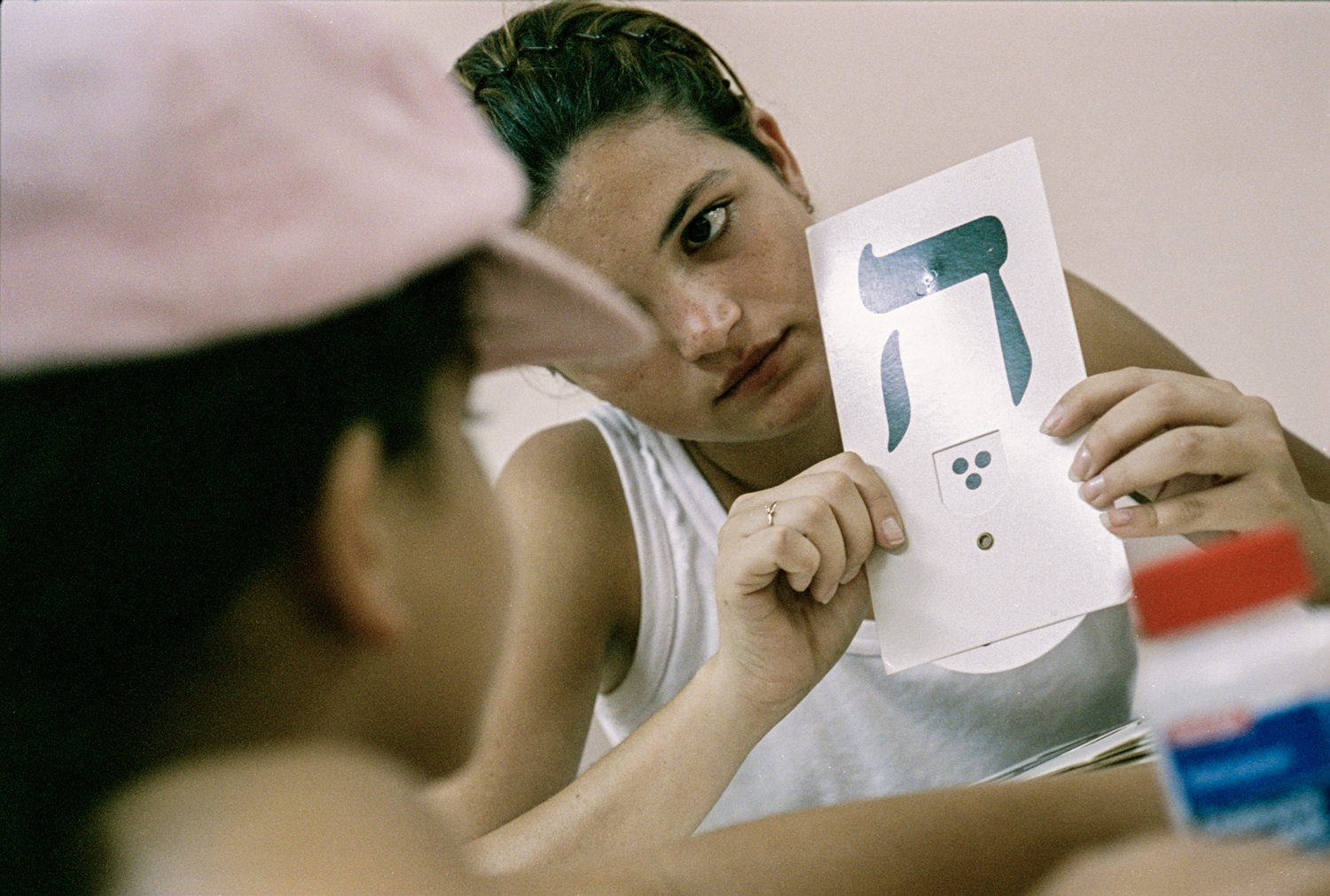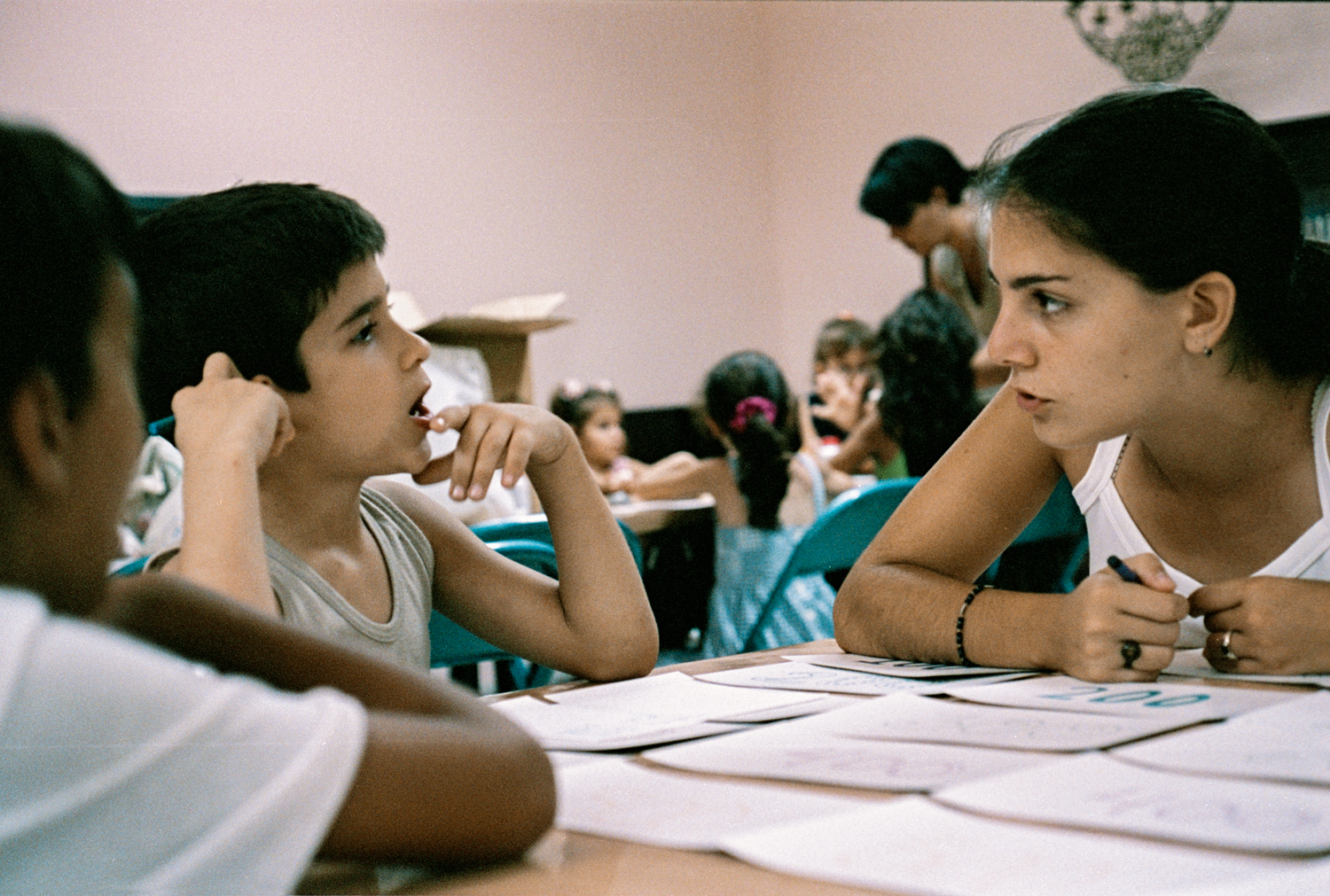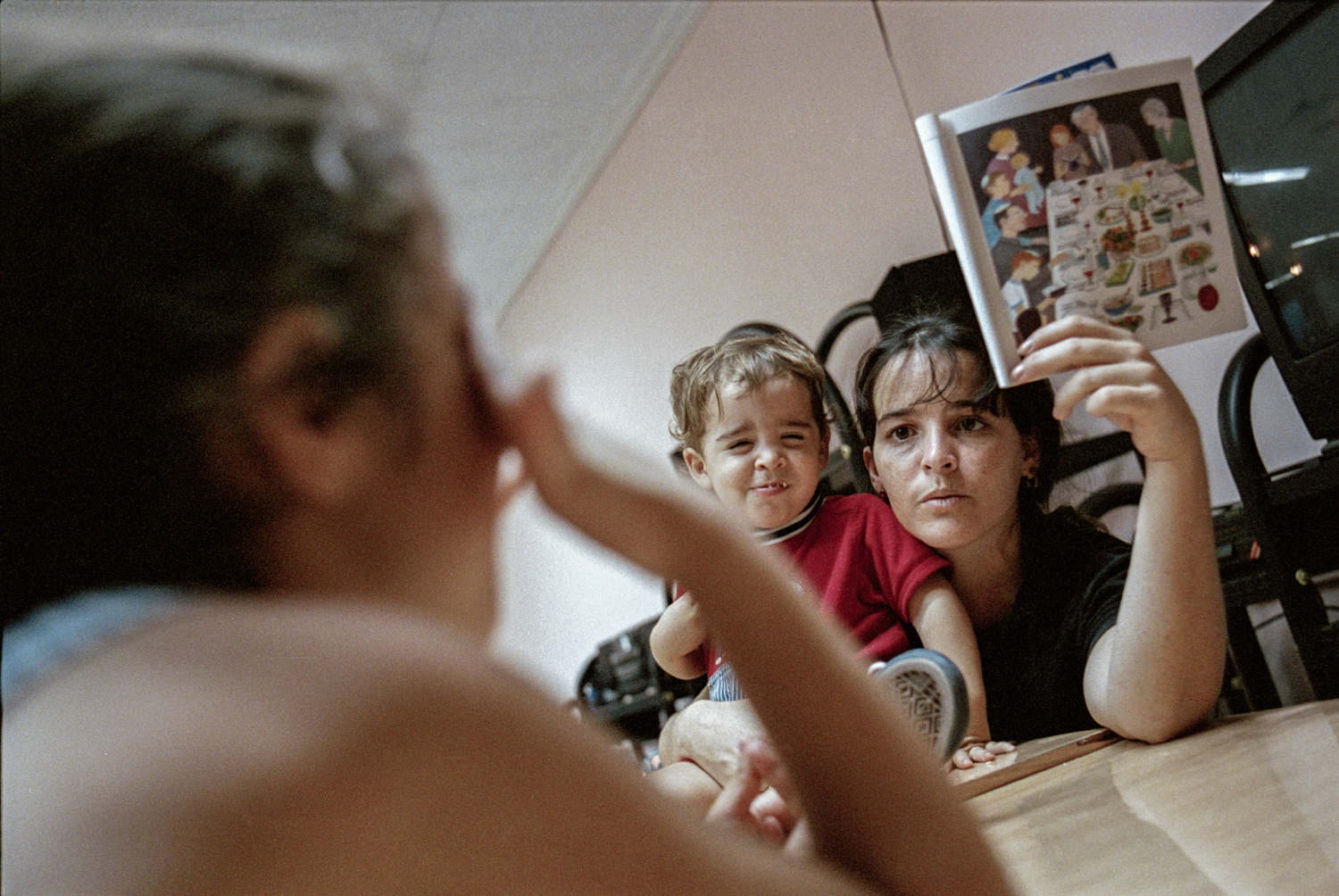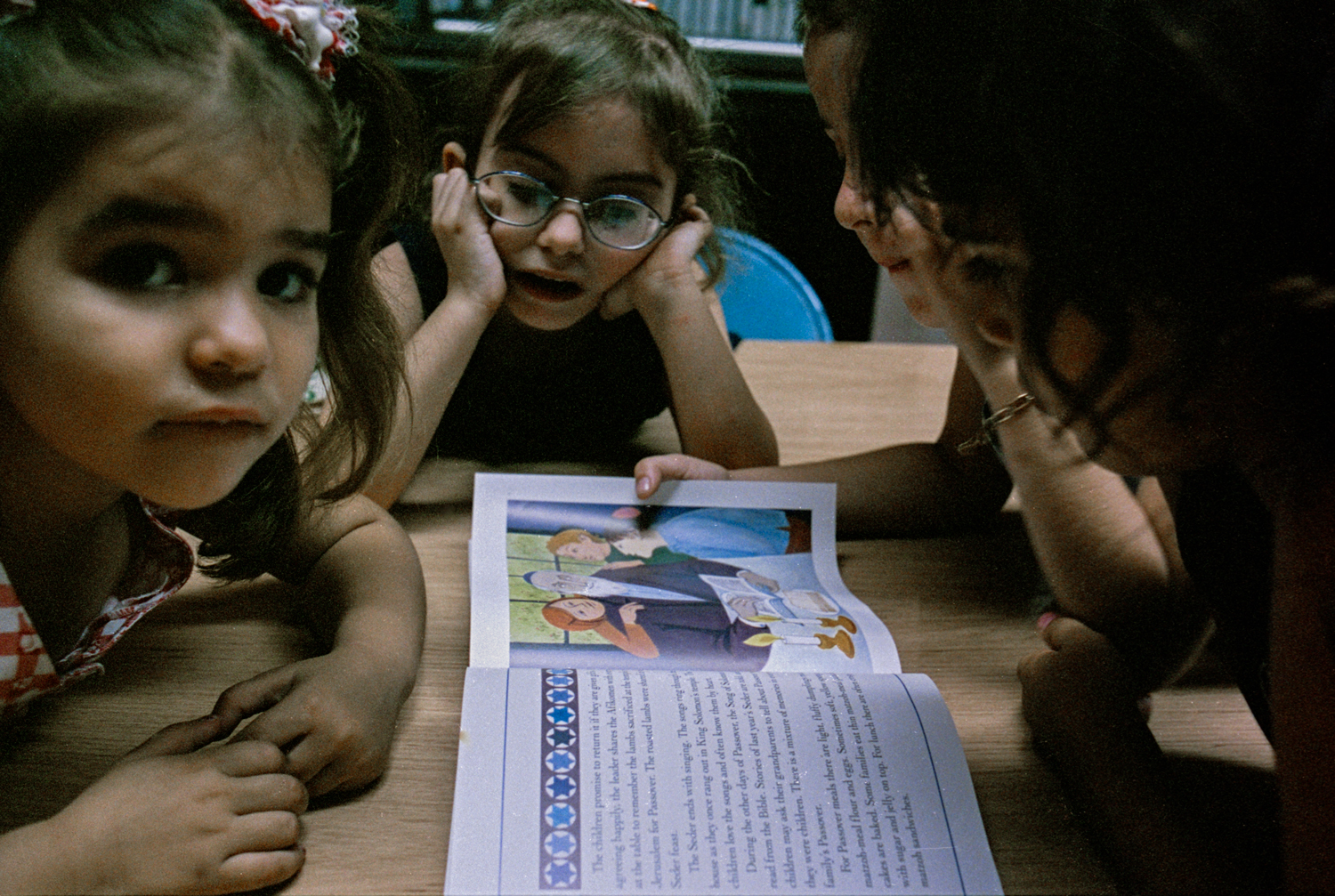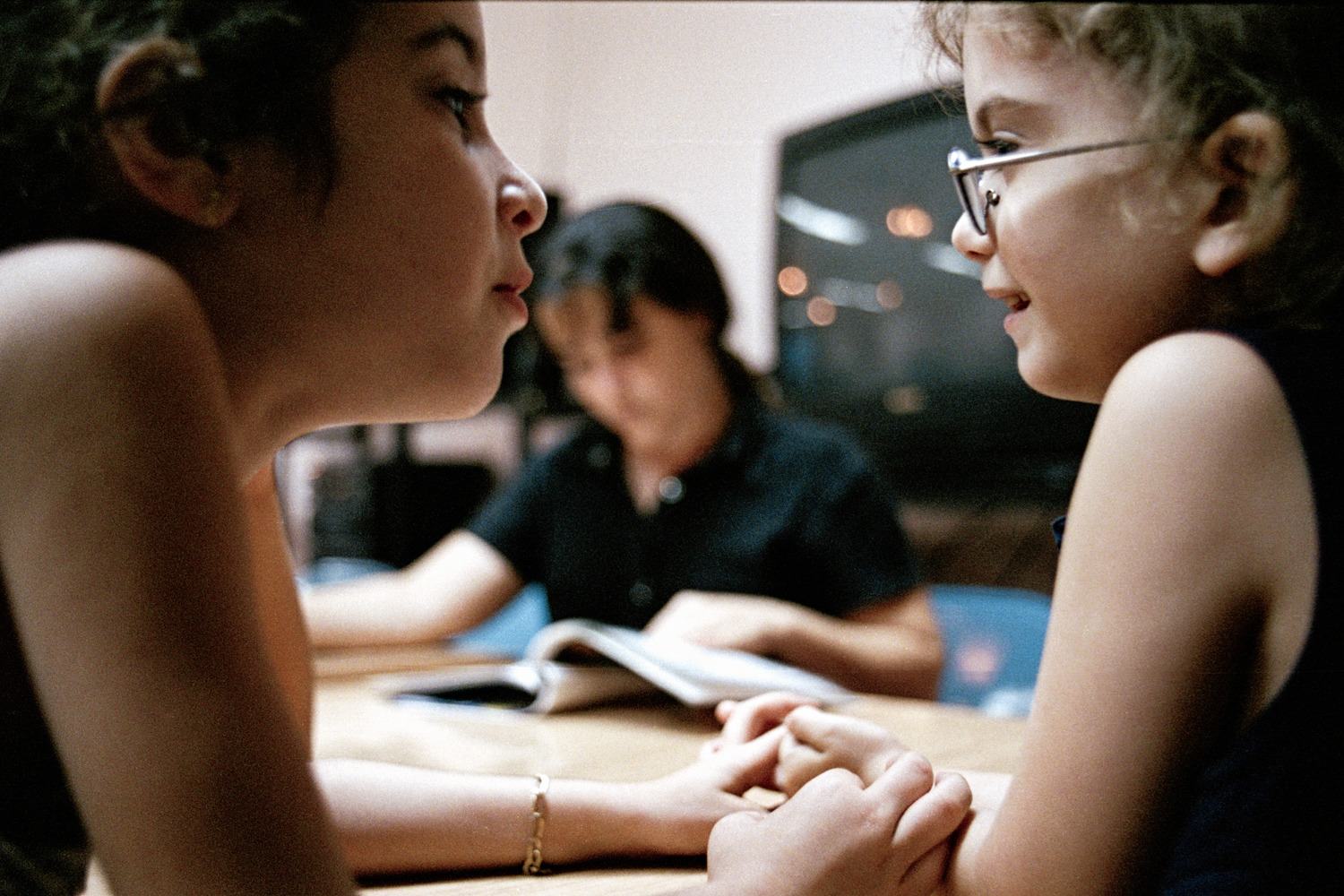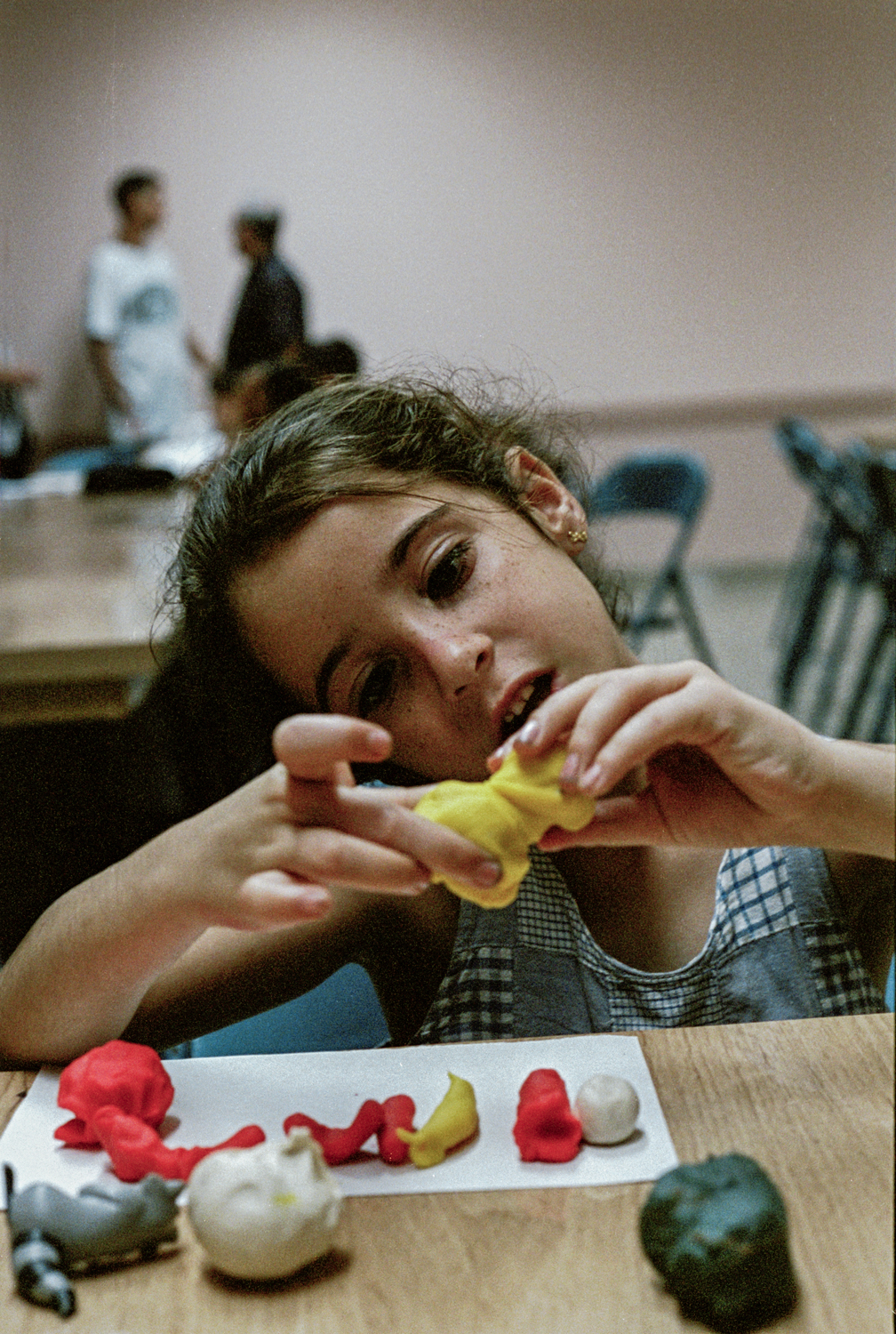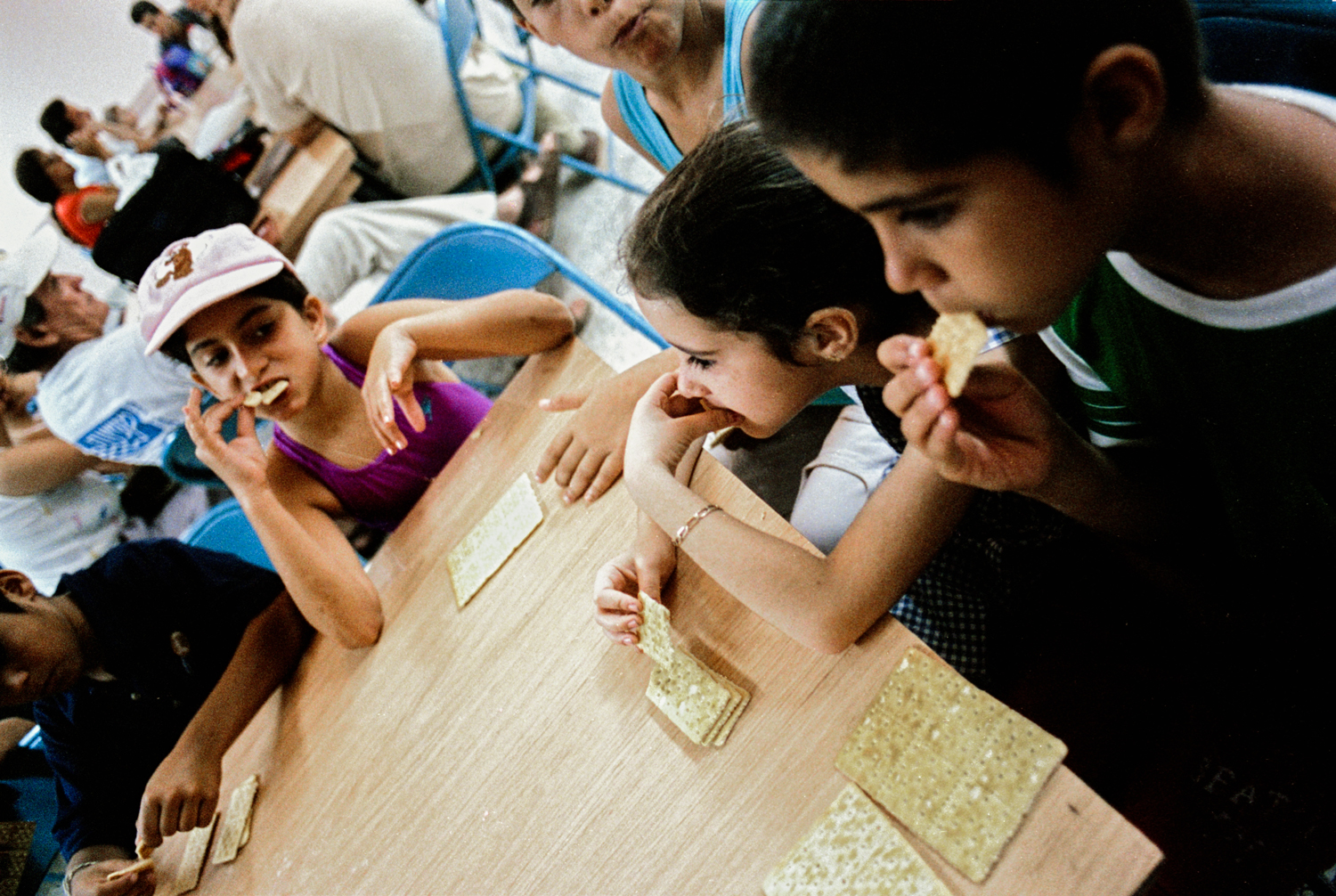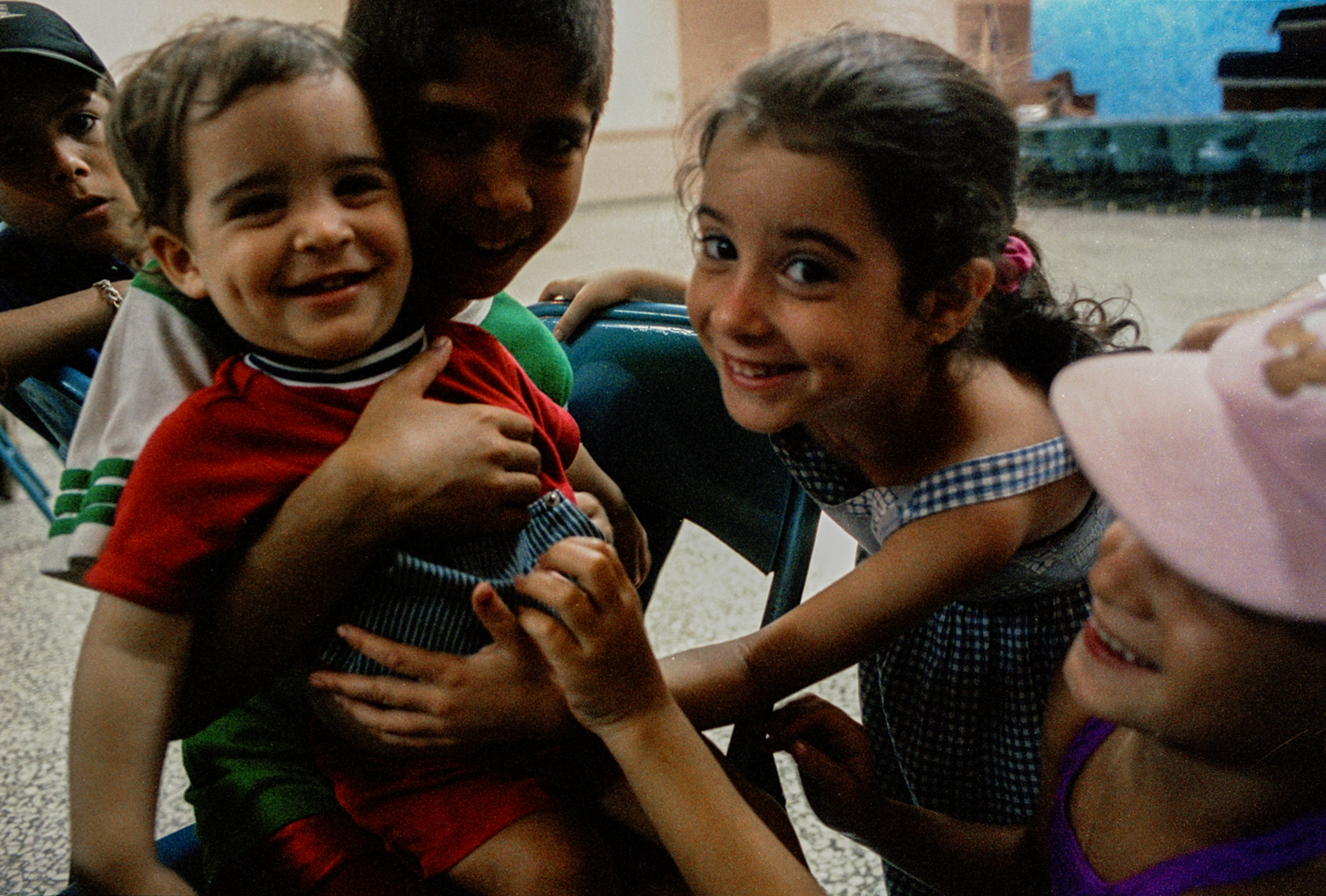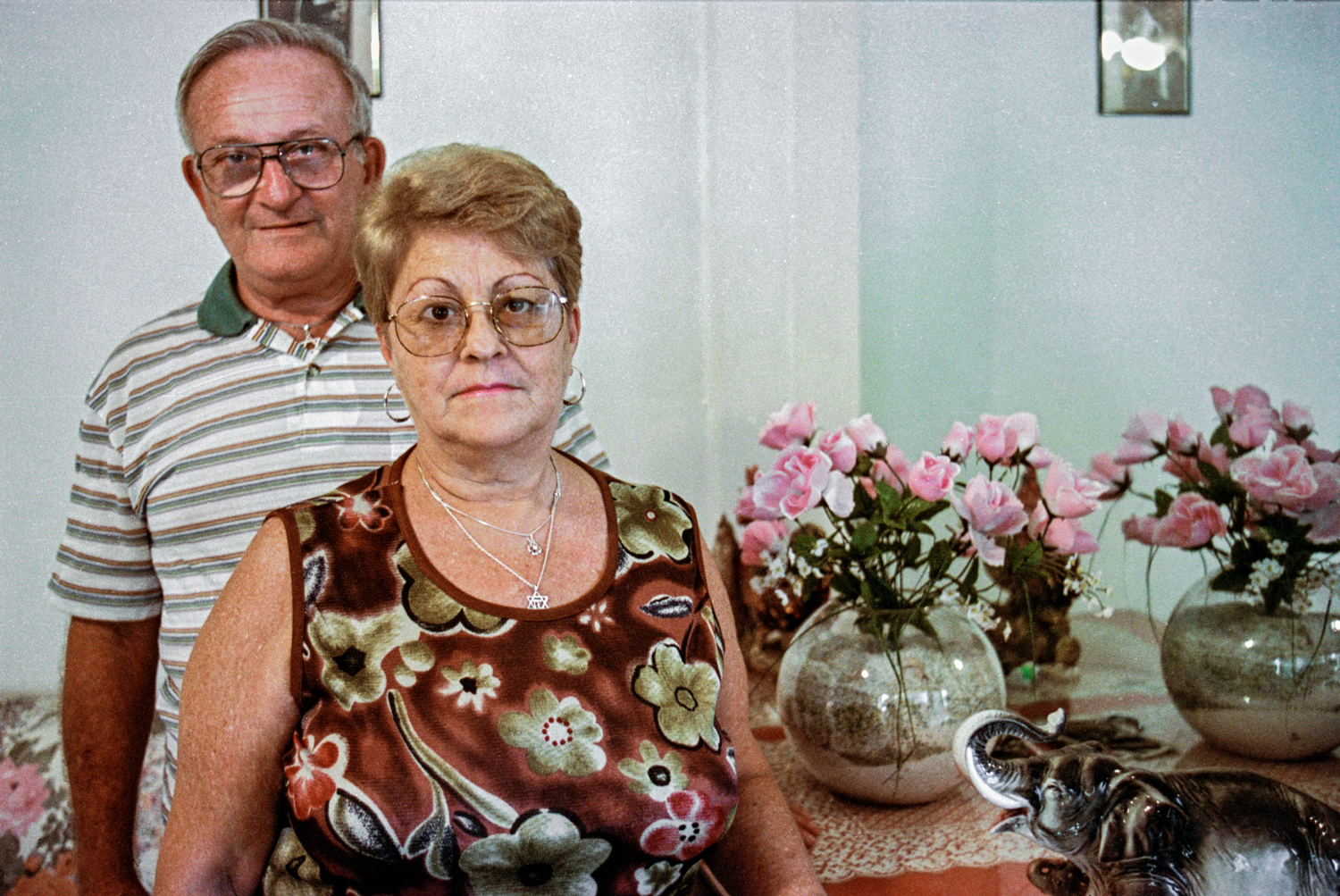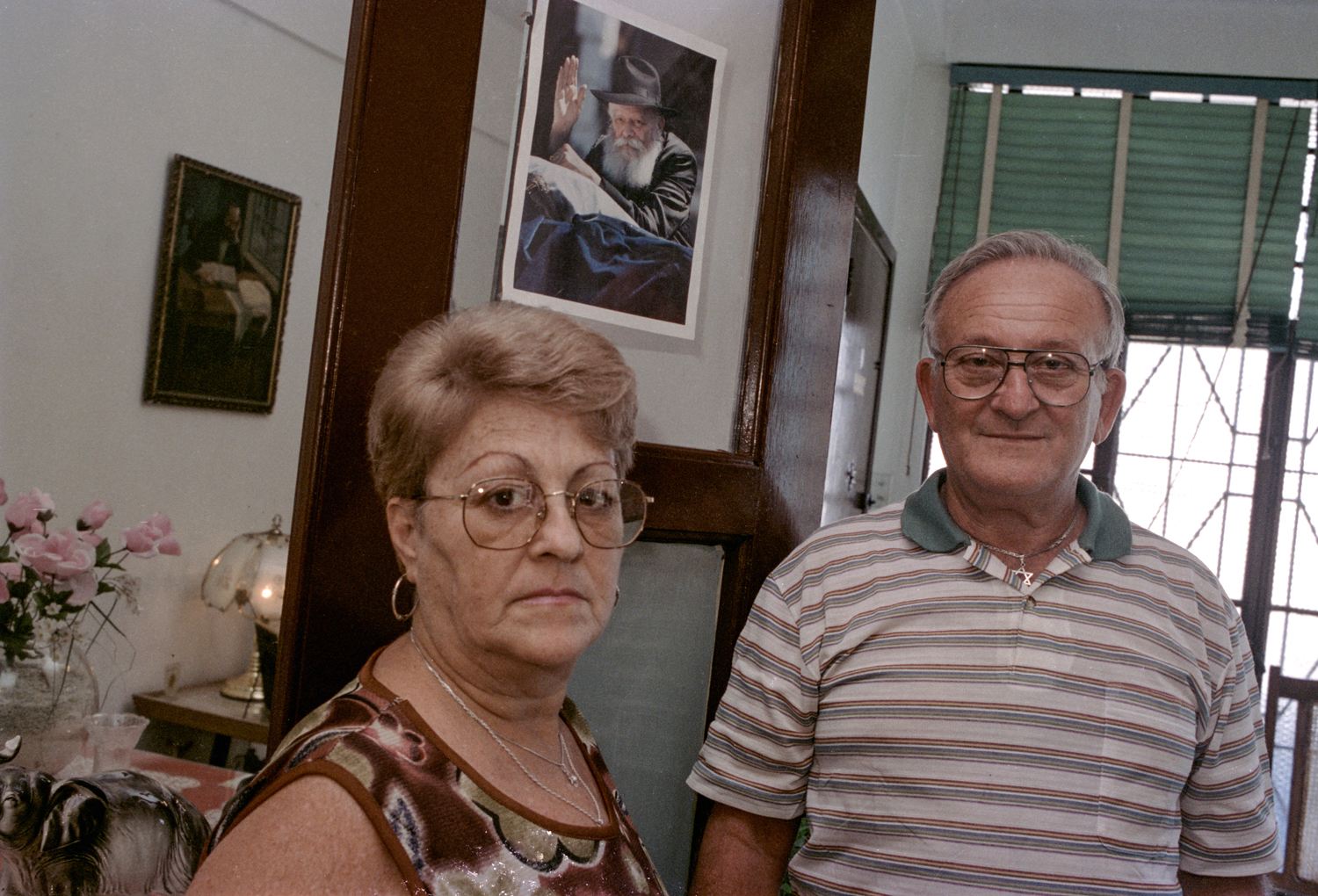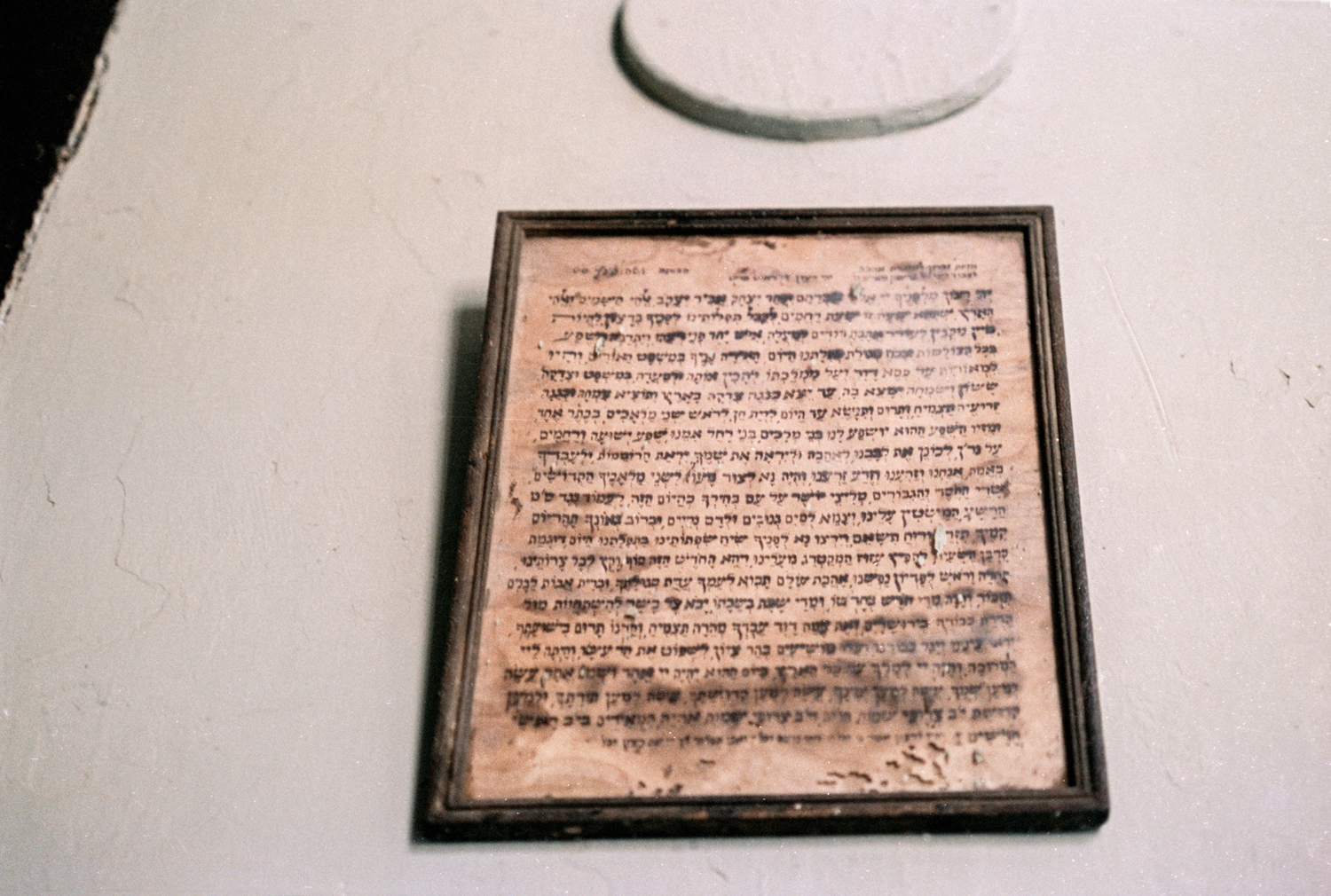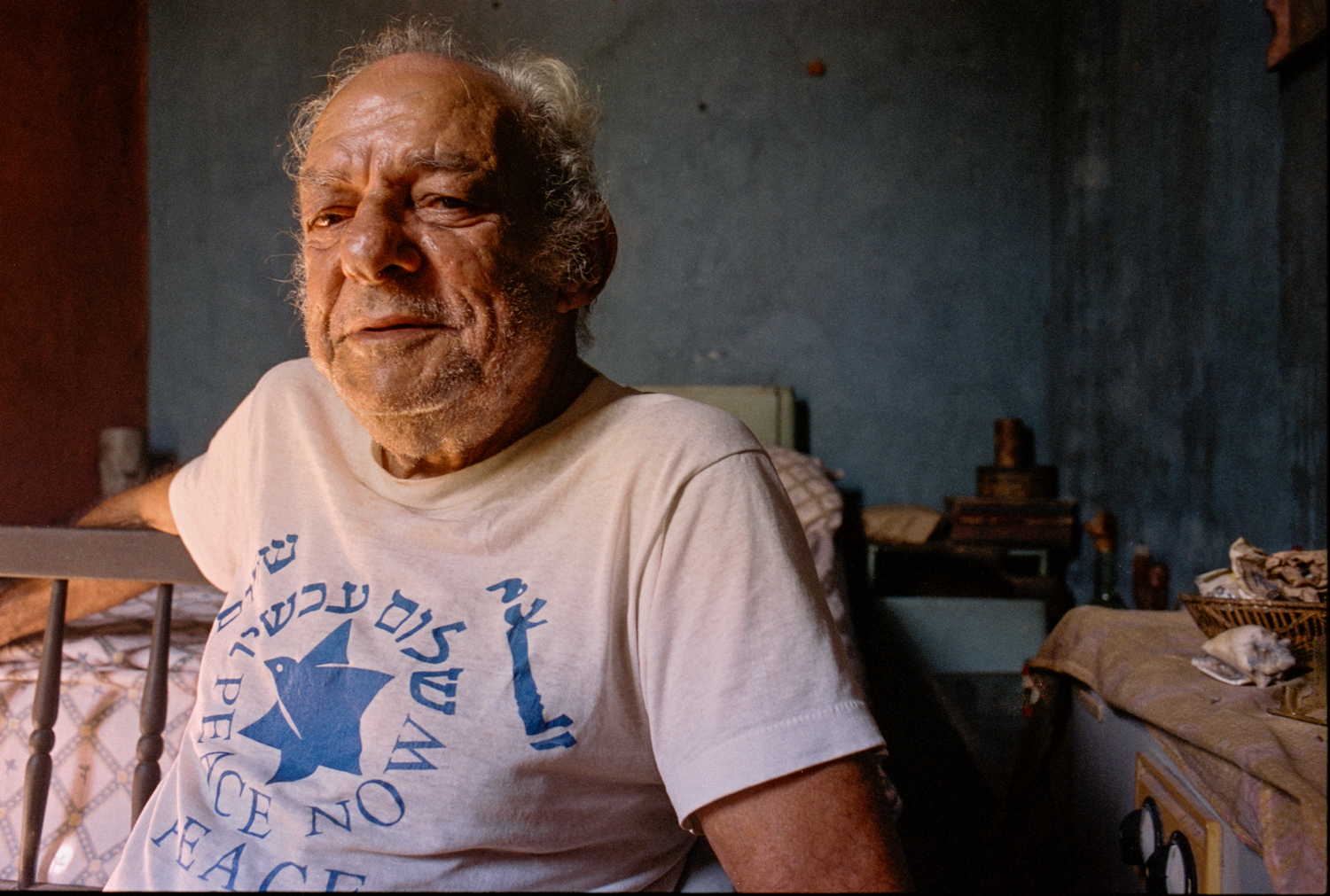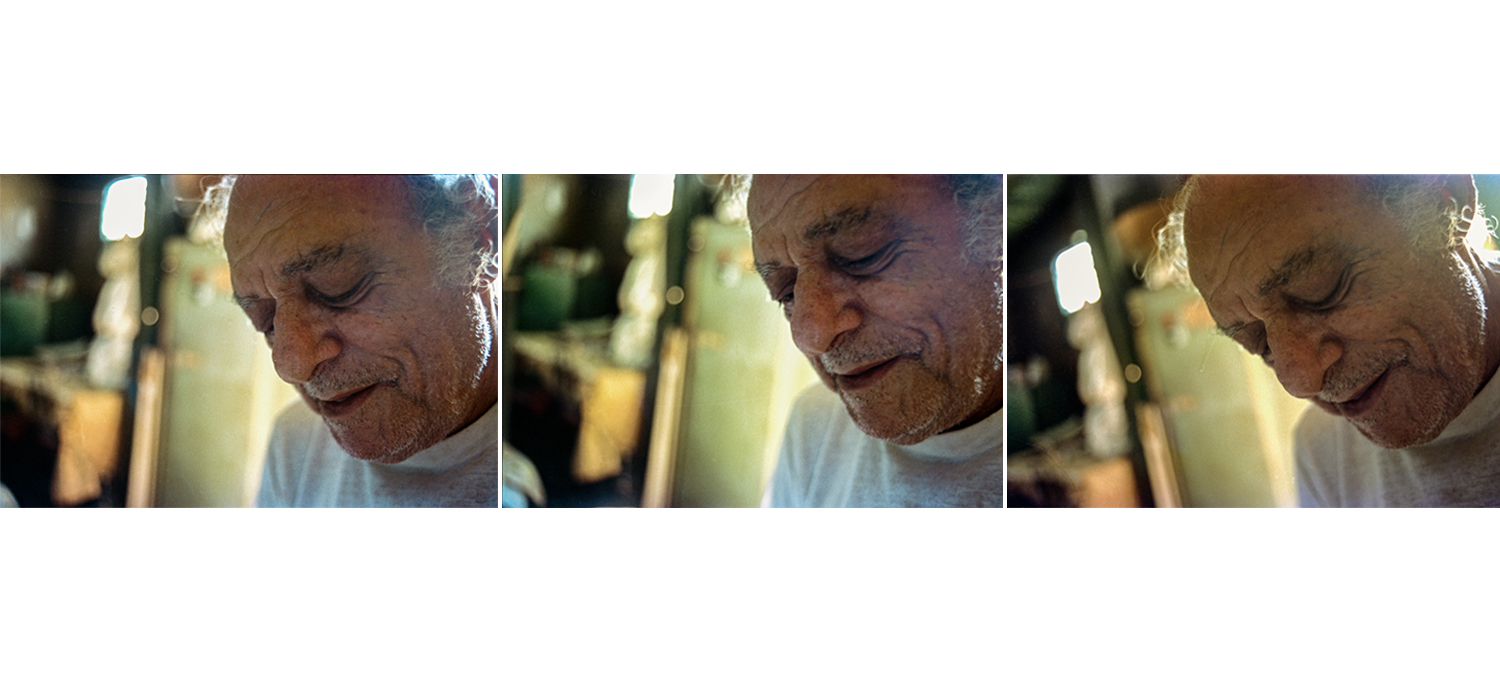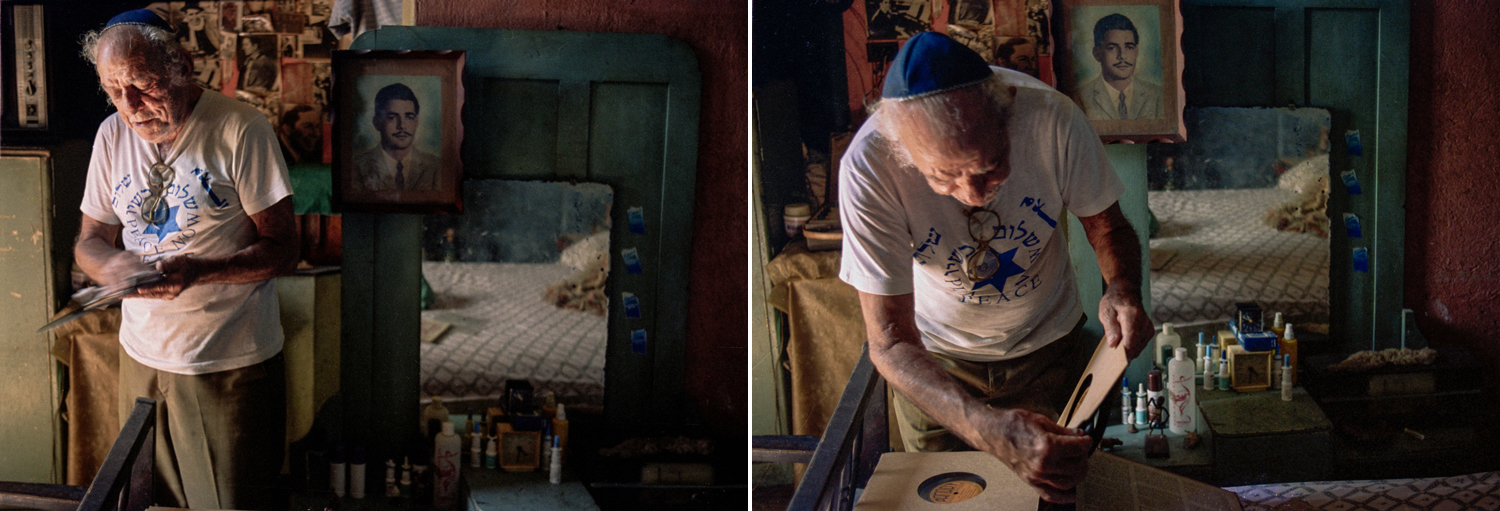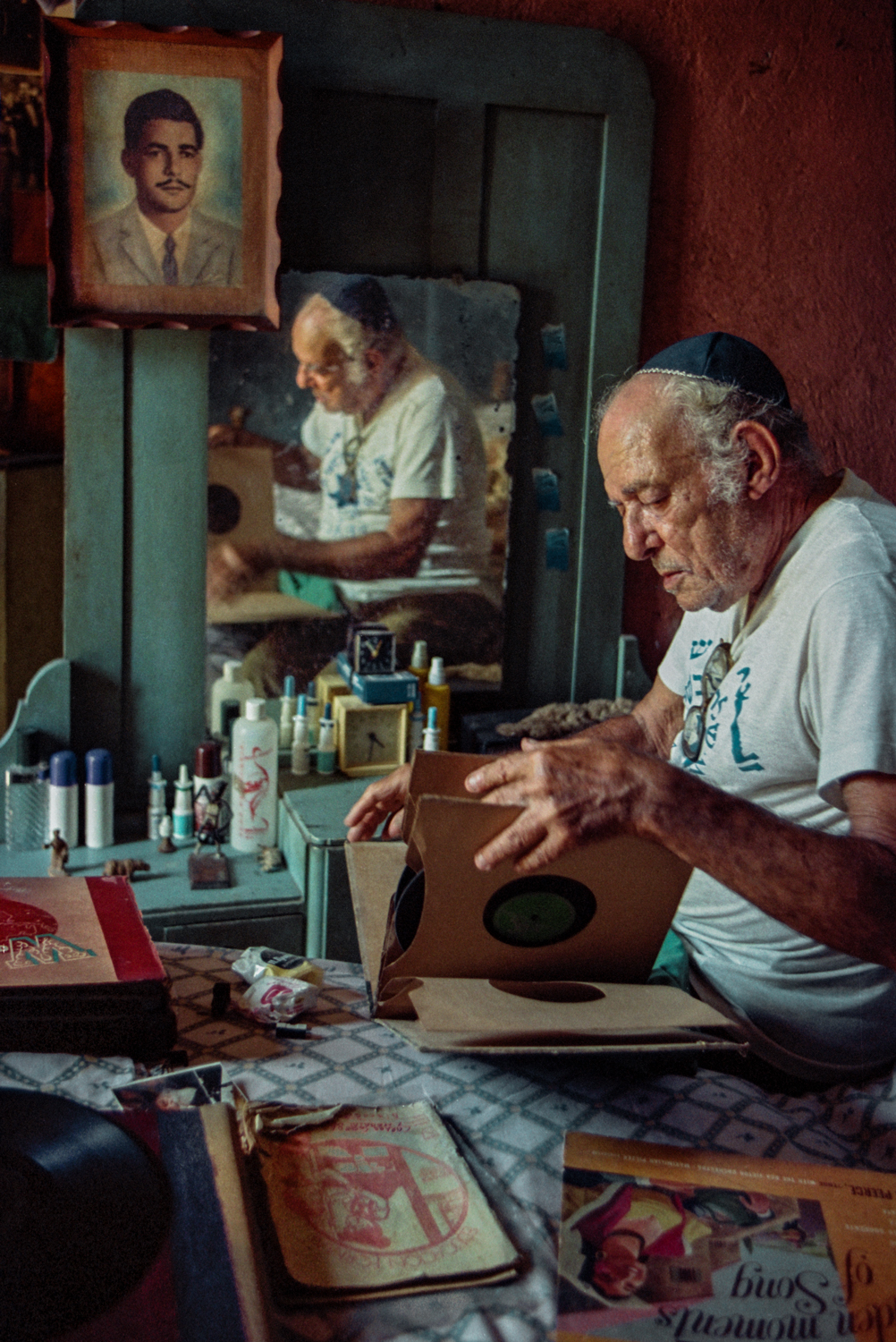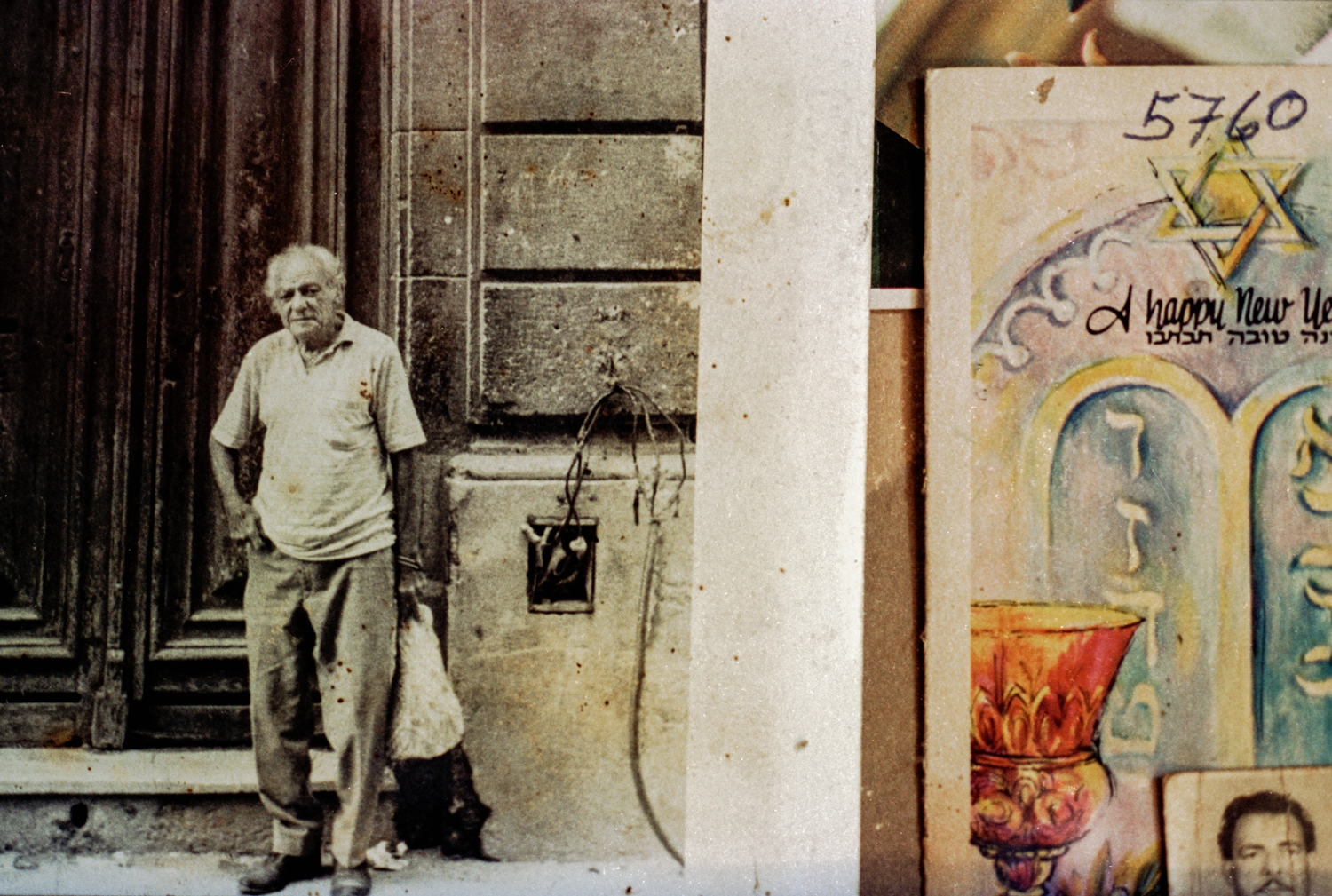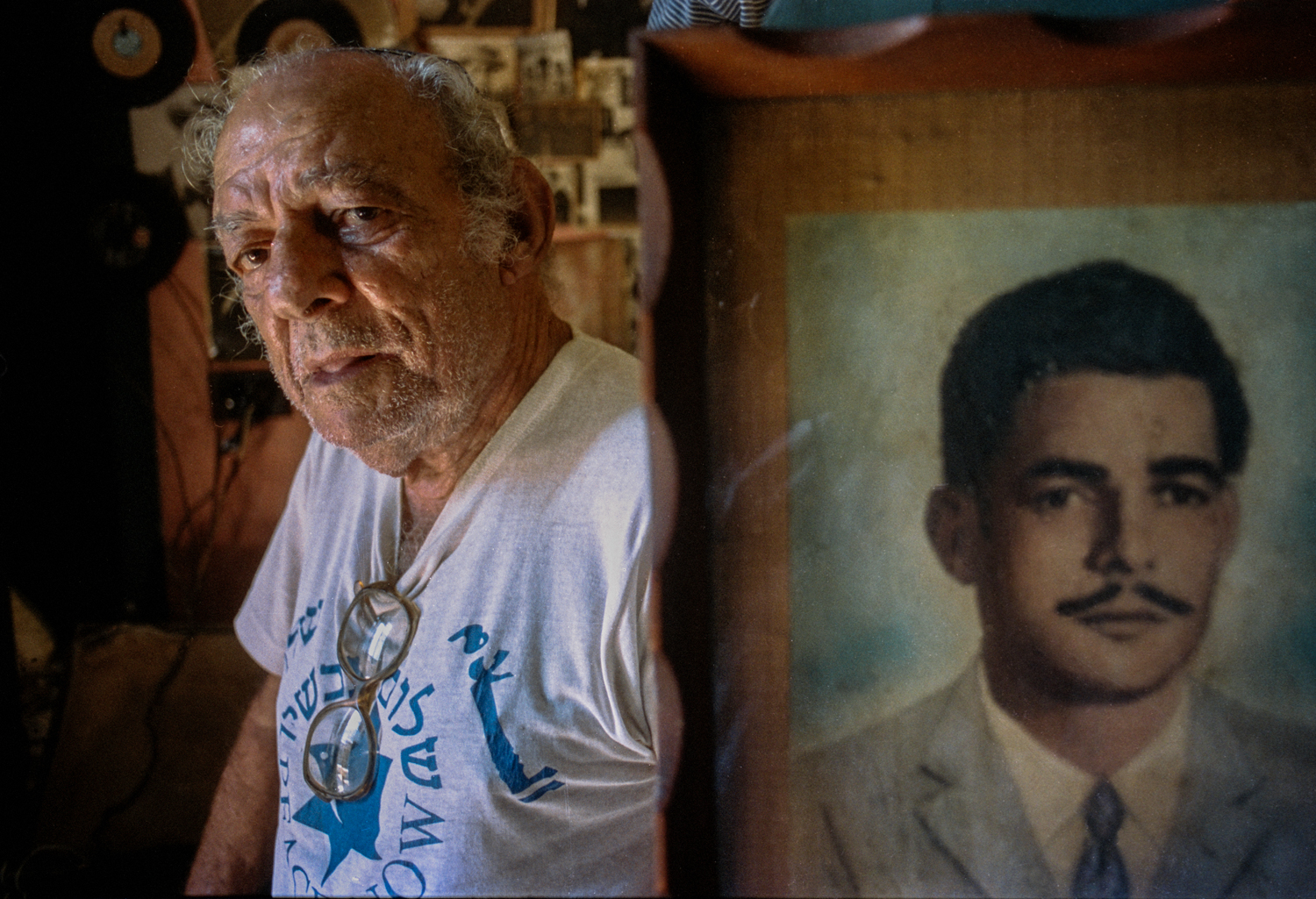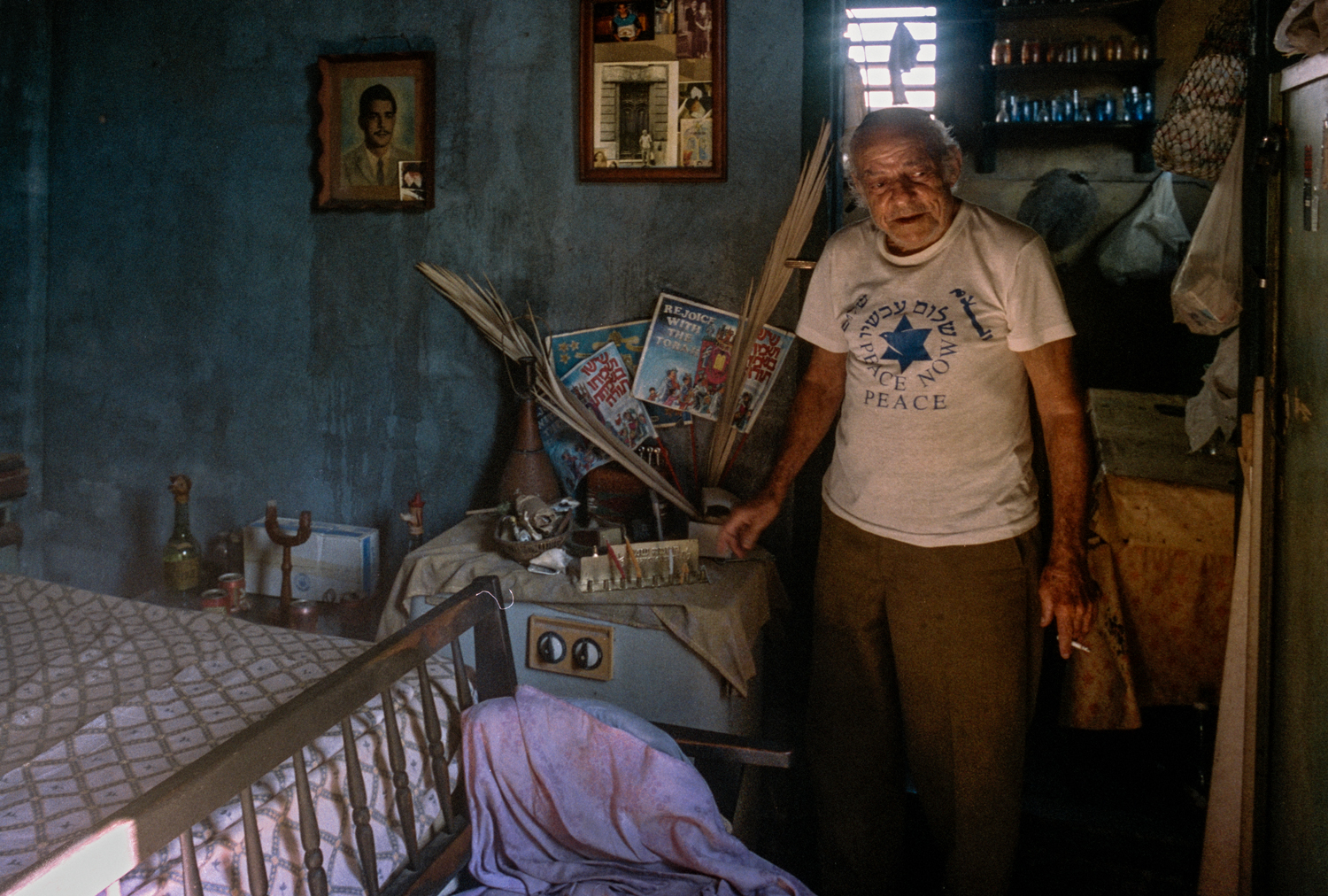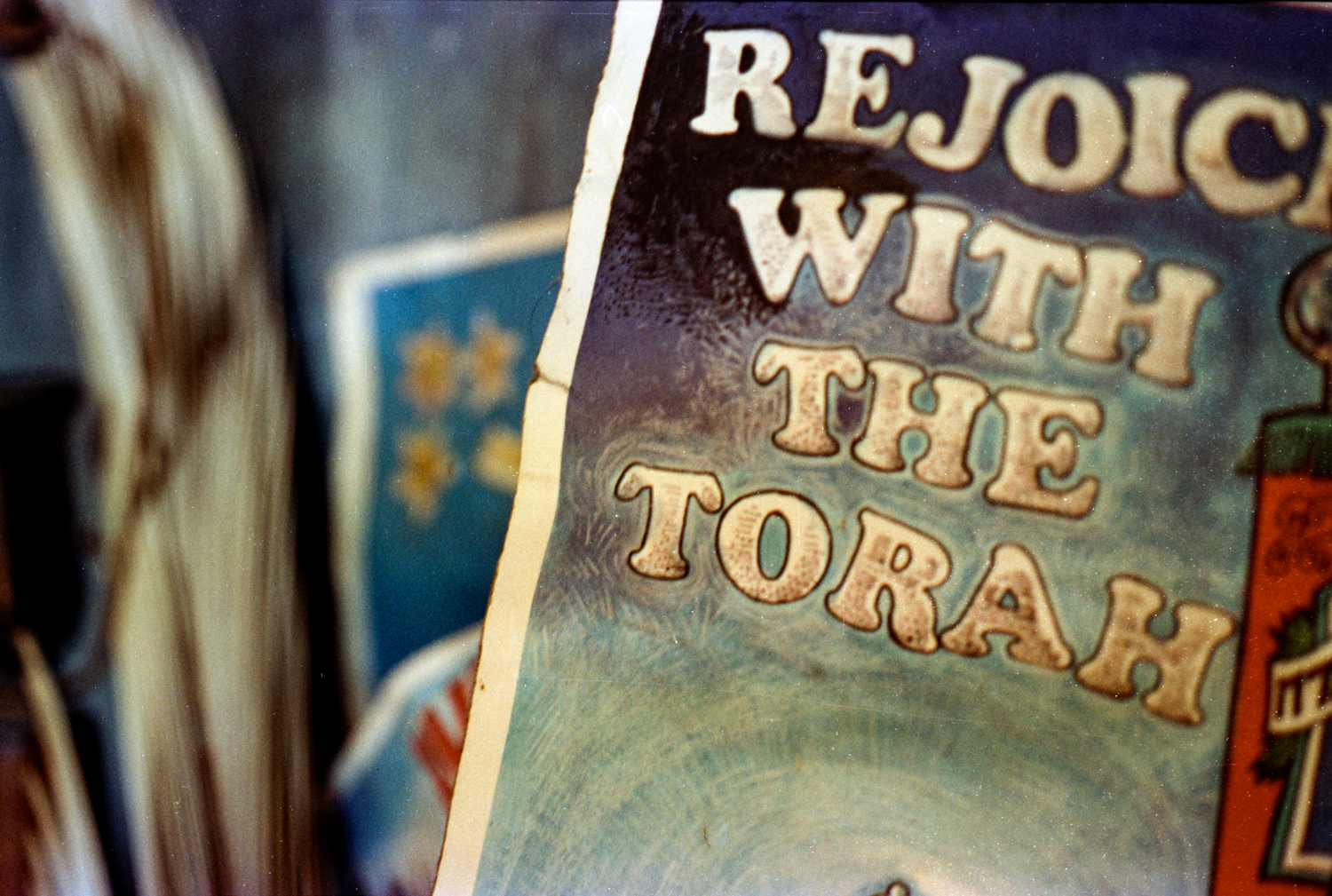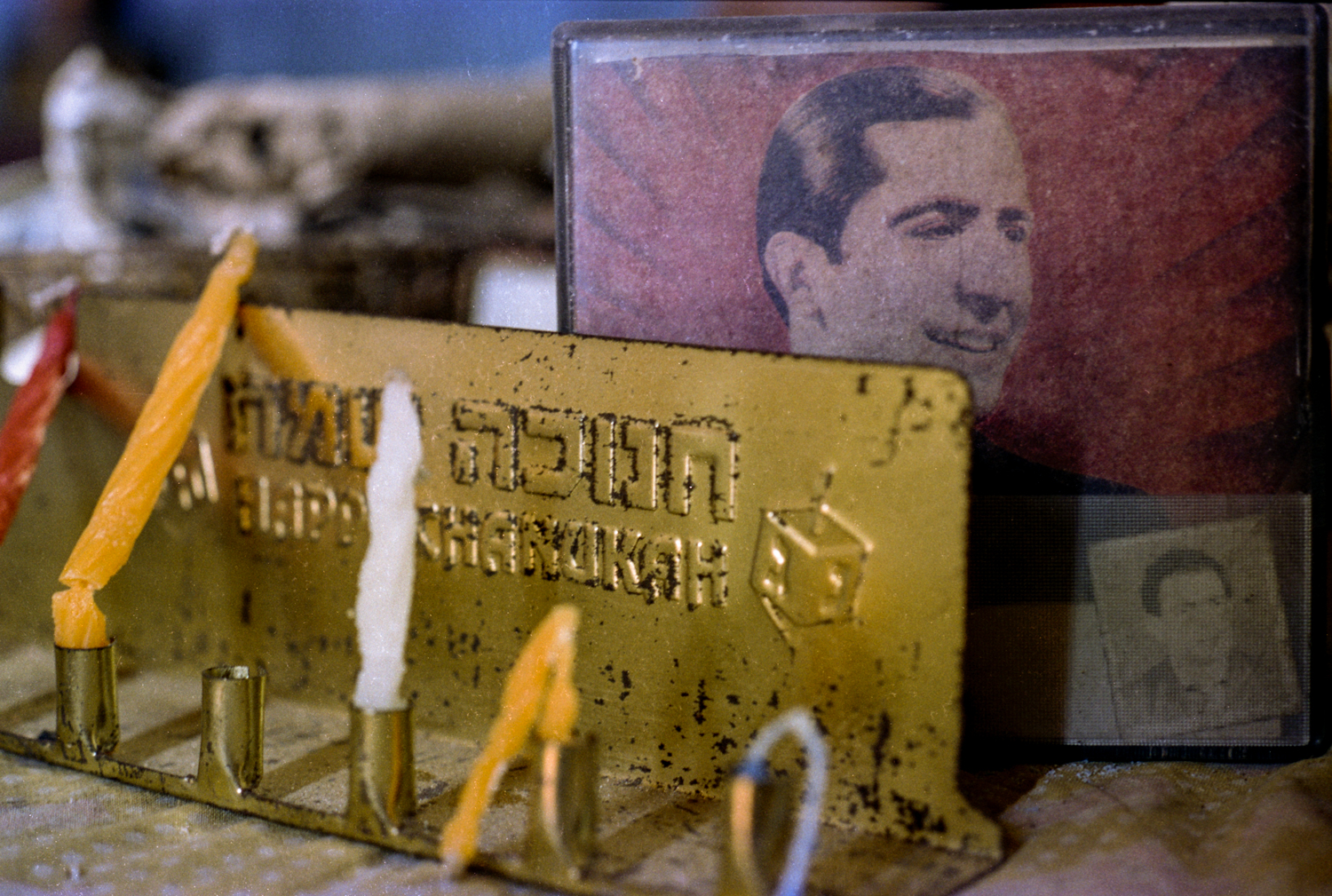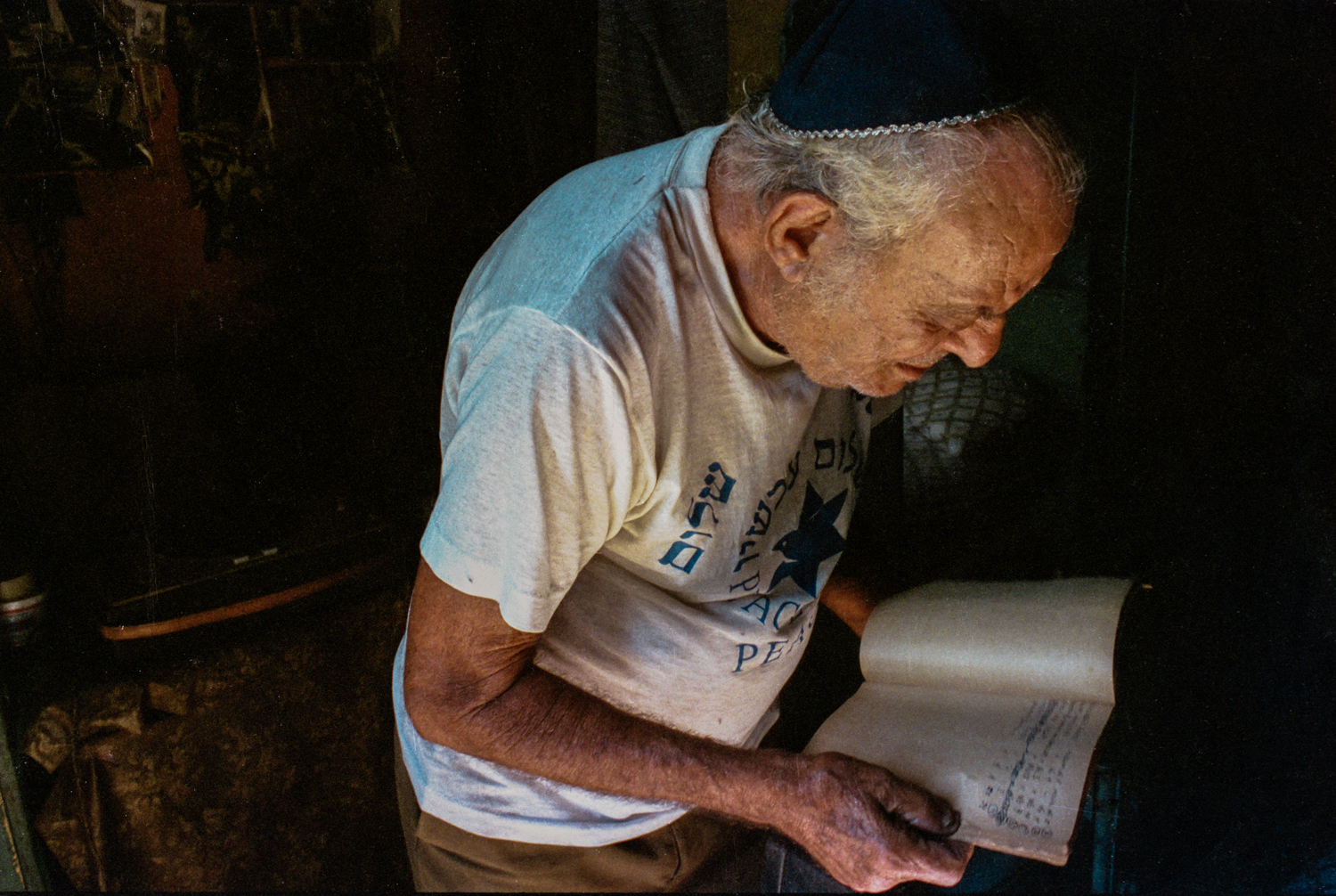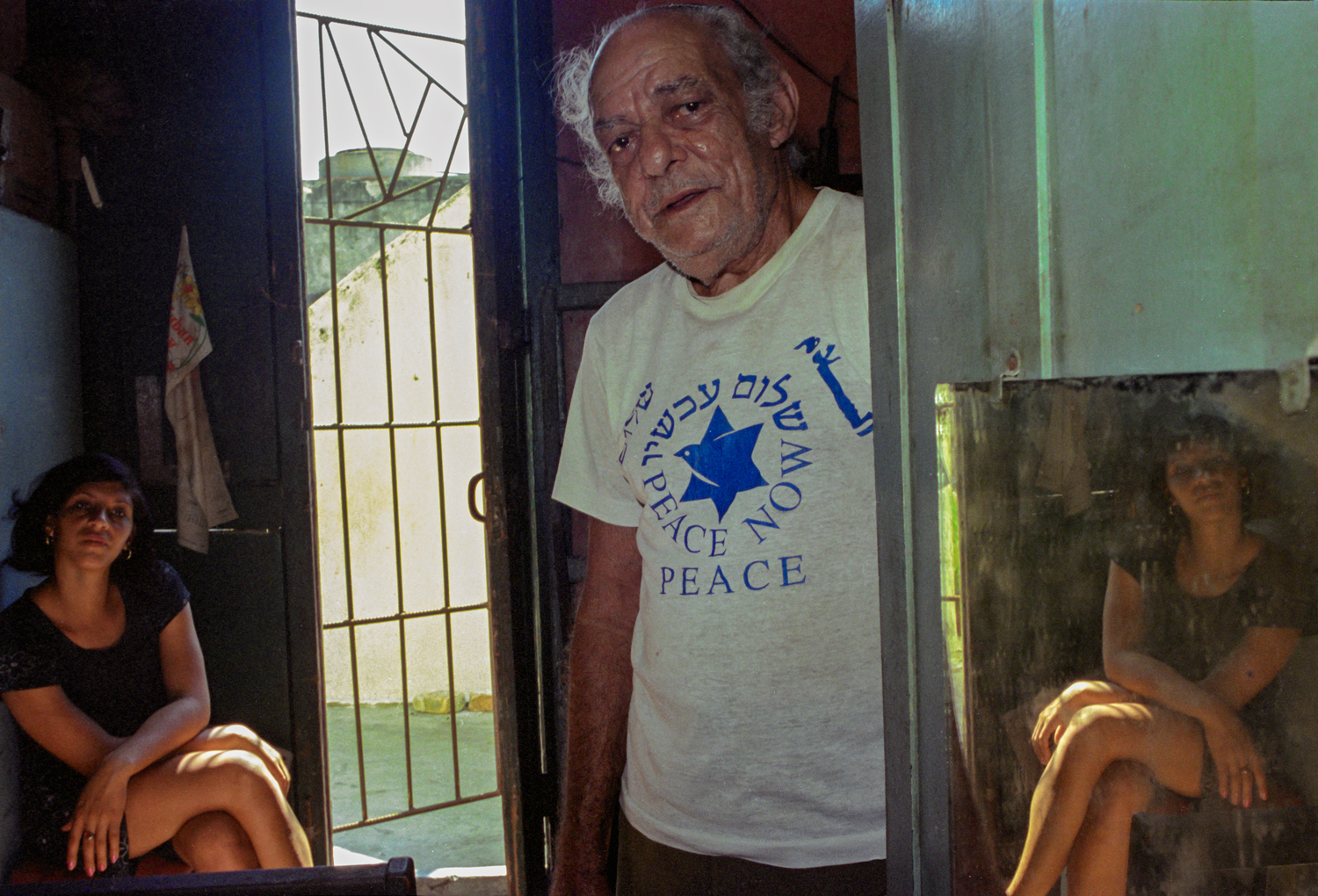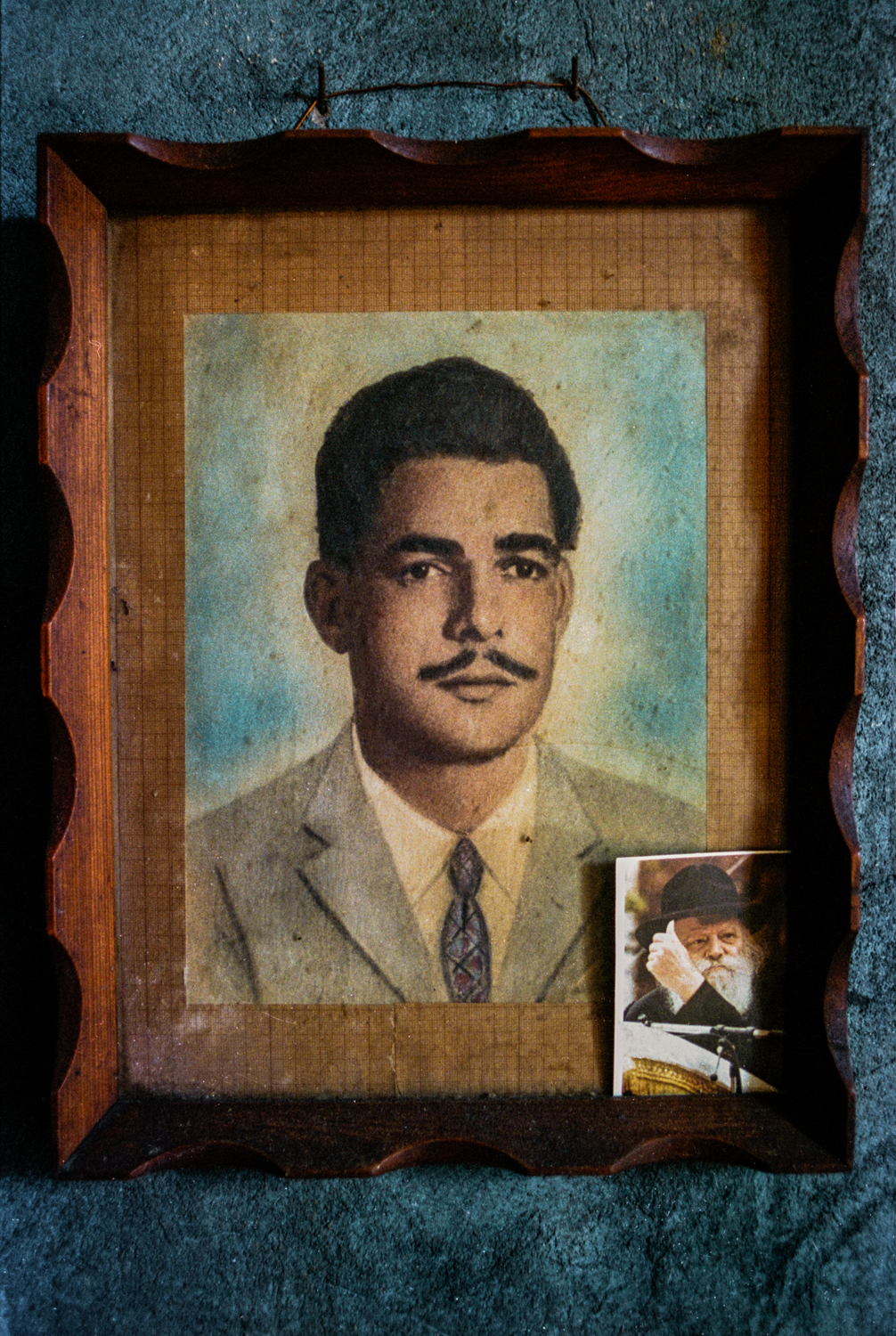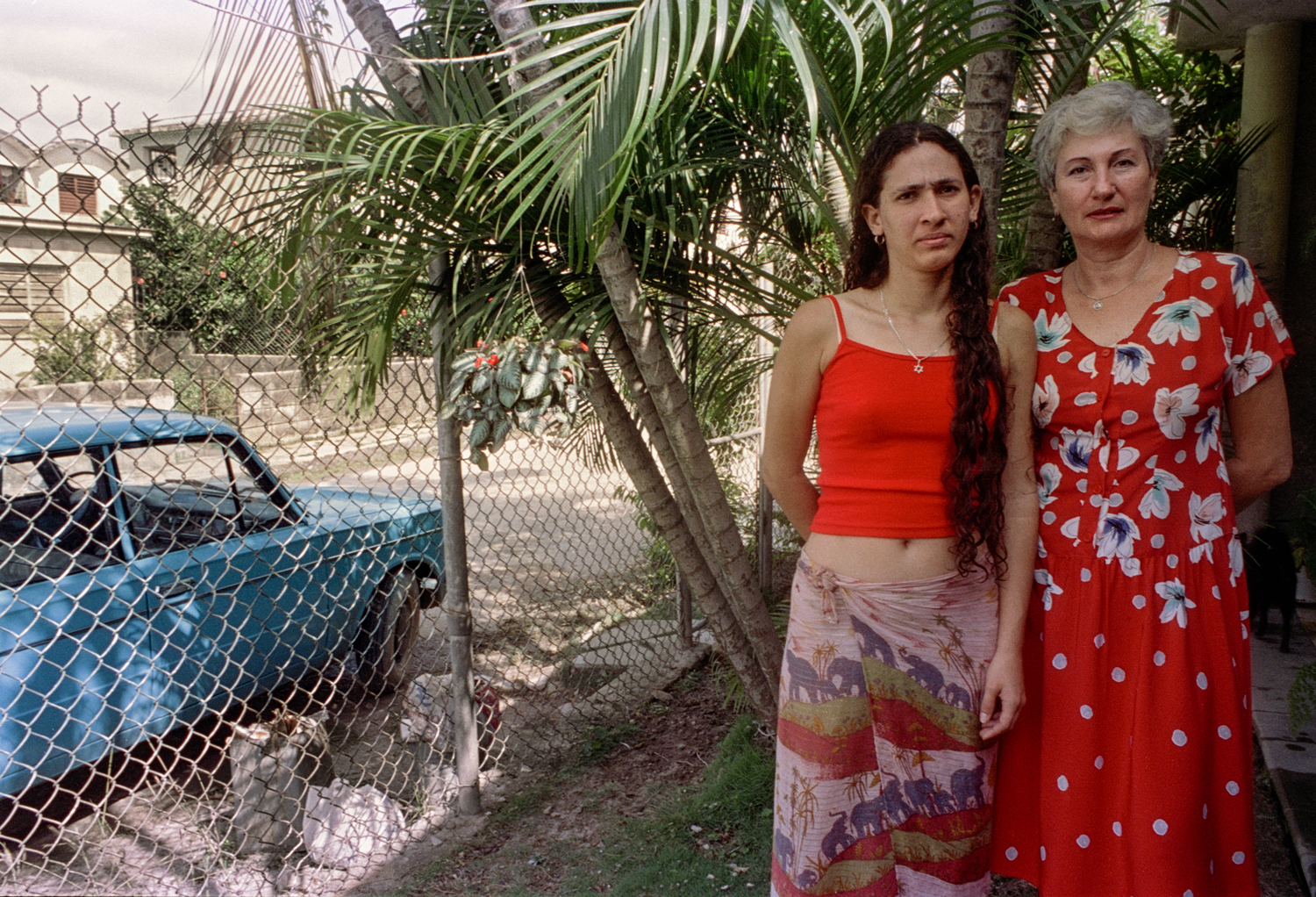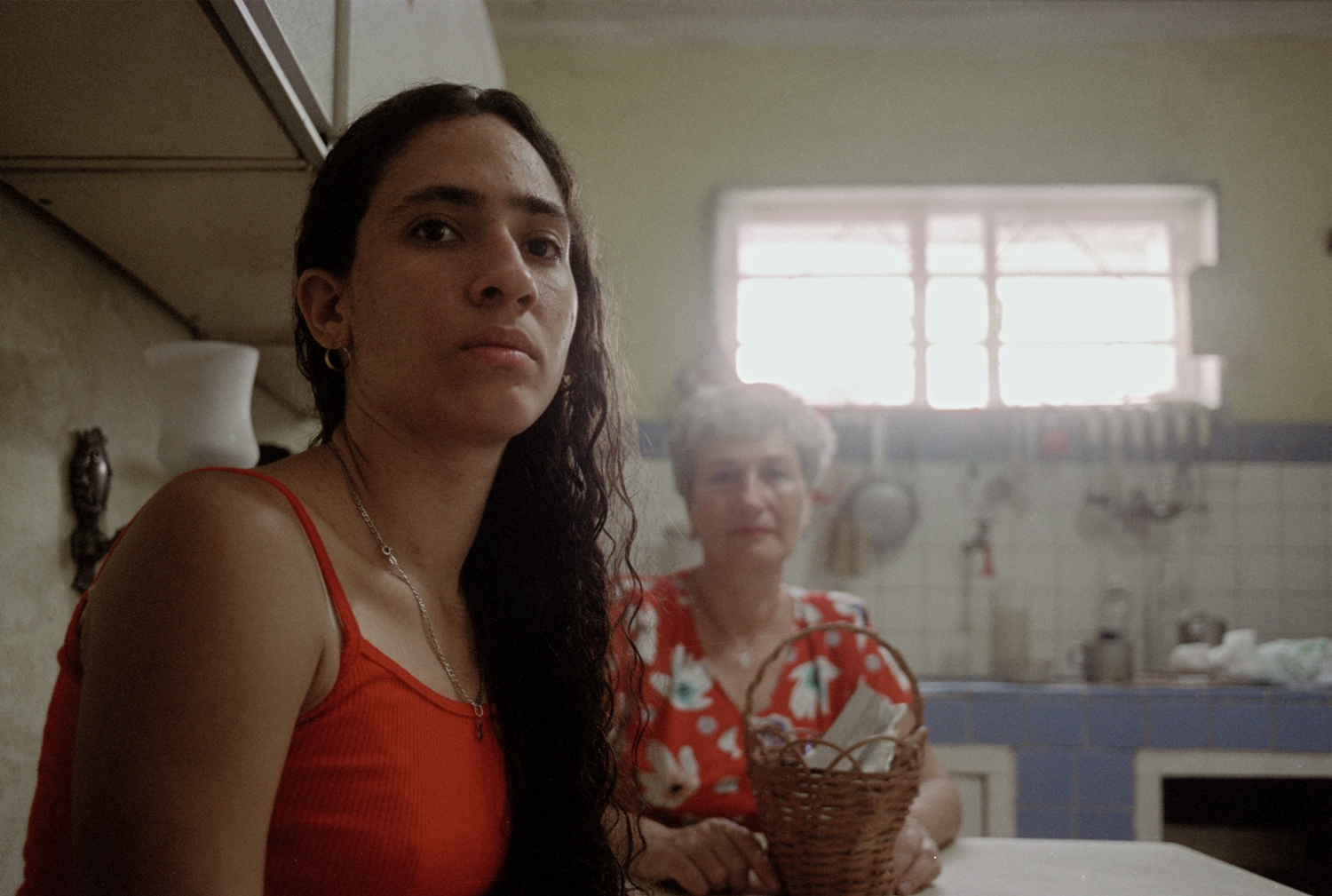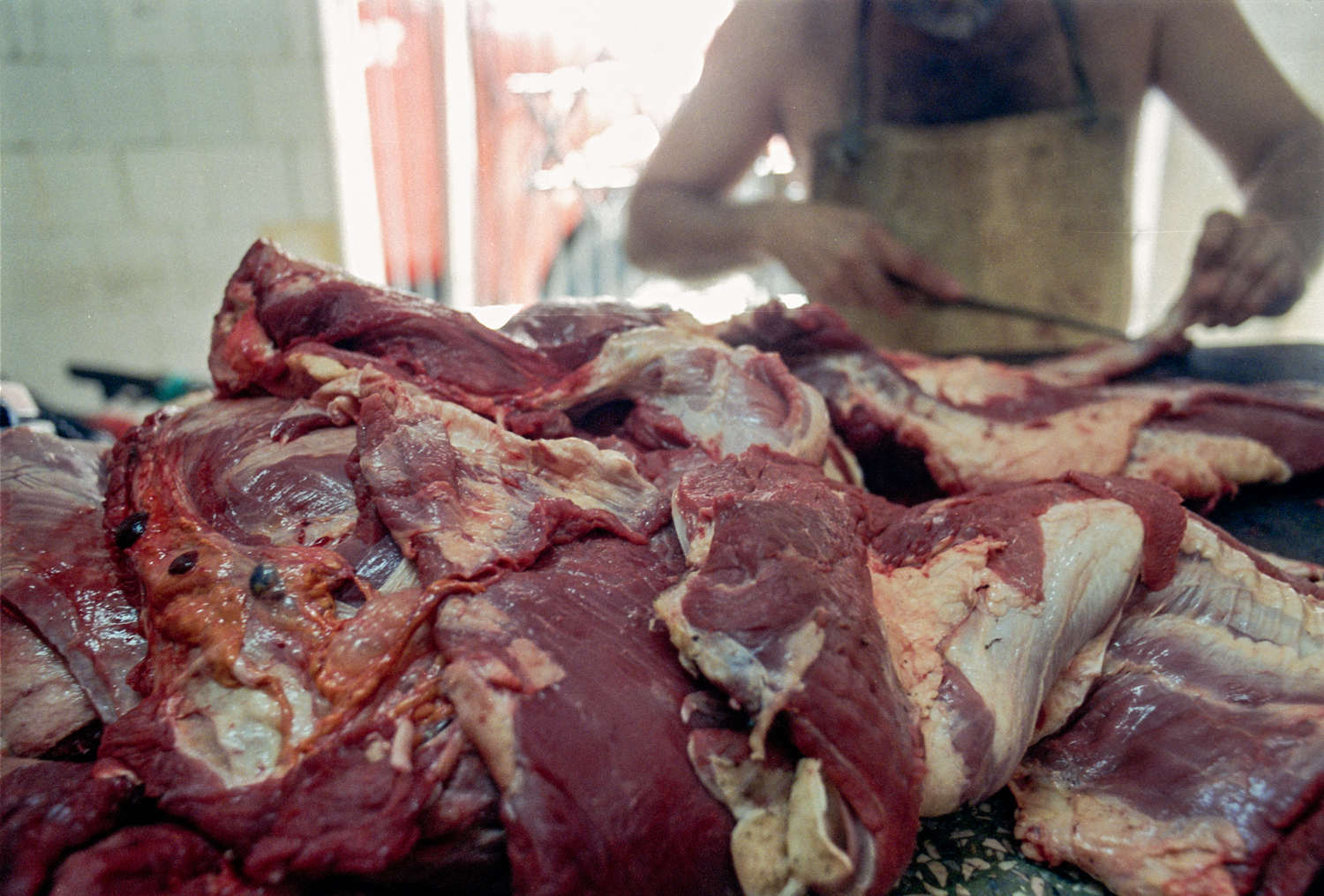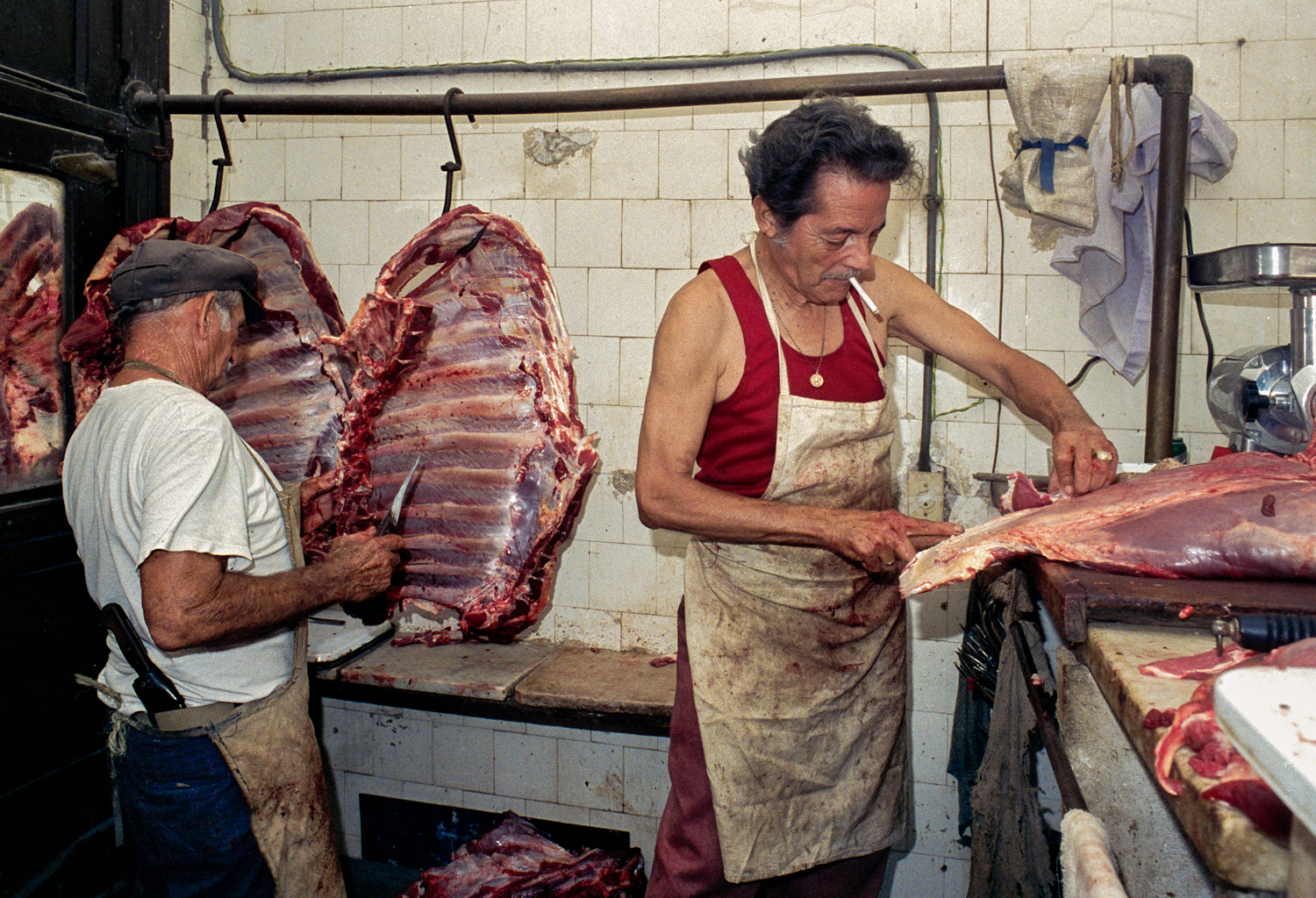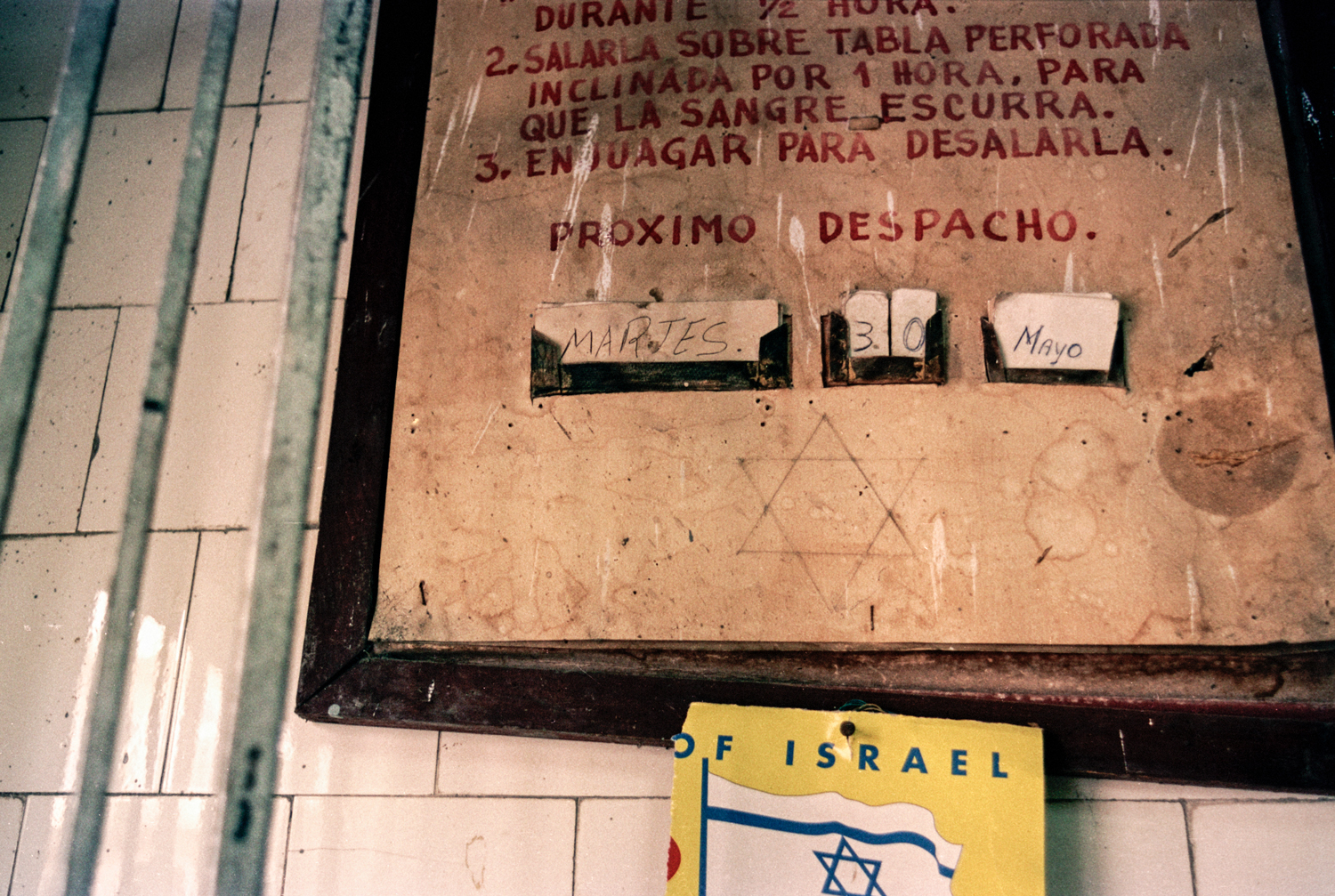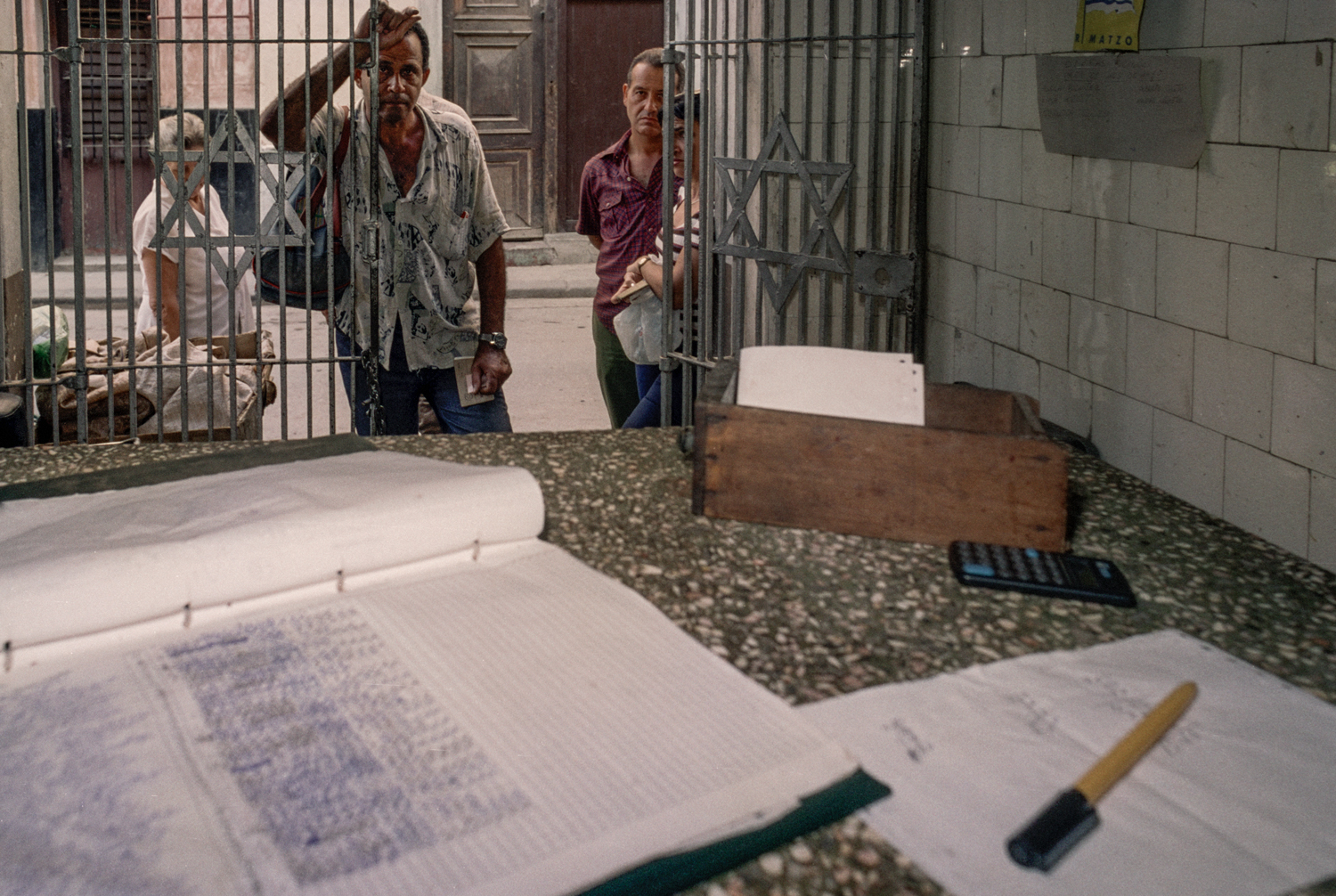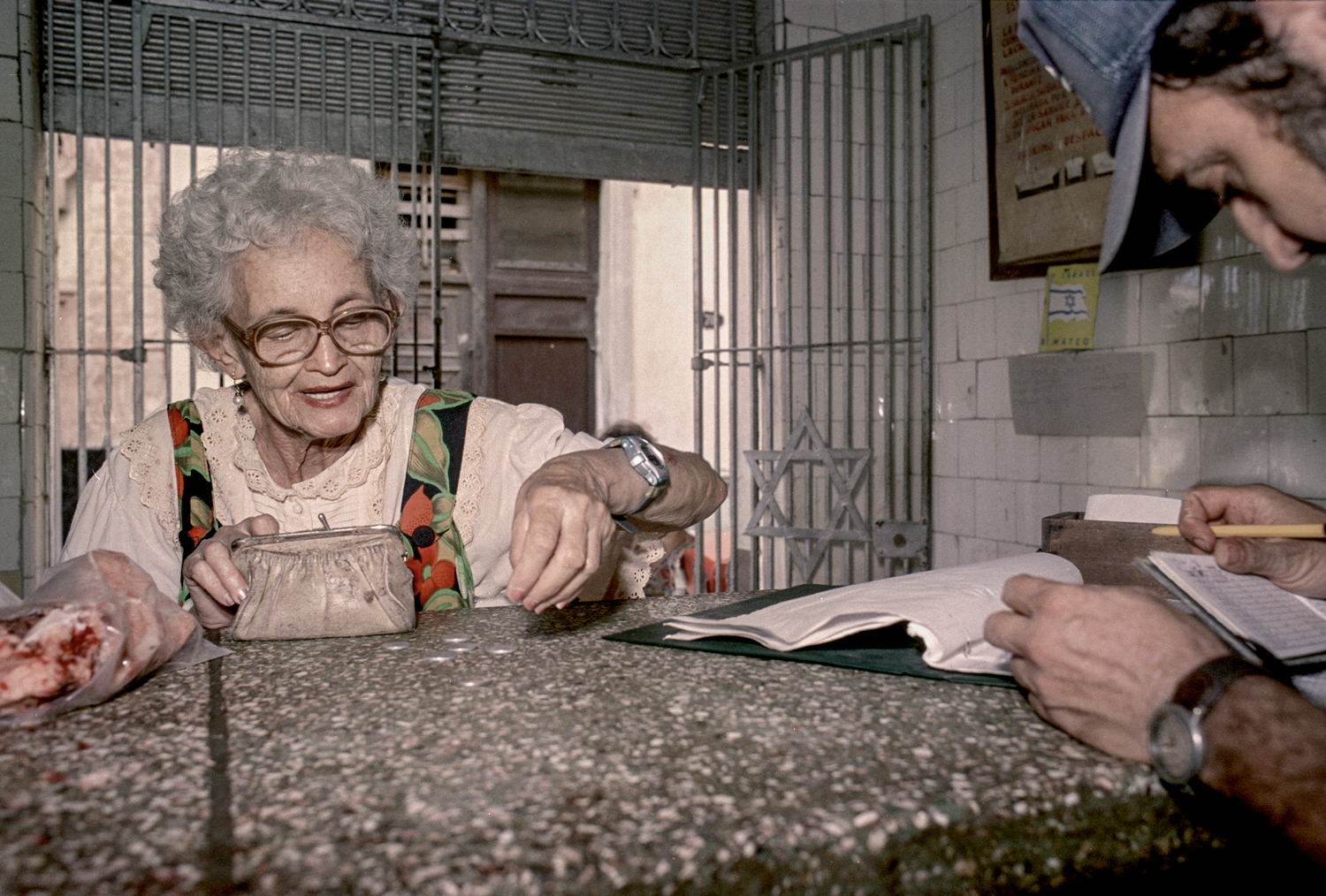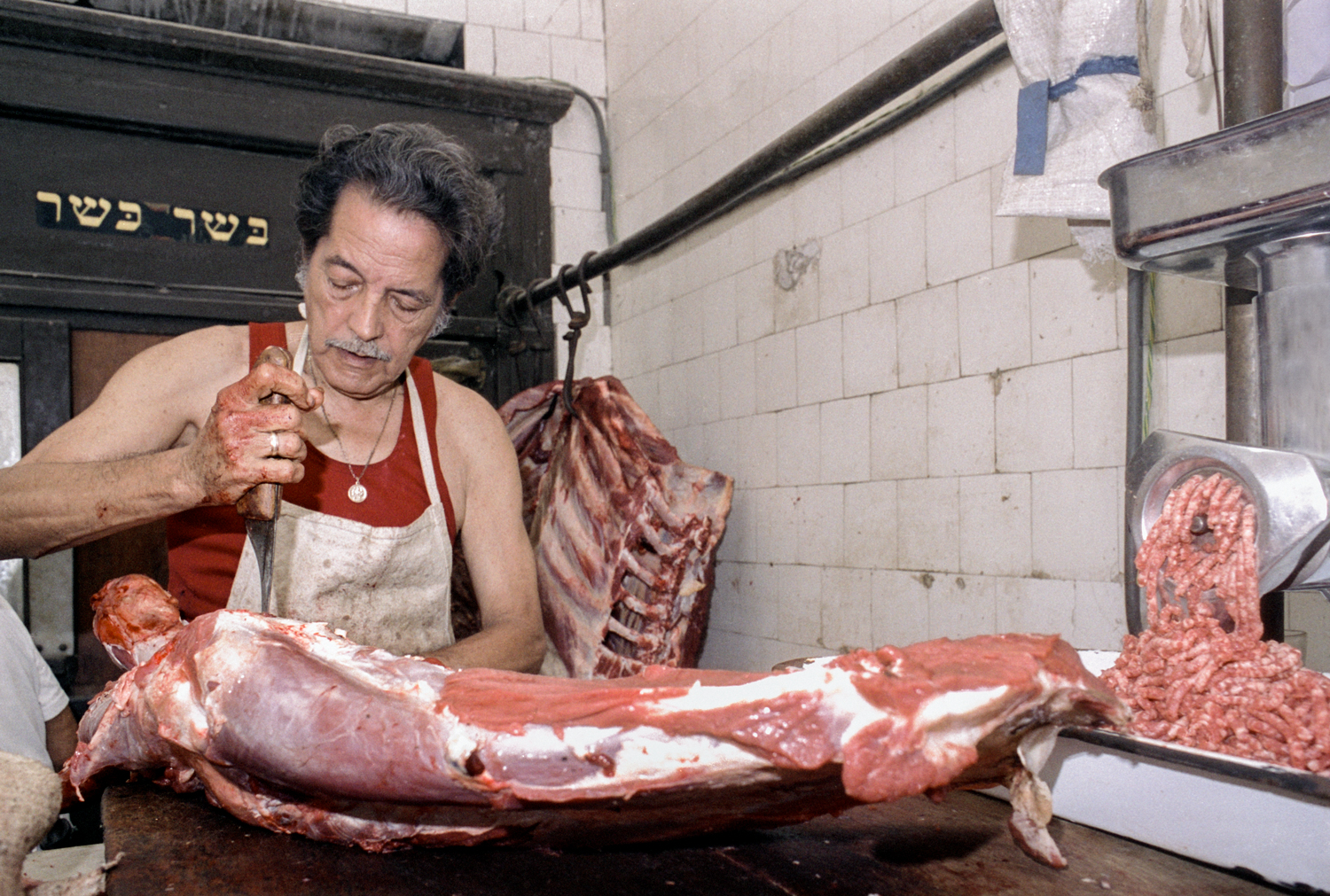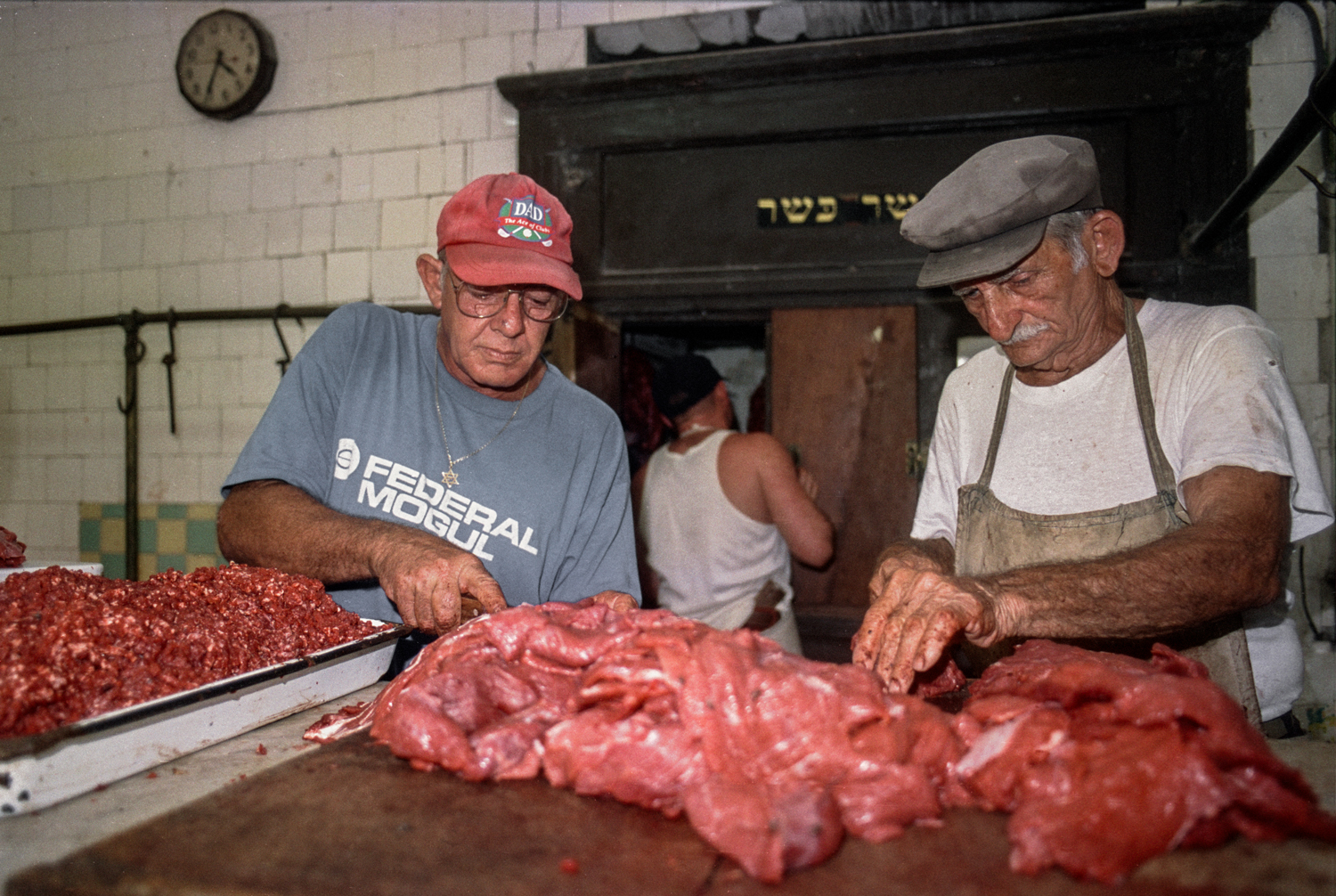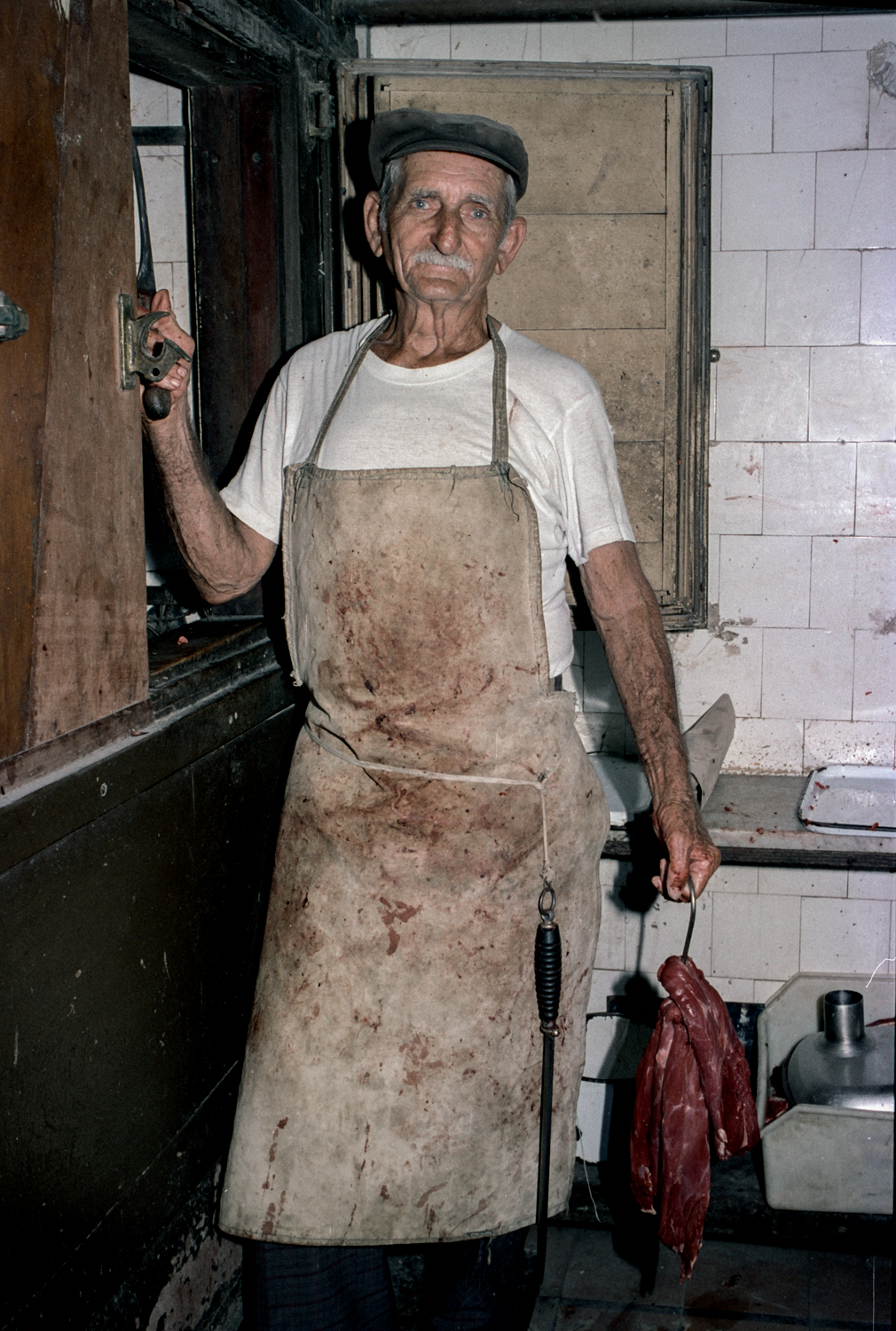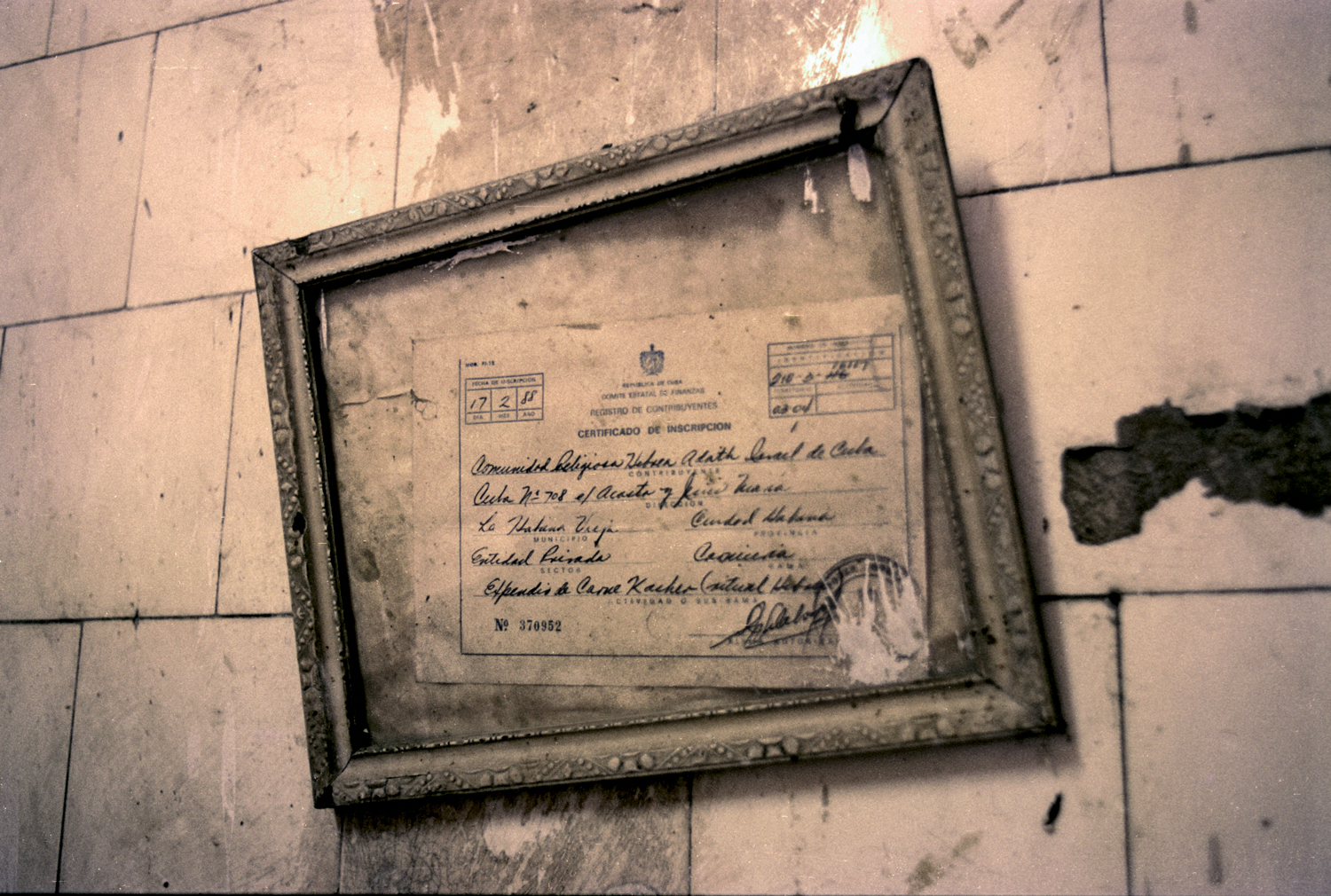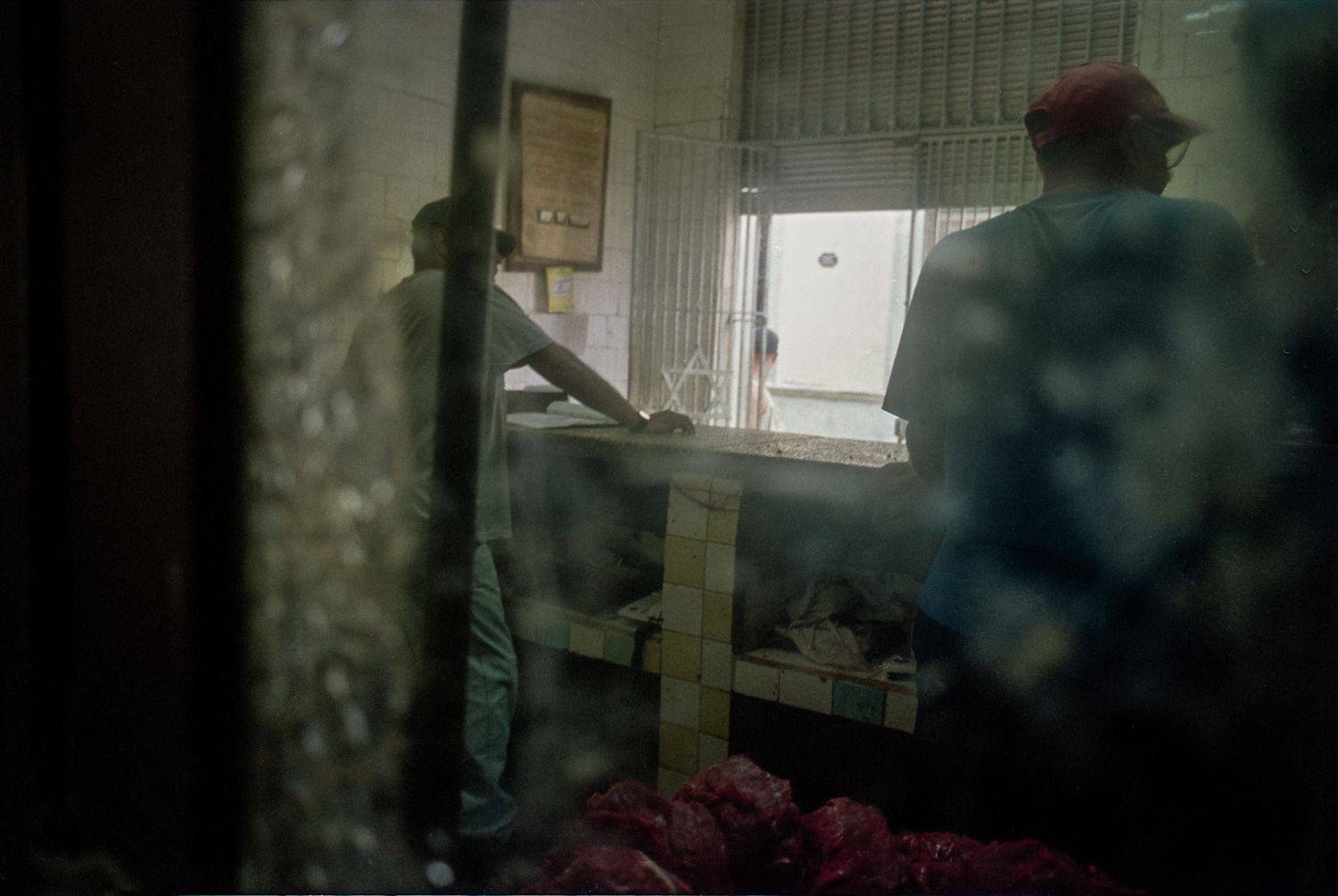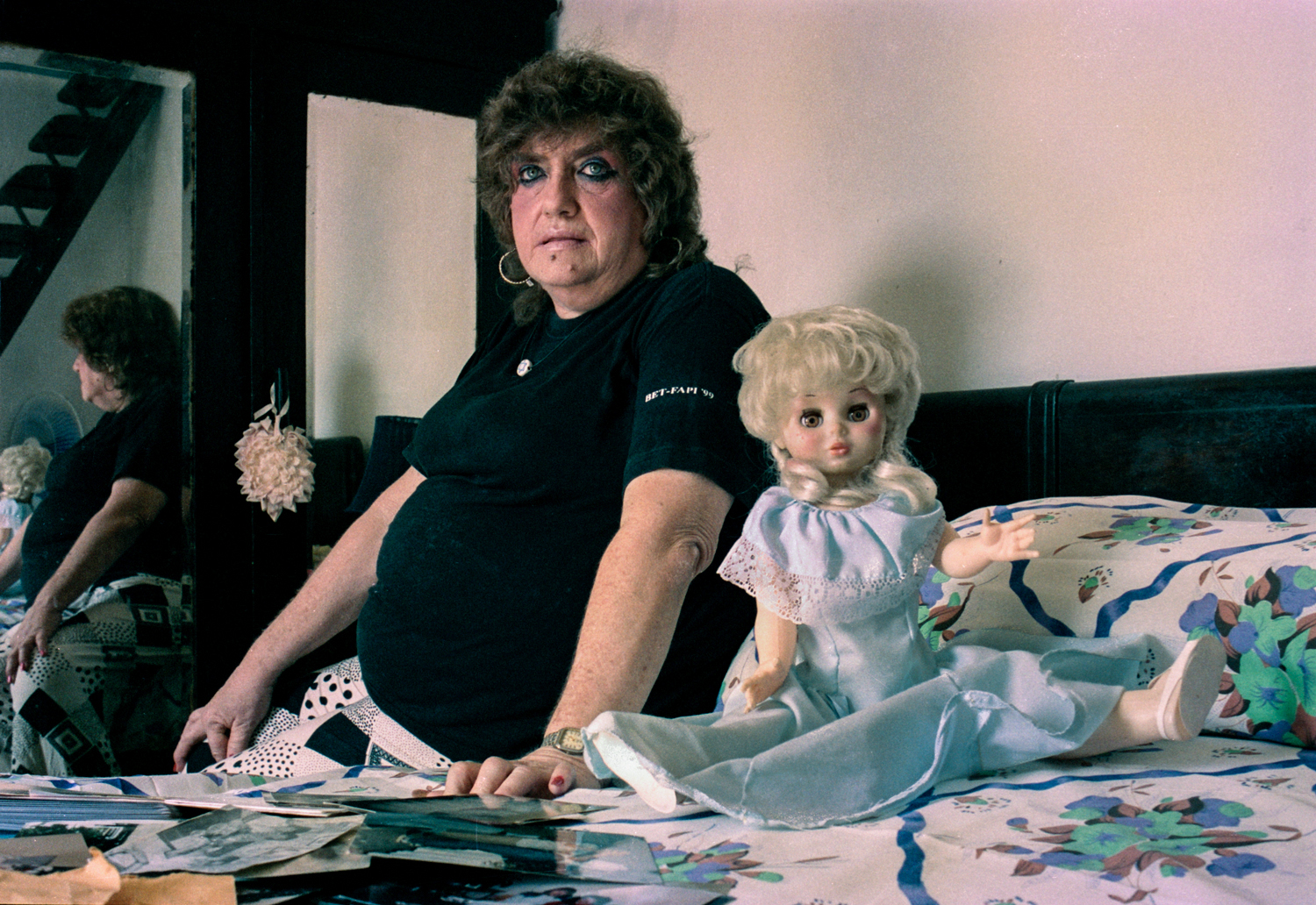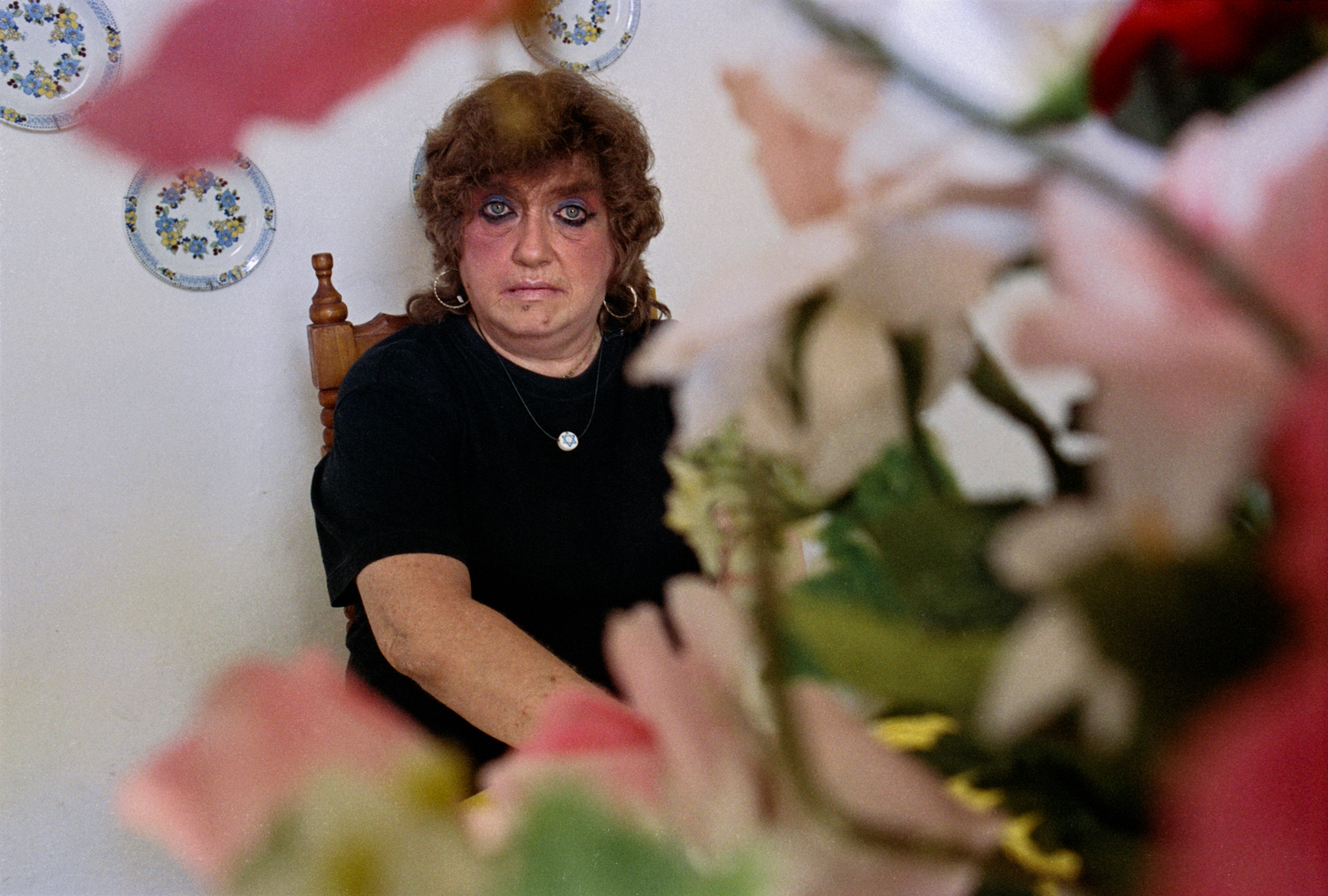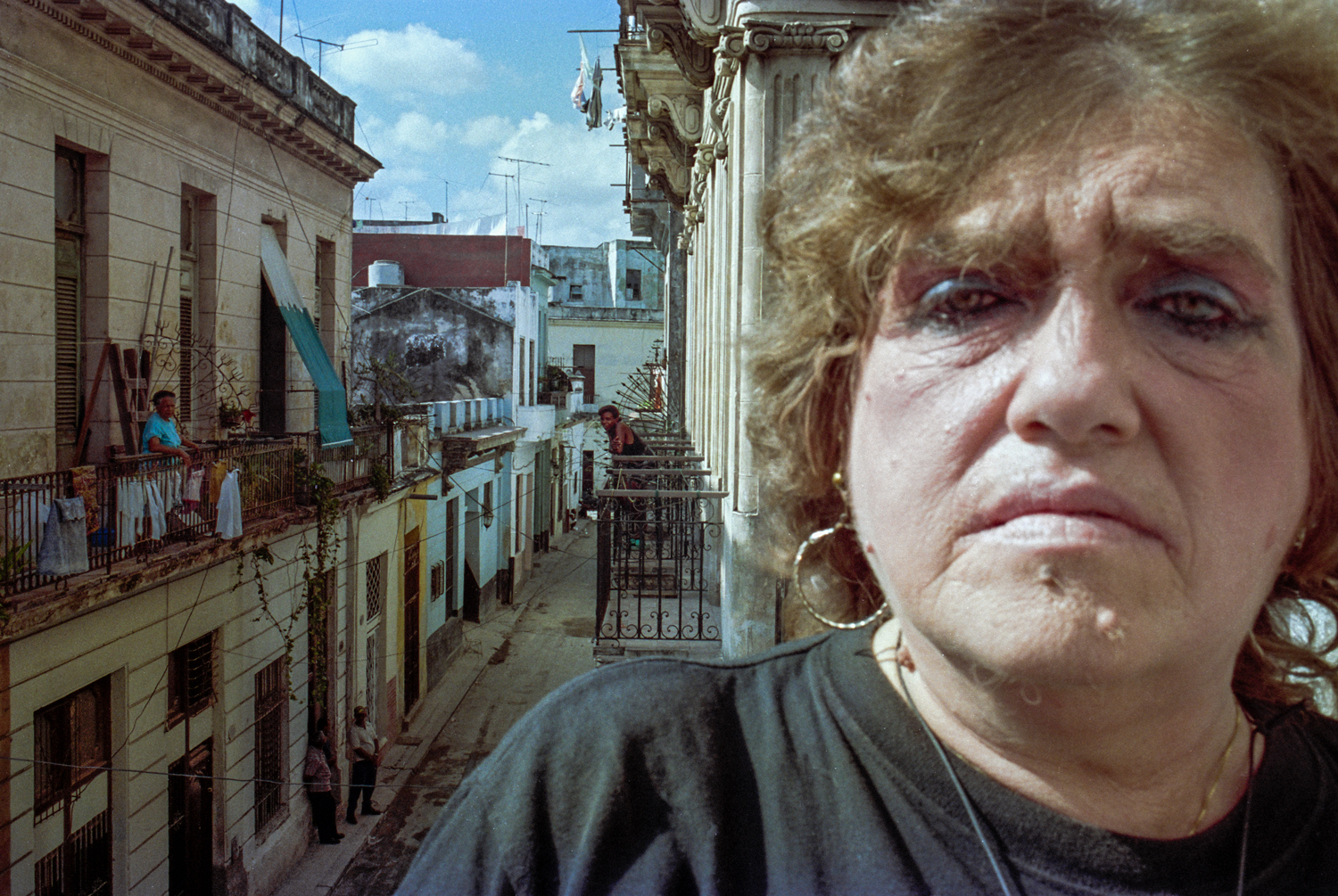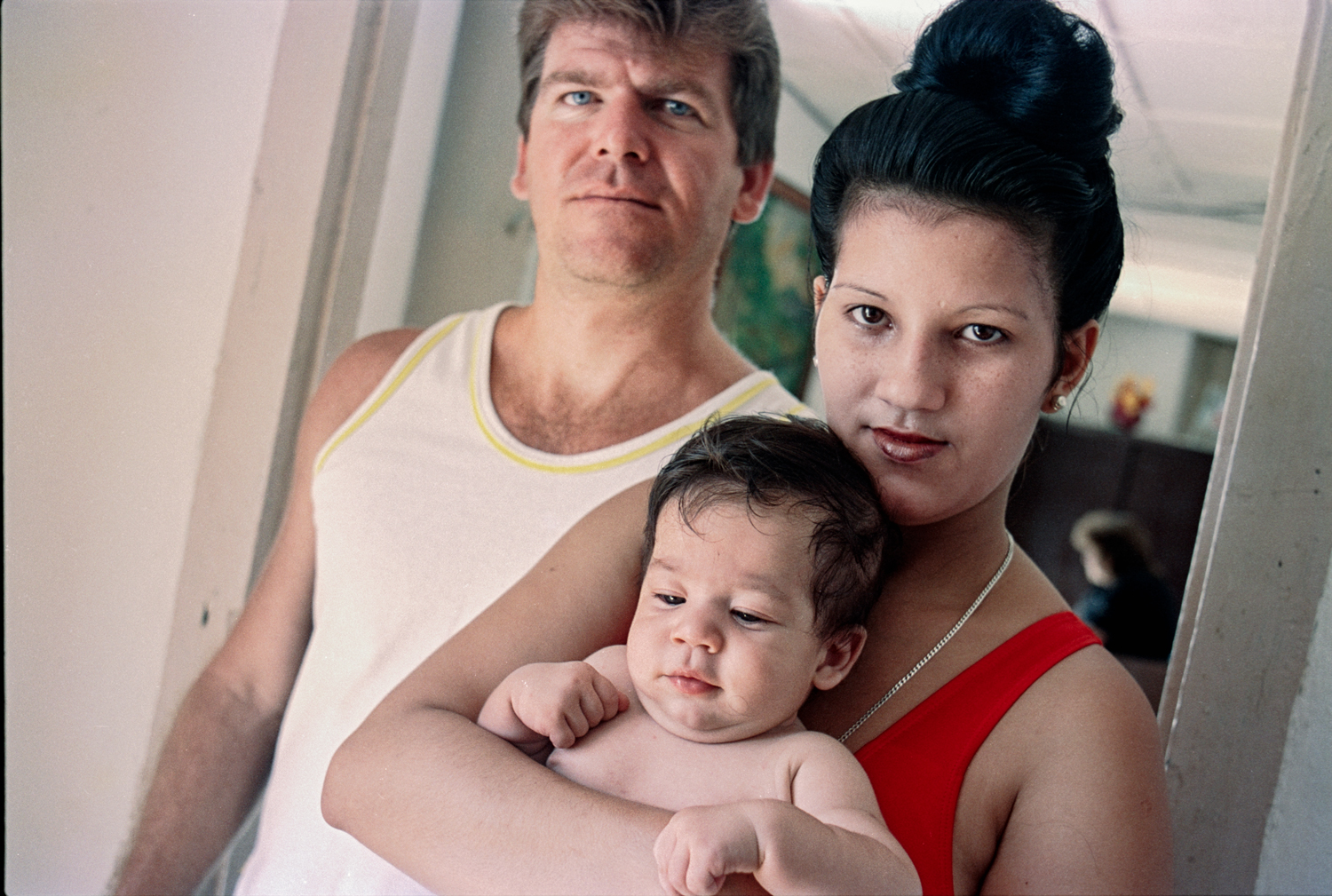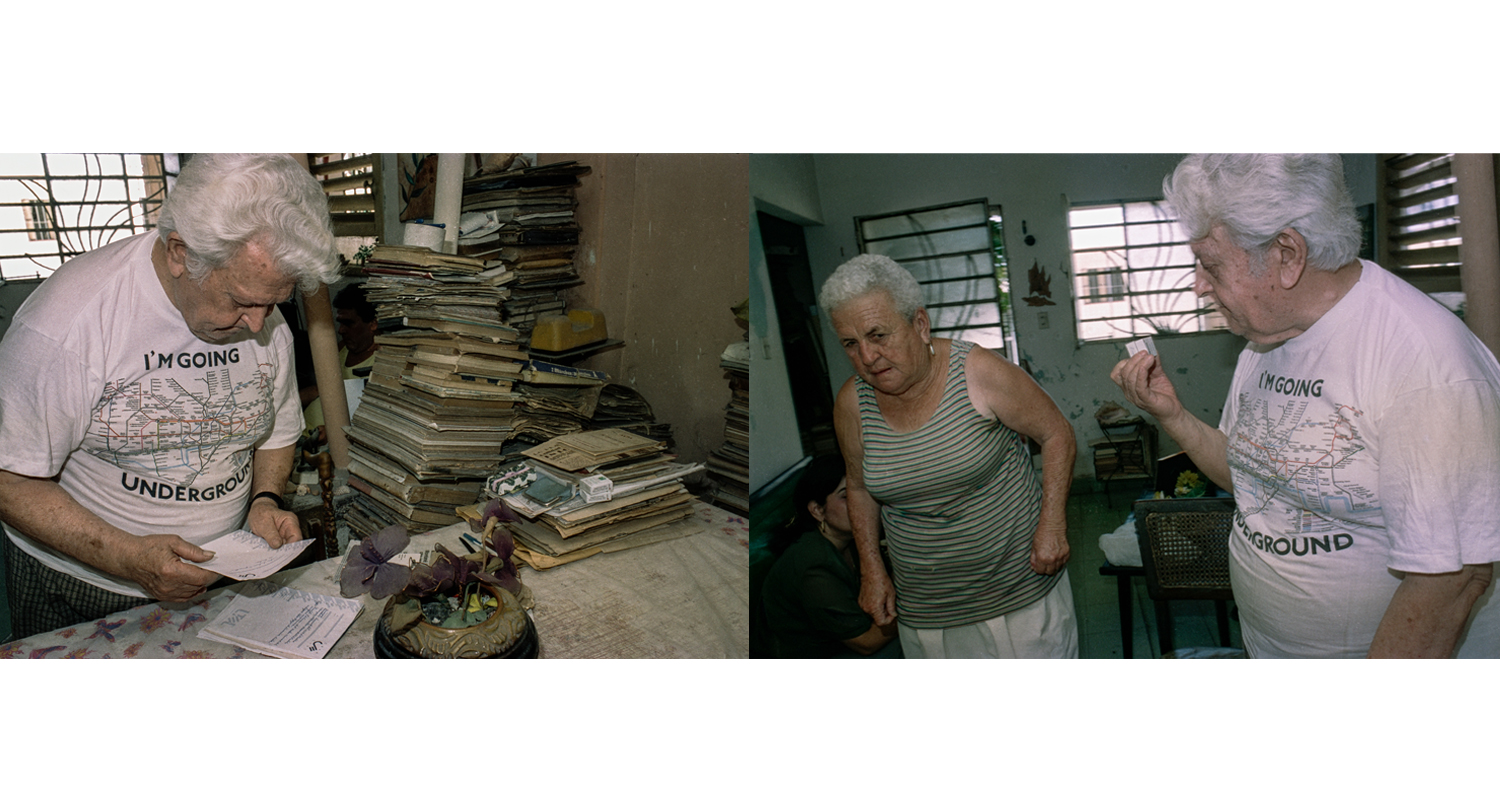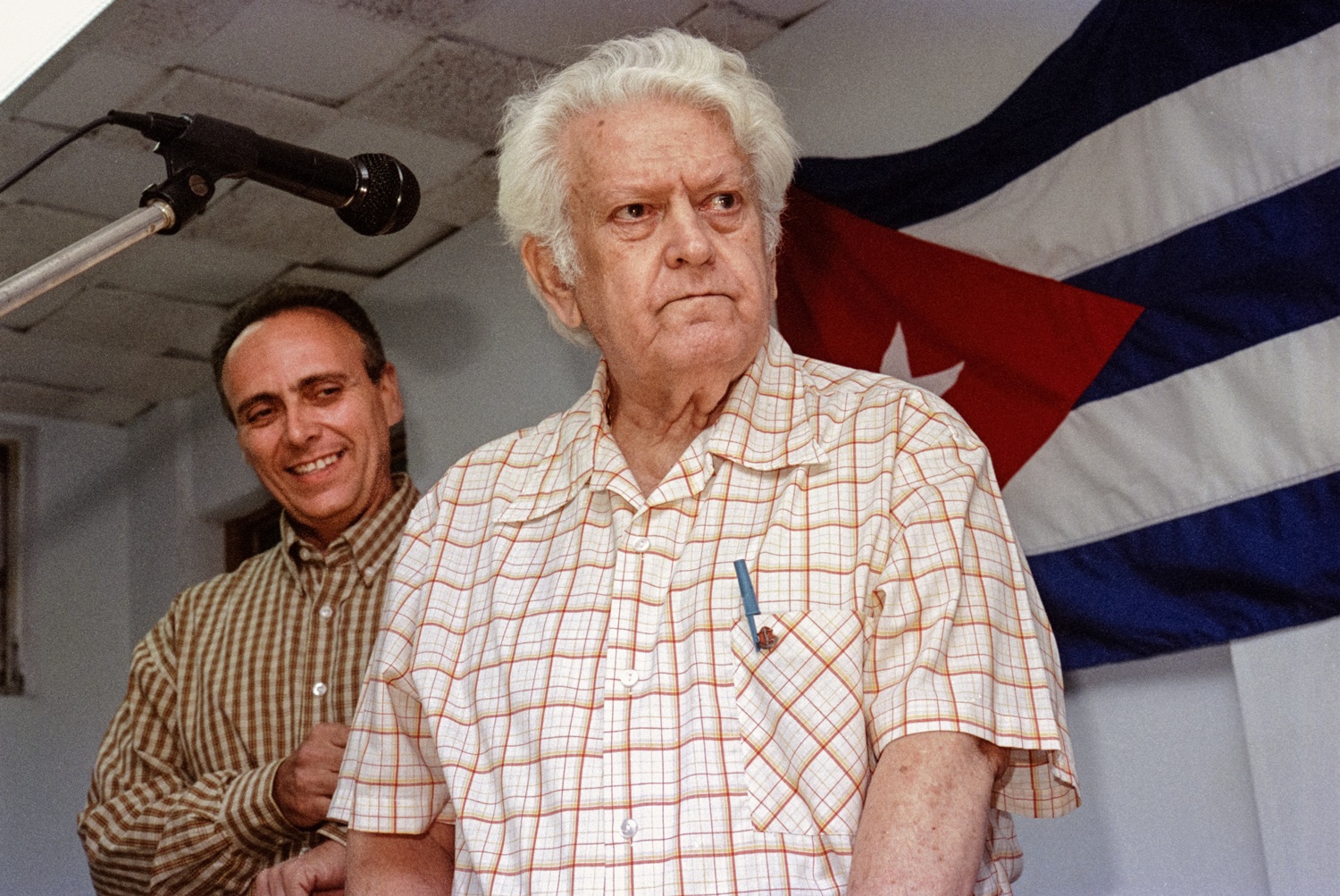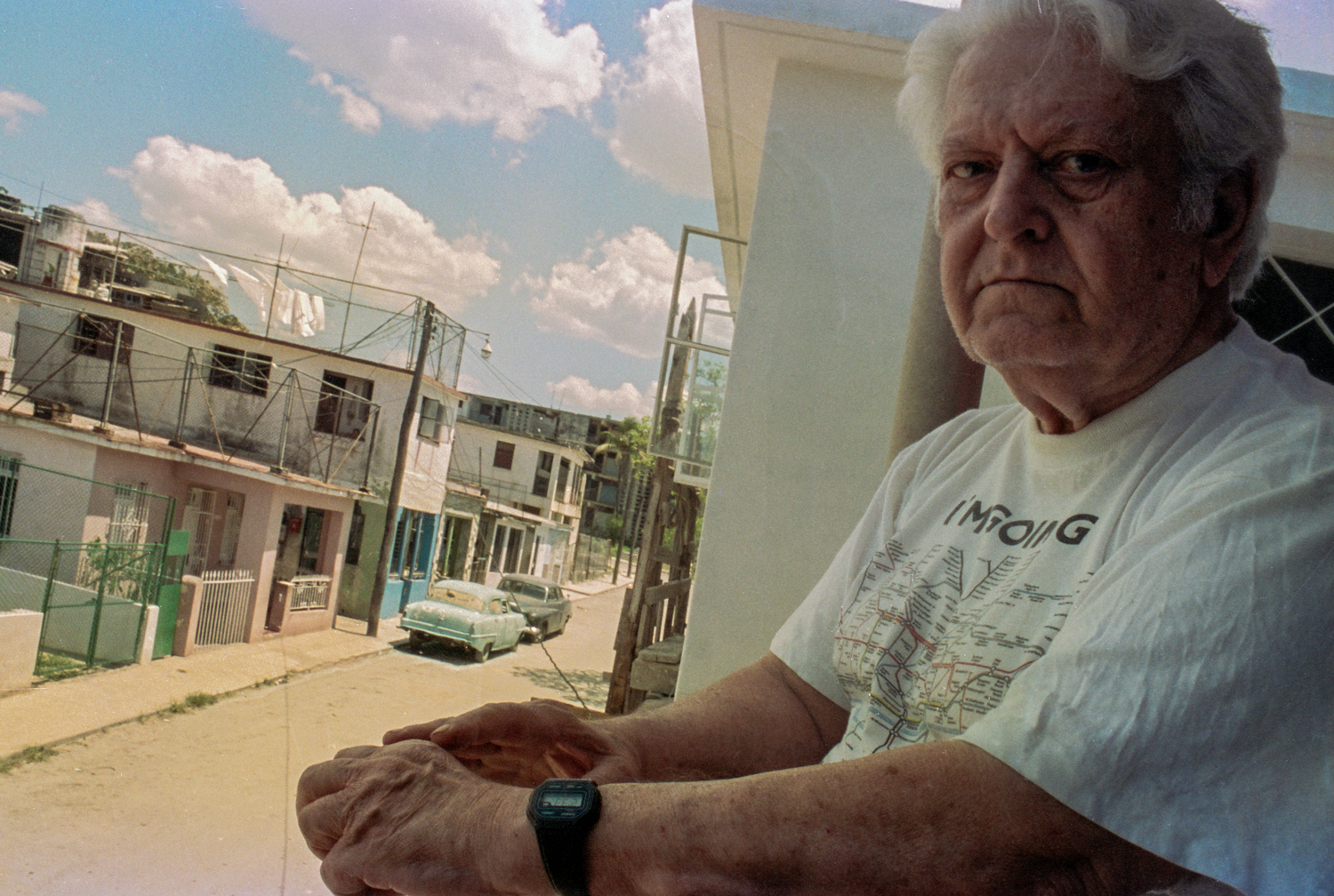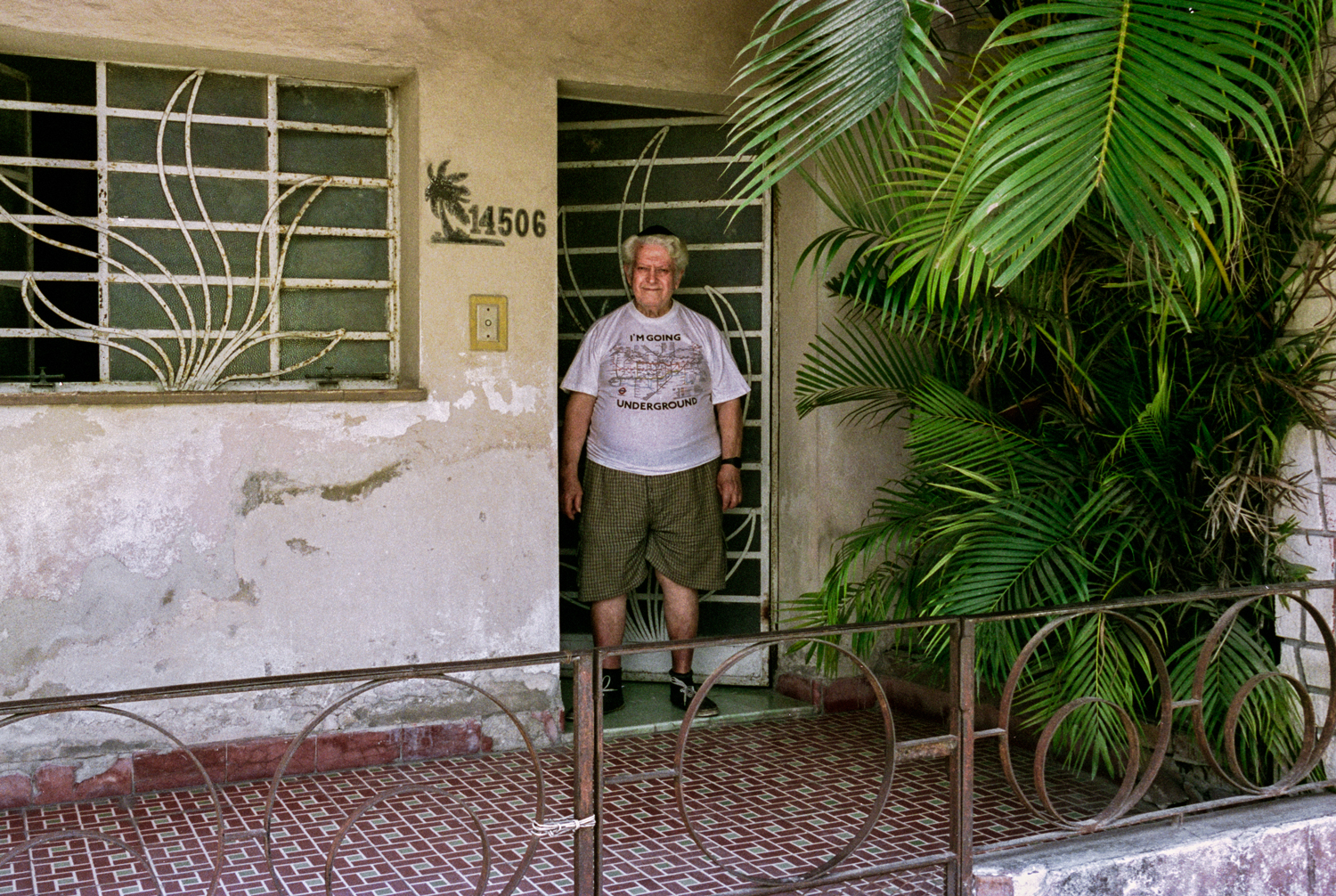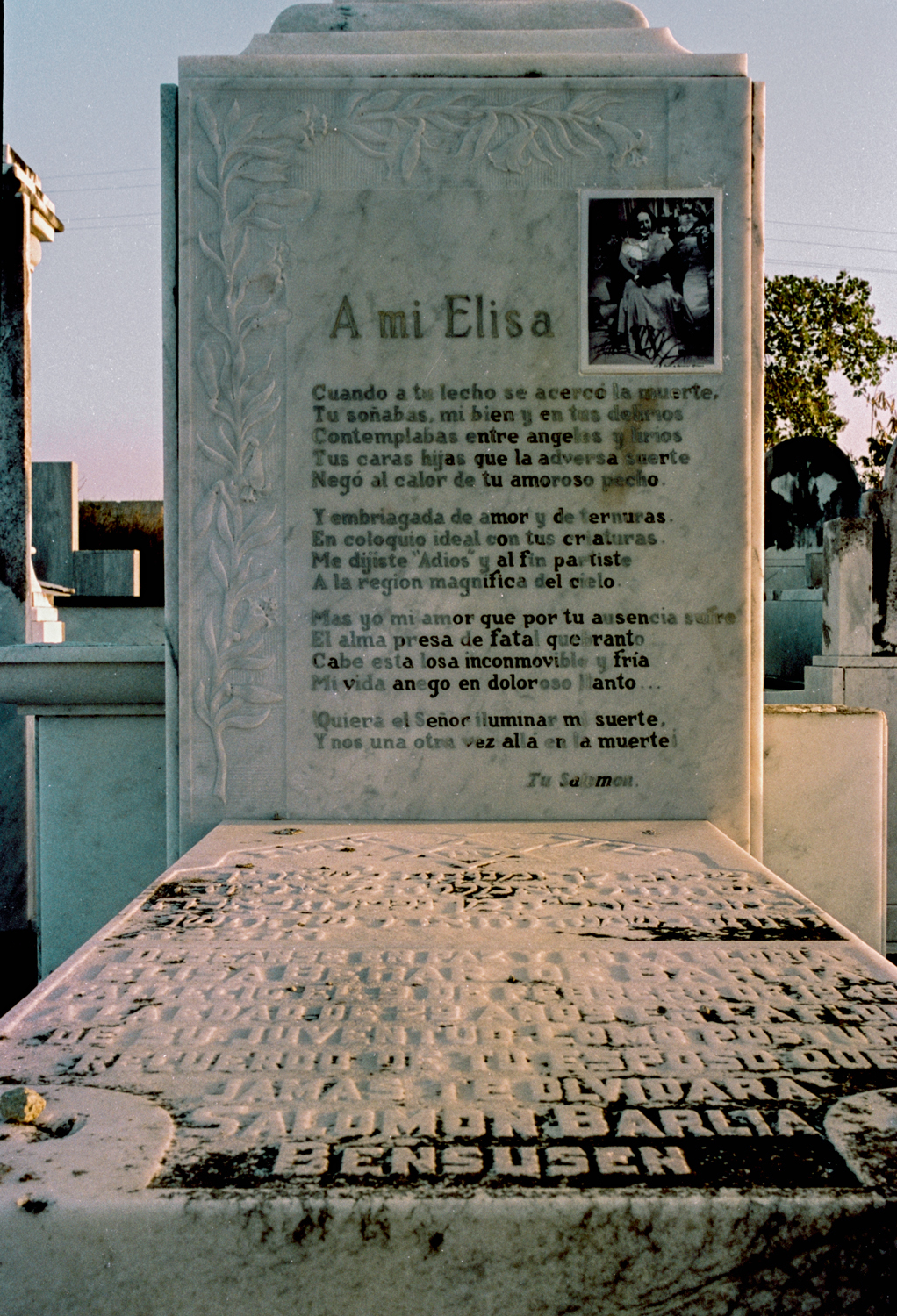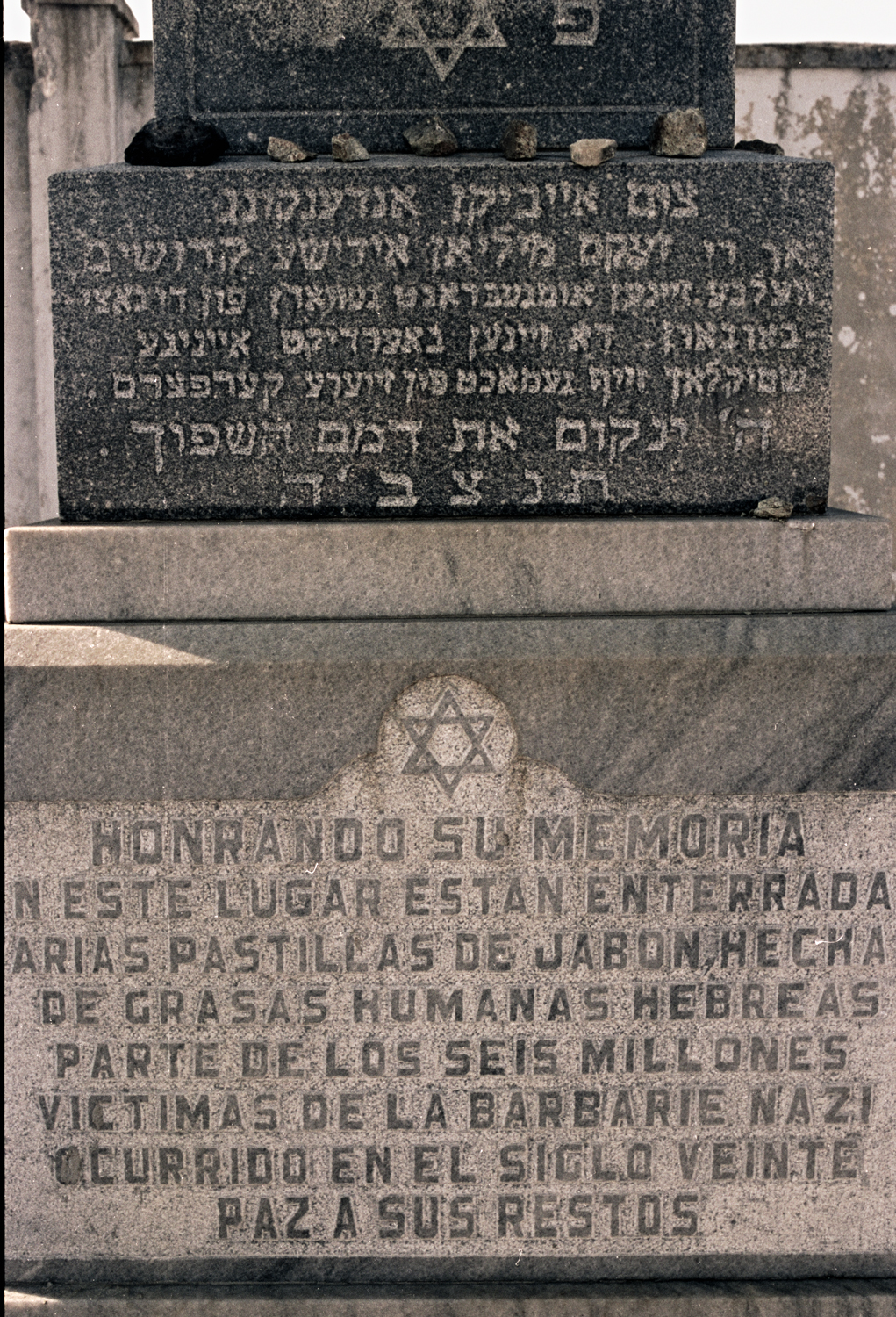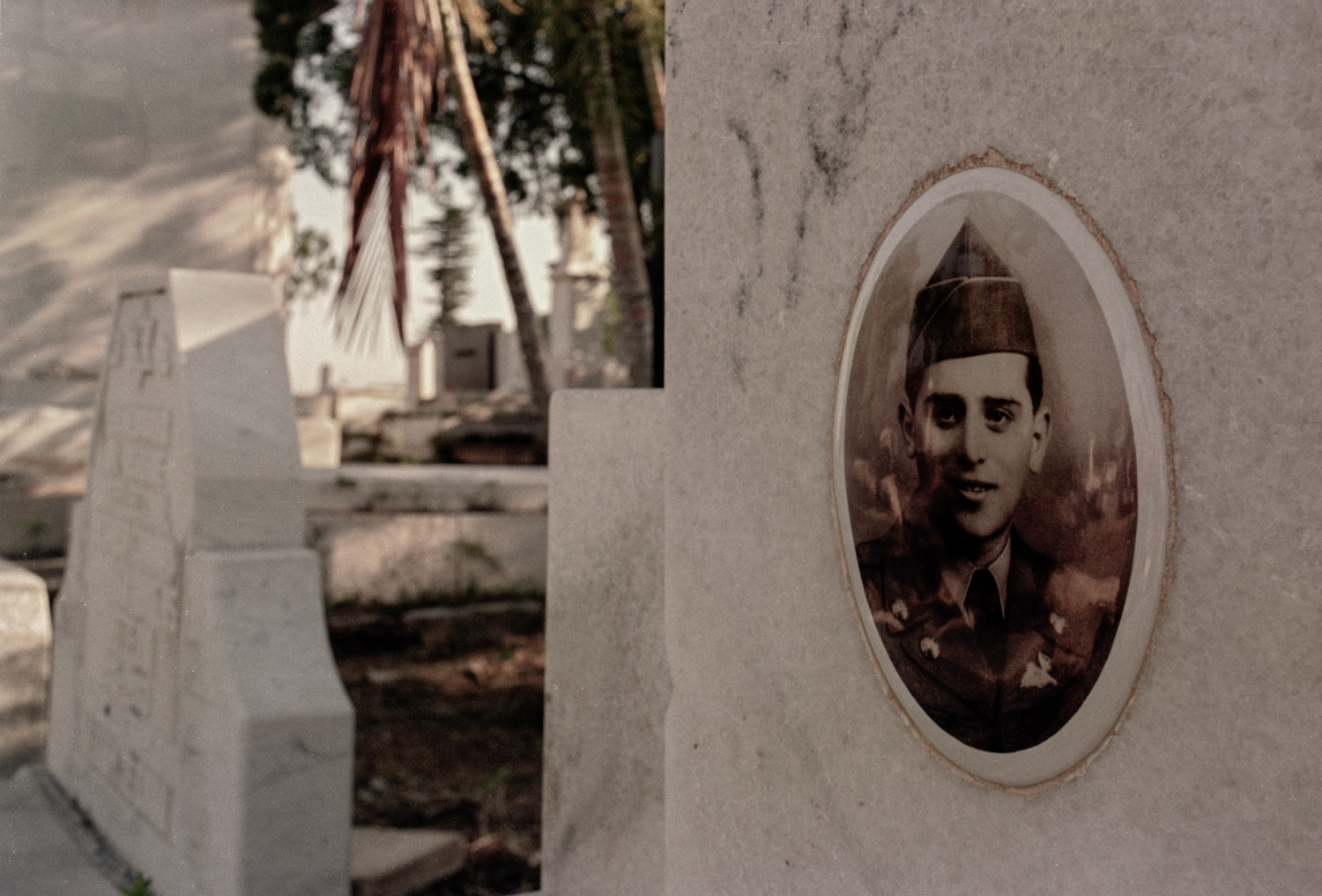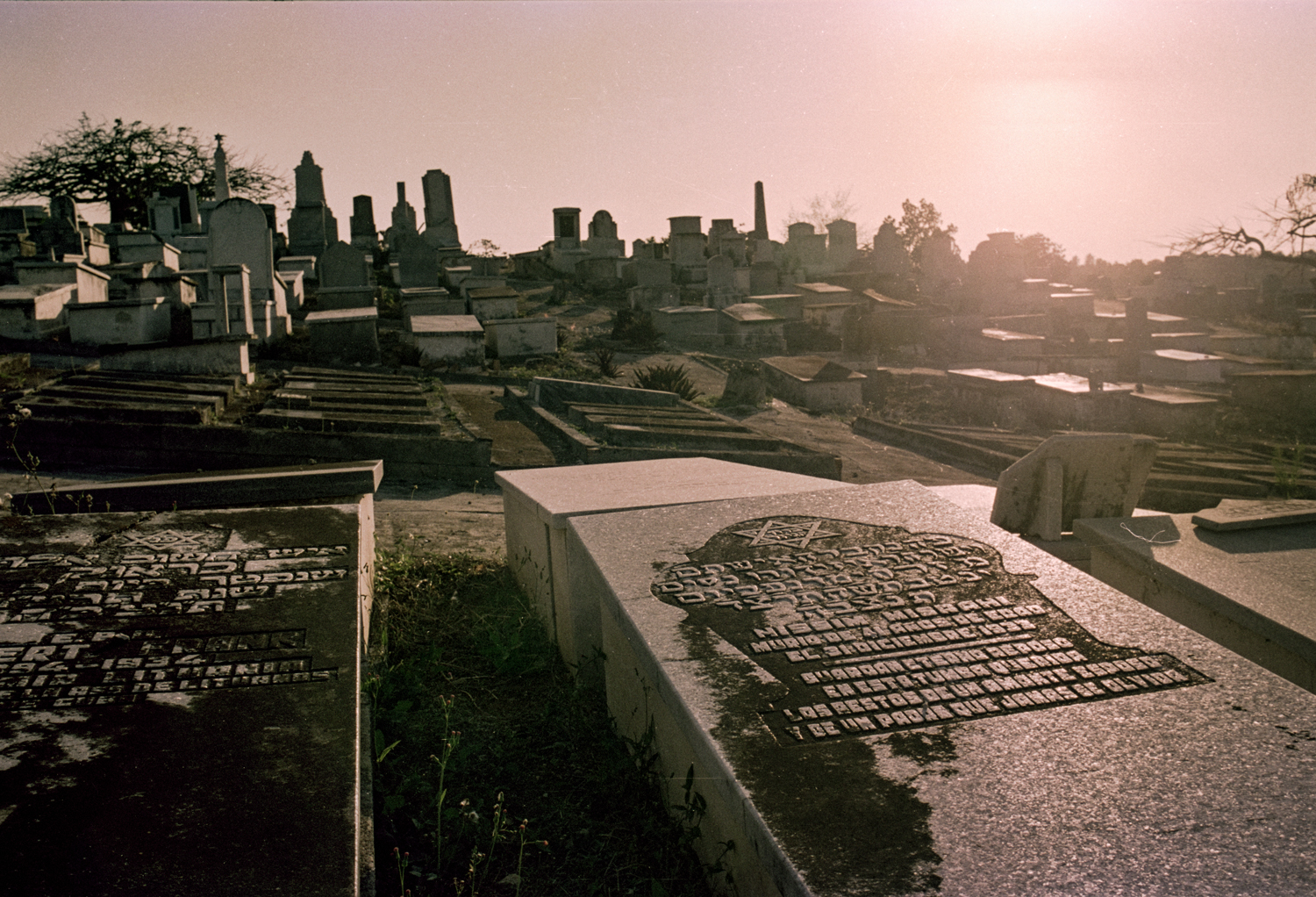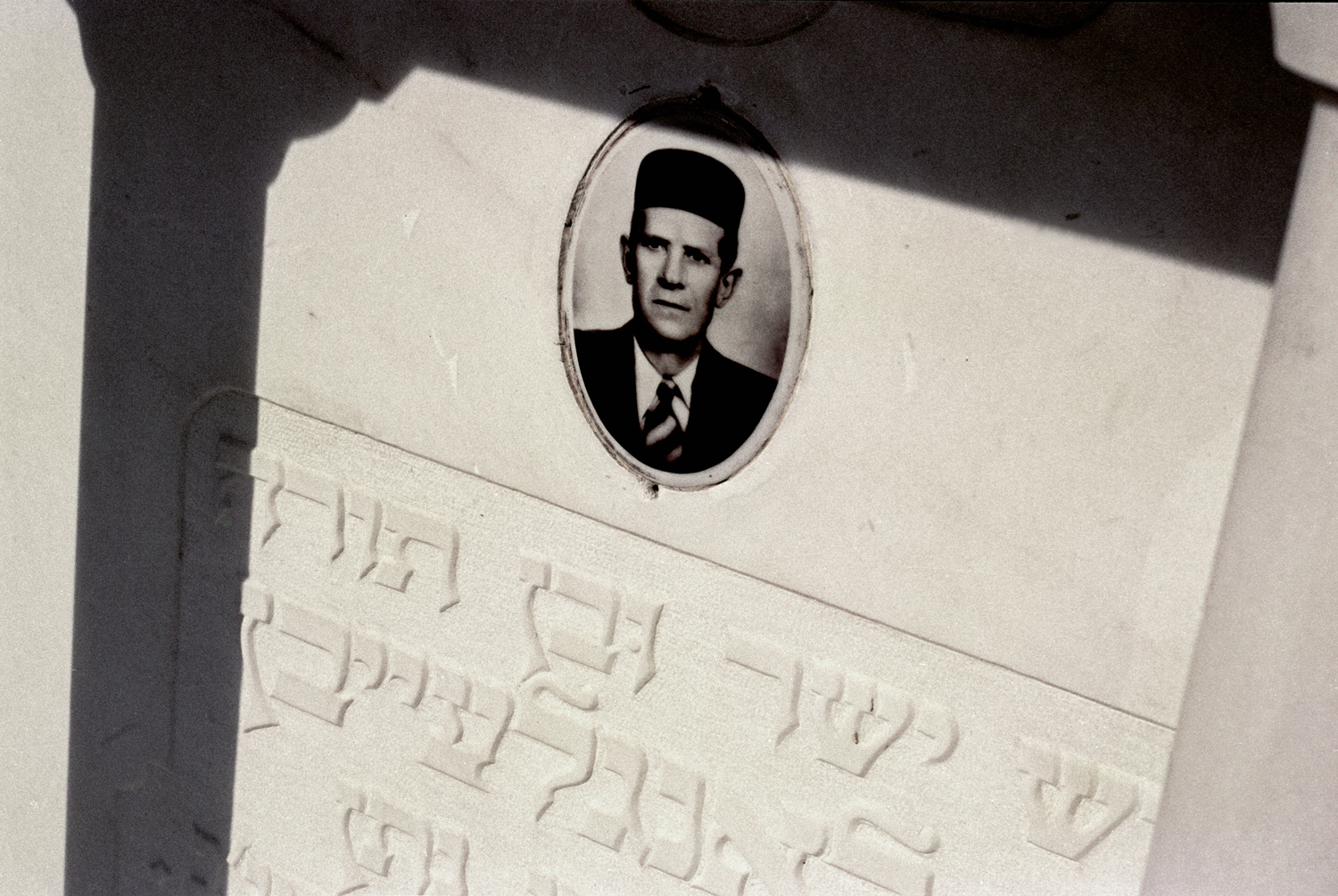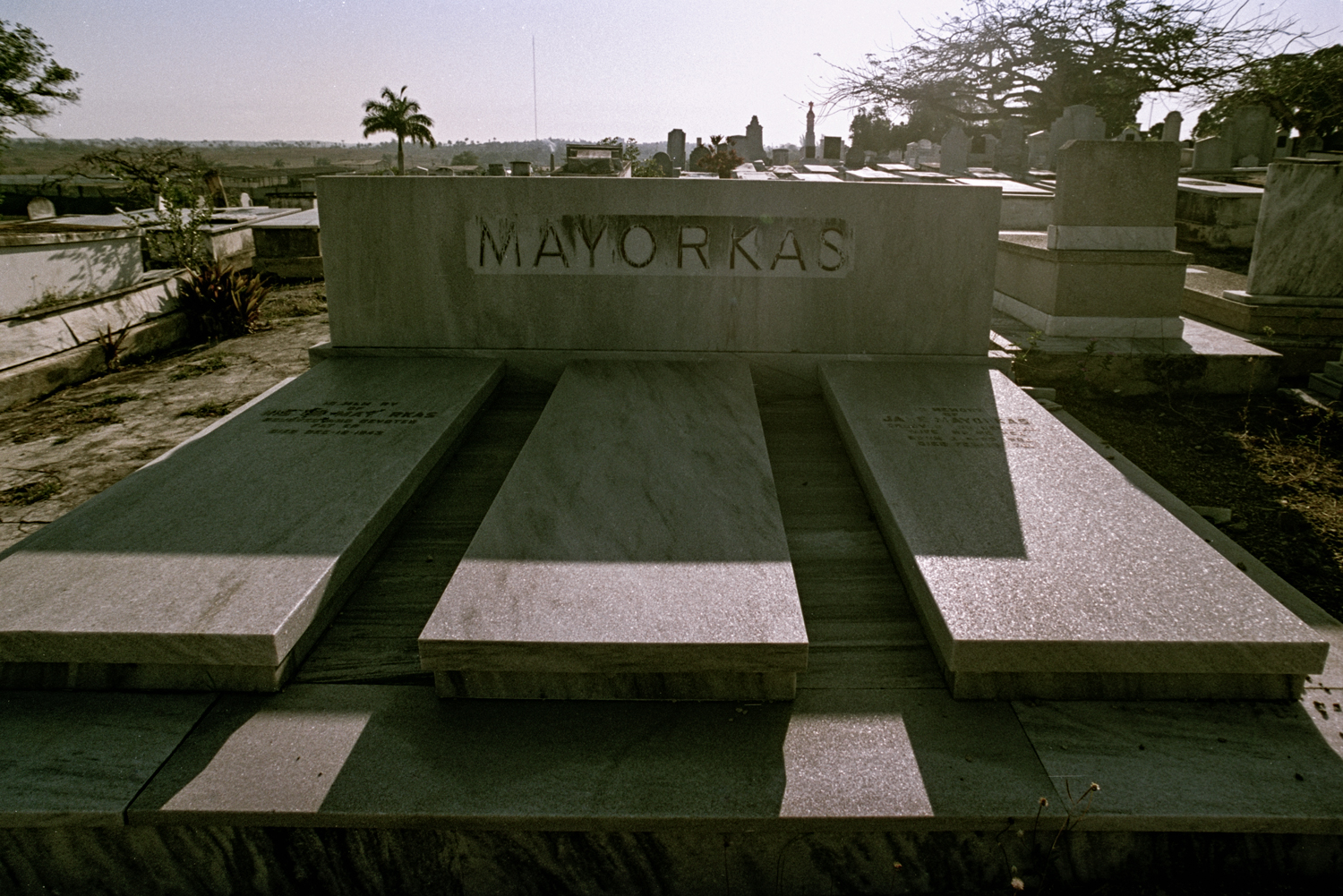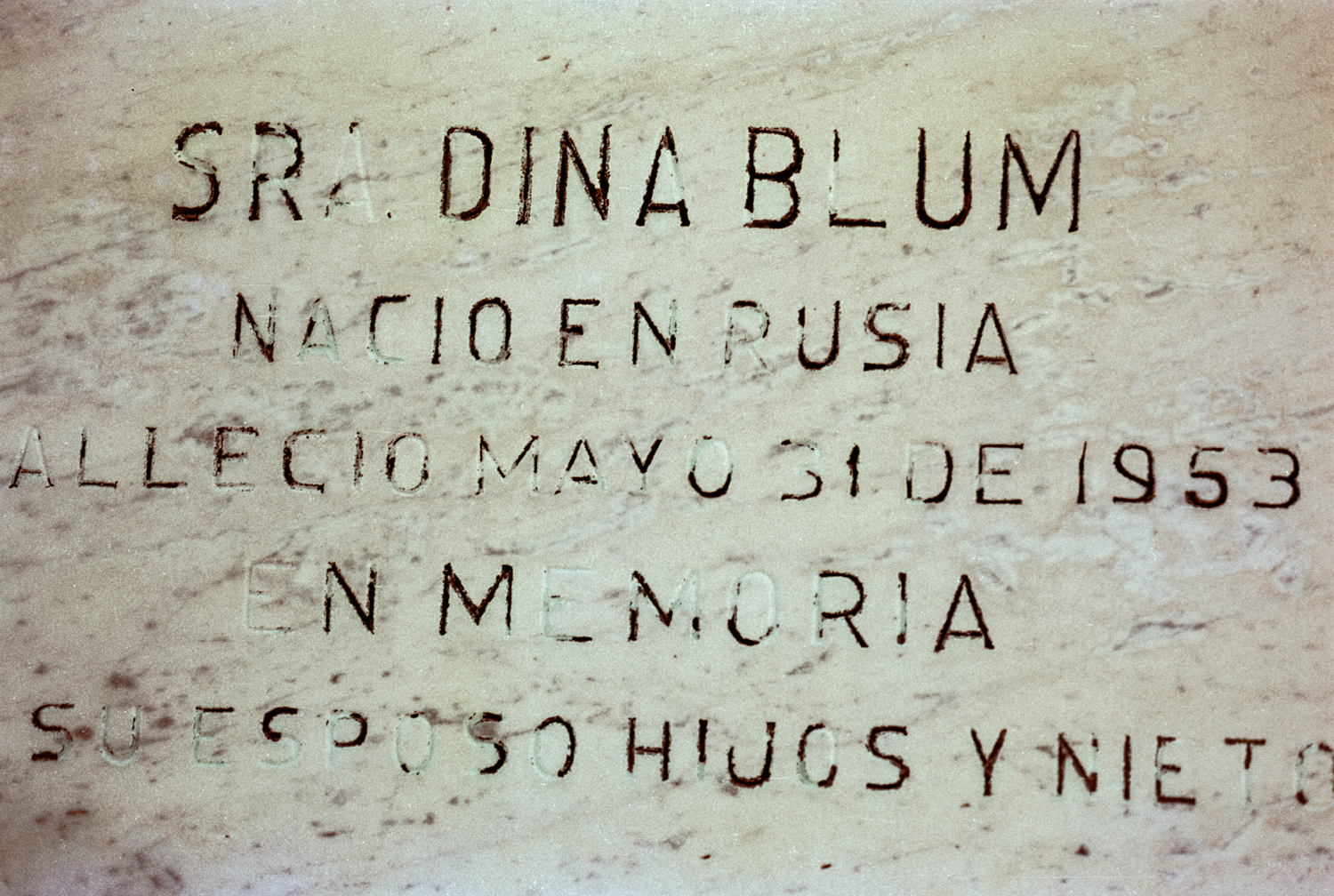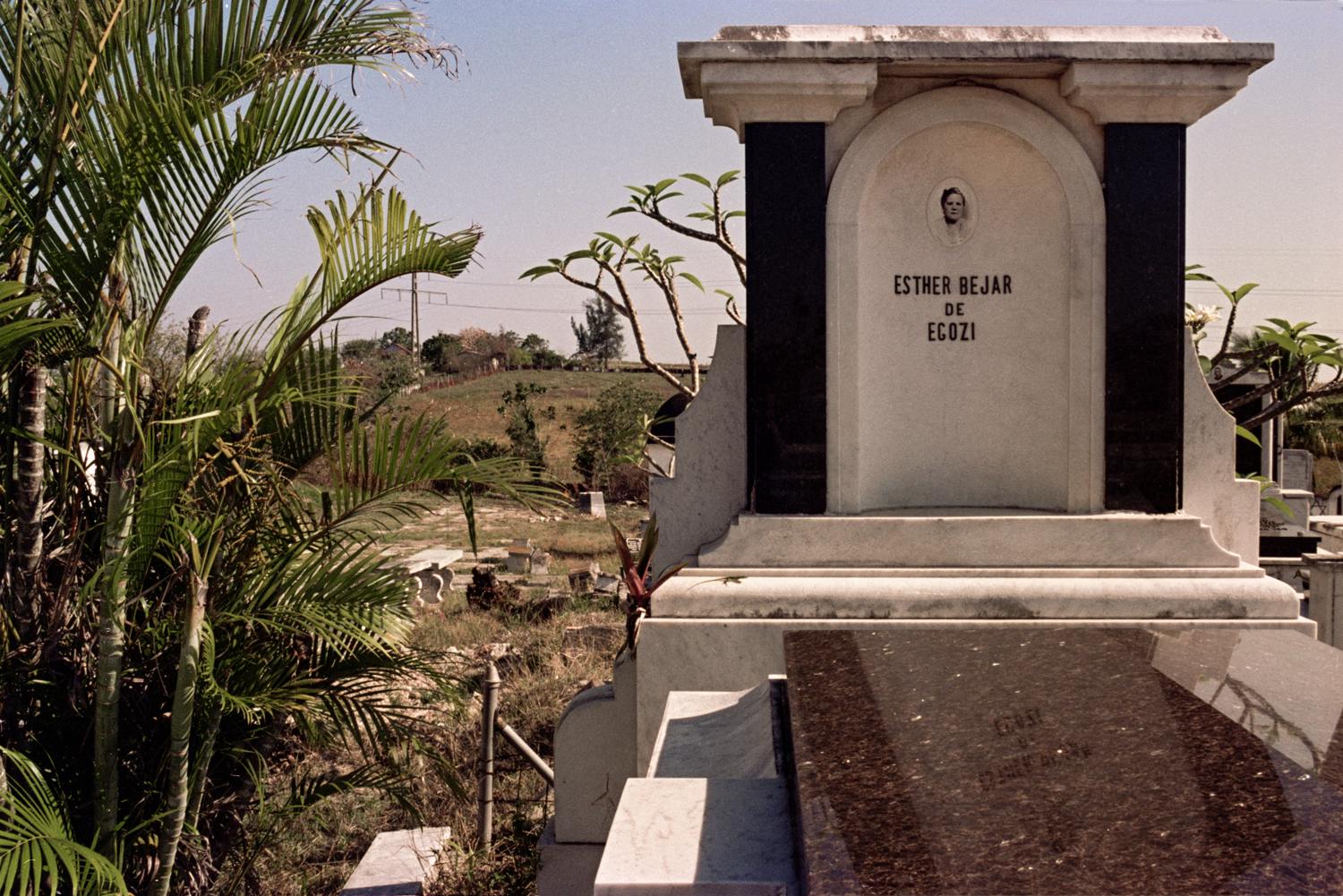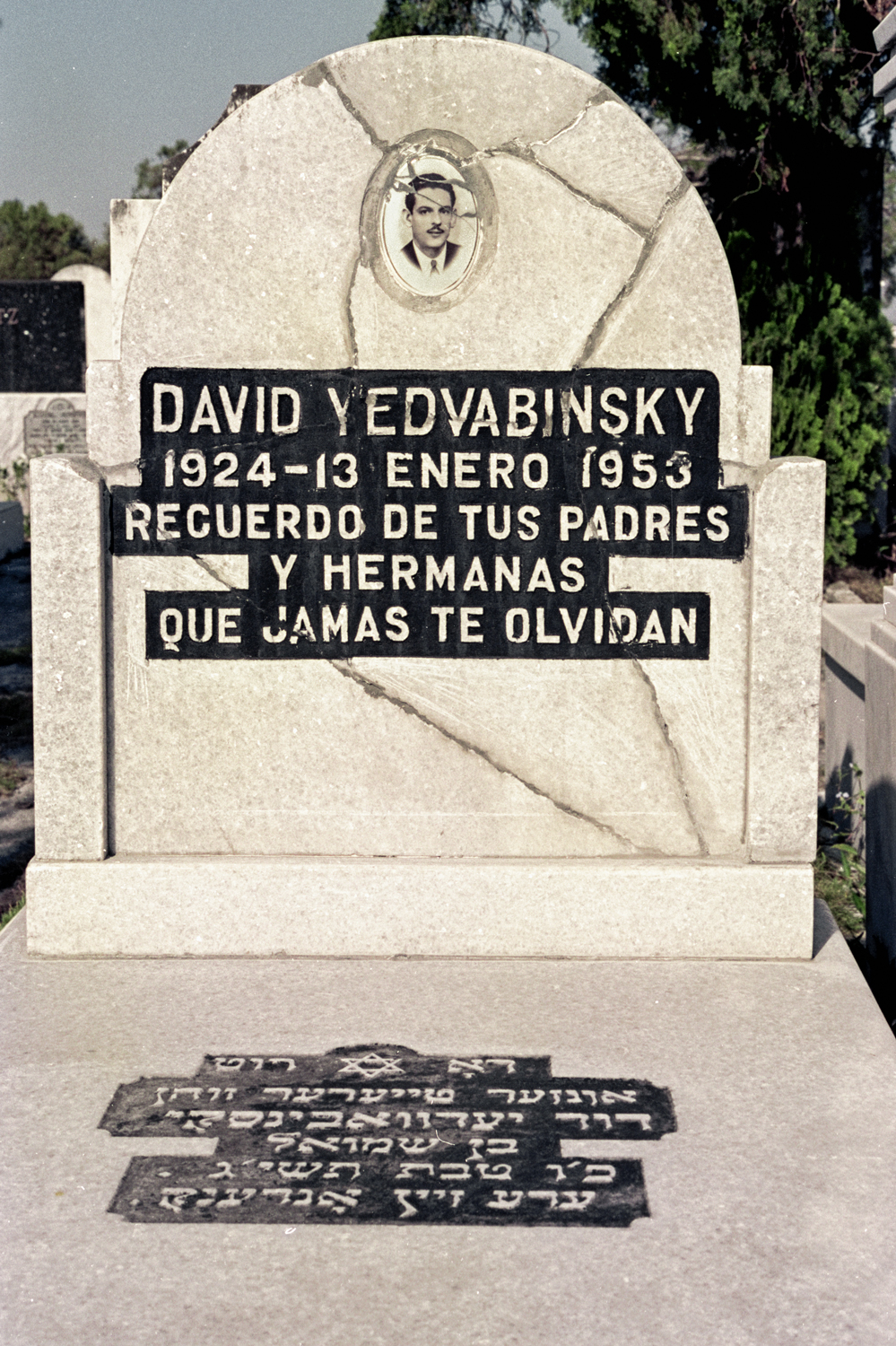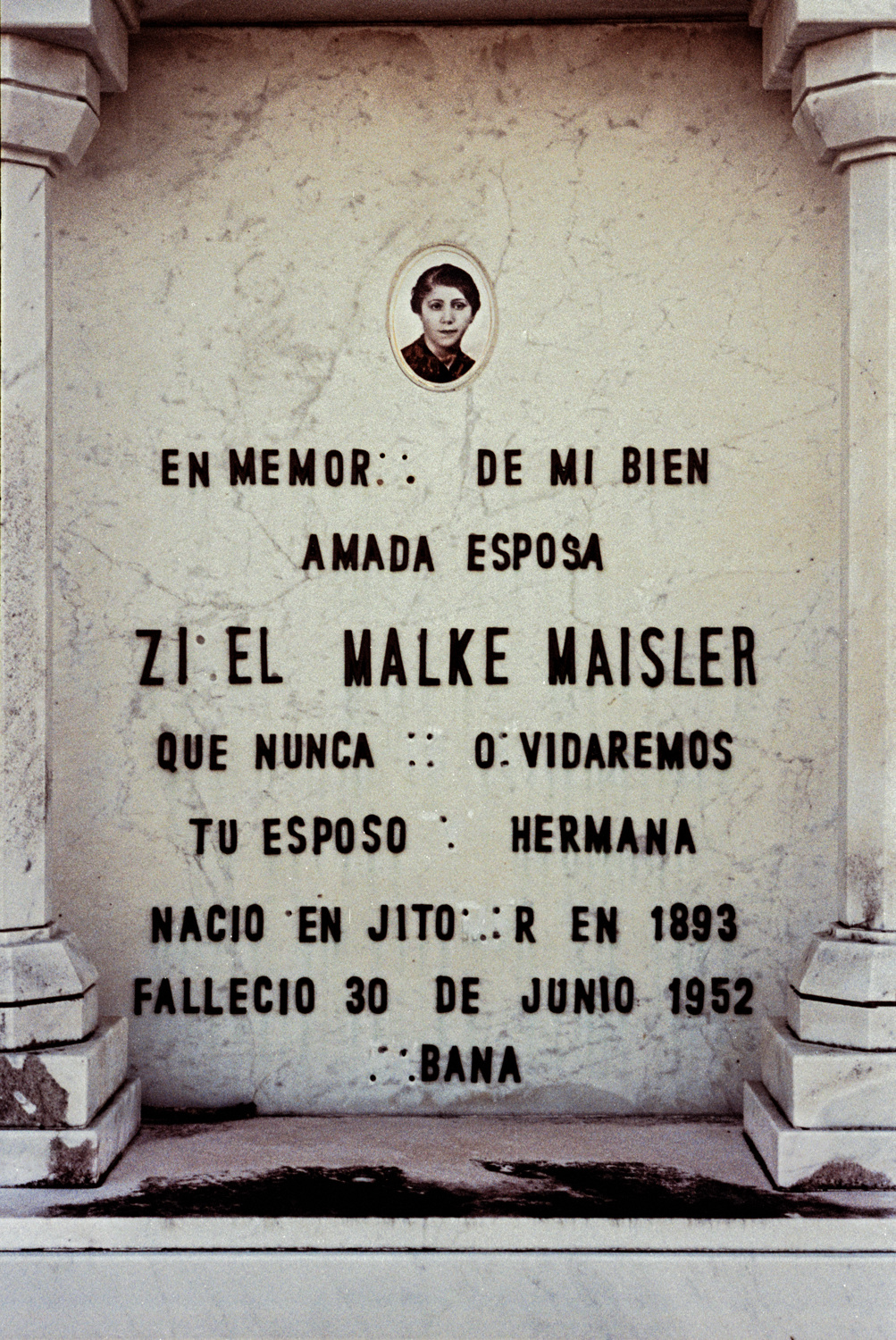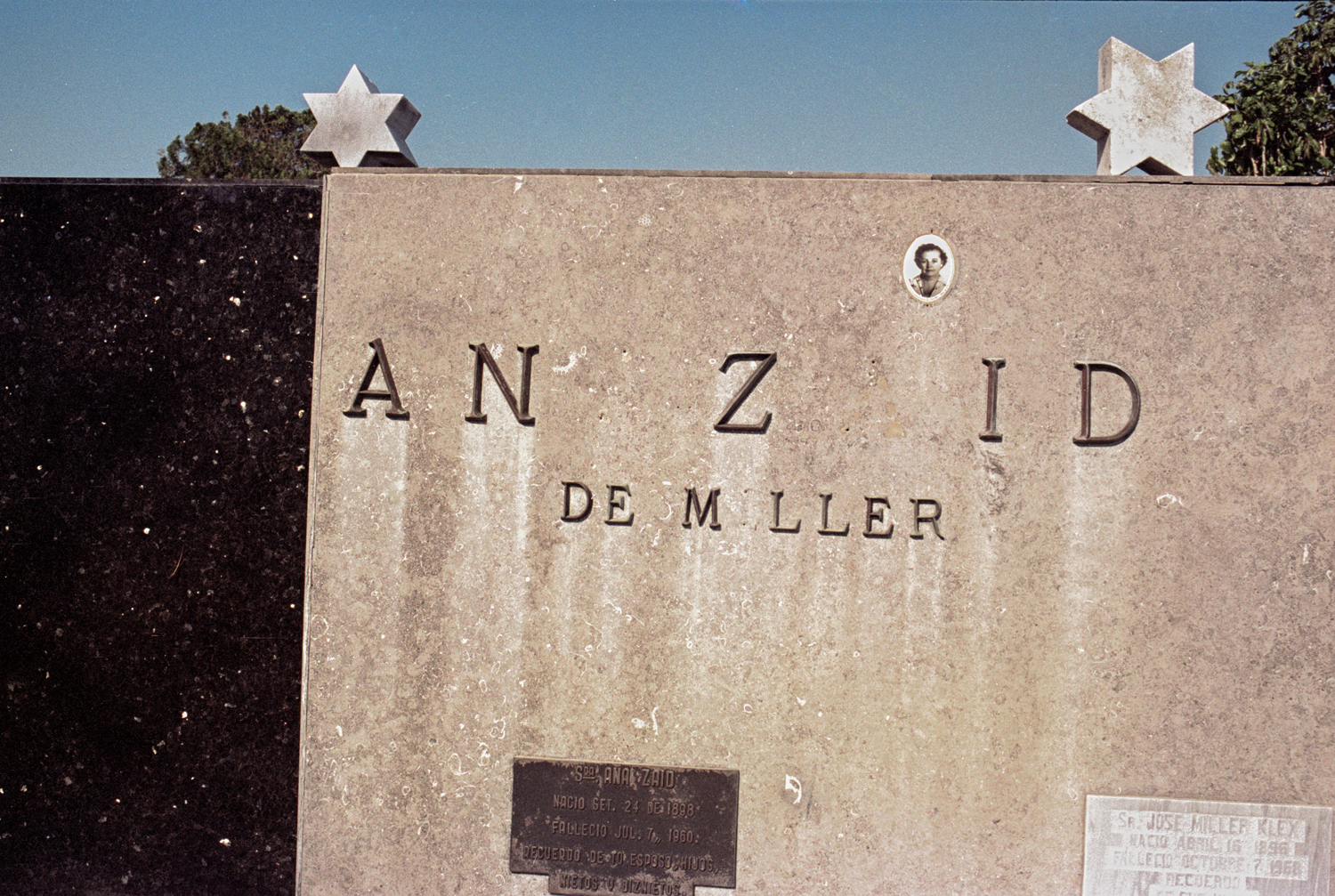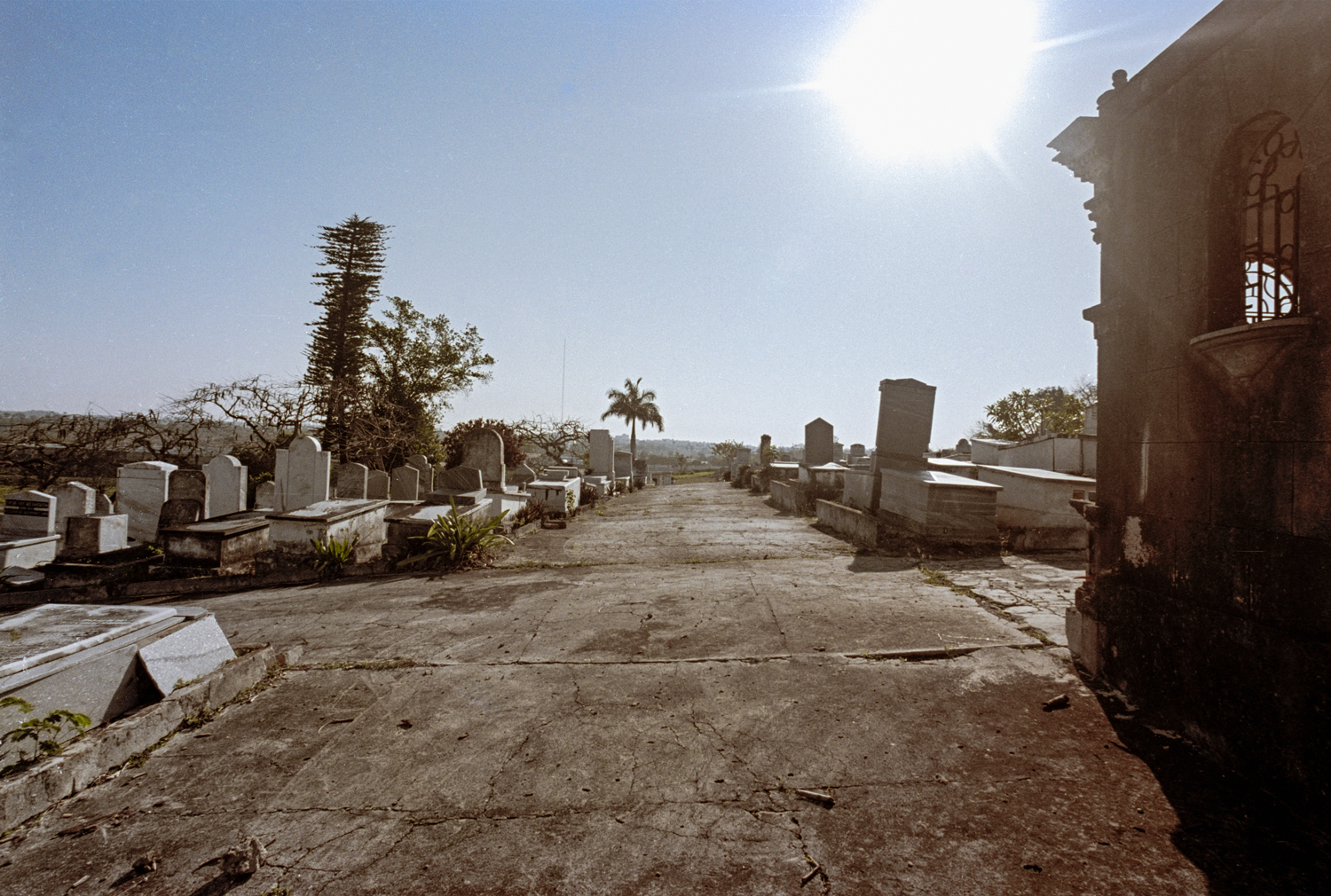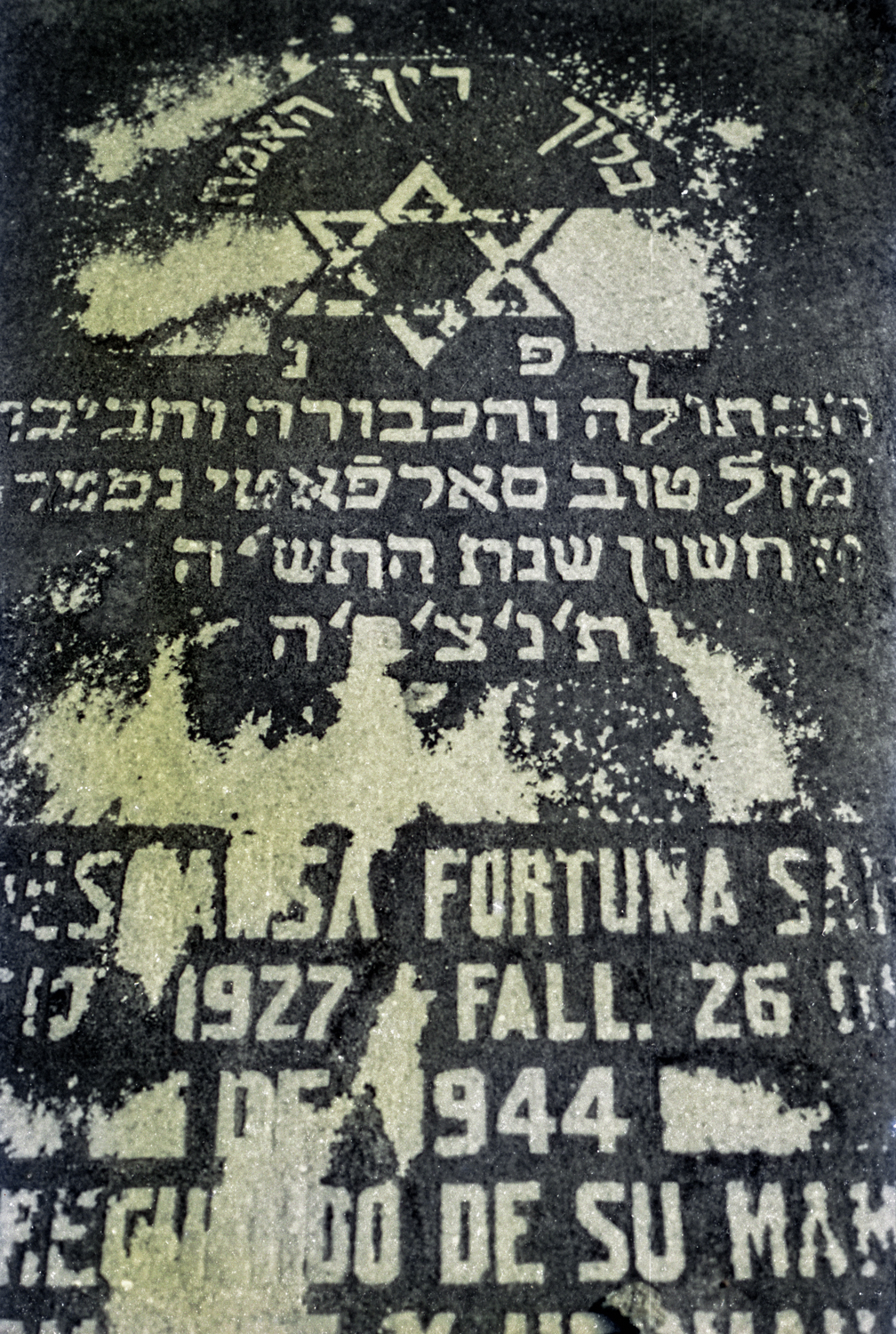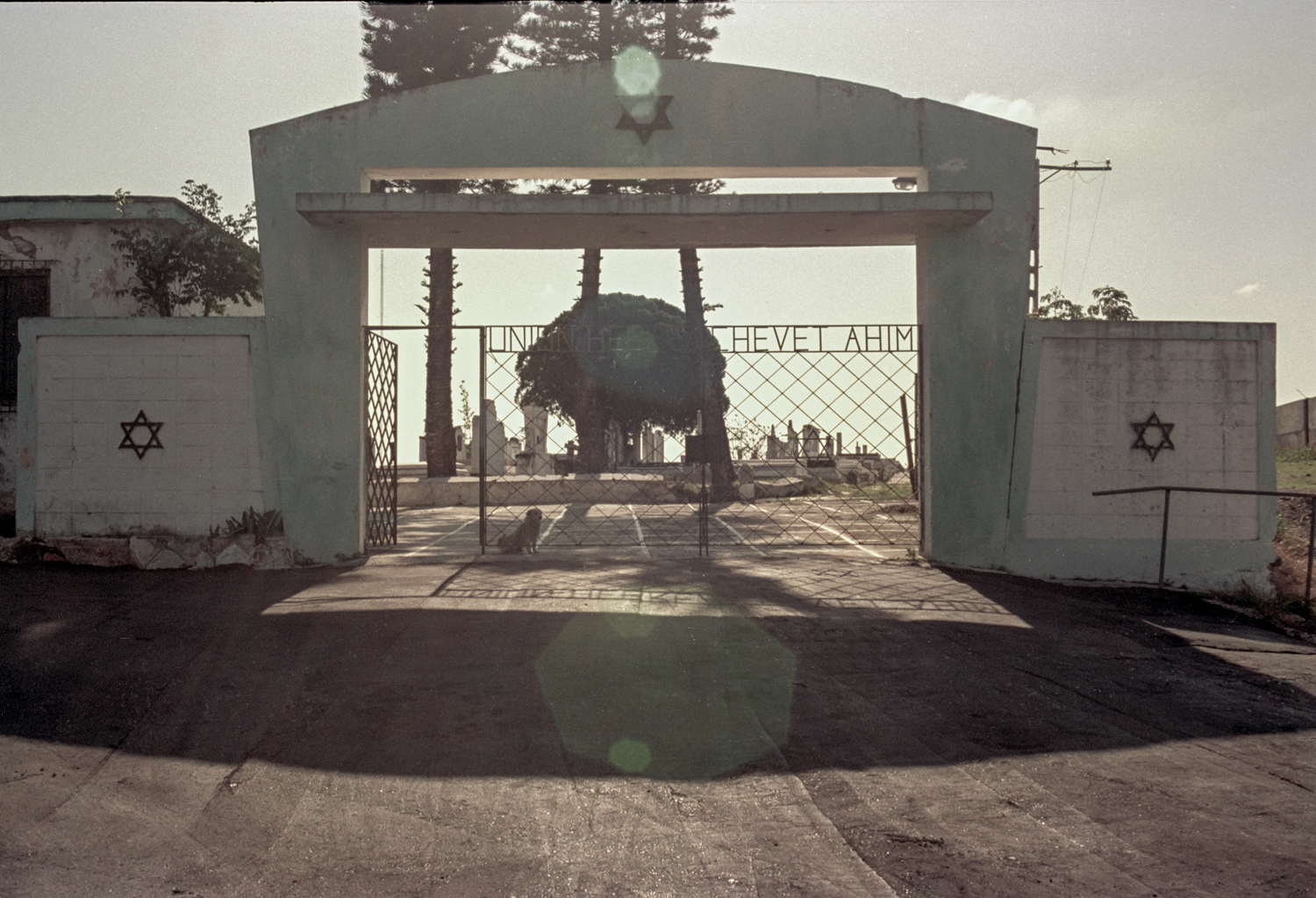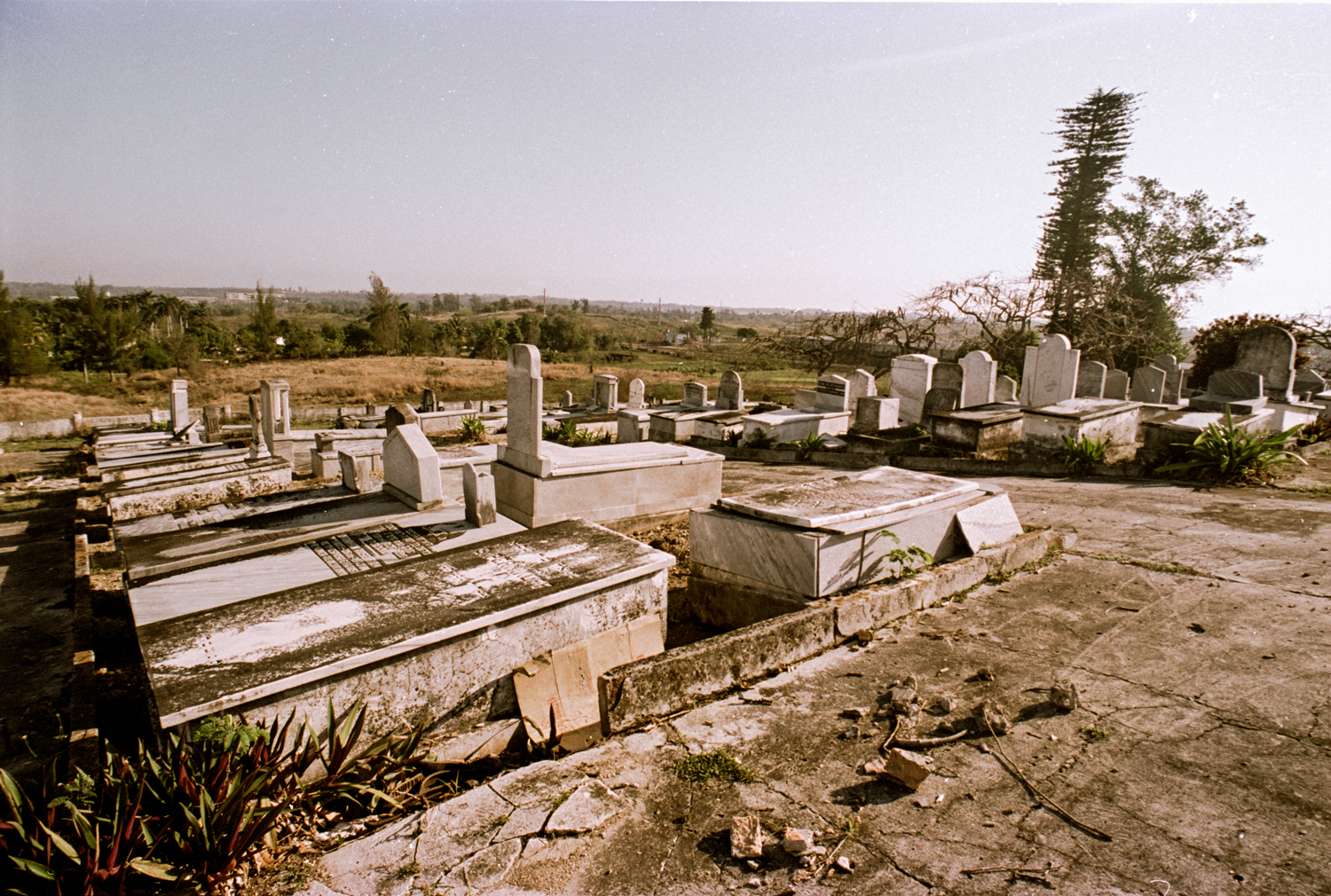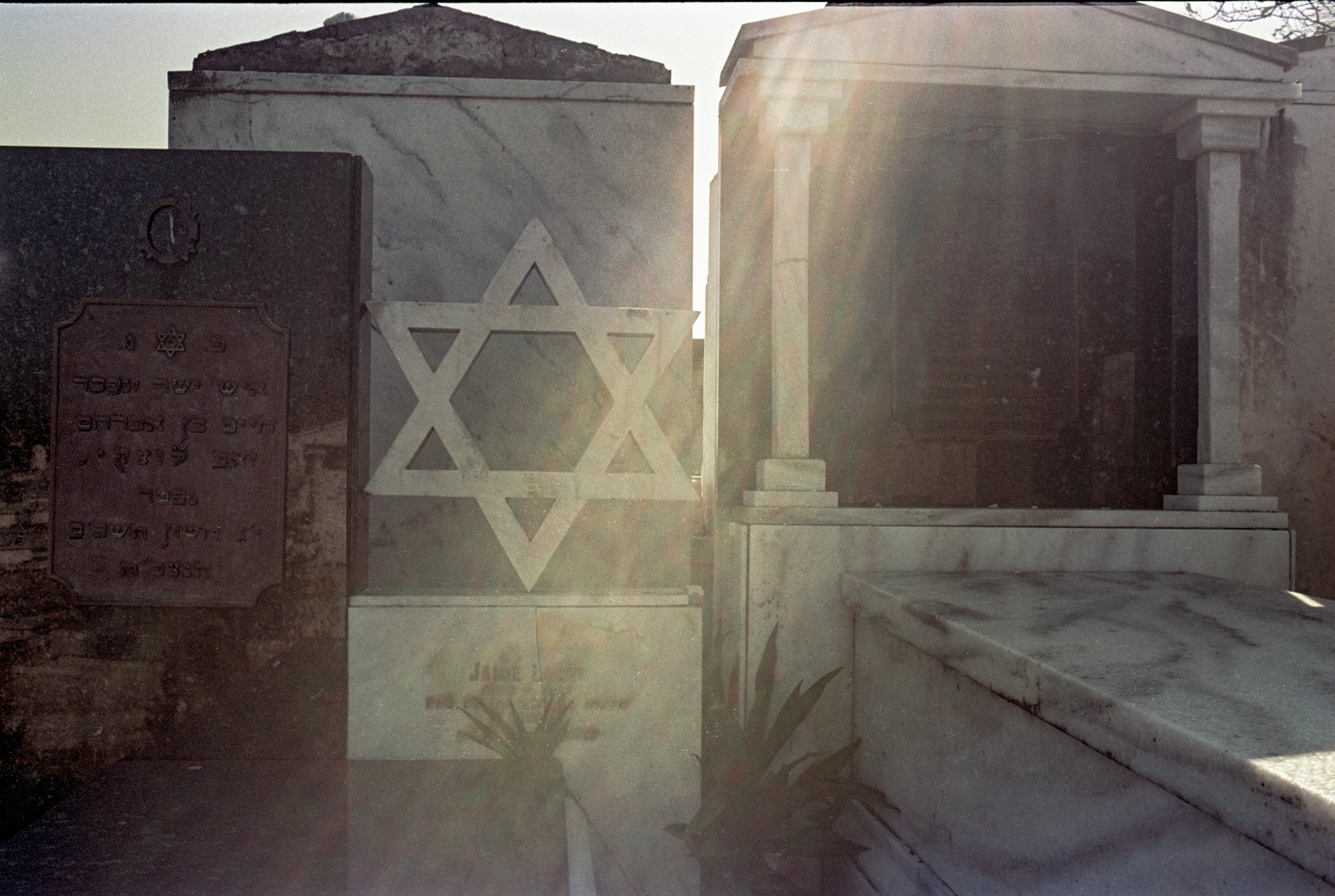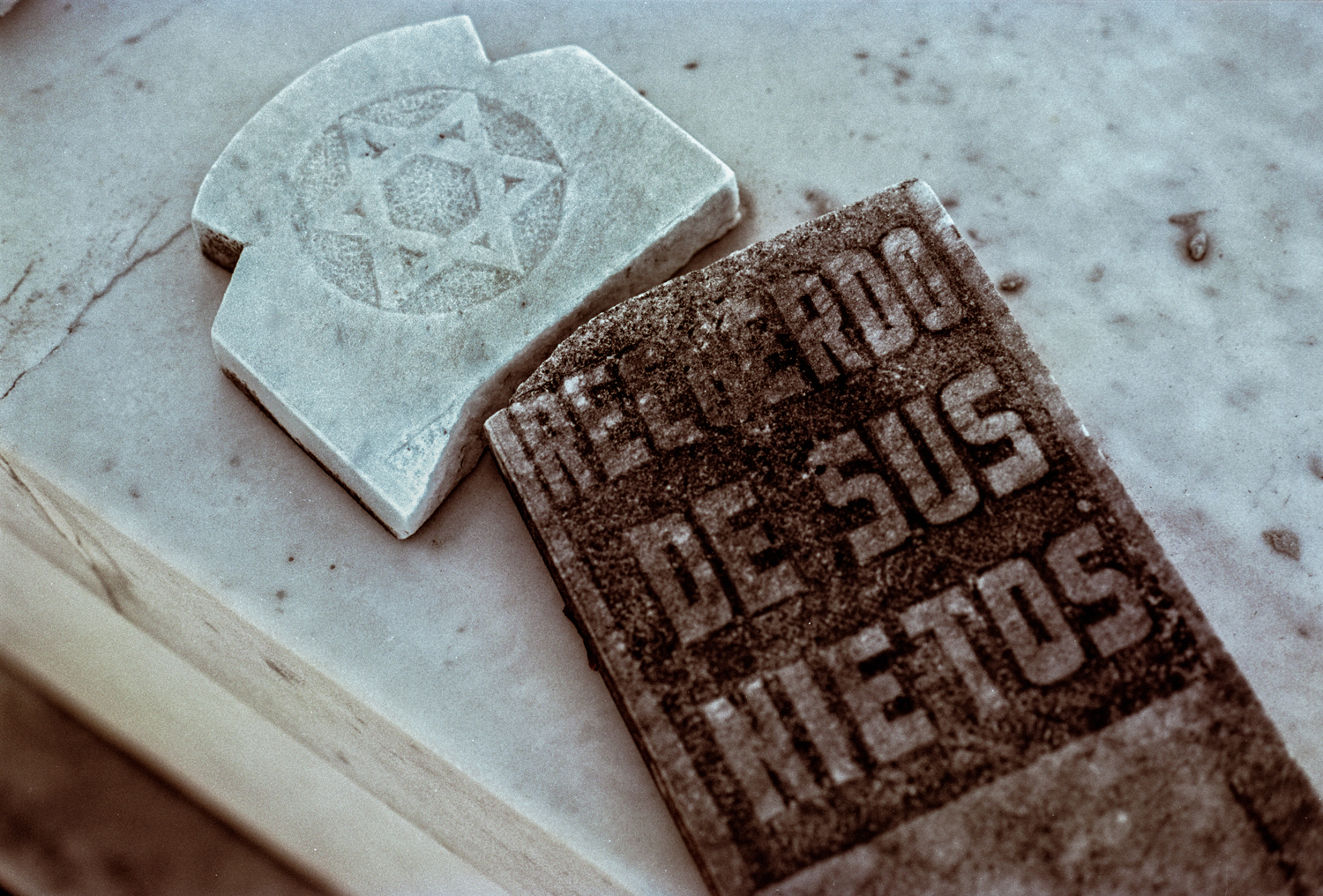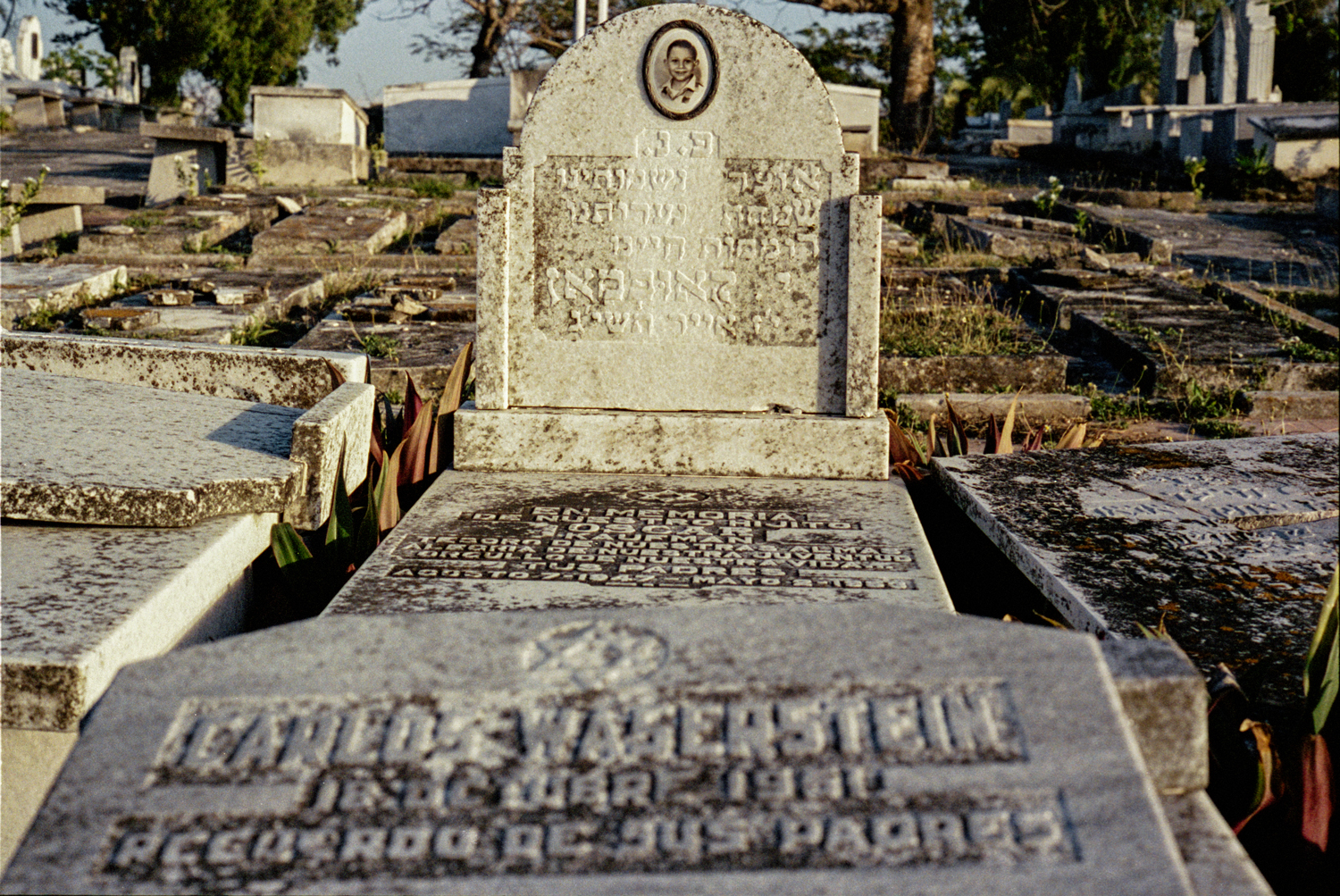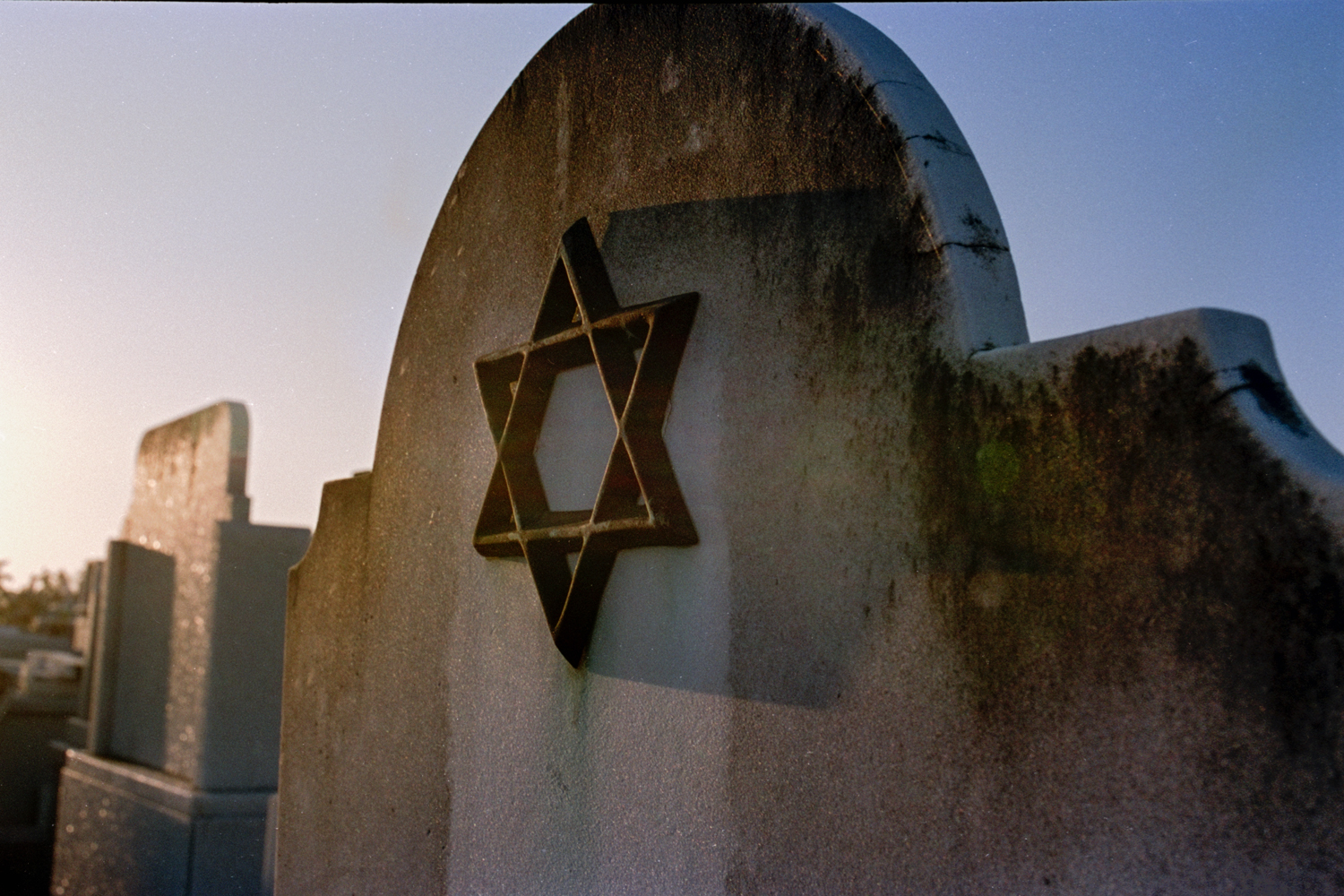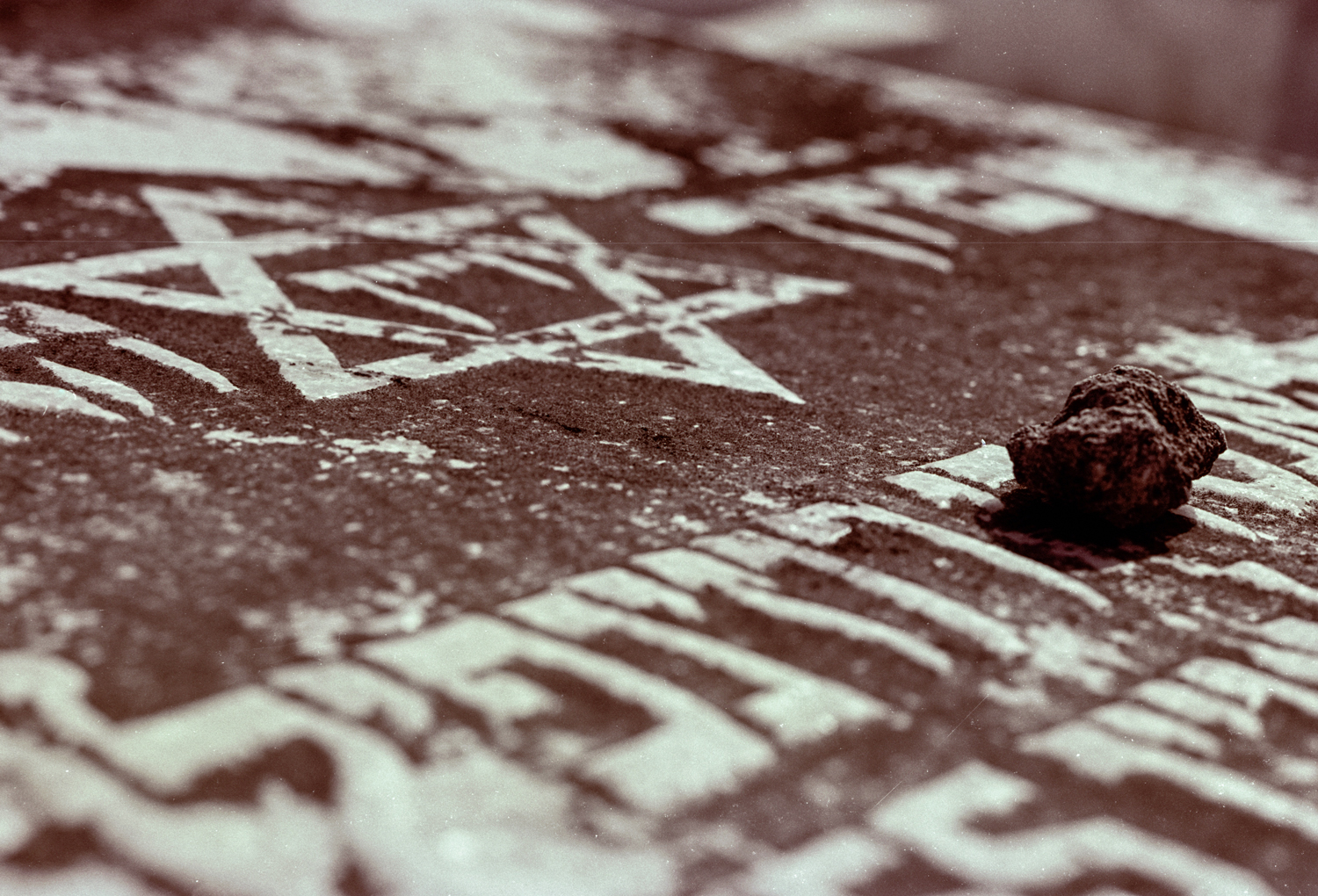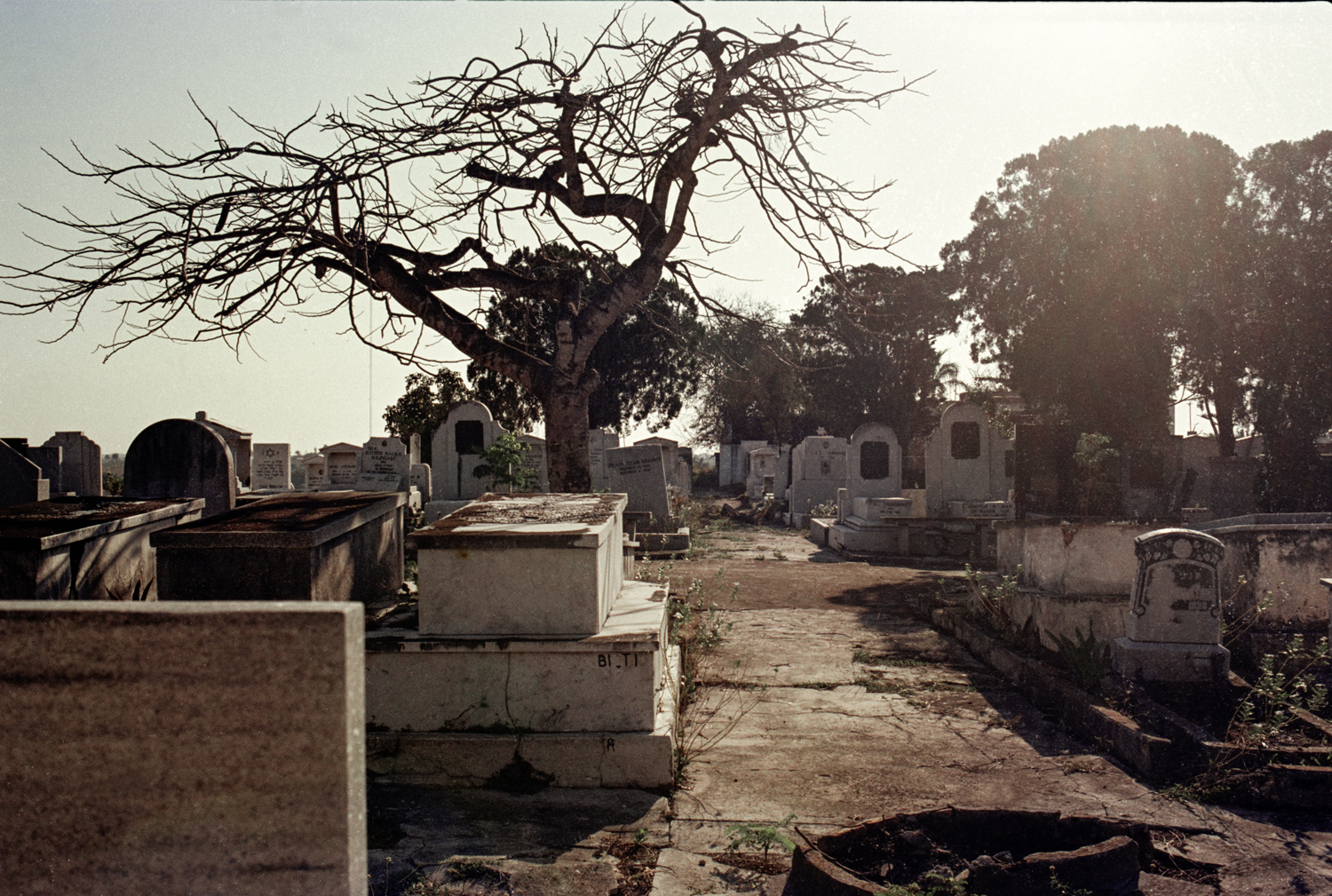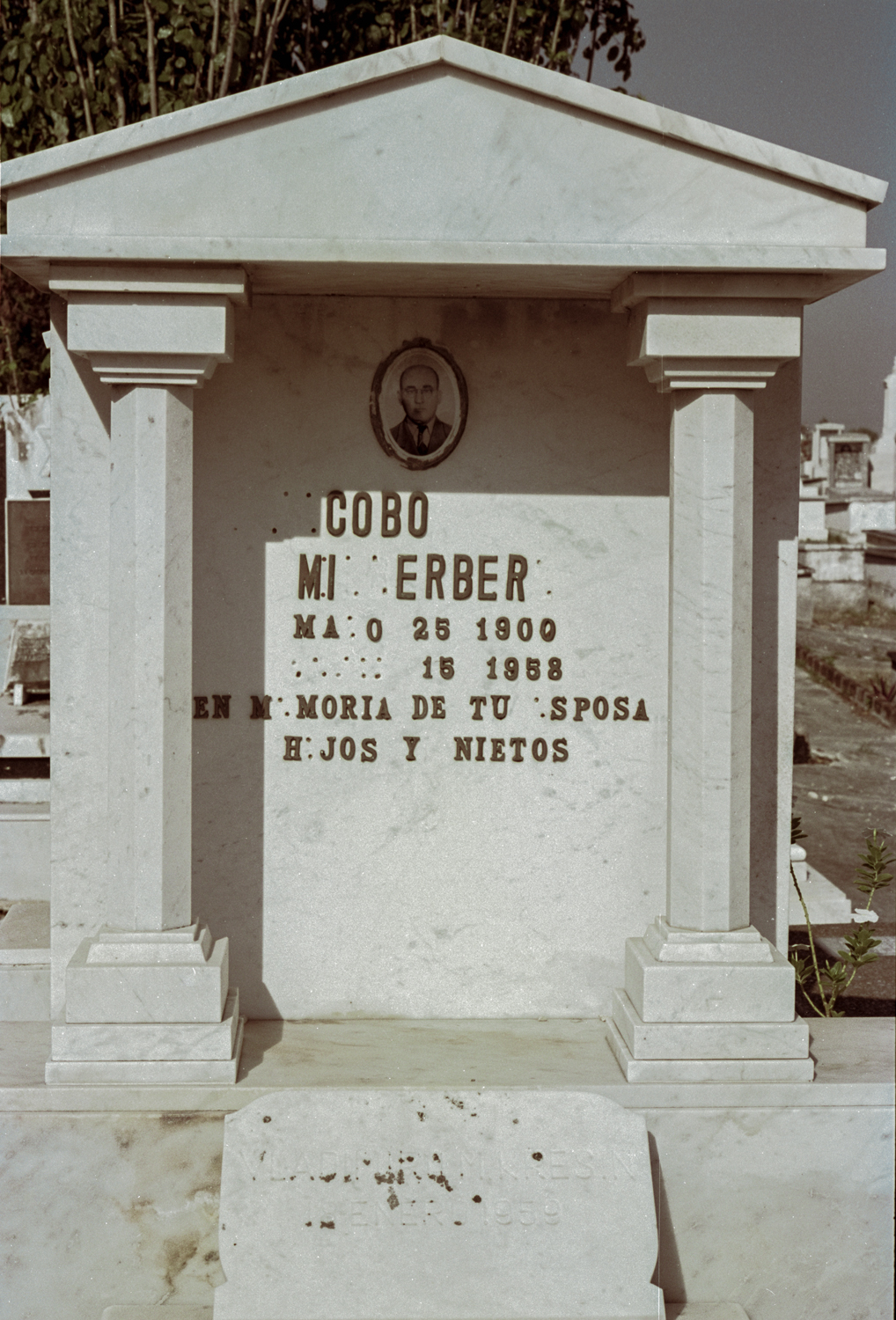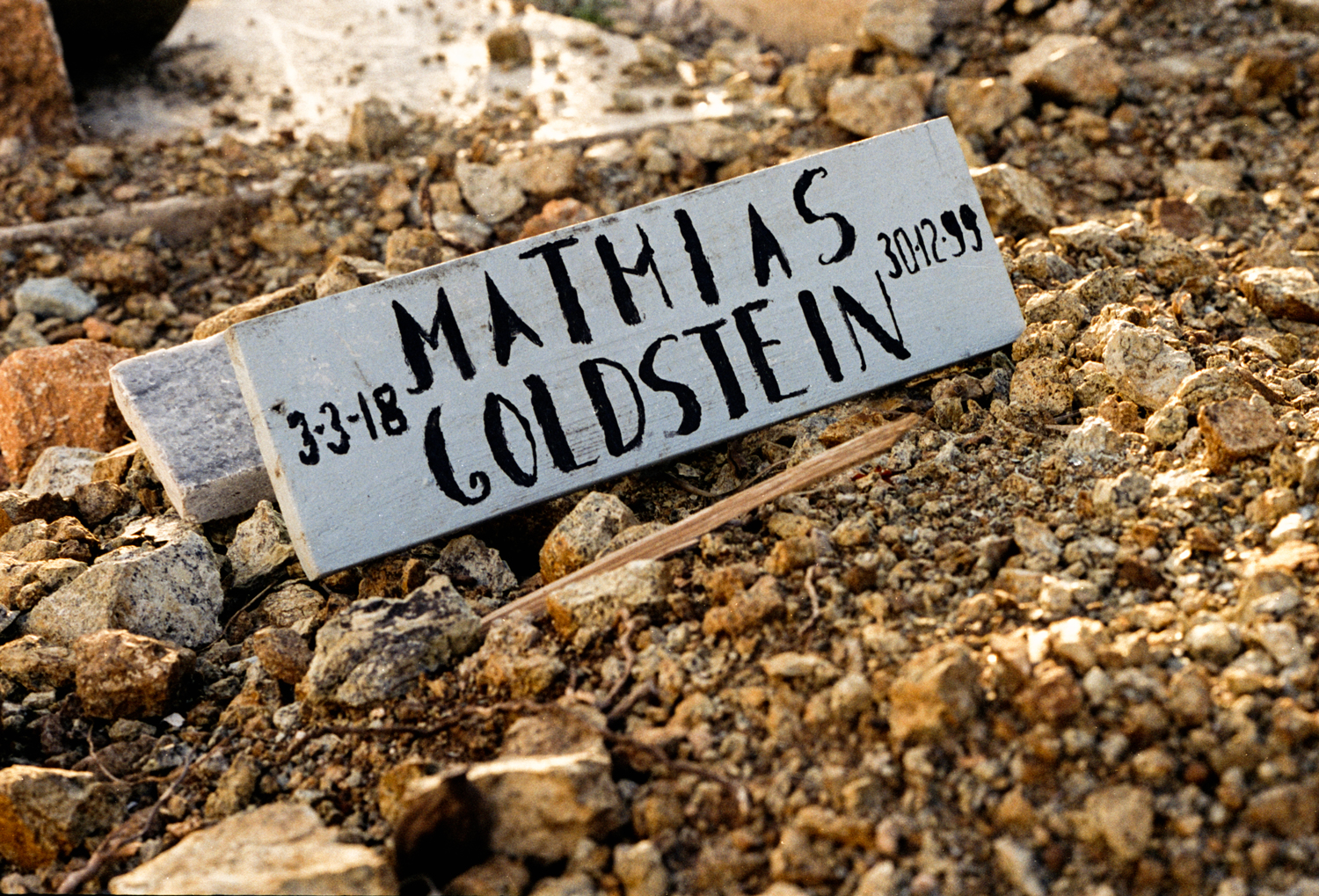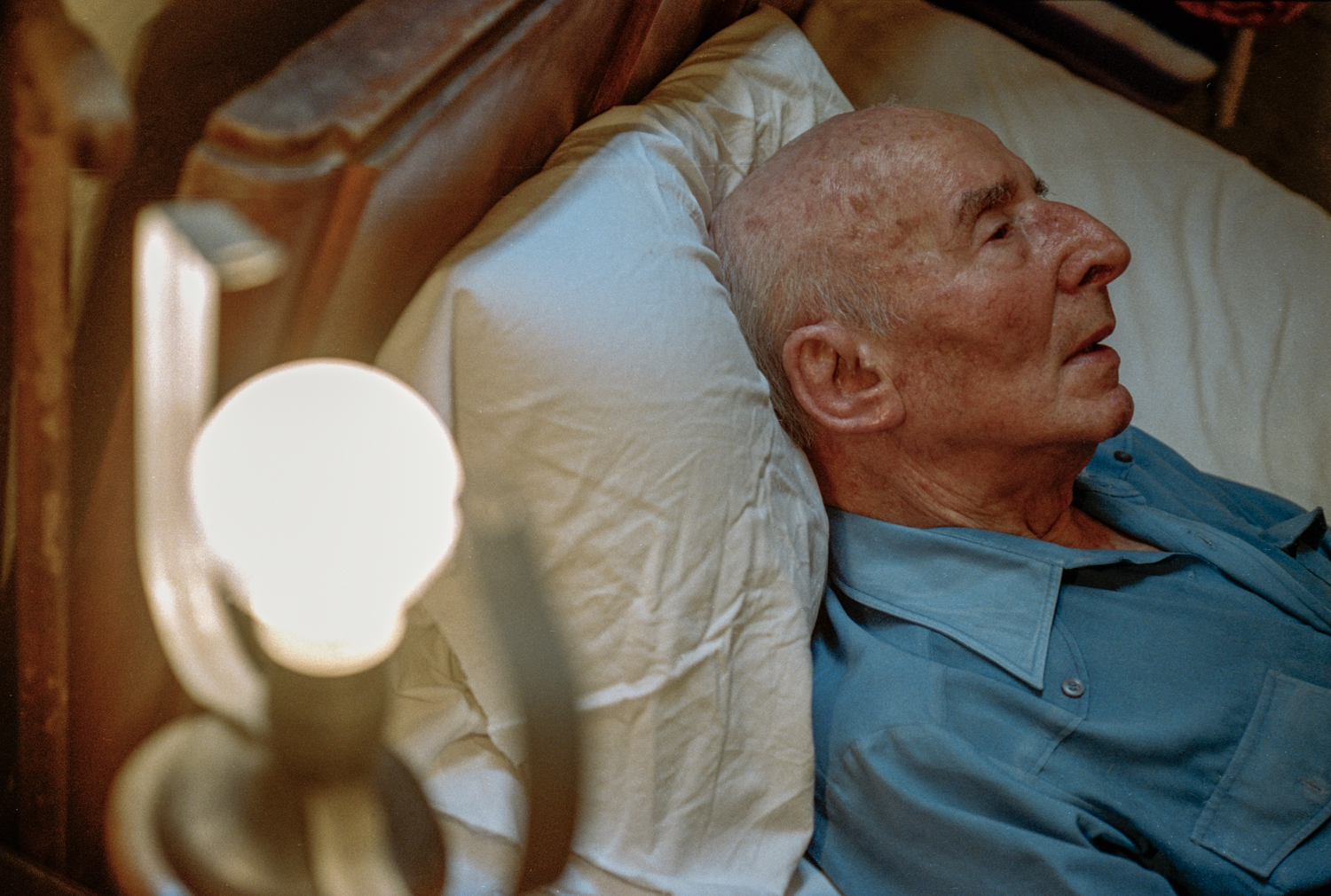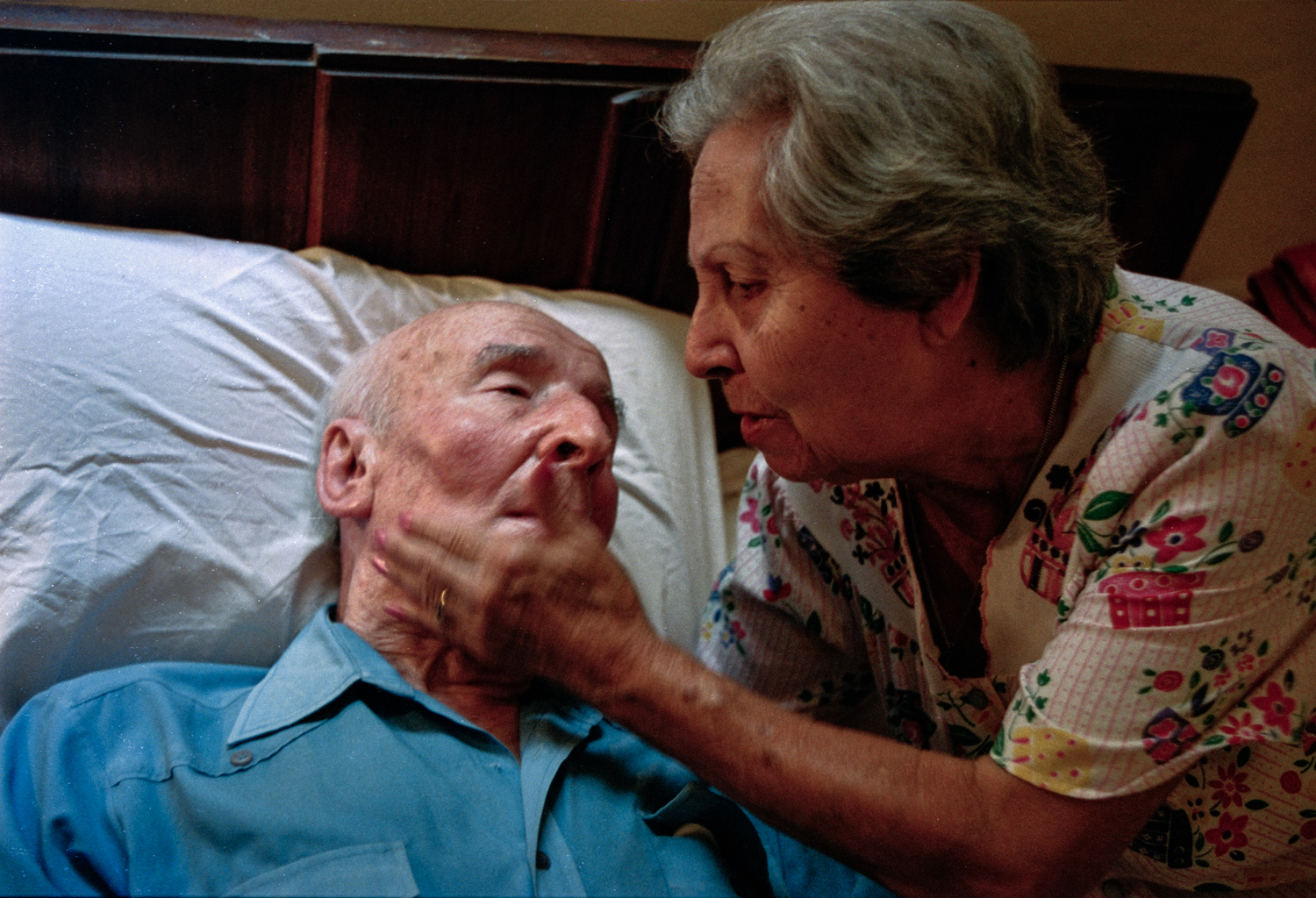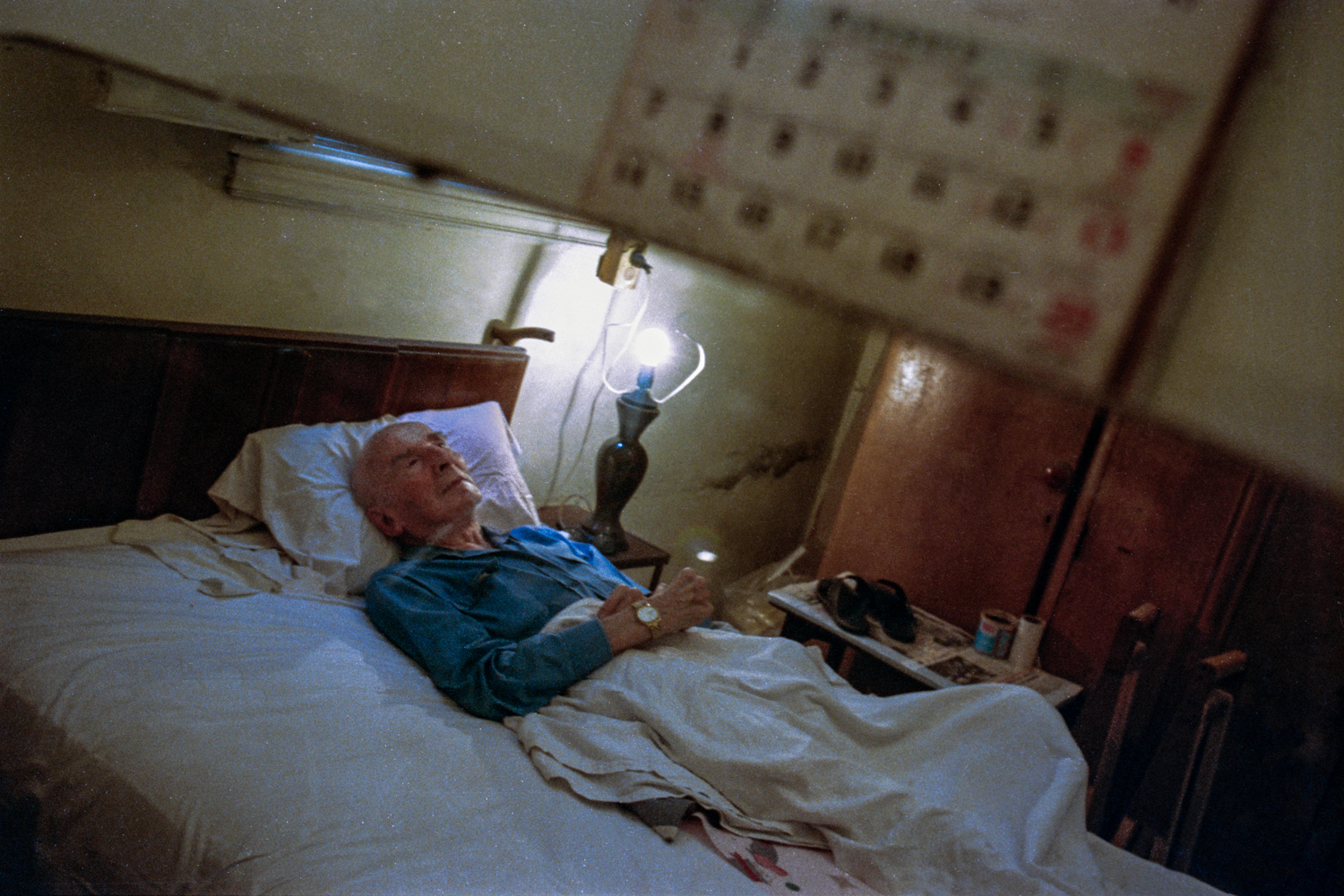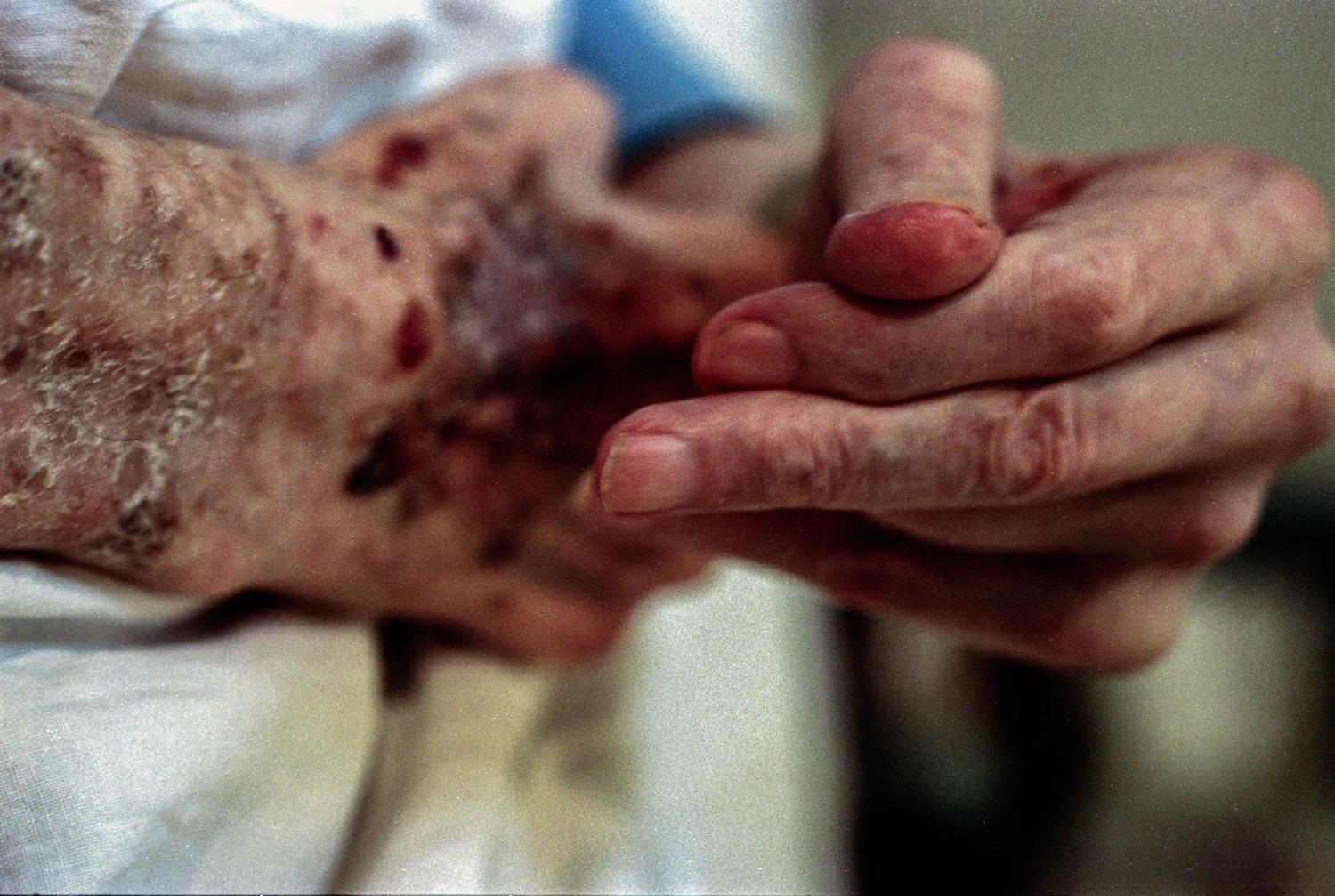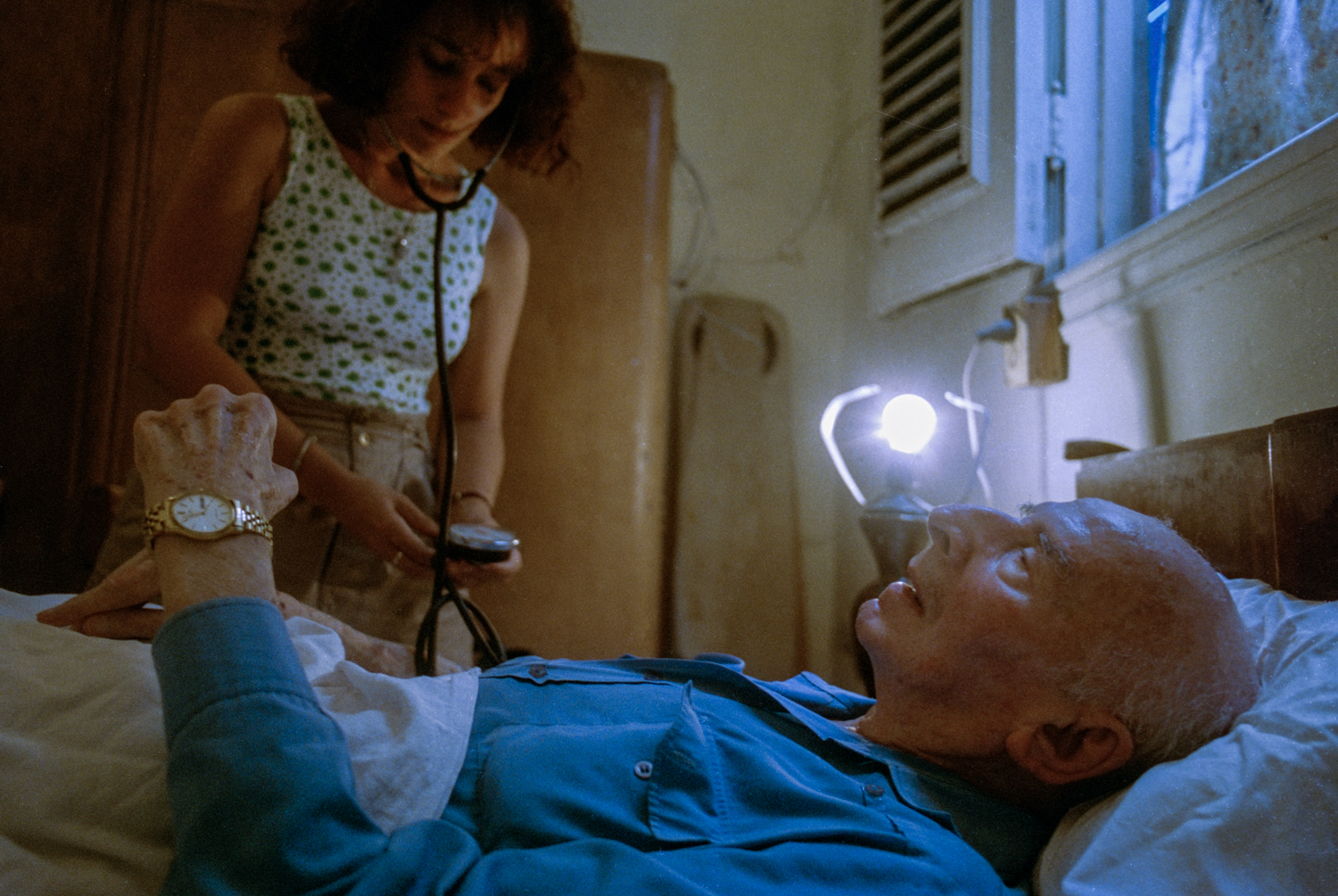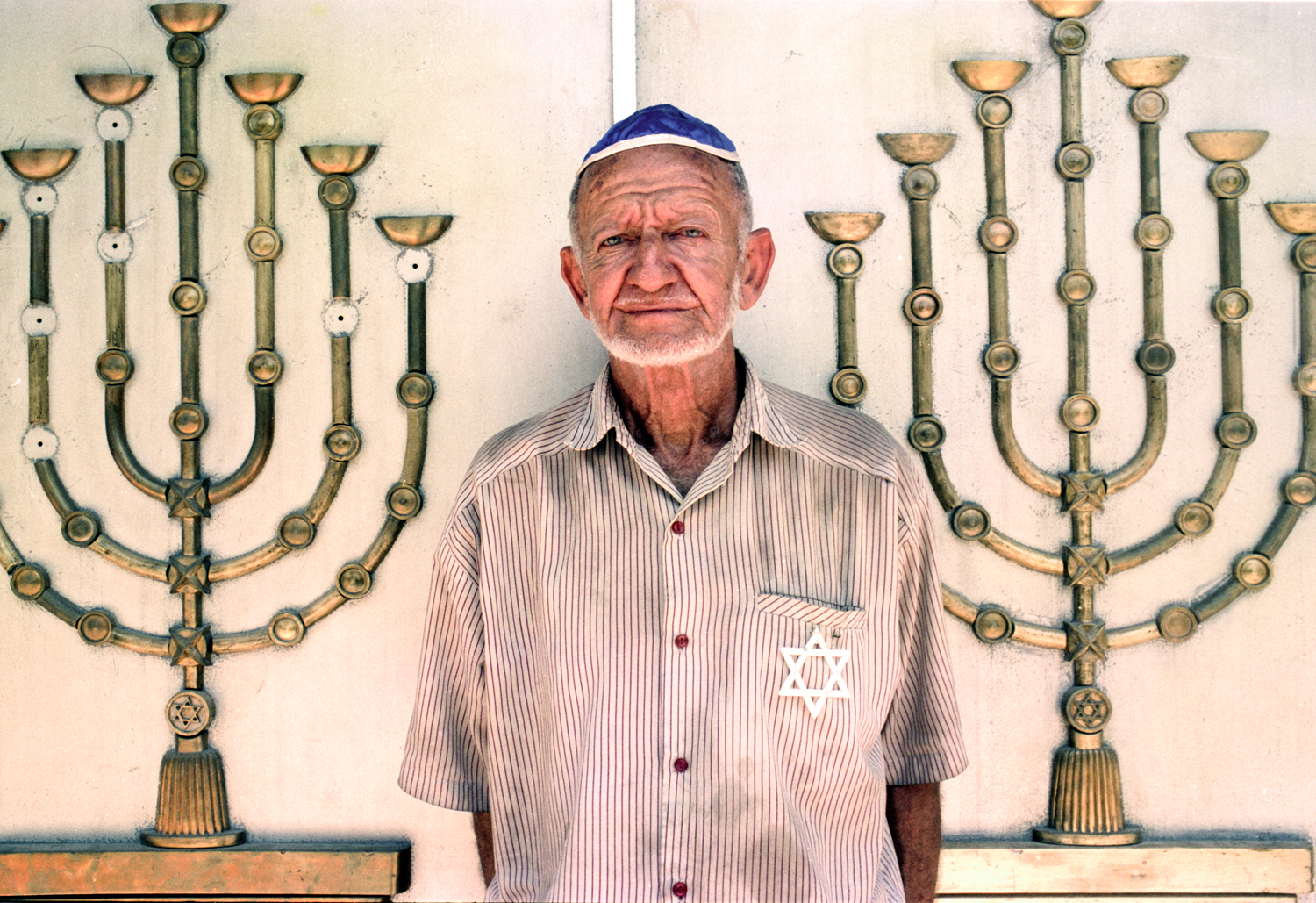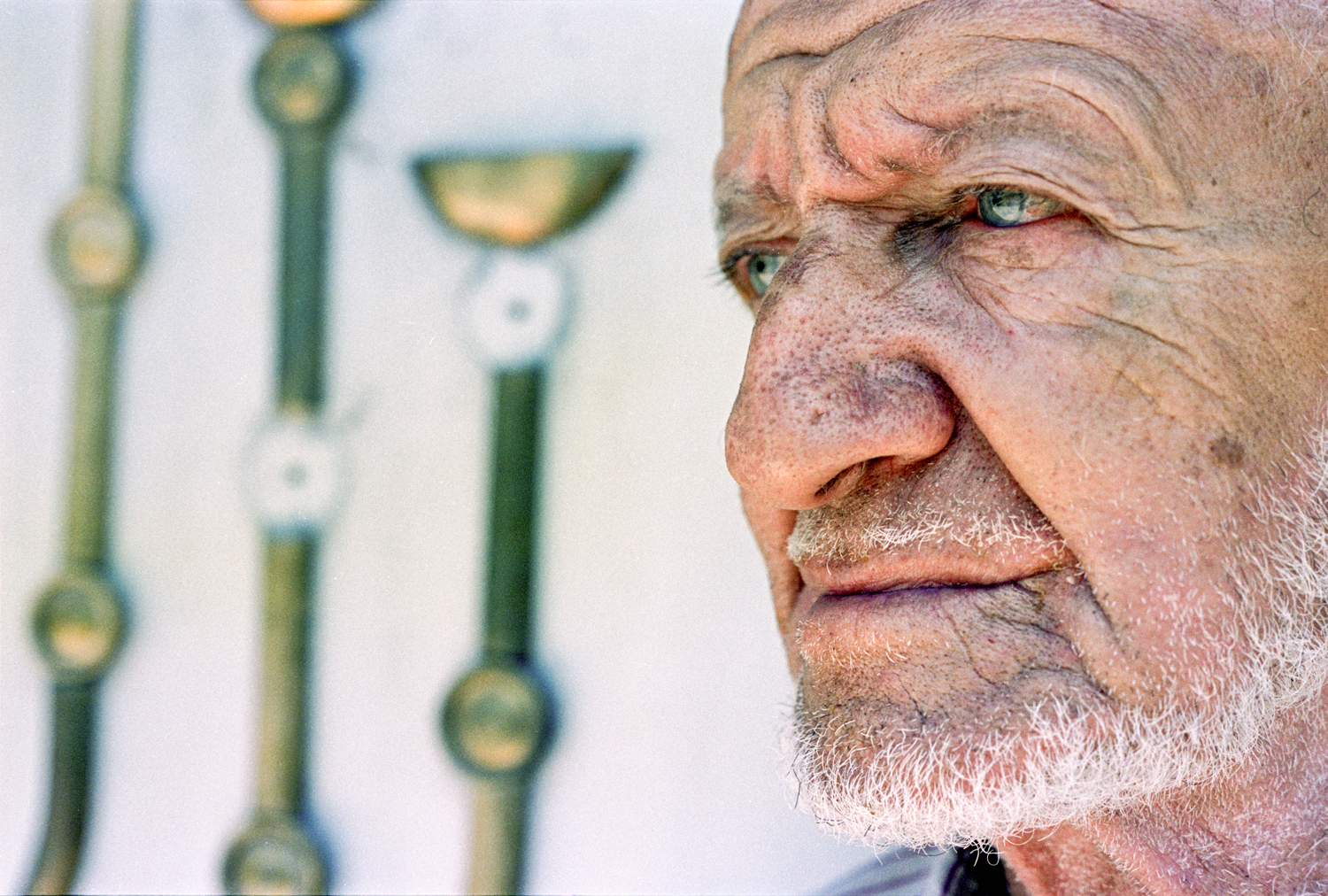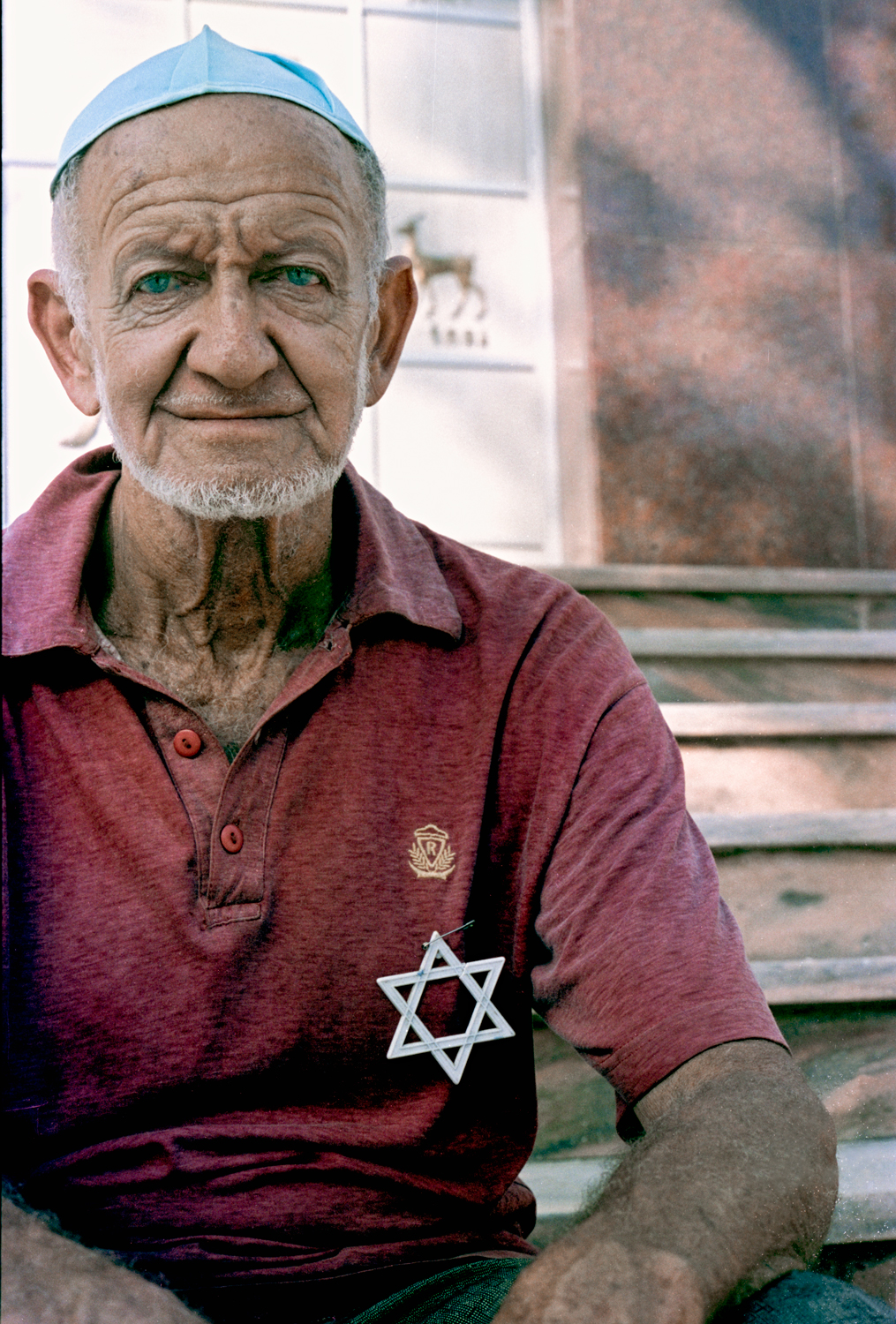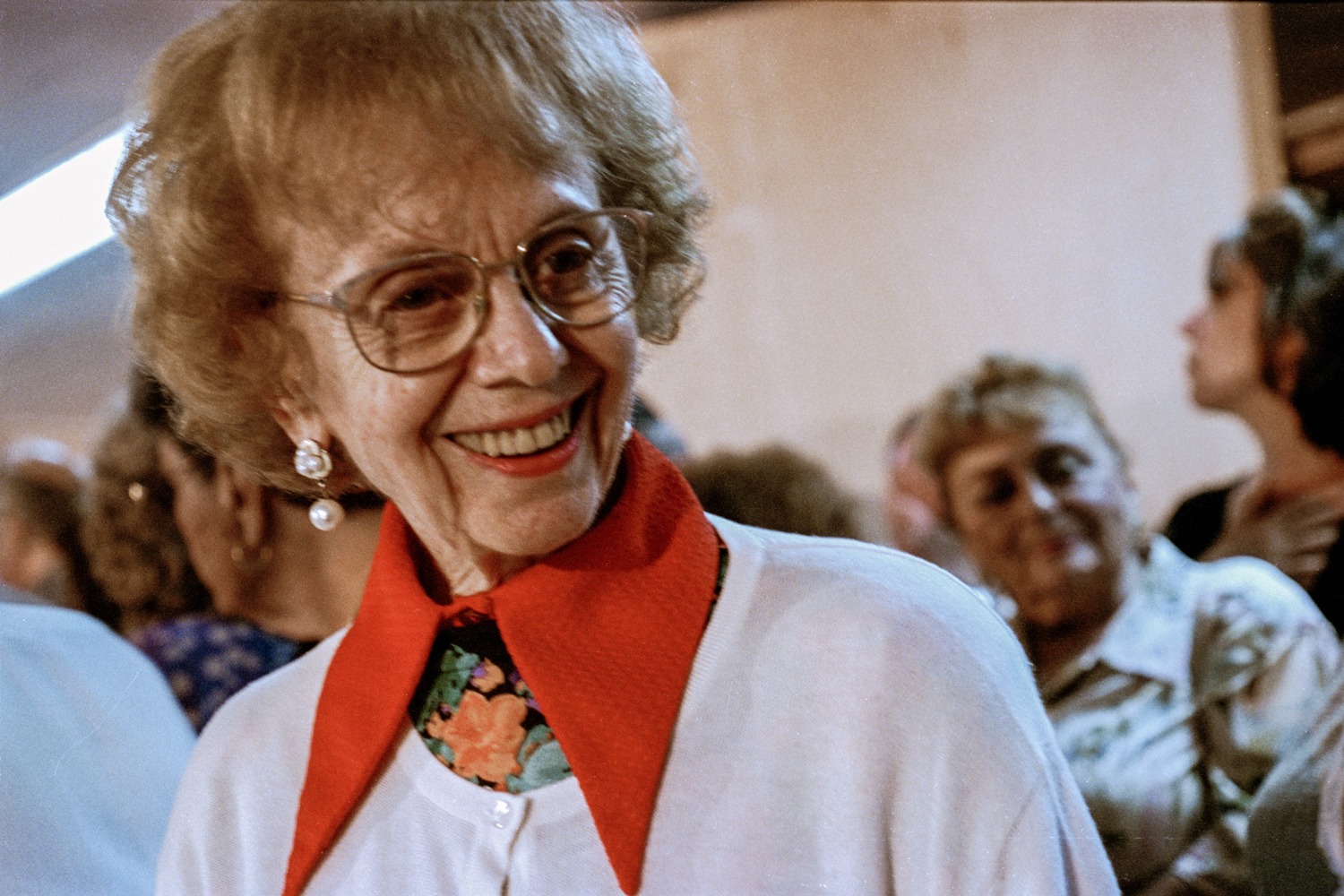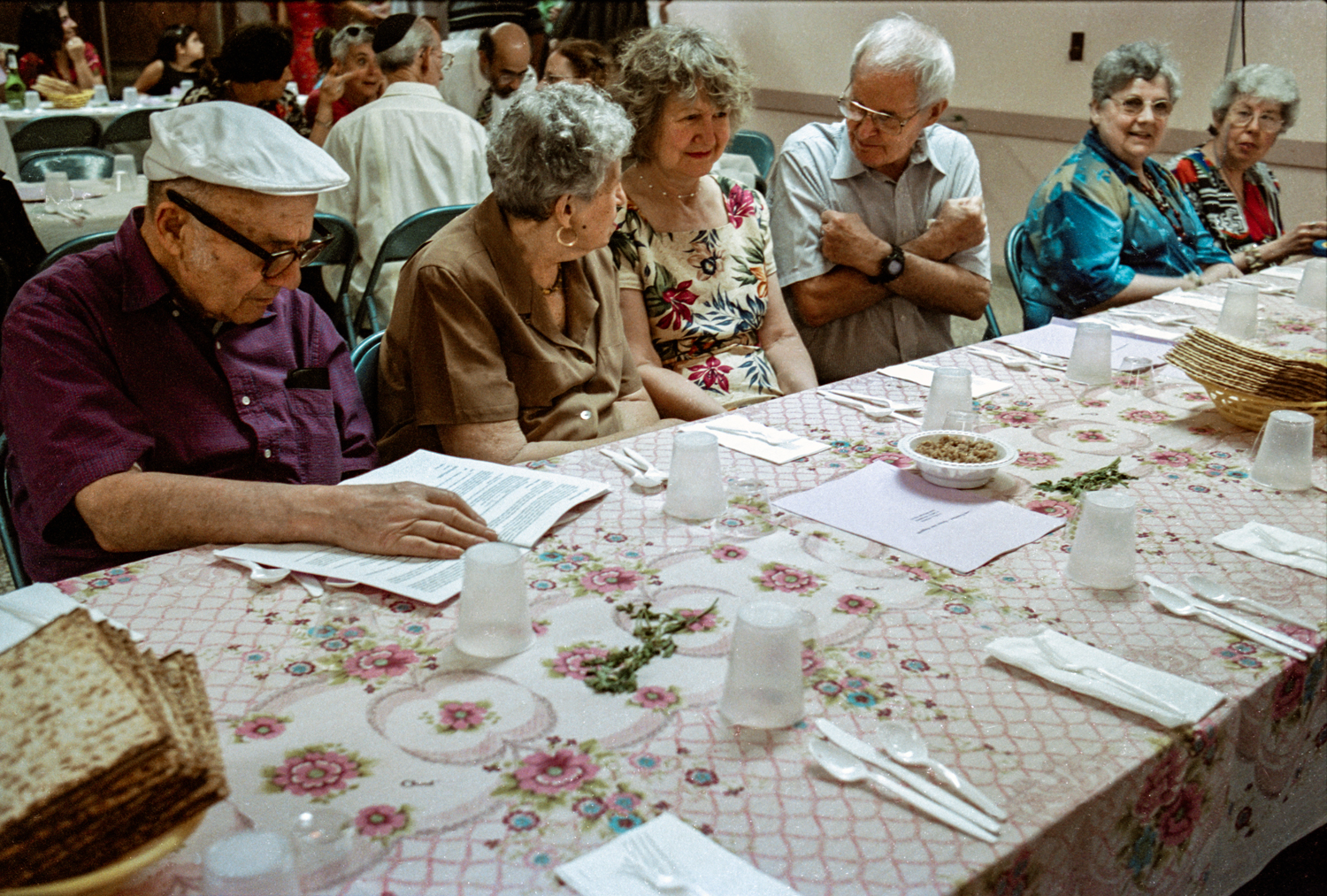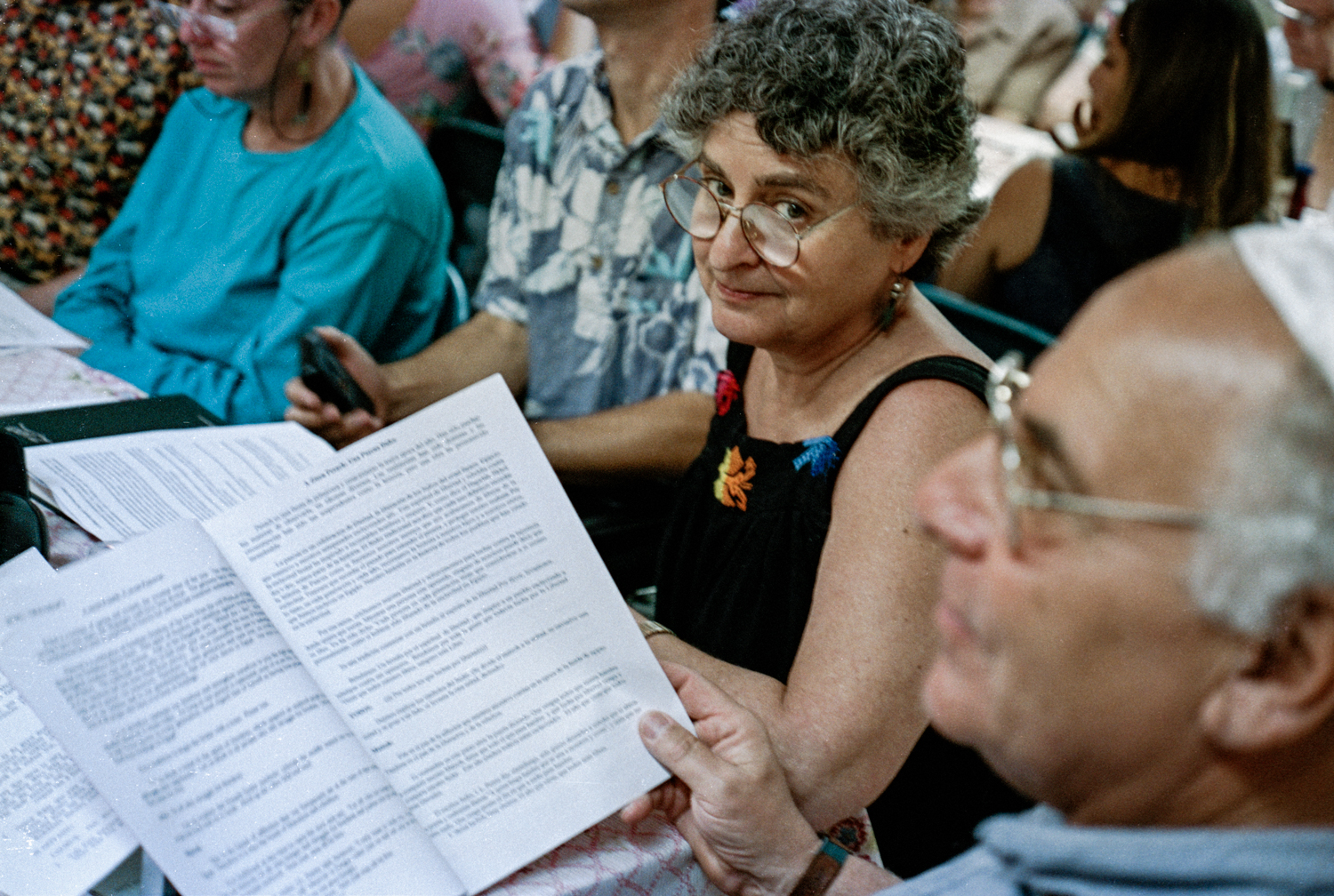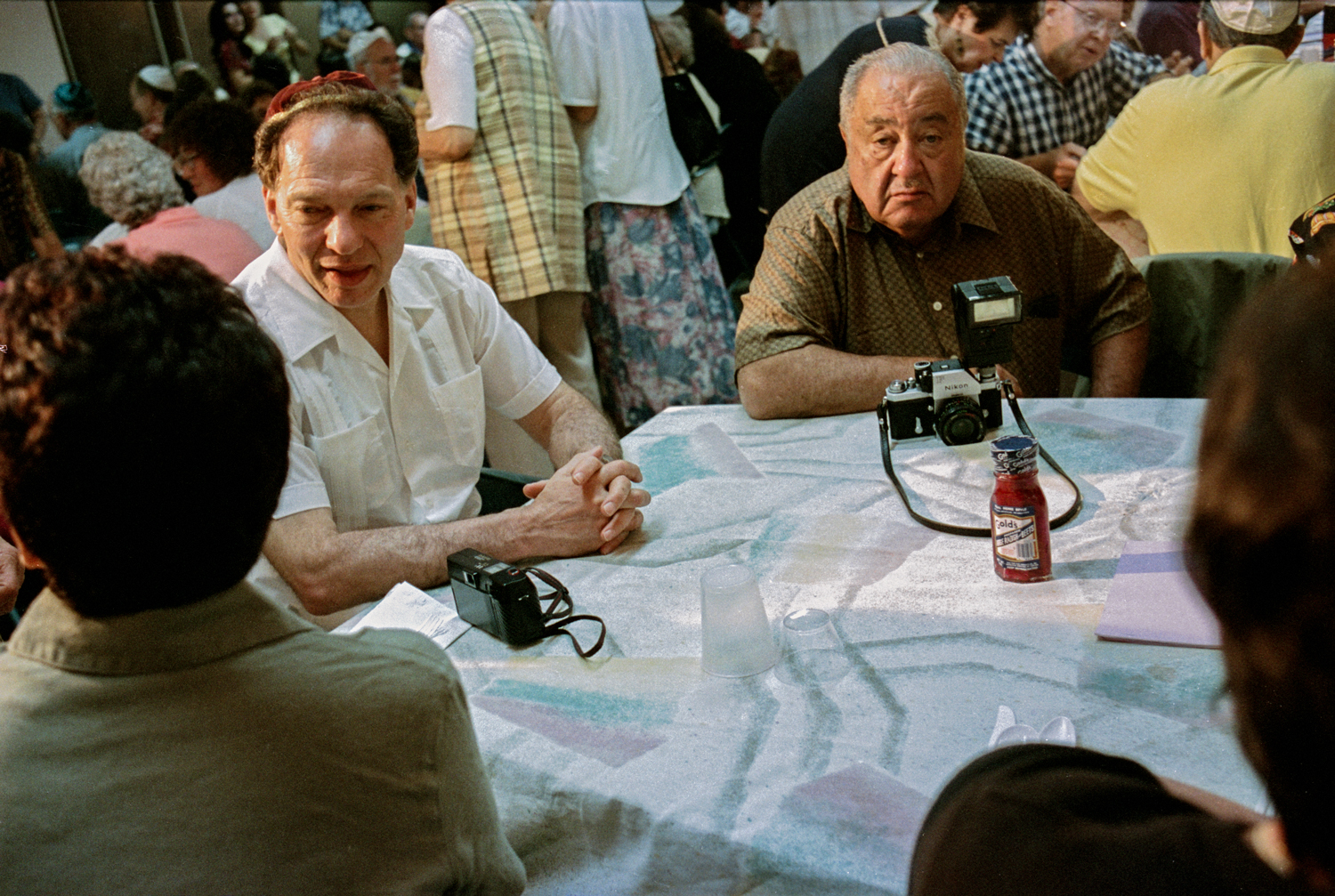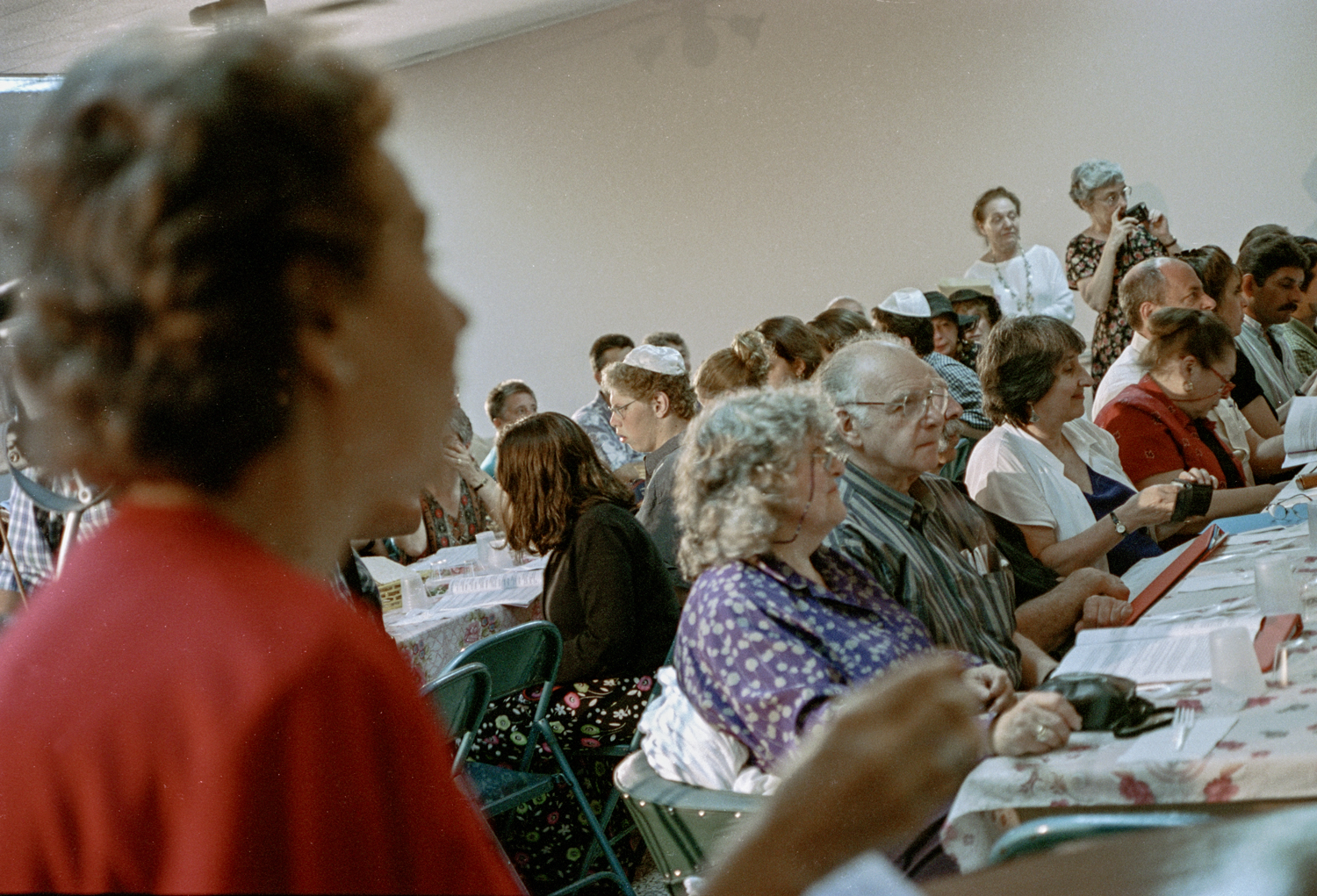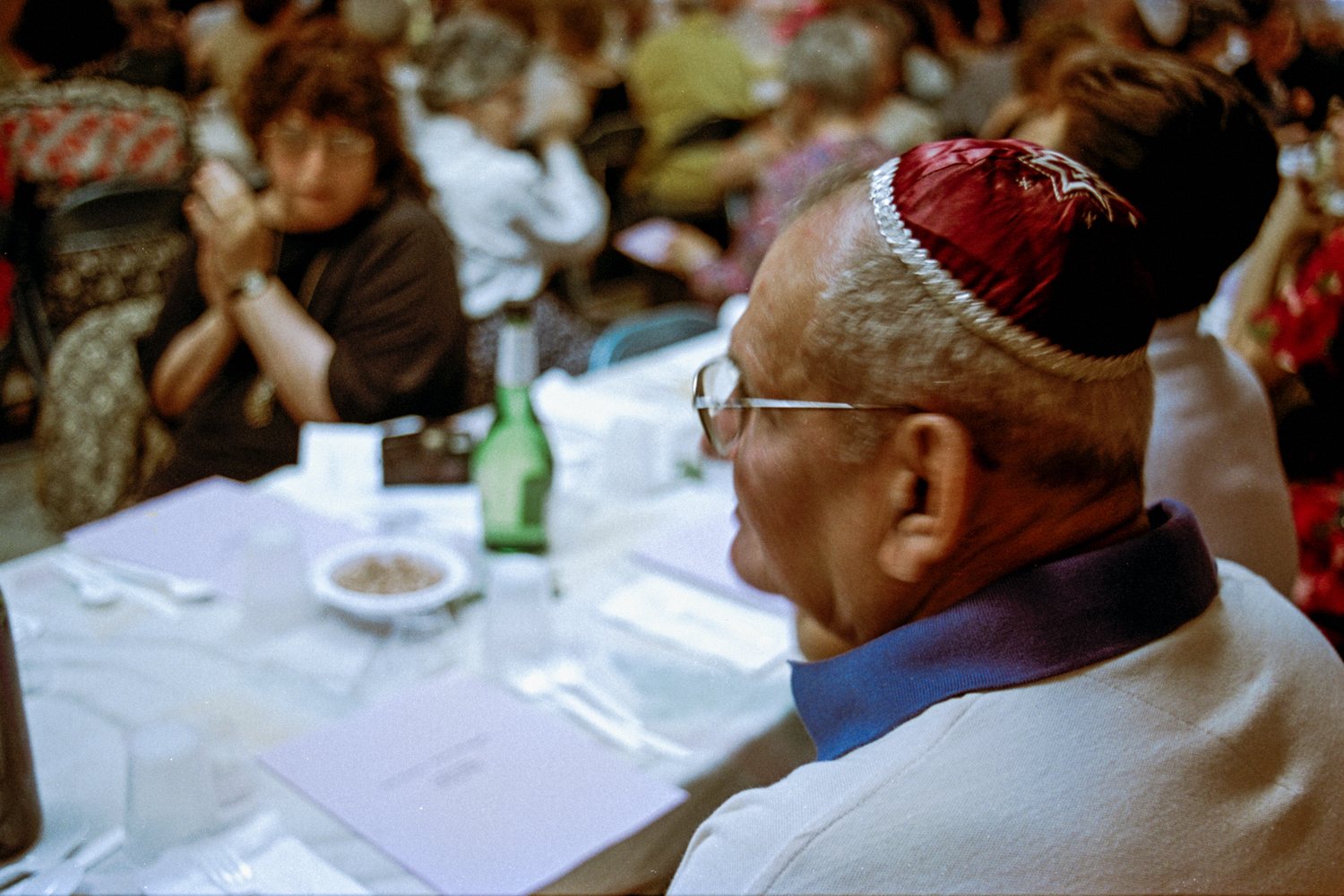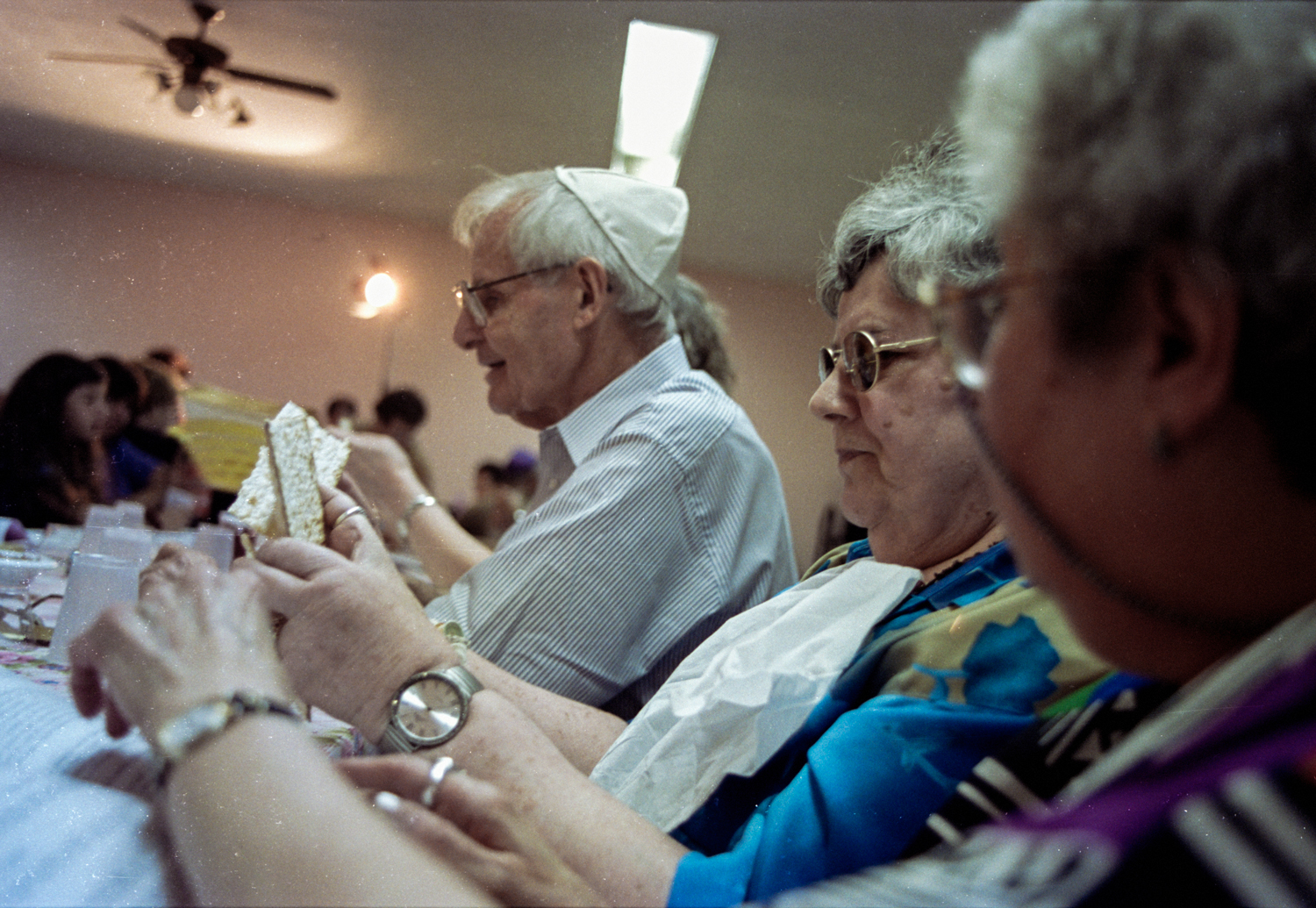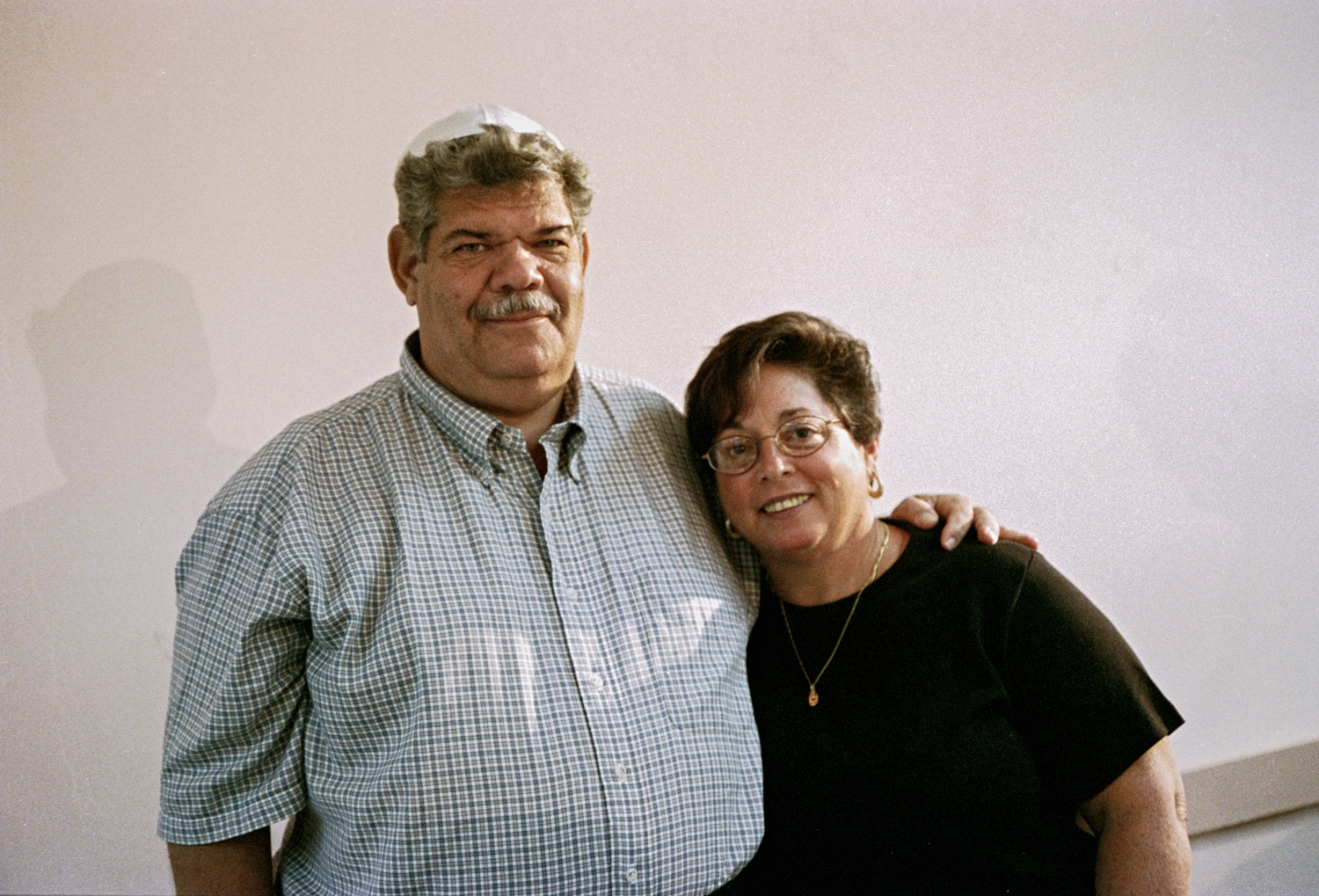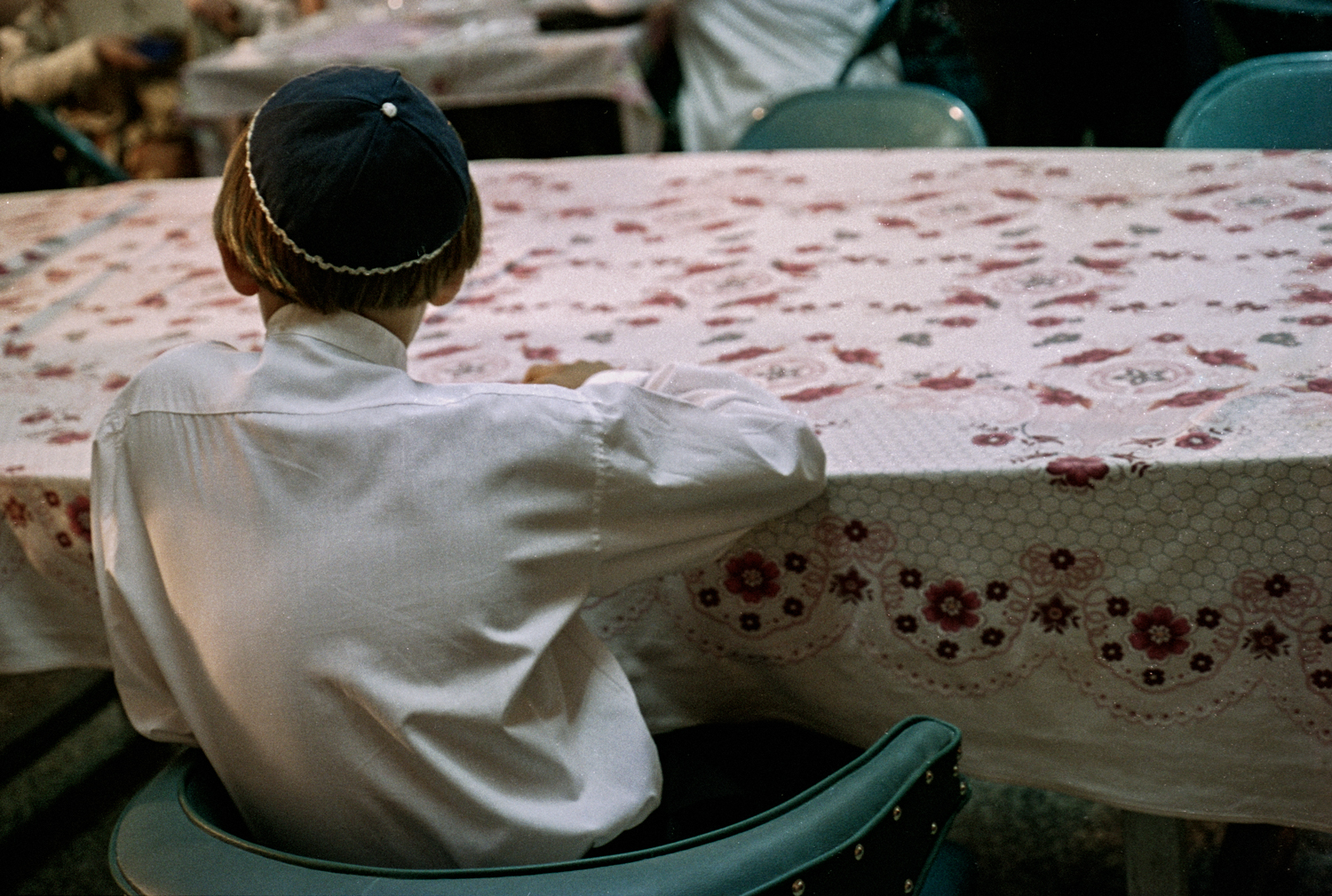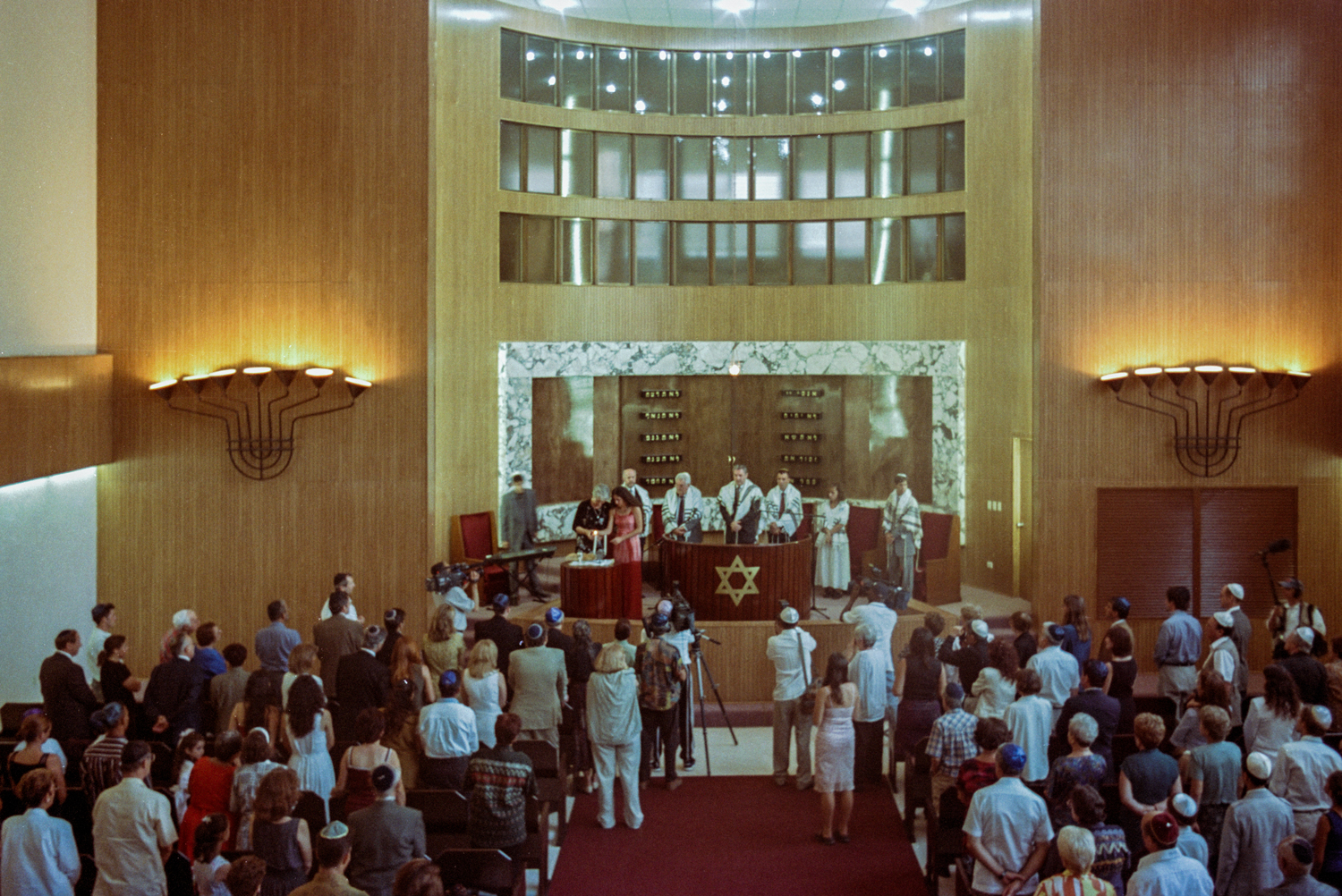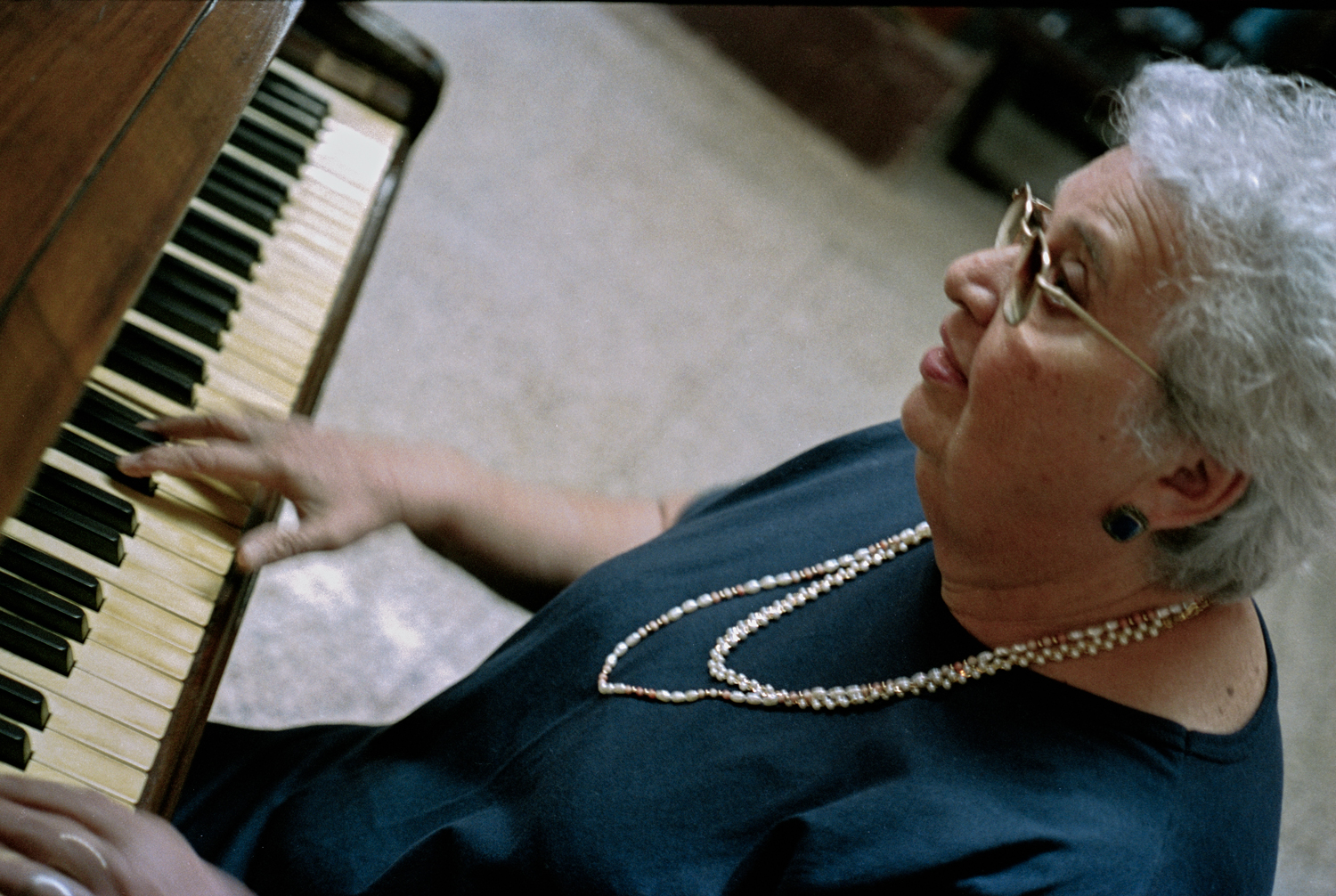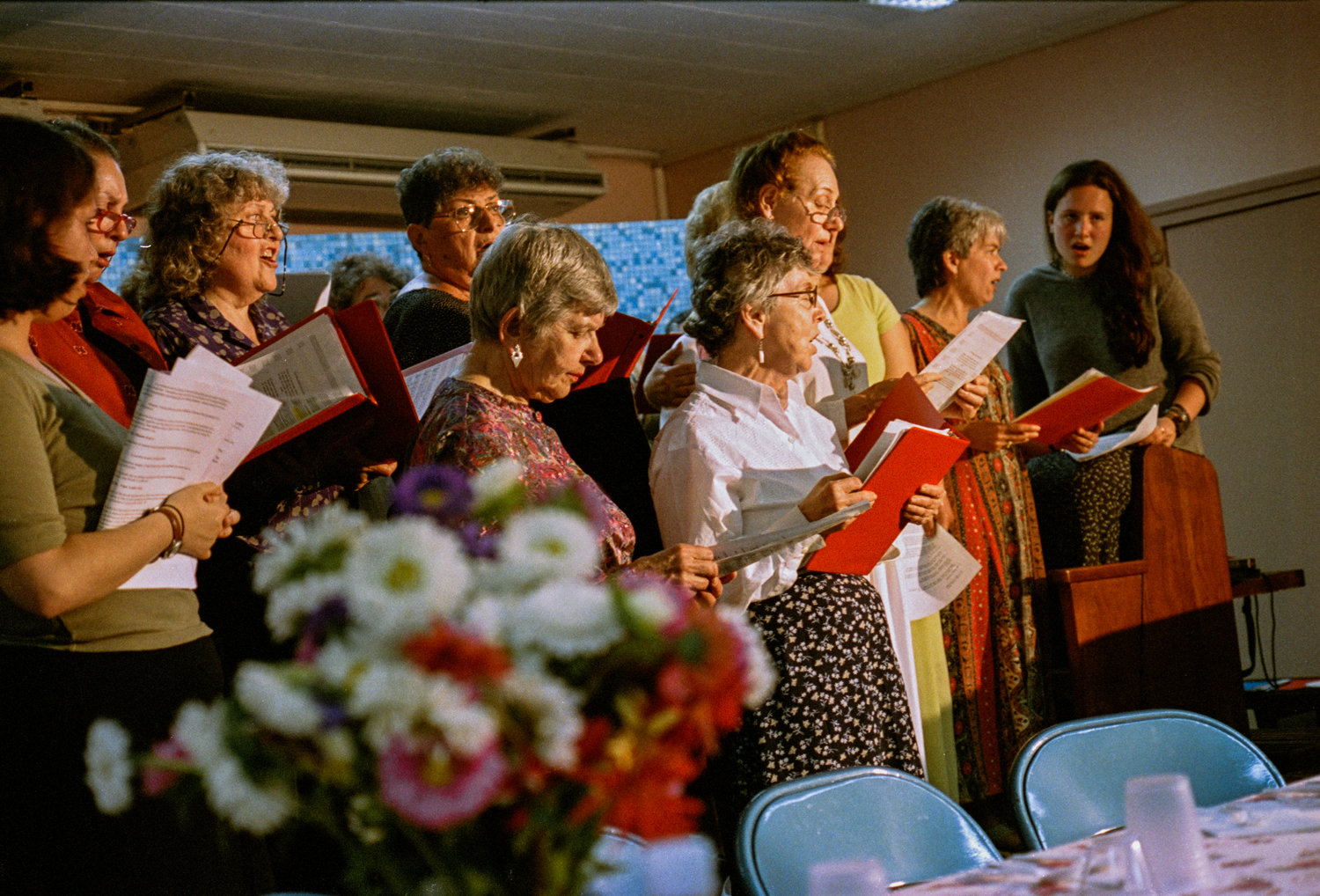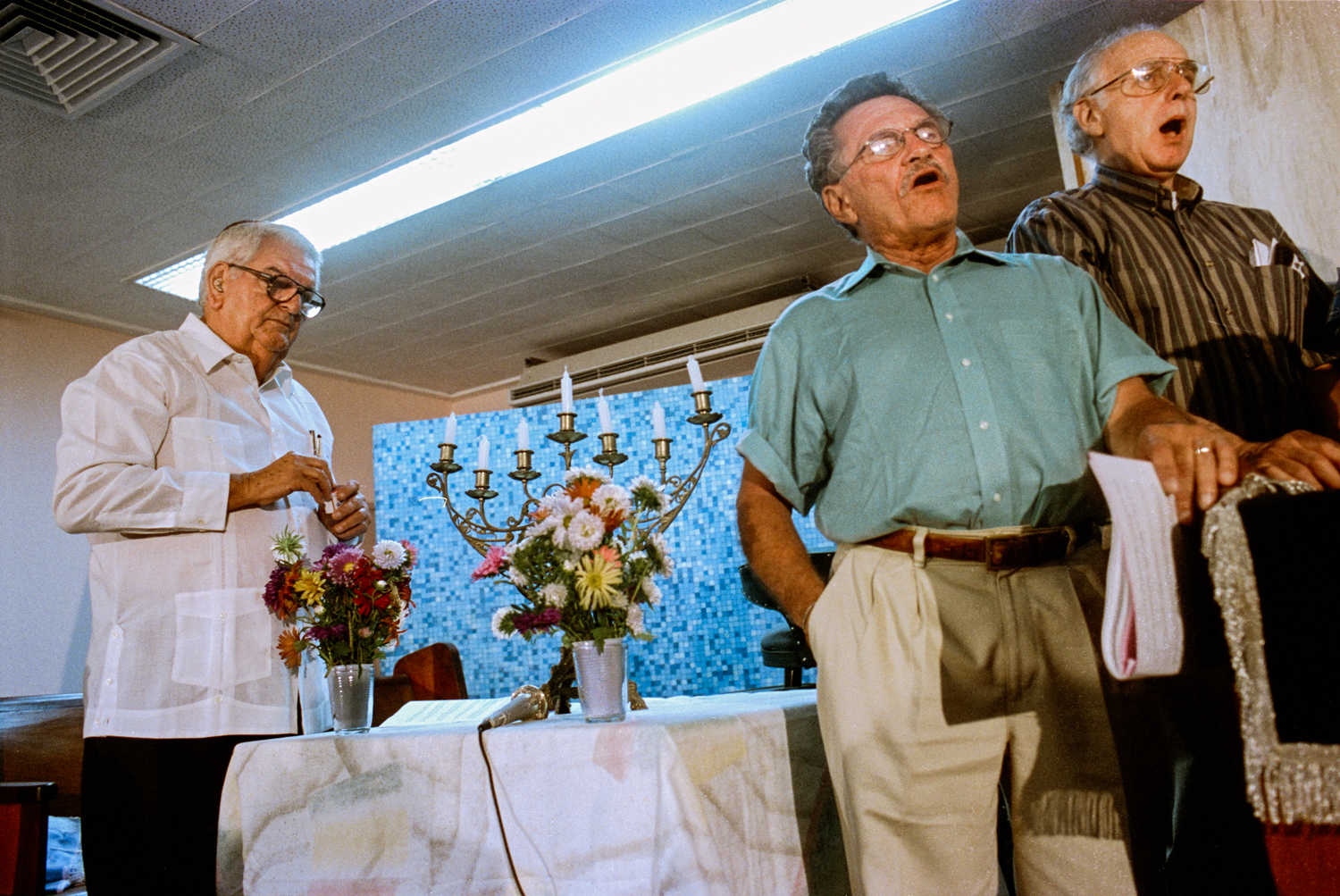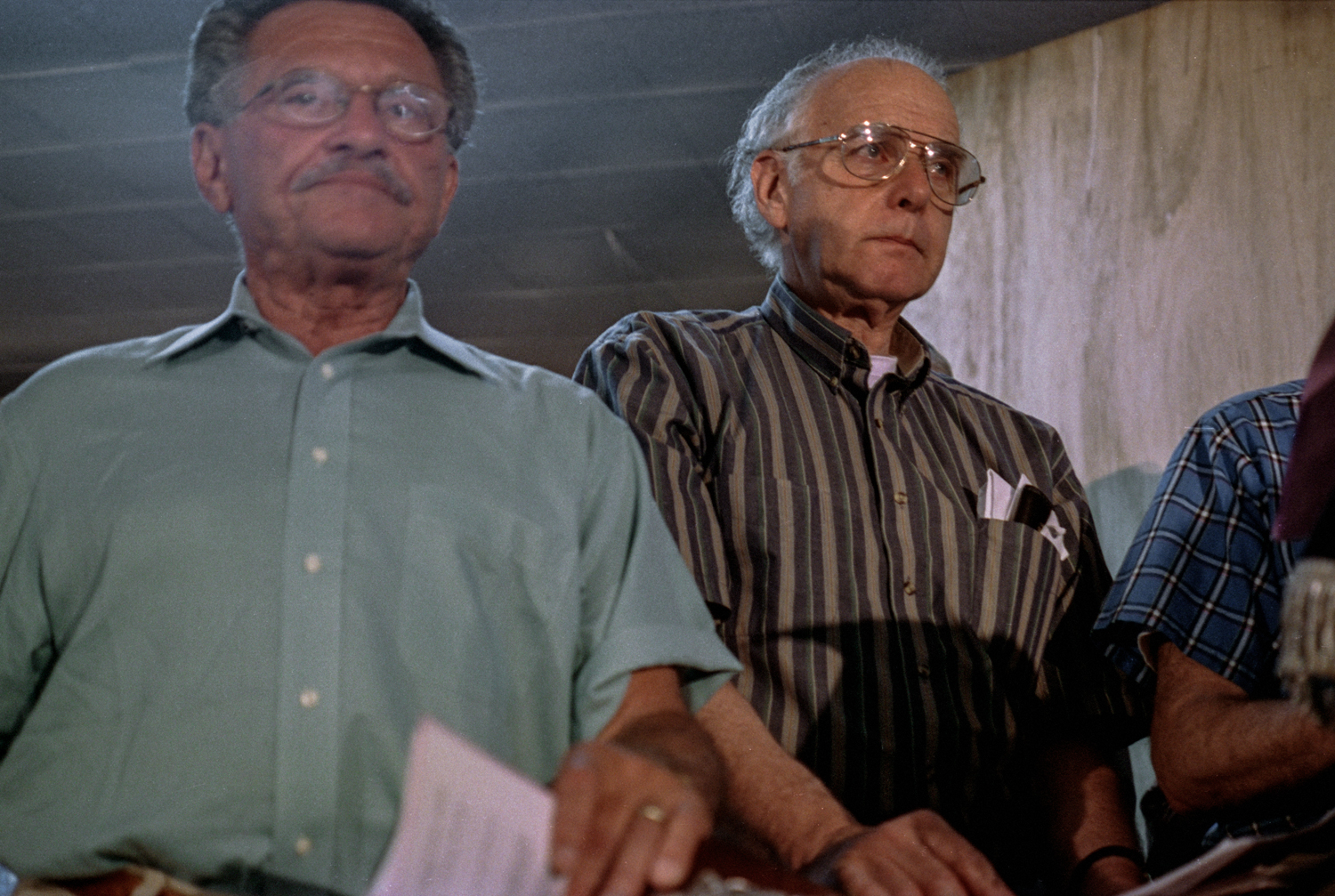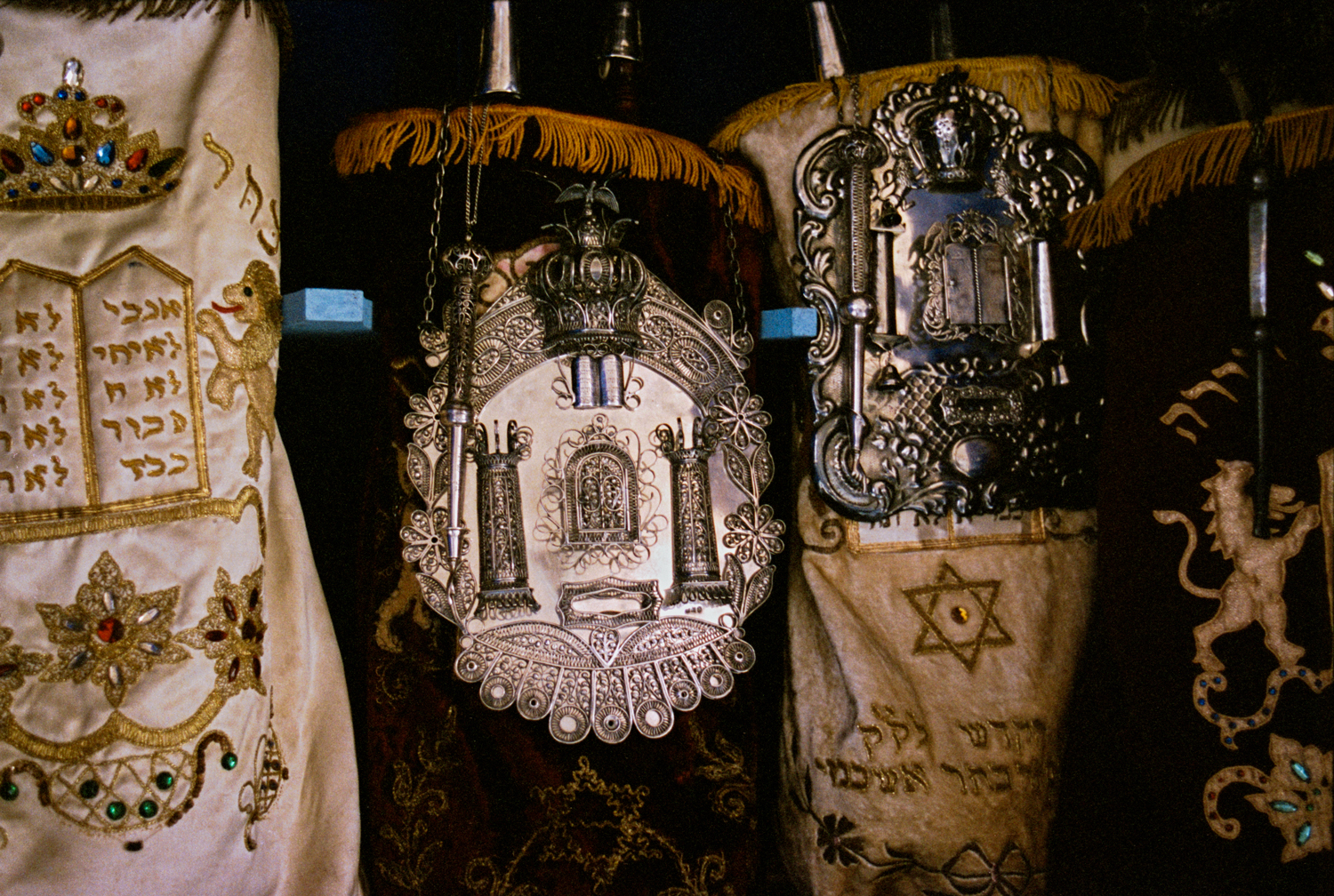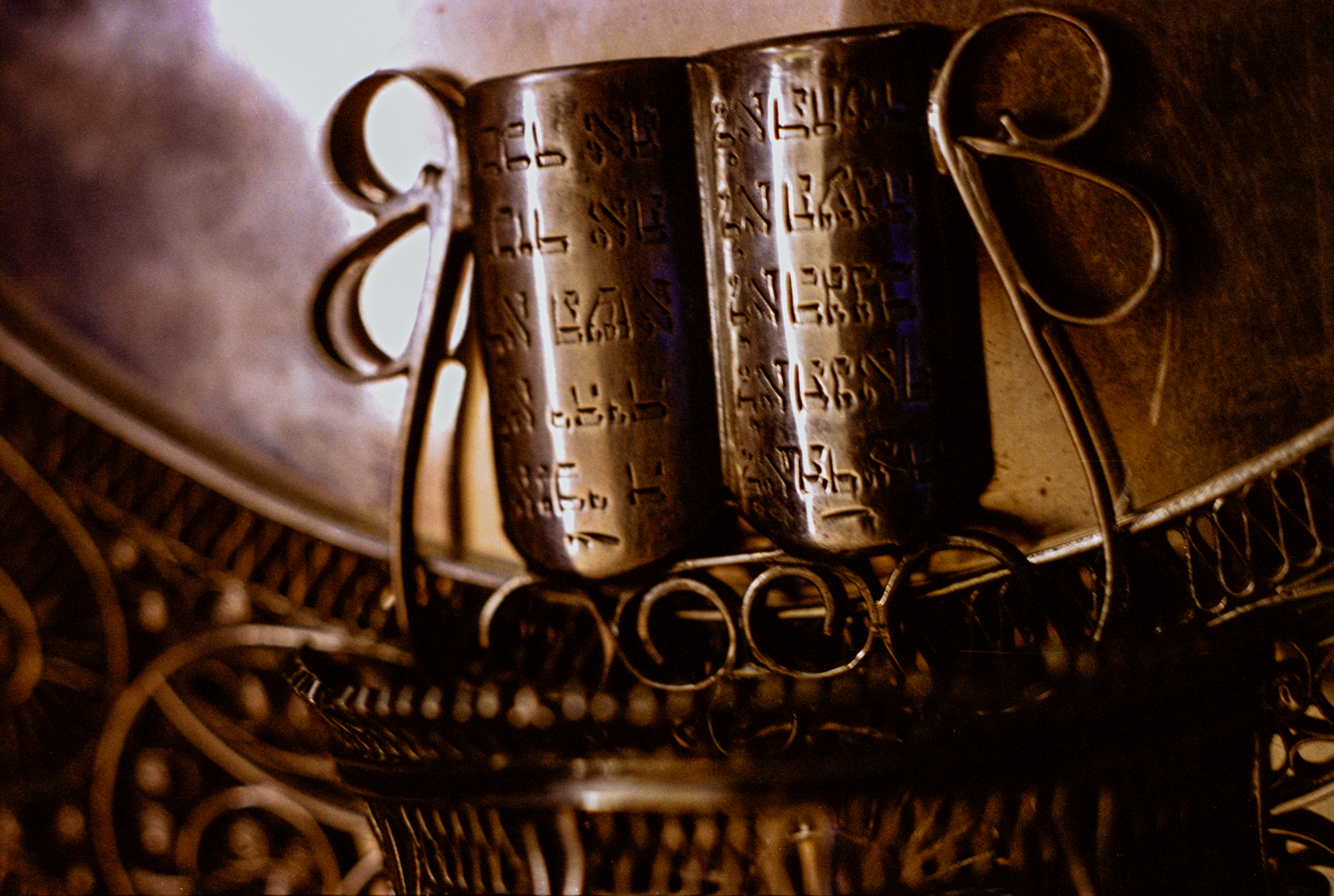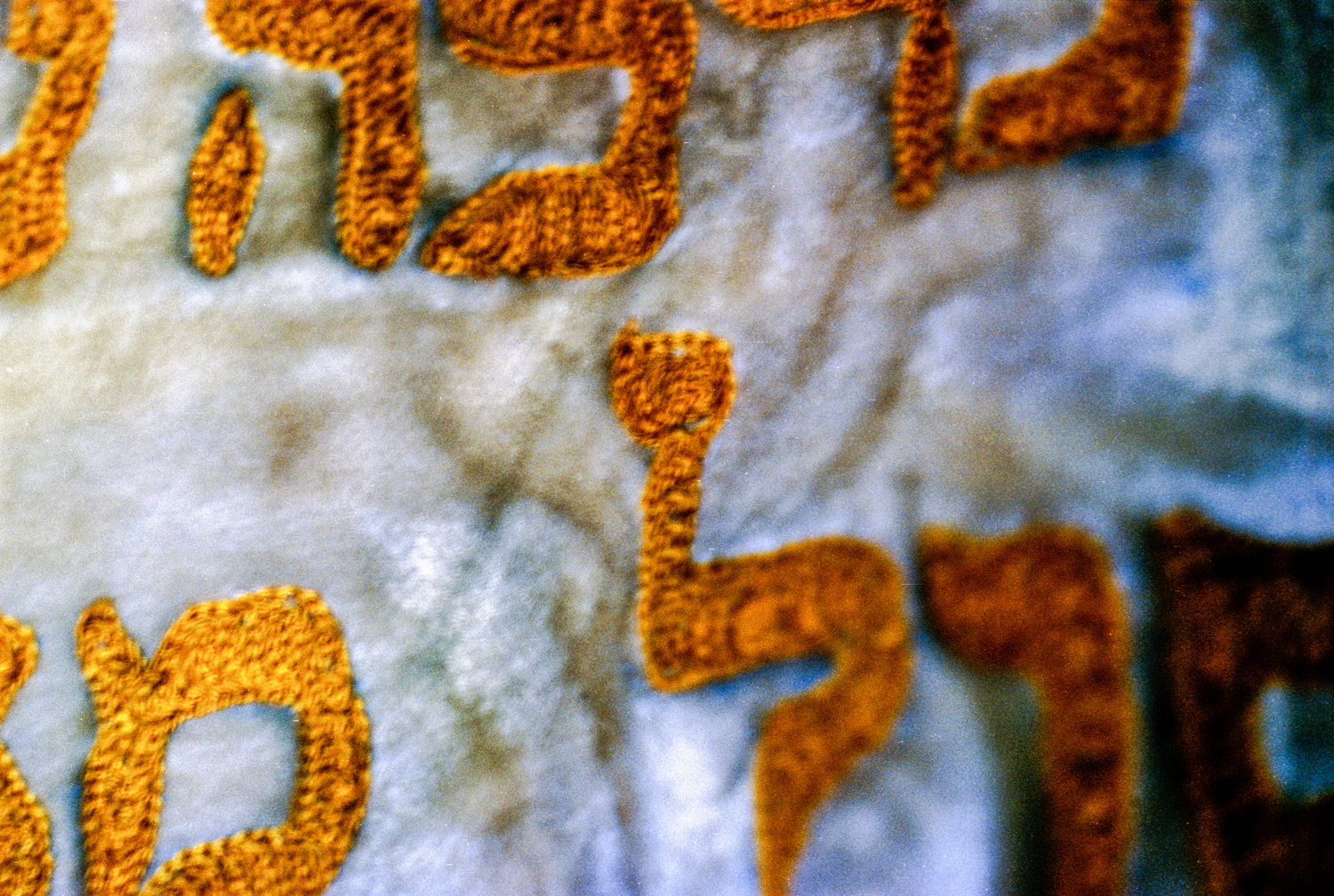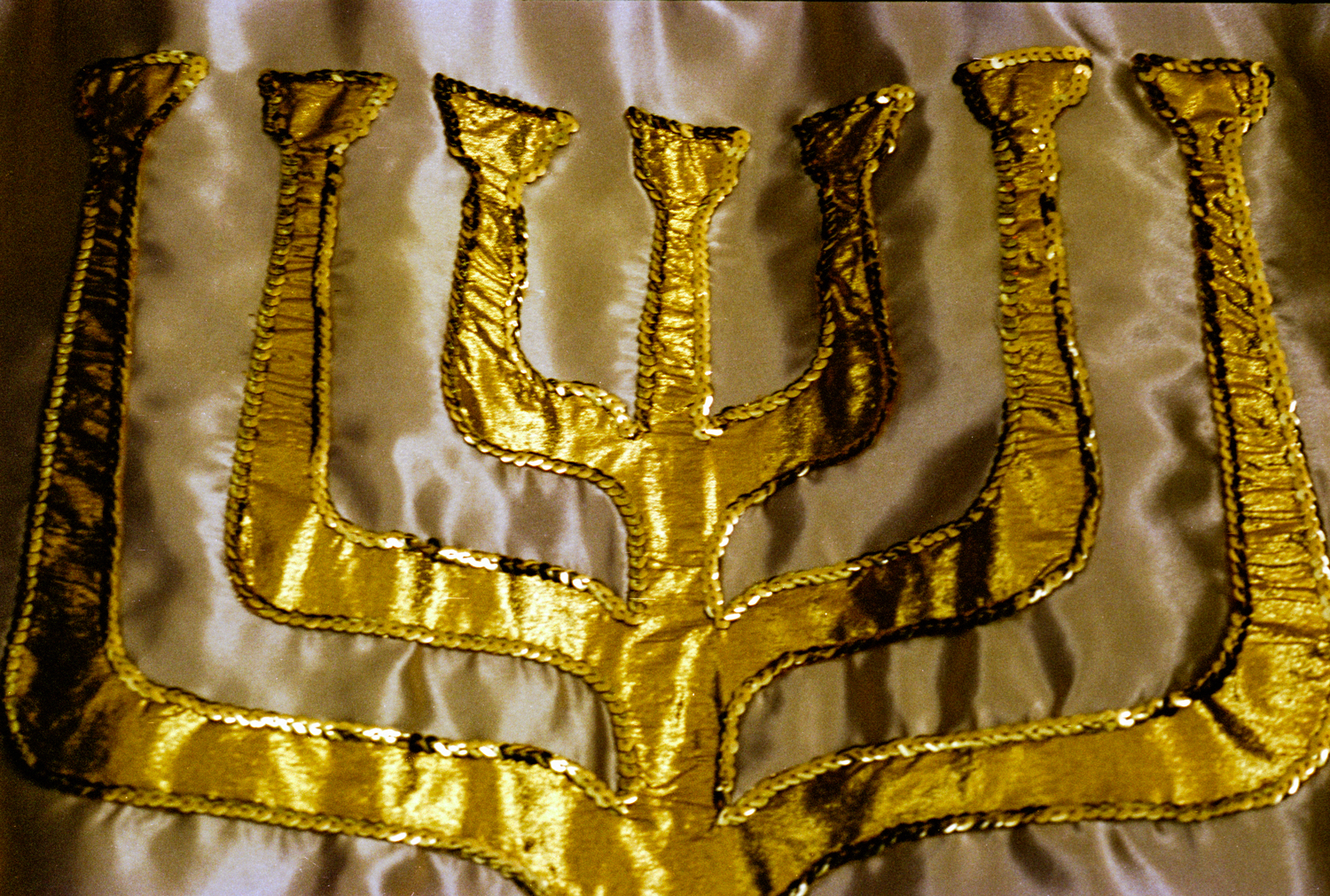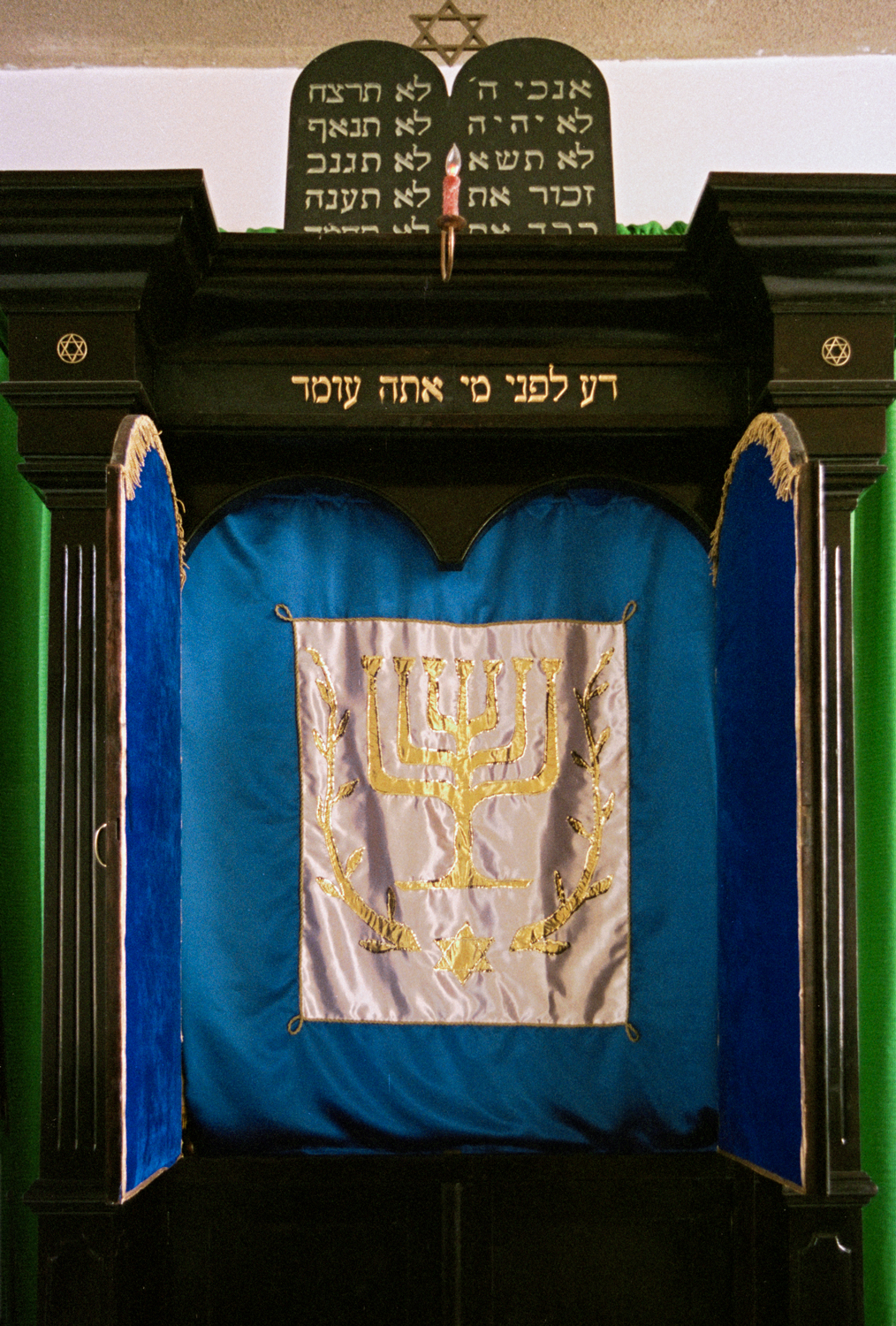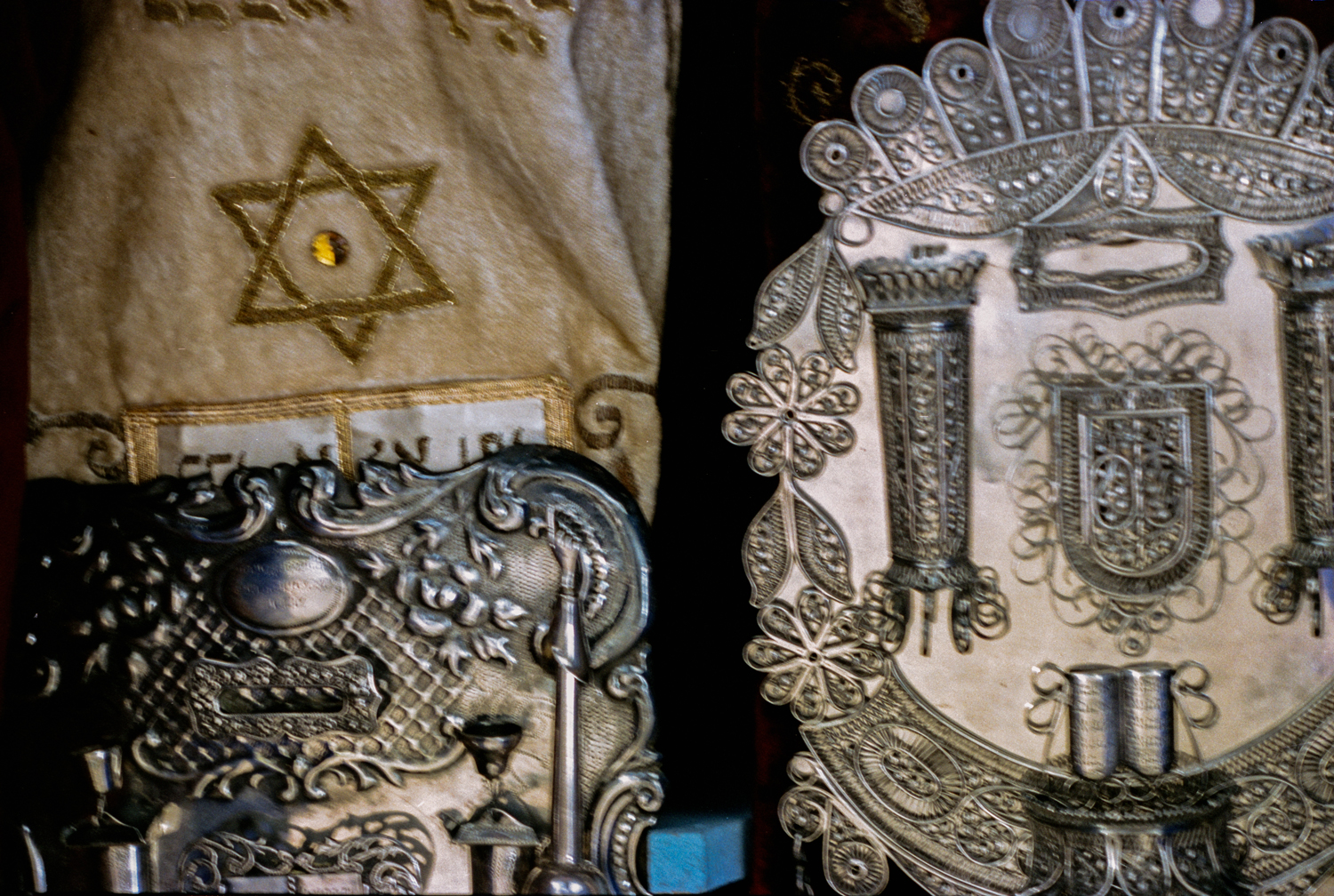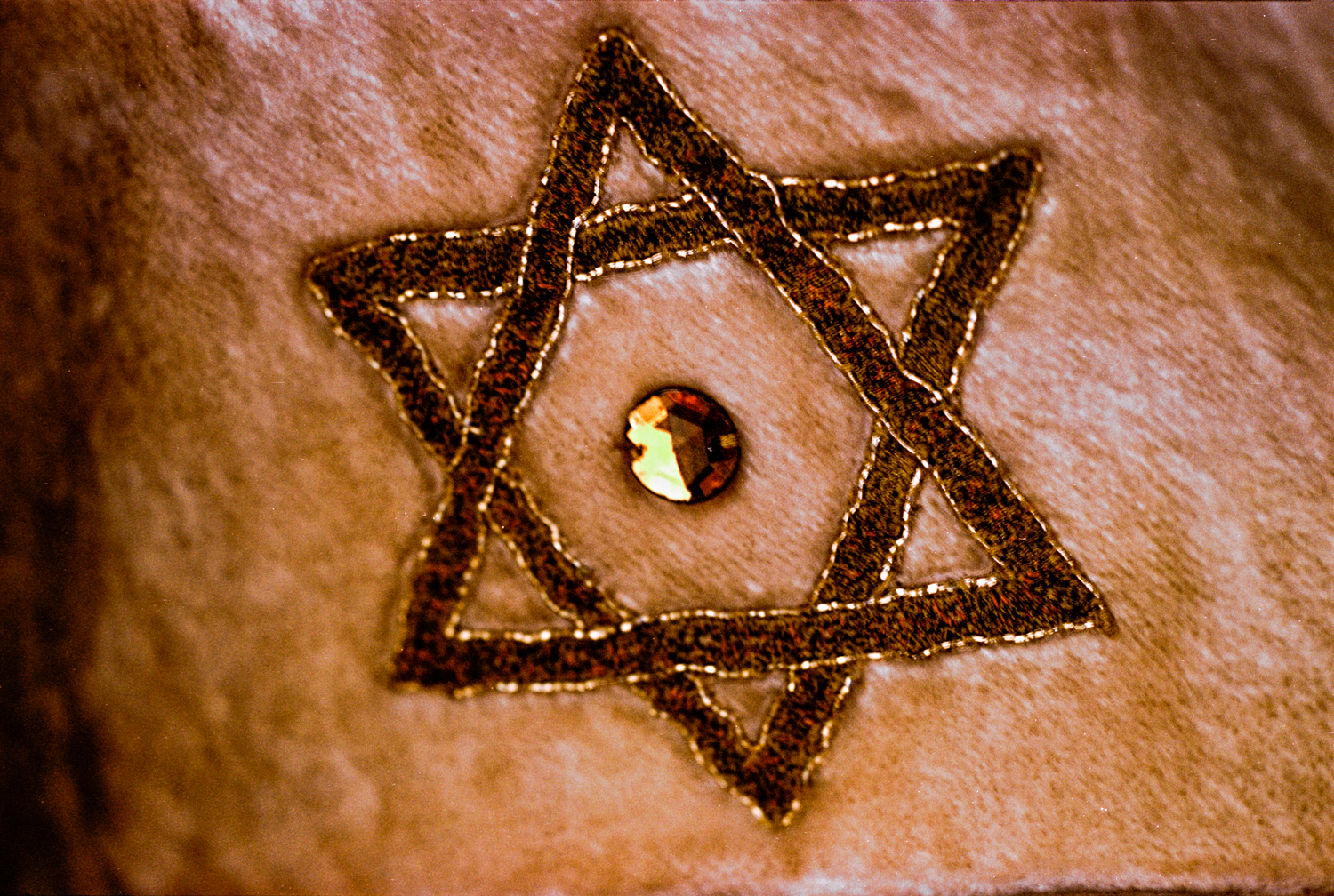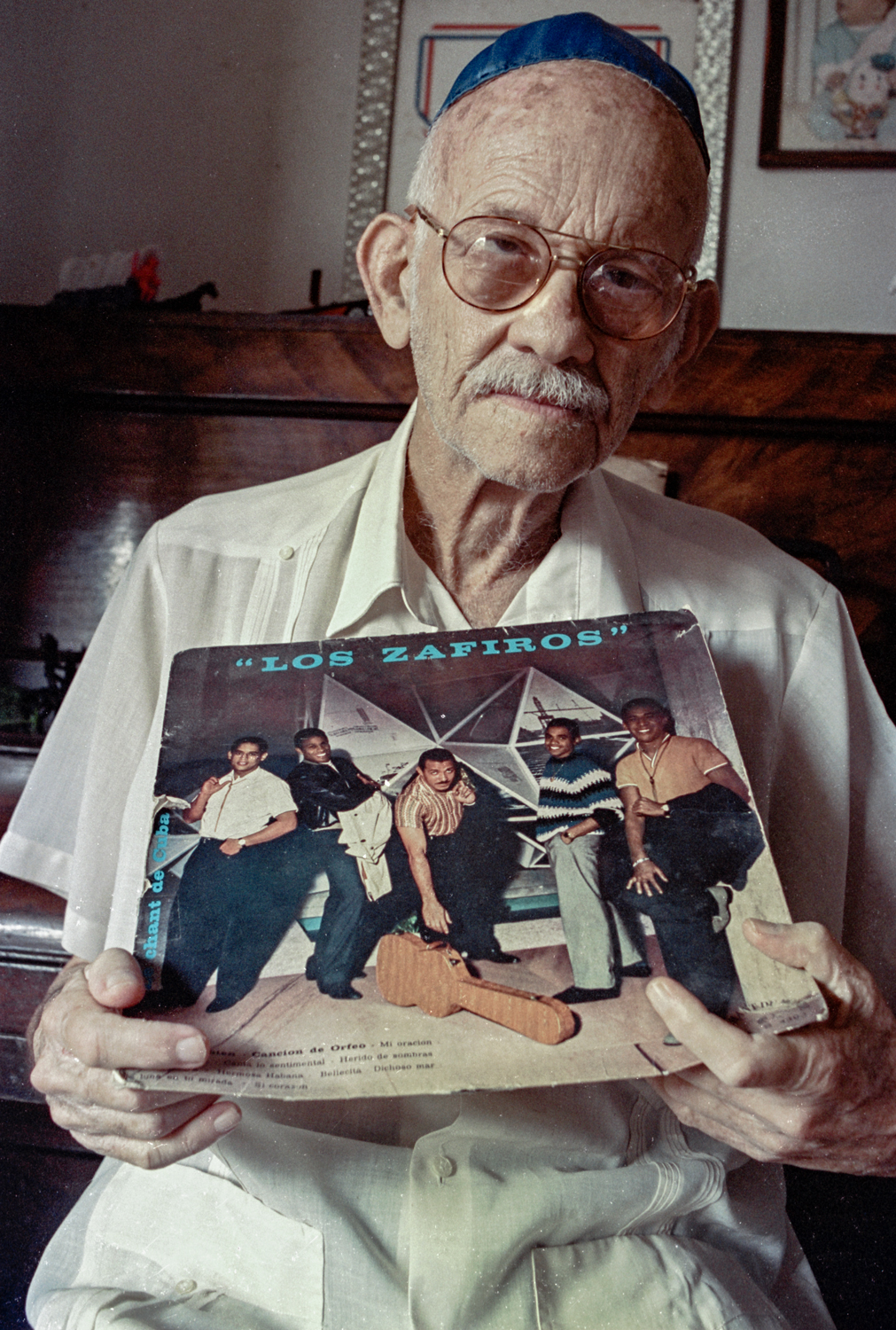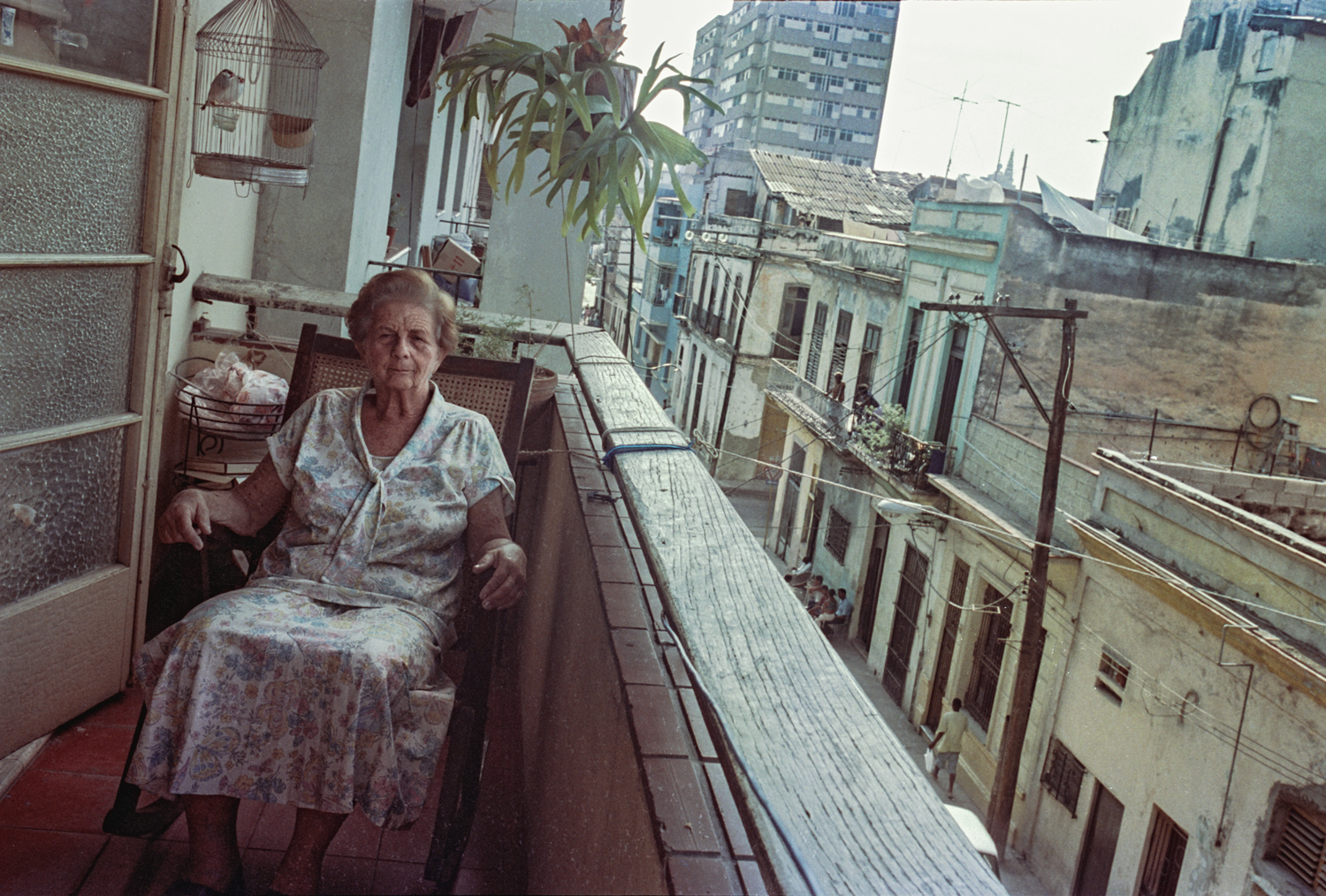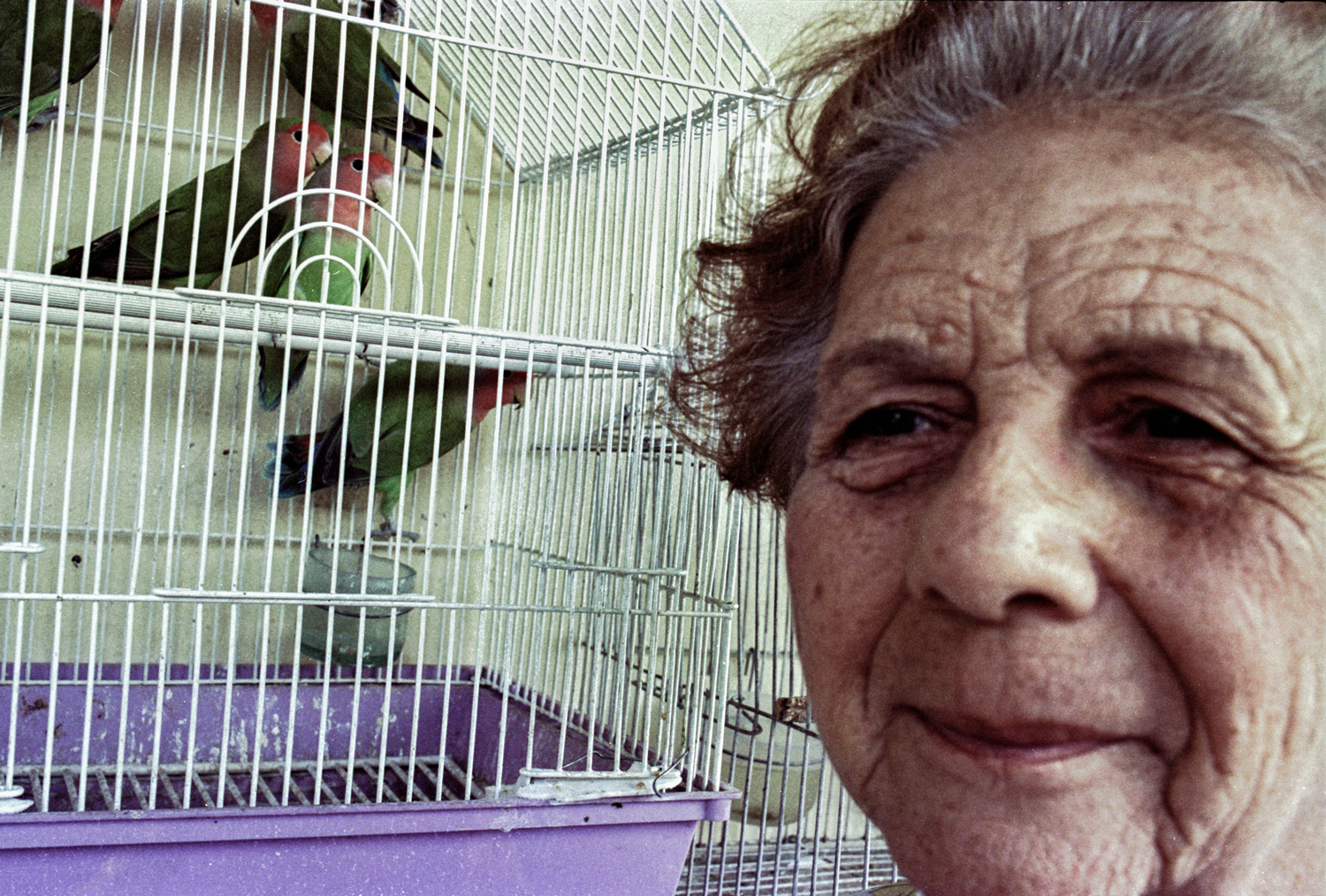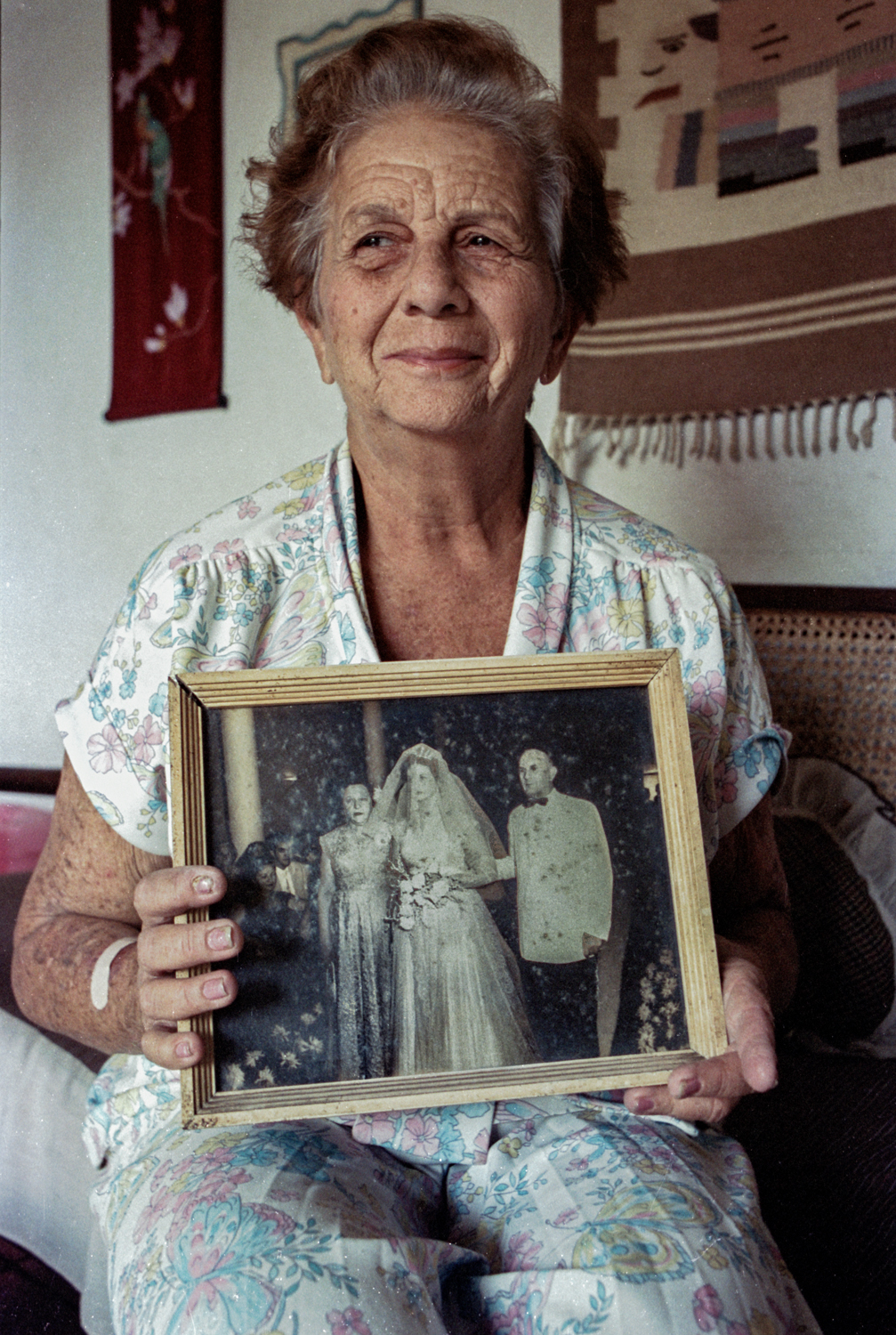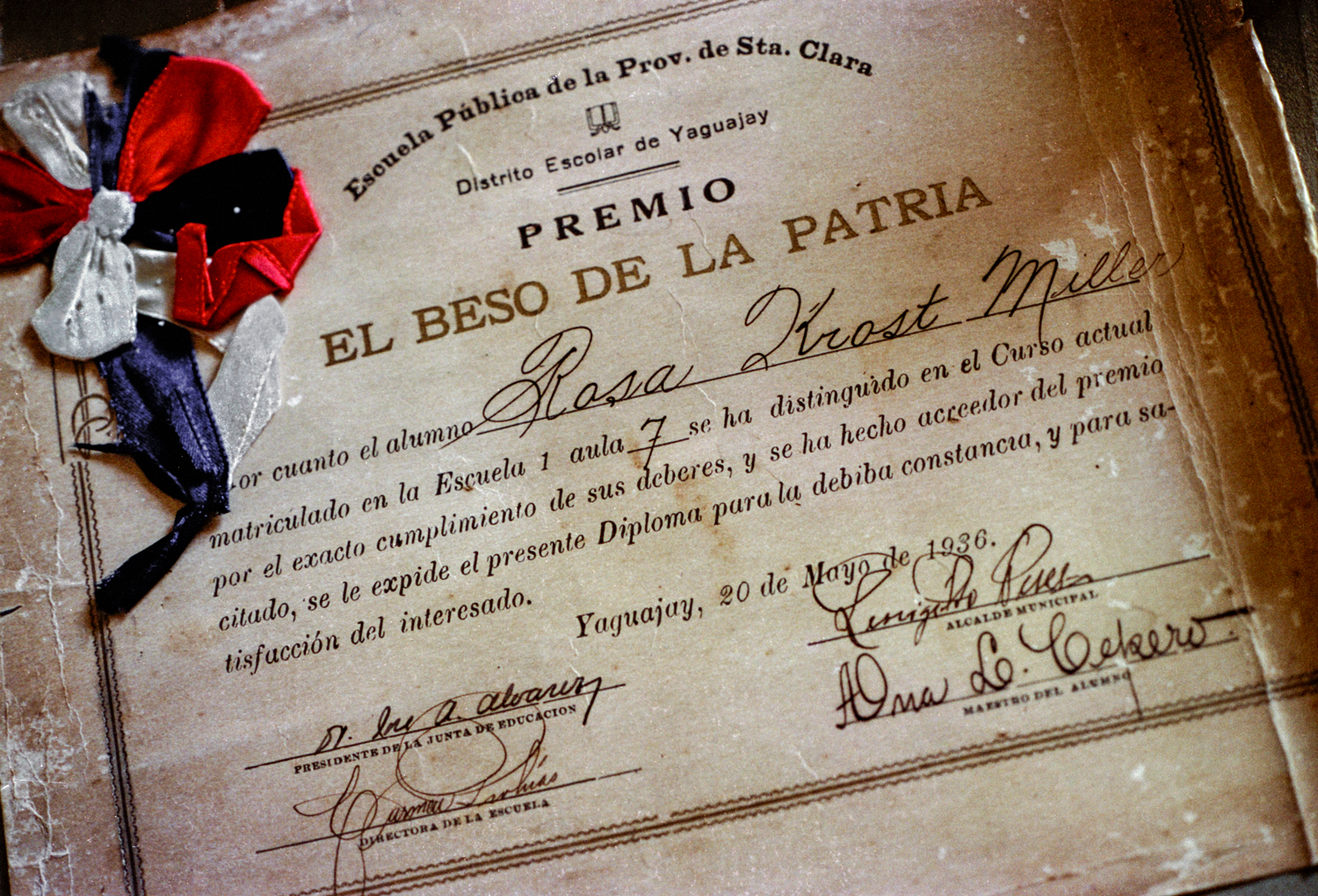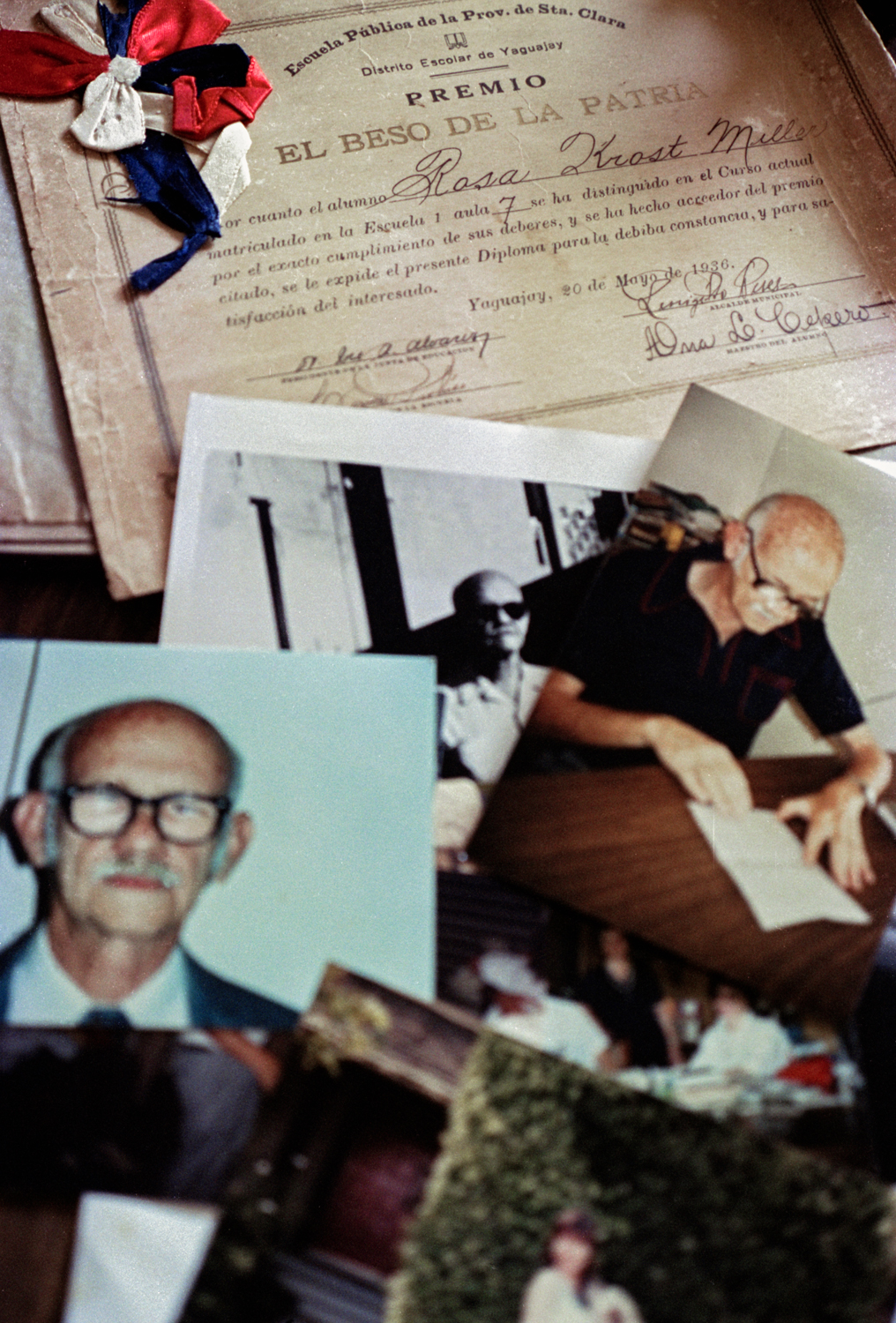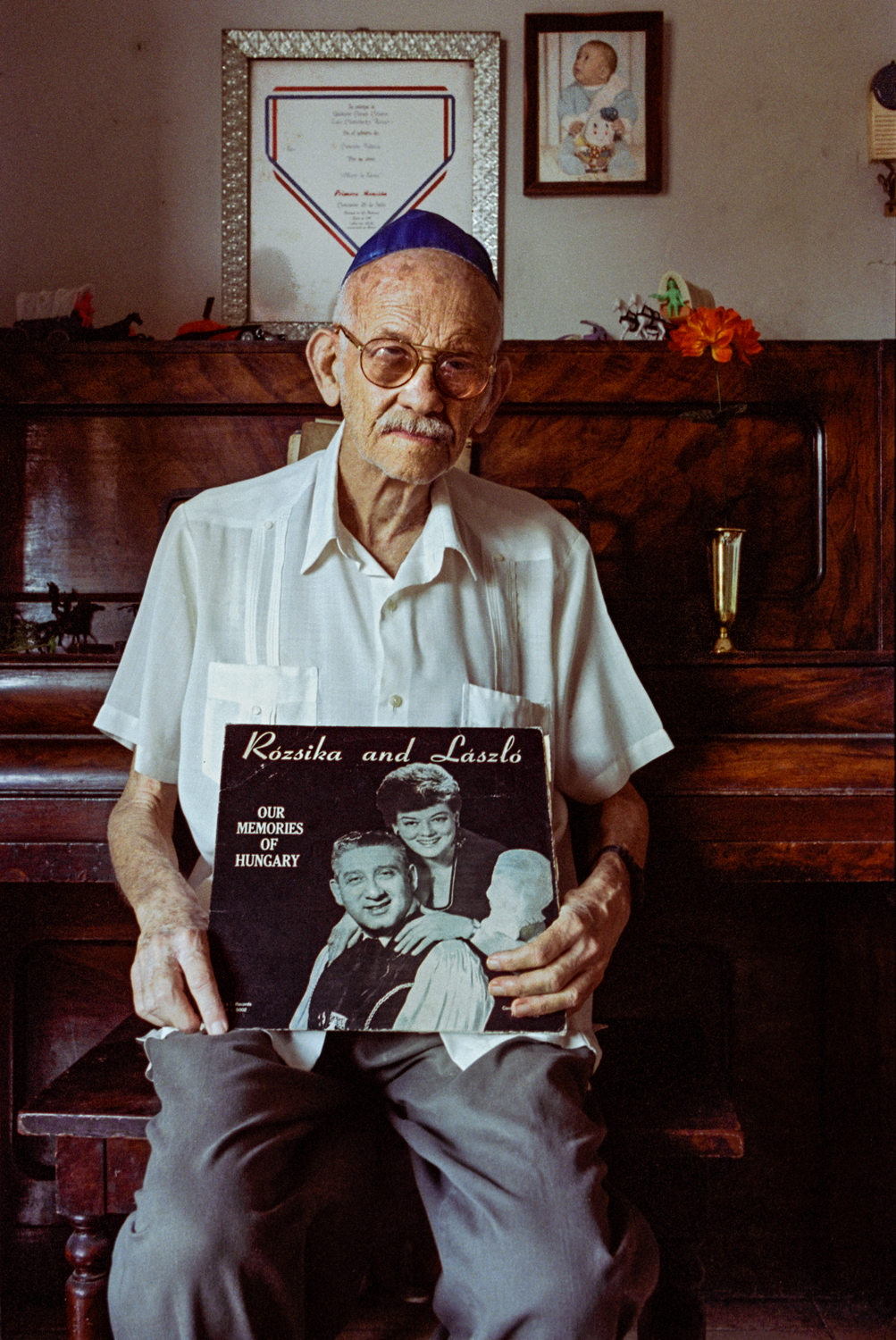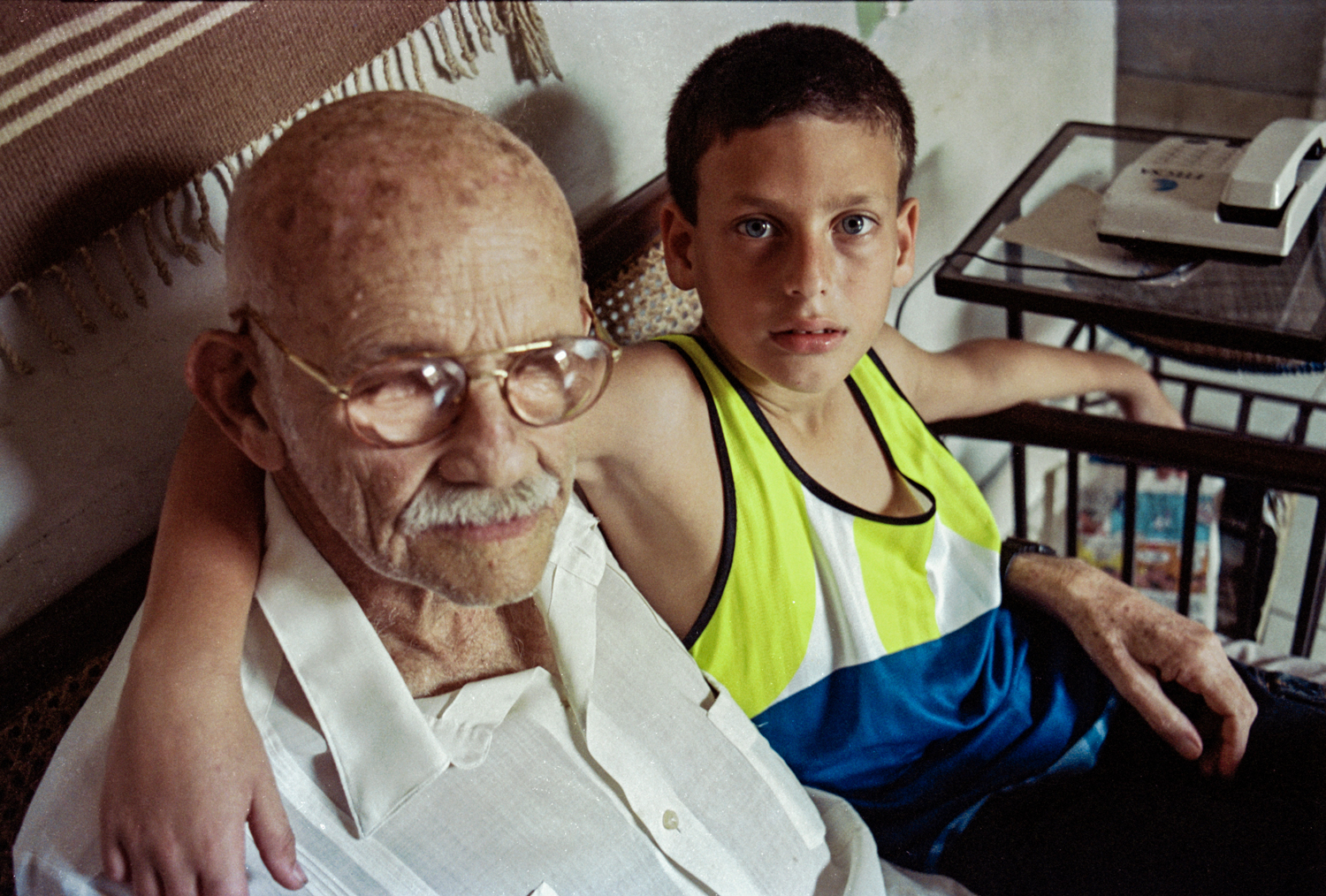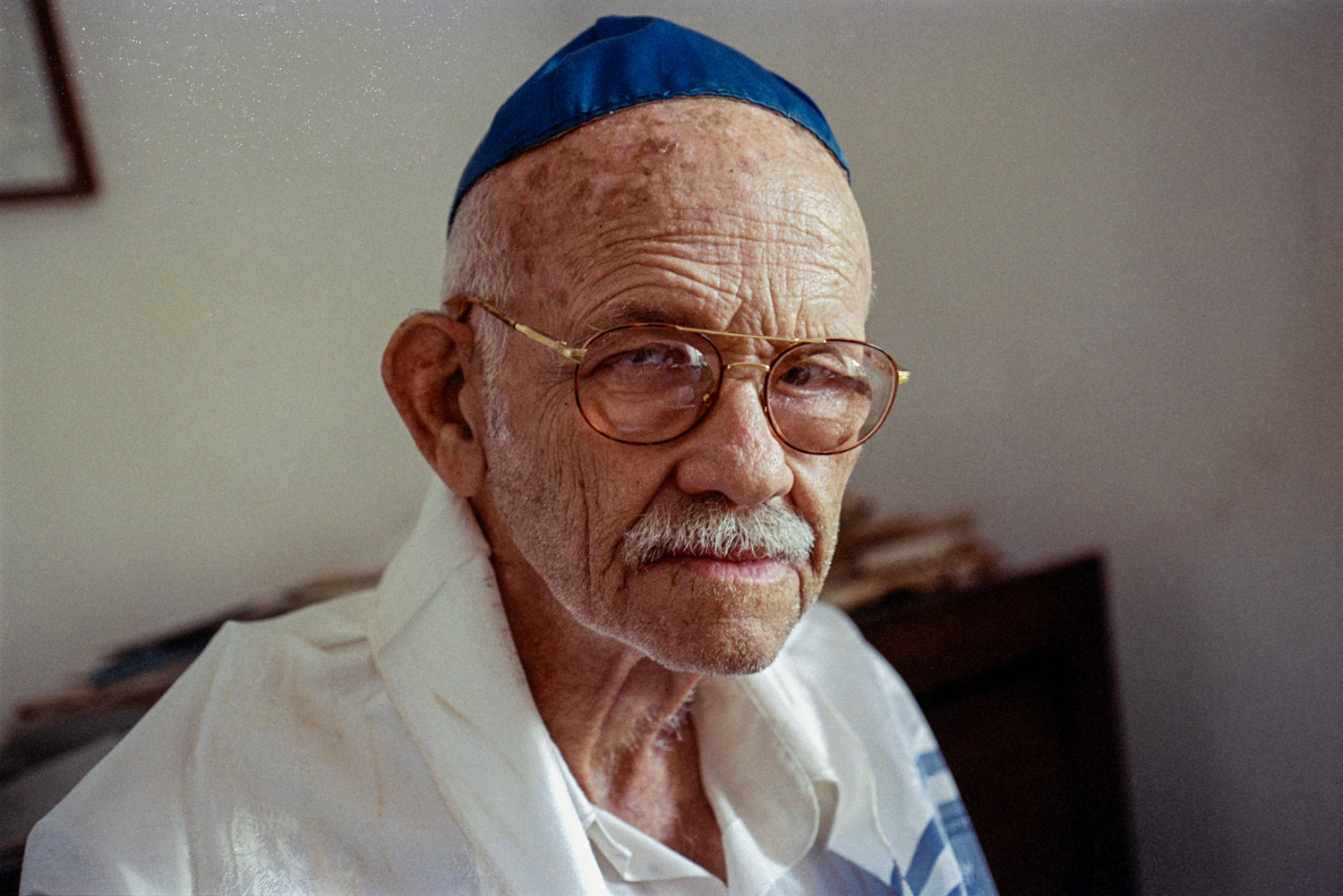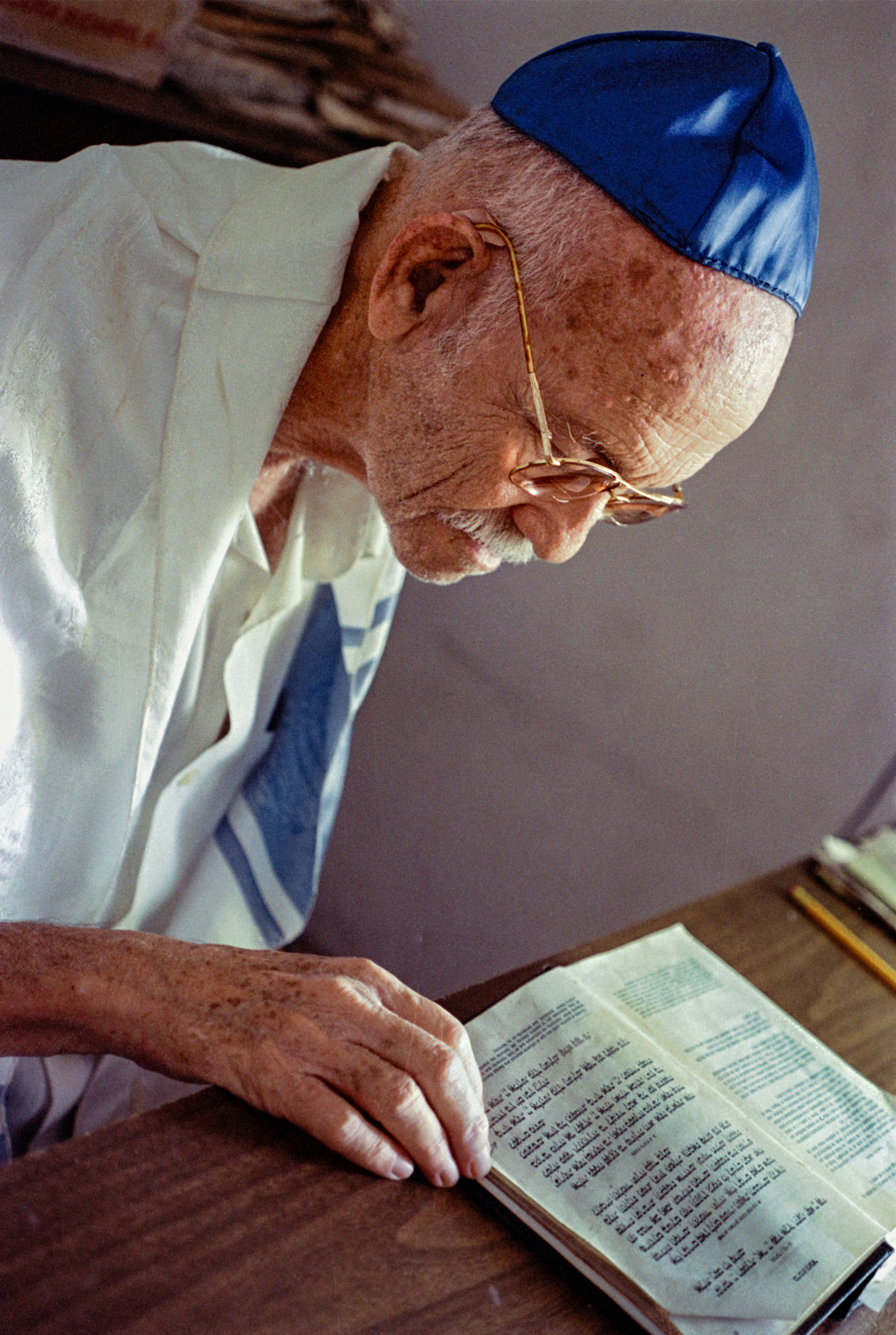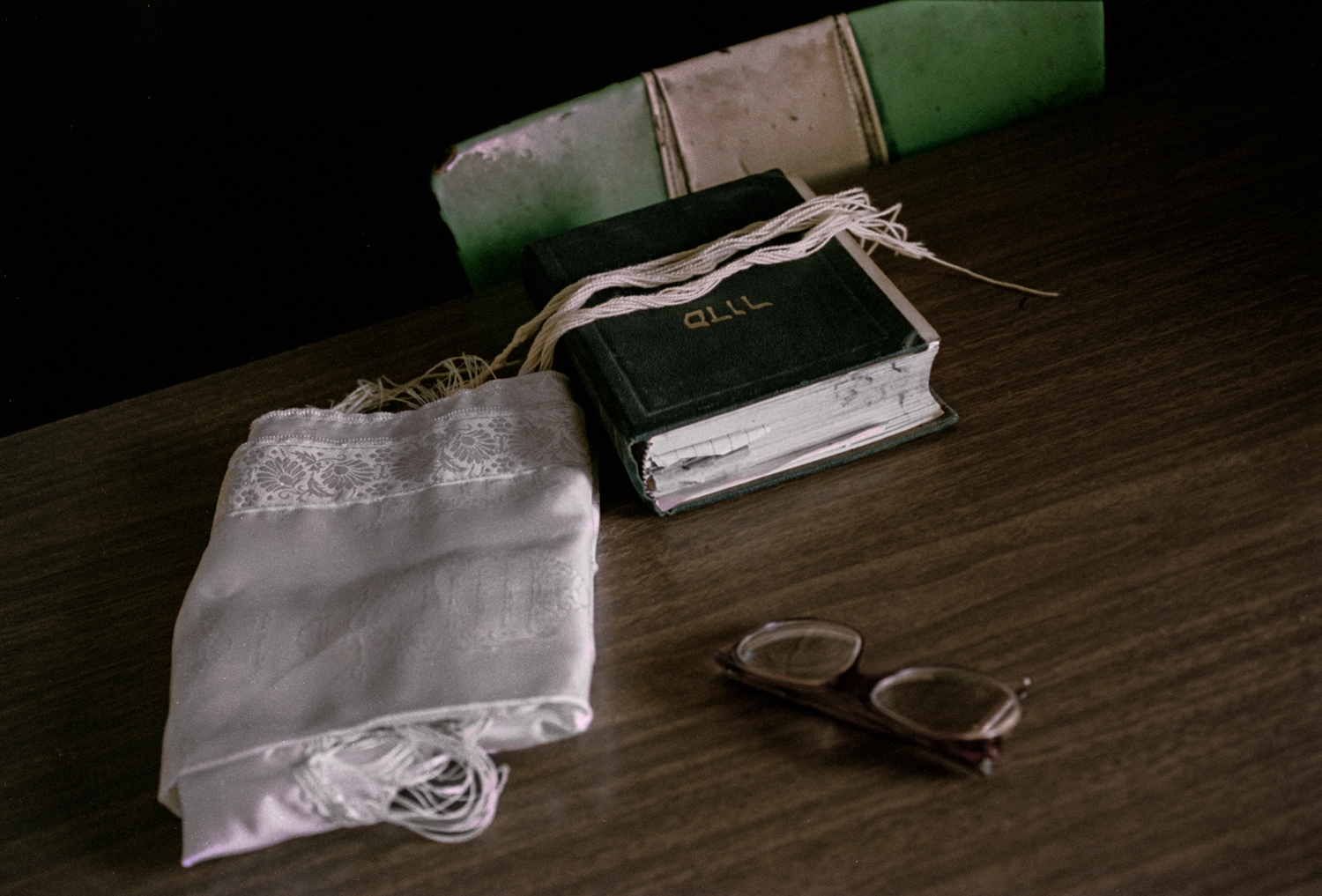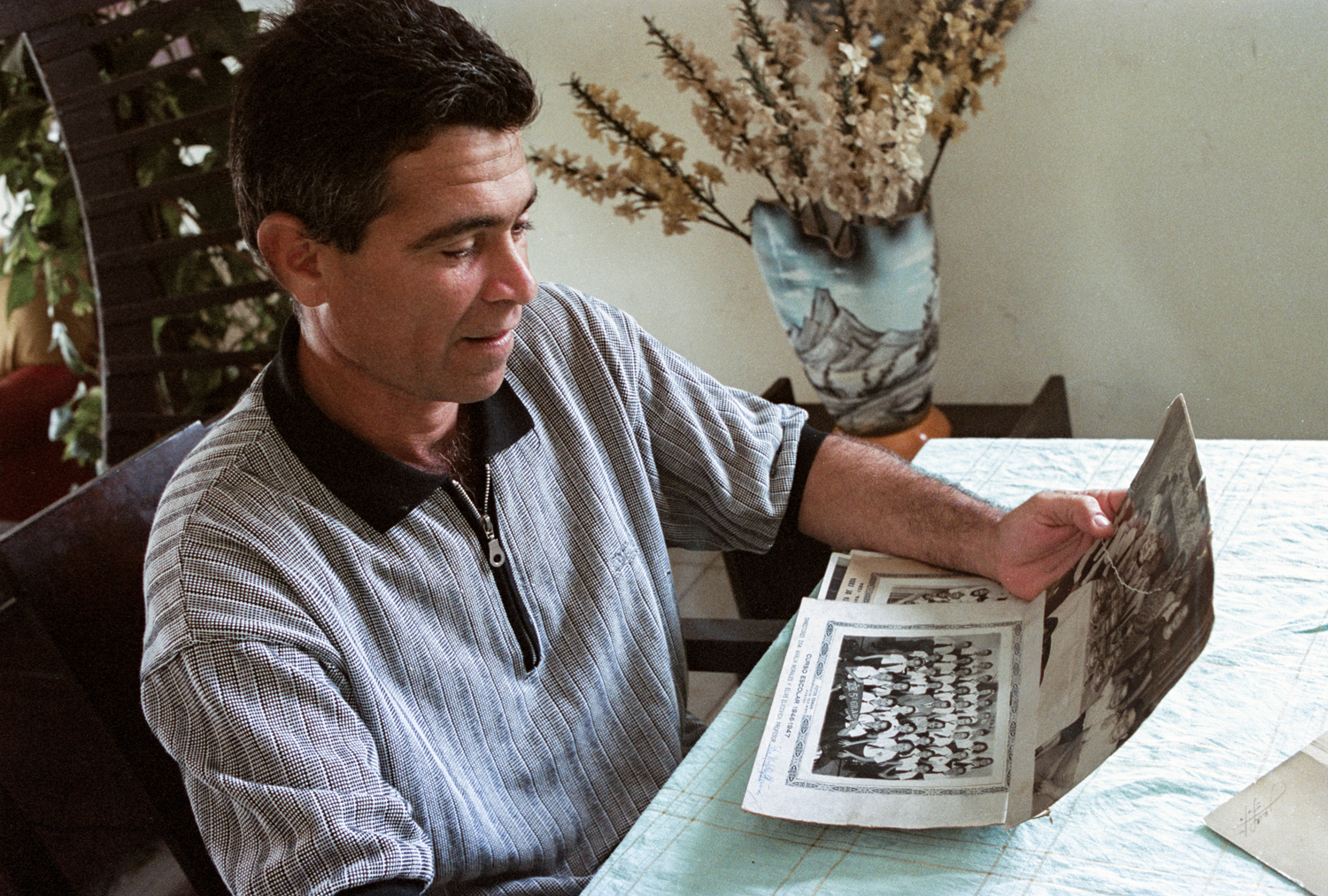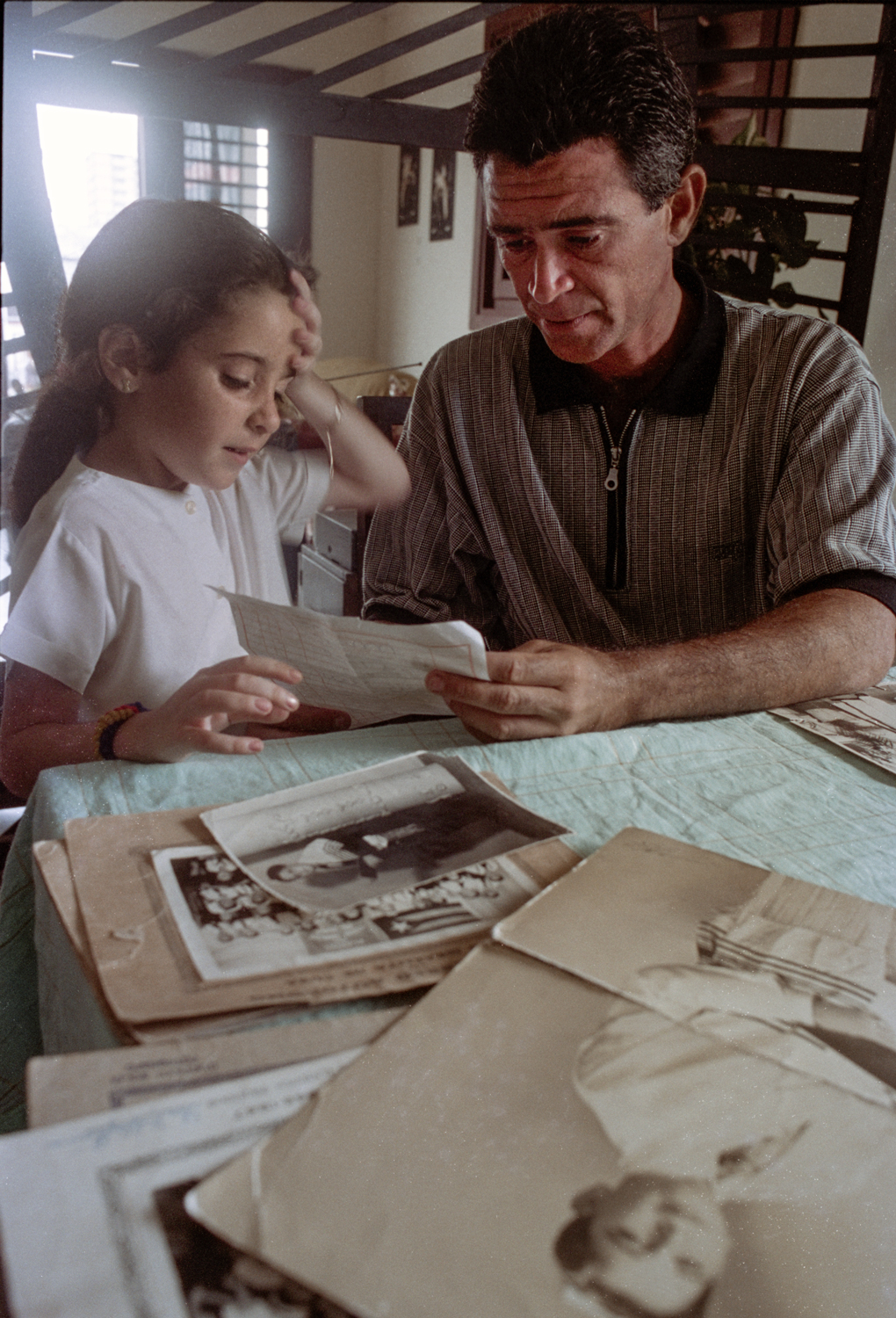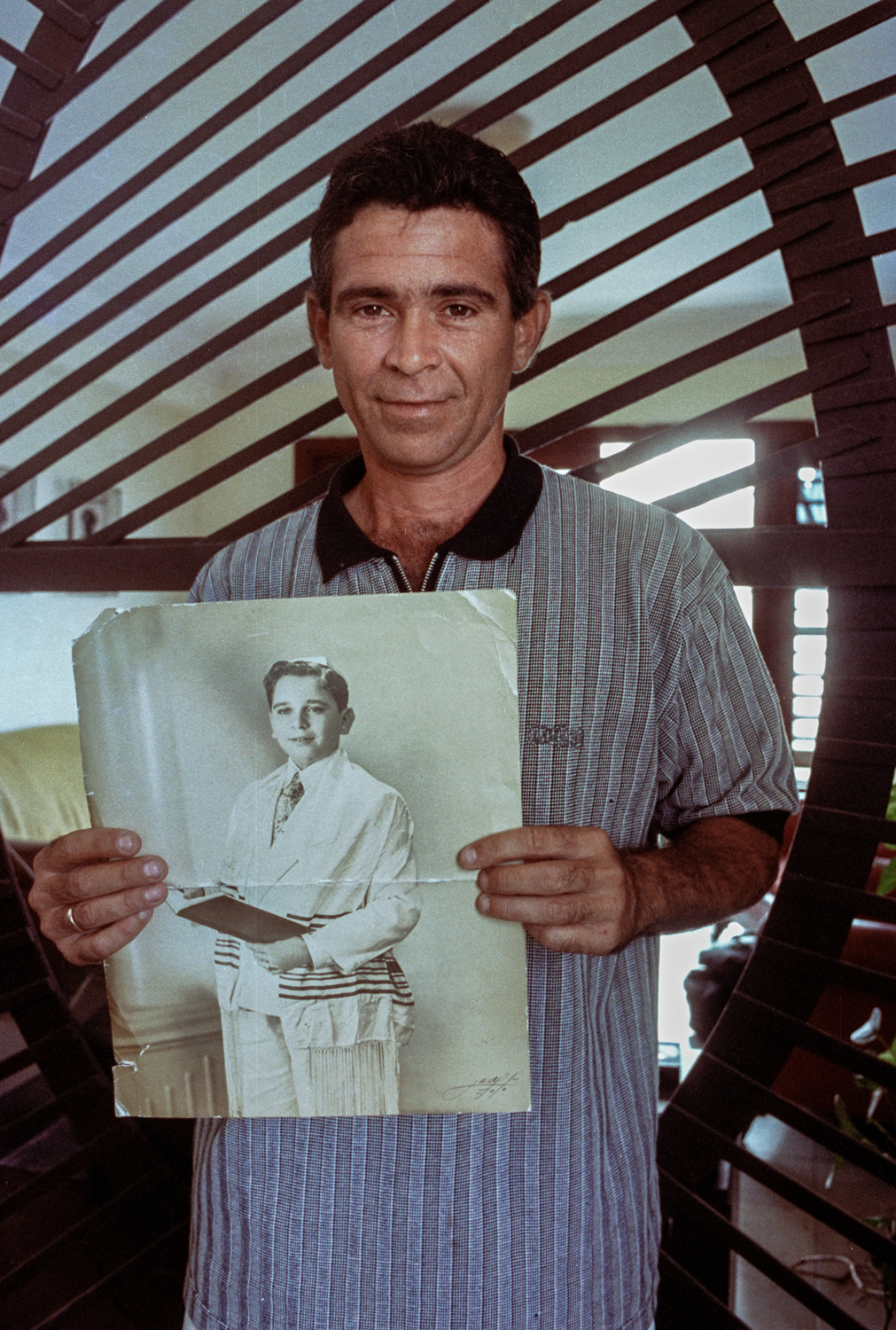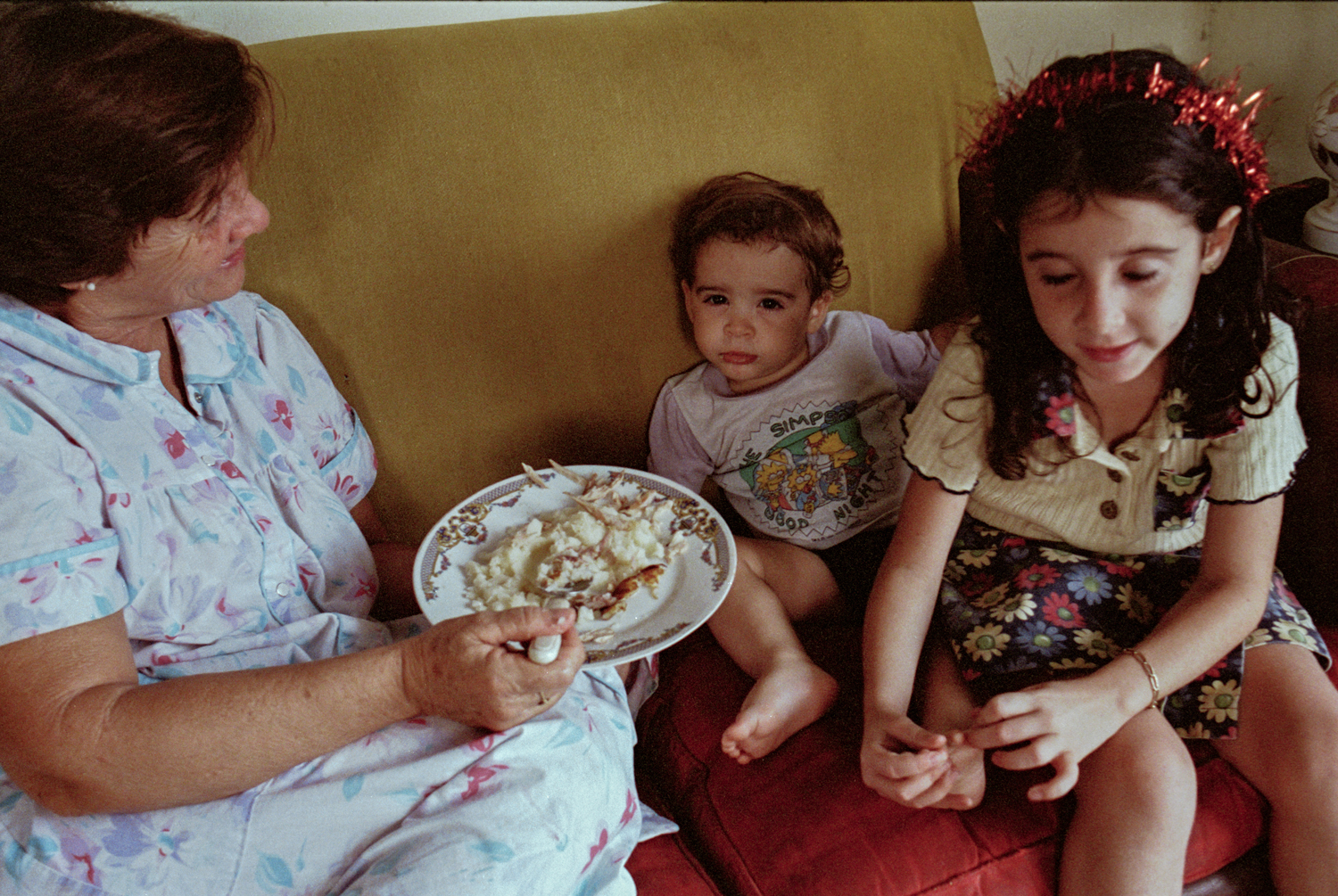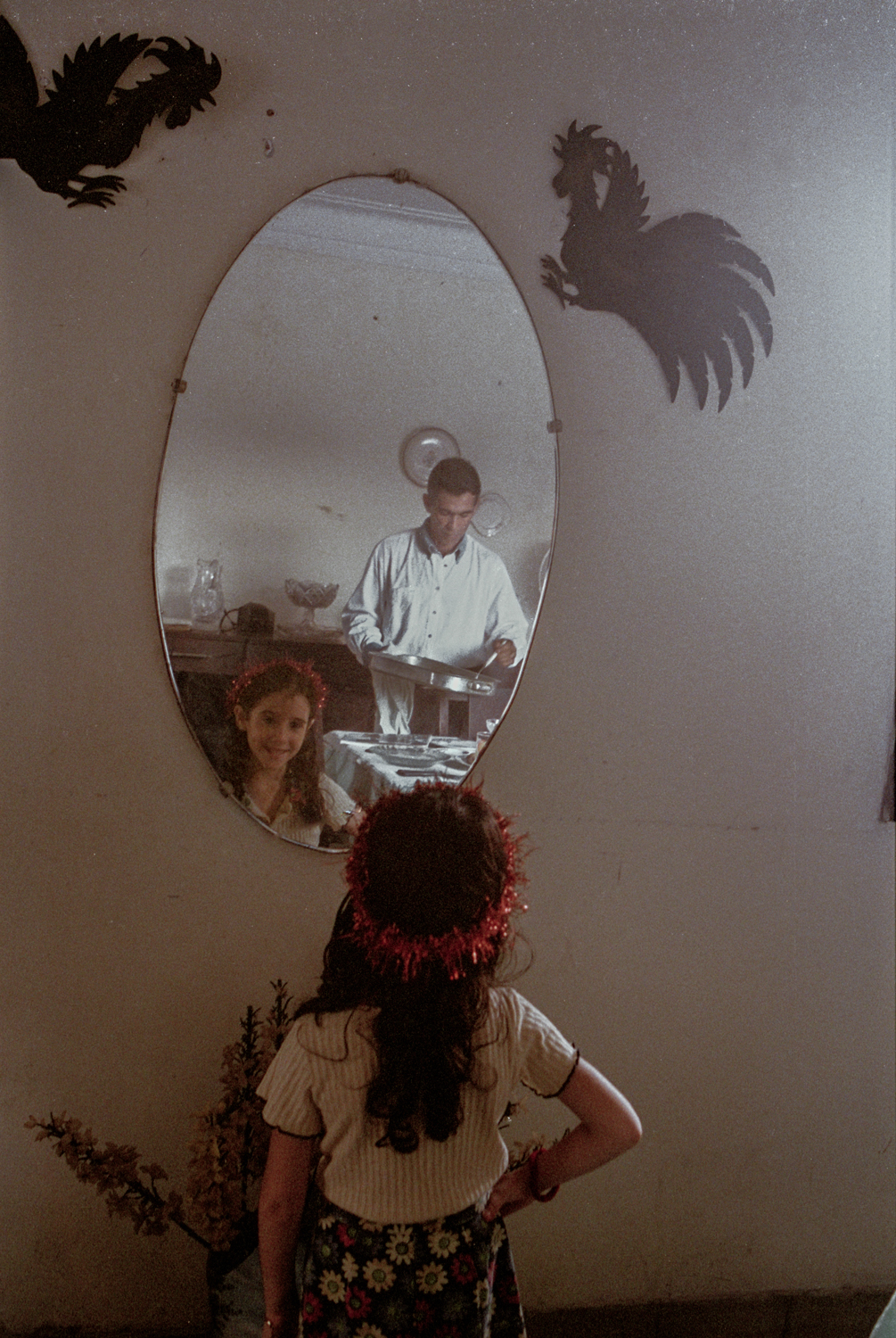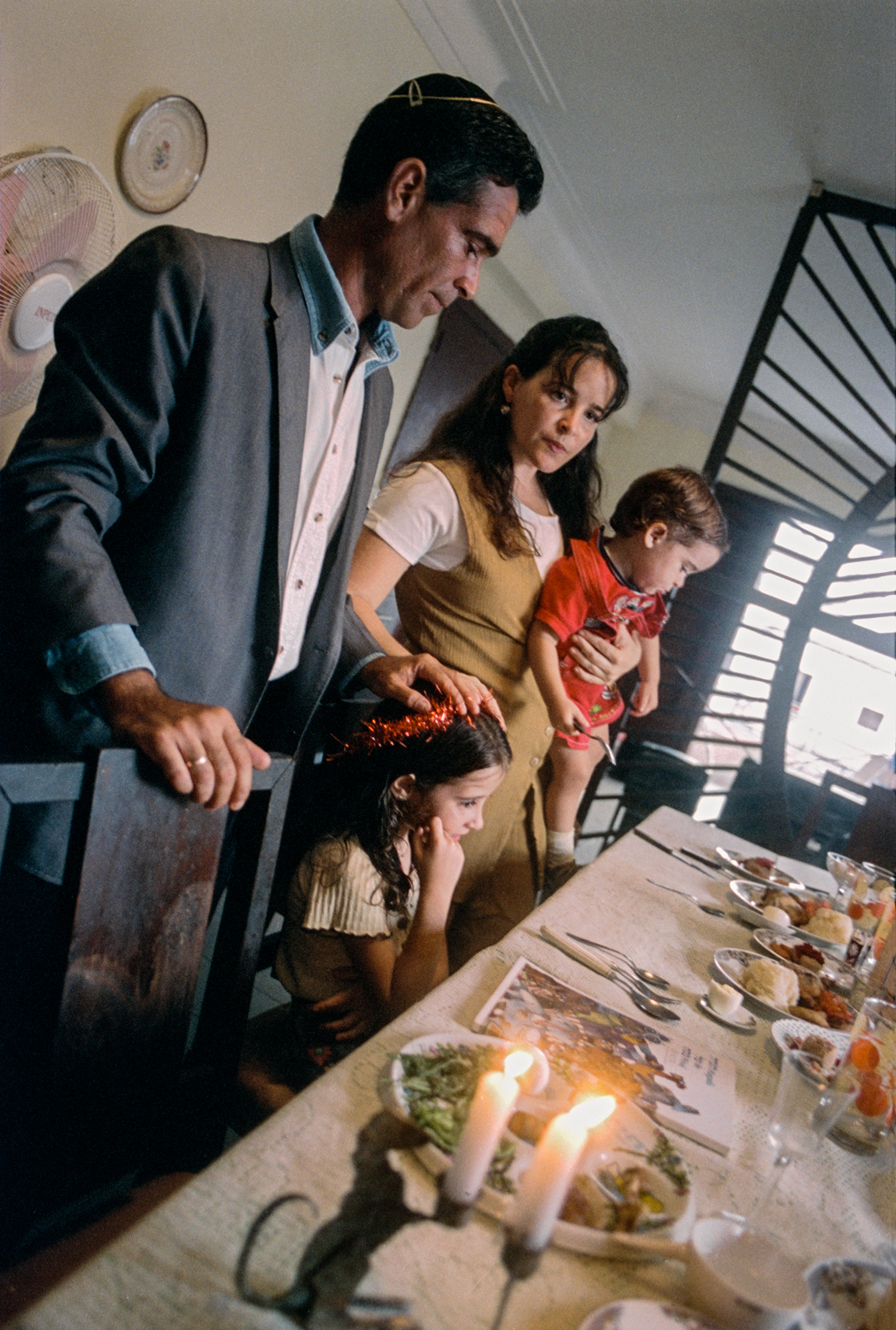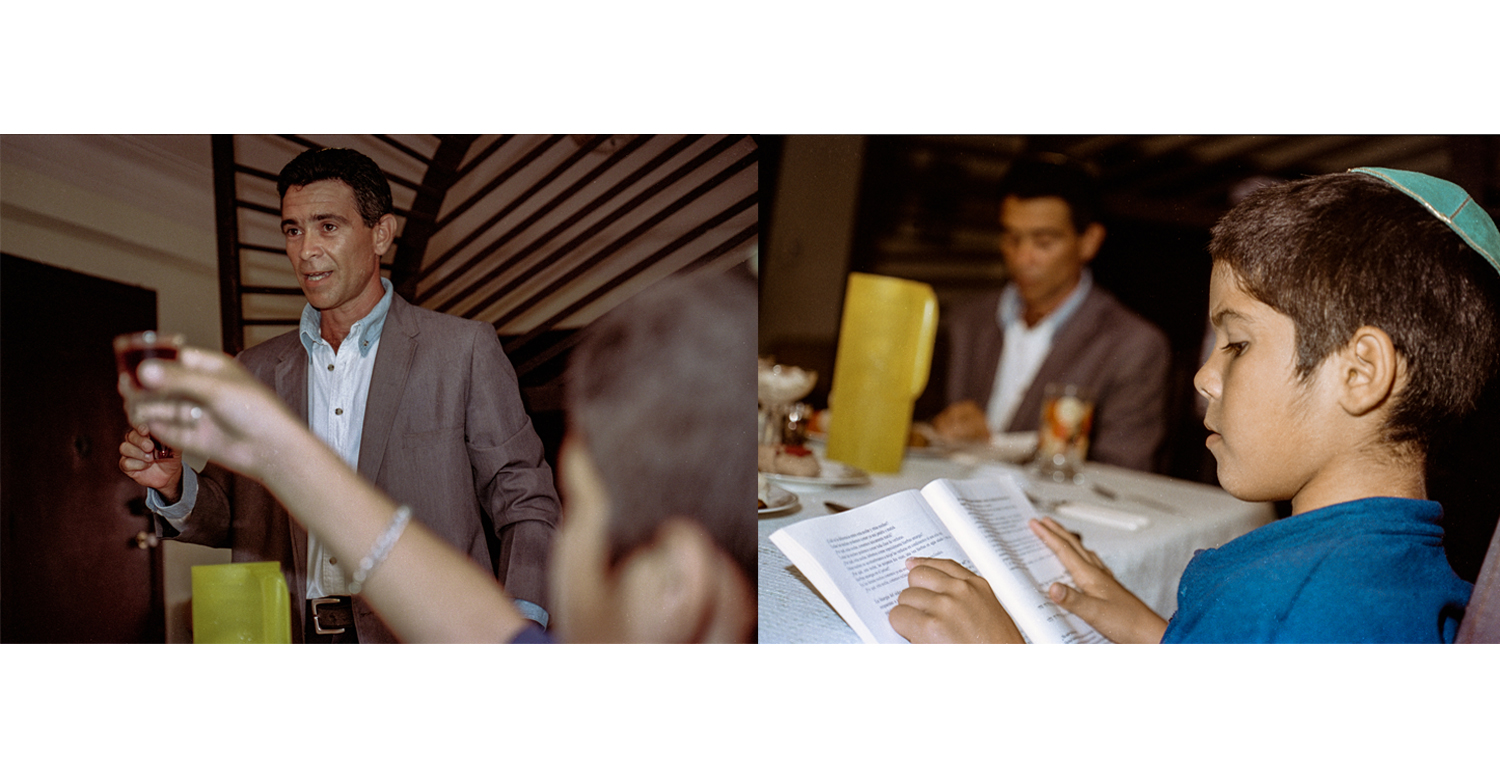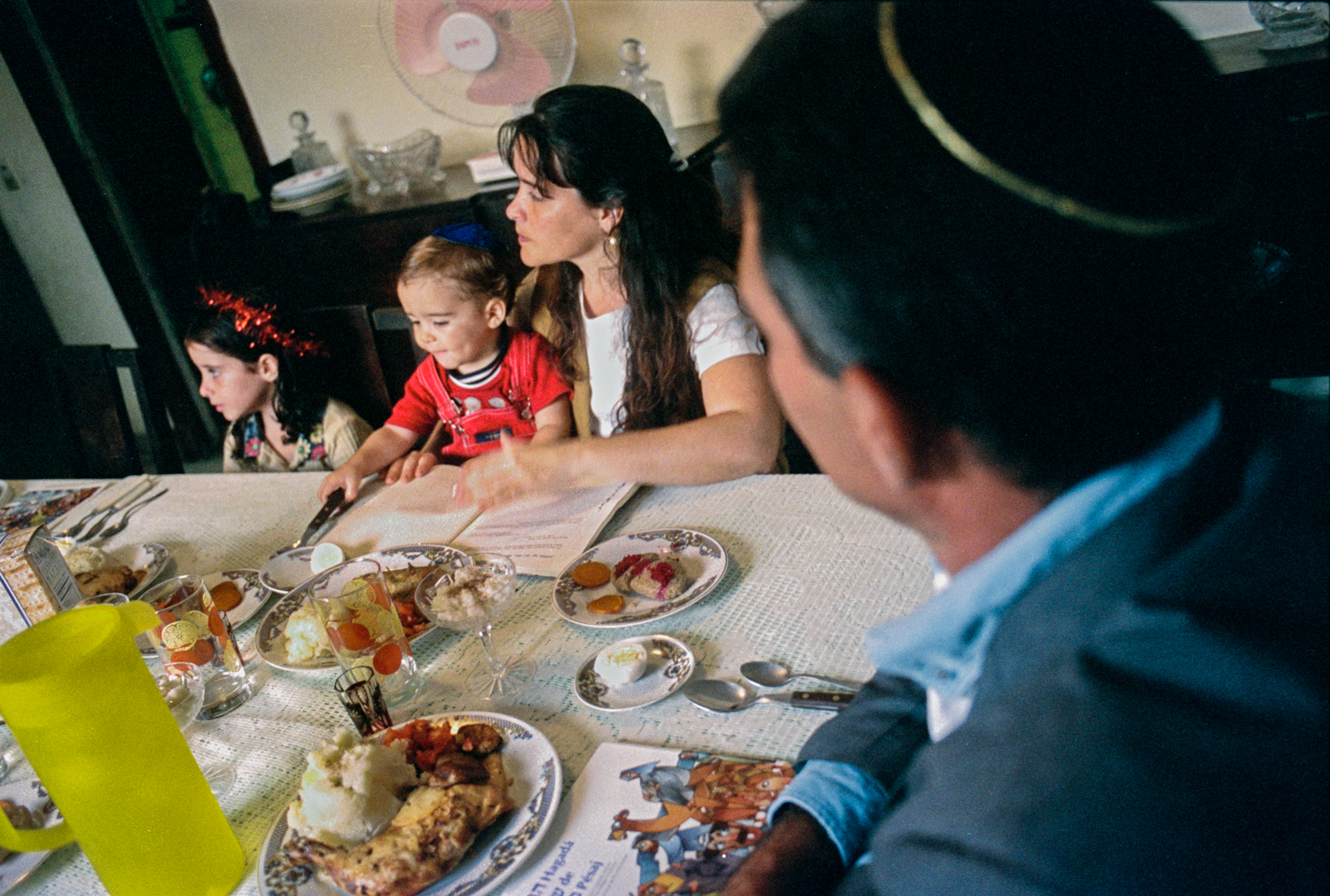Los judíos de Cuba
Cuba se vuelve un enigma desde la distancia , y cada vez más me interesa indagar sobre los tantos caminos que encauzaron lo que es hoy la nación cubana.
Fue Luis de Torres el primer judío en pisar suelo cubano. Un judío converso que por sus conocimientos en lenguas orientales, acompañó a Colón como su intérprete en la expedición que lo llevó a América en 1492.
Desde entonces persiste la presencia judía en la isla. La mayor parte descendientes de judíos „marranos“, que con la expulsión de los judíos de España y el descubrimiento de nuevos territorios, se hicieron a la mar en busca de una mejor existencia en el Nuevo Mundo.
Más de 24.000 judíos vivían en Cuba en 1924, y en la década de 1930 la comunidad se incrementó mucho más. En tiempos del gobierno constitucional de Fulgencio Batista, durante la segunda guerra mundial, 14 000 judíos encontraron refugio en la isla. Fue en 1959, luego de la toma del poder por los comunistas, cuando los judíos cubanos emprenden otra diáspora: el 94% de ellos emigró para los Estados Unidos y otros países.
En la primavera del año 2000 me acerqué a la comunidad hebrea de Cuba, y tuve la suerte de fotografiar a algunos de sus integrantes. Ya entonces quedaban unos pocos, hoy muchos
no están.
Mi agradecimiento a todos ellos.
La Habana 2000
/
Die Juden von Kuba
Kuba wird zum Rätsel aus der Ferne , und ich bin zunehmend daran interessiert, die vielen Wege zu erforschen, die die heutige kubanische Nation geformt haben.
Luis de Torres war der erste Jude, der kubanischen Boden betrat. Ein jüdischer Konvertit, der aufgrund seiner Kenntnisse orientalischer Sprachen Kolumbus als Dolmetscher auf der Expedition begleitete, die ihn 1492 nach Amerika führte.
Die jüdische Präsenz auf der Insel hat sich bis heute gehalten. Die meisten von ihnen sind Nachkommen der „Marrano“-Juden, die sich nach der Vertreibung der Juden aus Spanien und der Entdeckung neuer Gebiete auf die Suche nach einer besseren Existenz in der Neuen Welt machten.
Im Jahr 1924 lebten mehr als 24.000 Juden in Kuba, und in den 1930er Jahren wuchs die Gemeinde sogar noch weiter. Während der Konstitutionellen Regierung von Fulgencio Batista im Zweiten Weltkrieg fanden 14.000 Juden auf der Insel Zuflucht. Nach der kommunistischen Machtübernahme im Jahr 1959 kam es zu einer weiteren Diaspora: 94 % der kubanischen Juden wanderten in die Vereinigten Staaten und andere Länder aus.
Im Frühjahr 2000 besuchte ich die hebräische Gemeinde in Kuba und hatte das Glück, einige ihrer Mitglieder zu fotografieren. Schon damals gab es nur noch wenige, heute sind viele nicht mehr da.
Mein Dank gilt ihnen allen.
Havanna 2000
/
The Jews of Cuba
Cuba becomes an enigma from the distance, and I am increasingly interested in investigating the many paths that led to what is today the Cuban nation.
Luis de Torres was the first Jew to set foot on Cuban soil. A converted Jew who, because of his knowledge of oriental languages, accompanied Columbus as his interpreter in the expedition that took him to America in 1492.
Since then, the Jewish presence on the island has persisted. Most of them are descendants of „Marrano“ Jews, who with the expulsion of the Jews from Spain and the discovery of new territories, set sail in search of a better existence in the New World.
More than 24,000 Jews lived in Cuba in 1924, and in the 1930s the community increased even more. During the constitutional government of Fulgencio Batista, during World War II, 14,000 Jews found refuge on the island. It was in 1959, after the communist takeover, that Cuban Jews undertook another diaspora: 94% of them emigrated to the United States and other countries.
In the spring of the year 2000, I approached the Hebrew community of Cuba, and I had the good fortune to photograph some of its members. Even then there were only a few left, today many of them are no longer there.
My thanks to all of them.
Havana 2000


